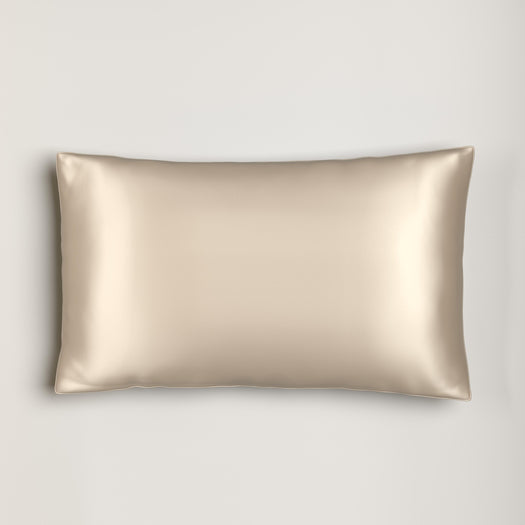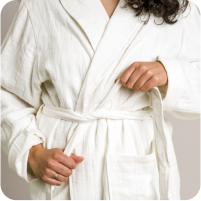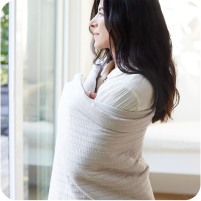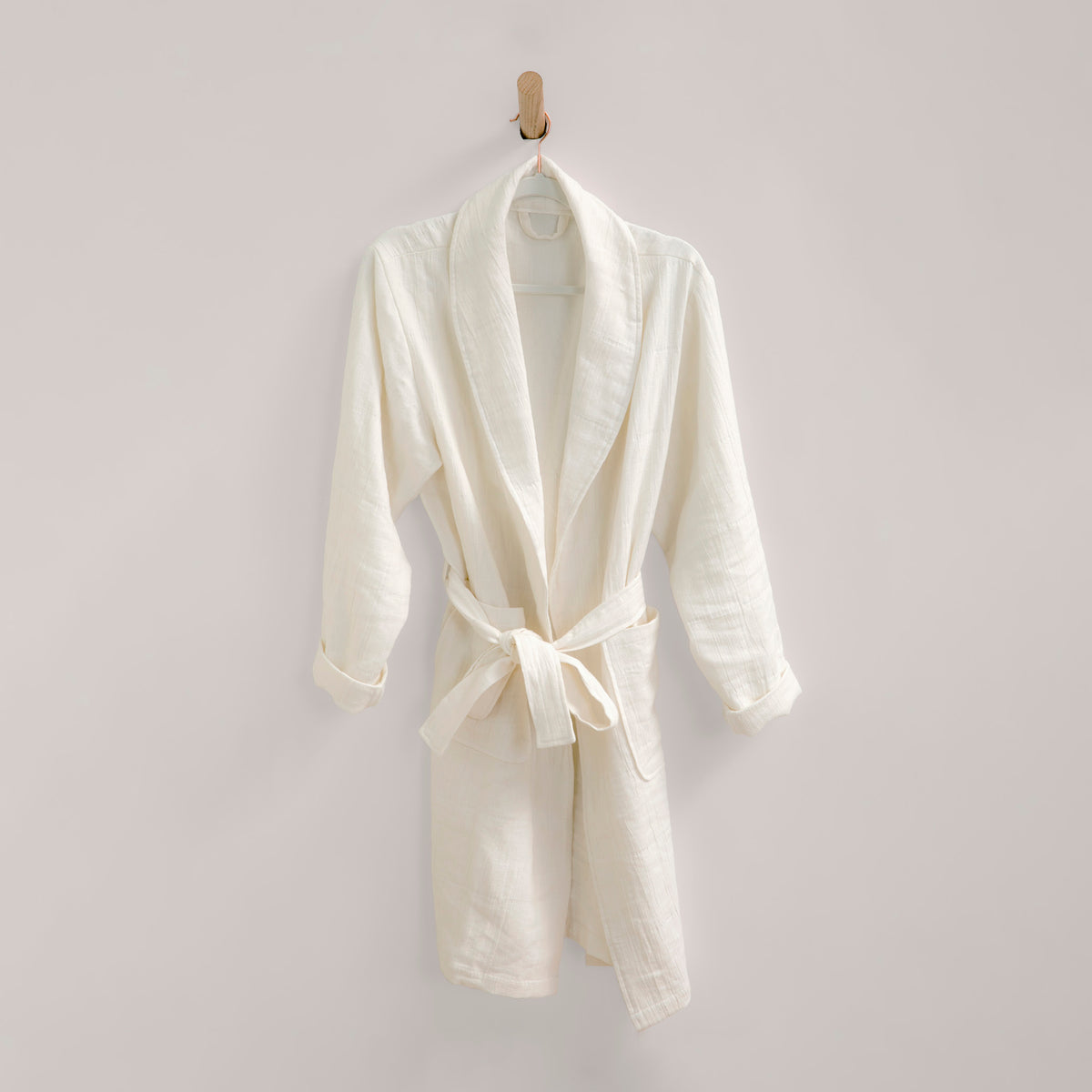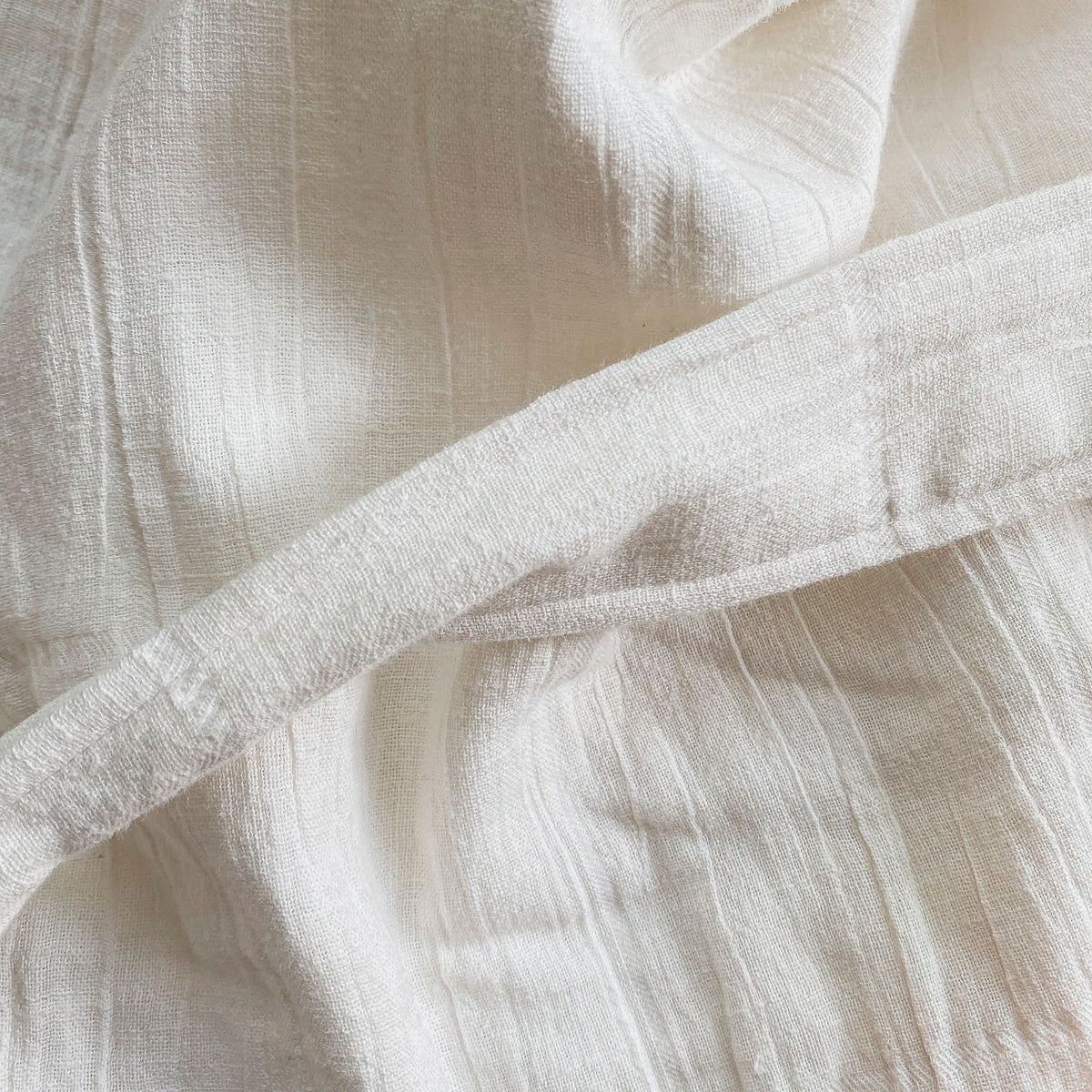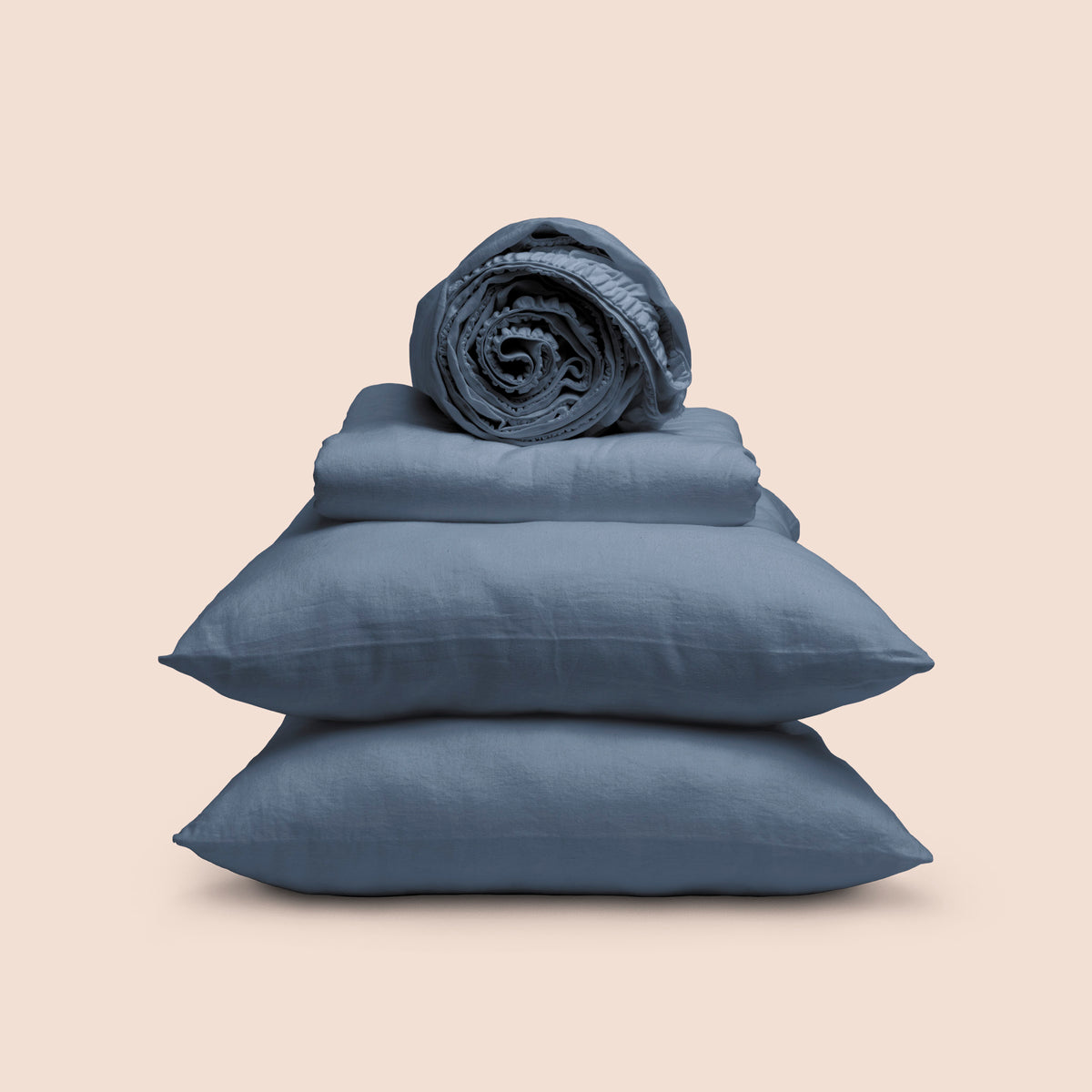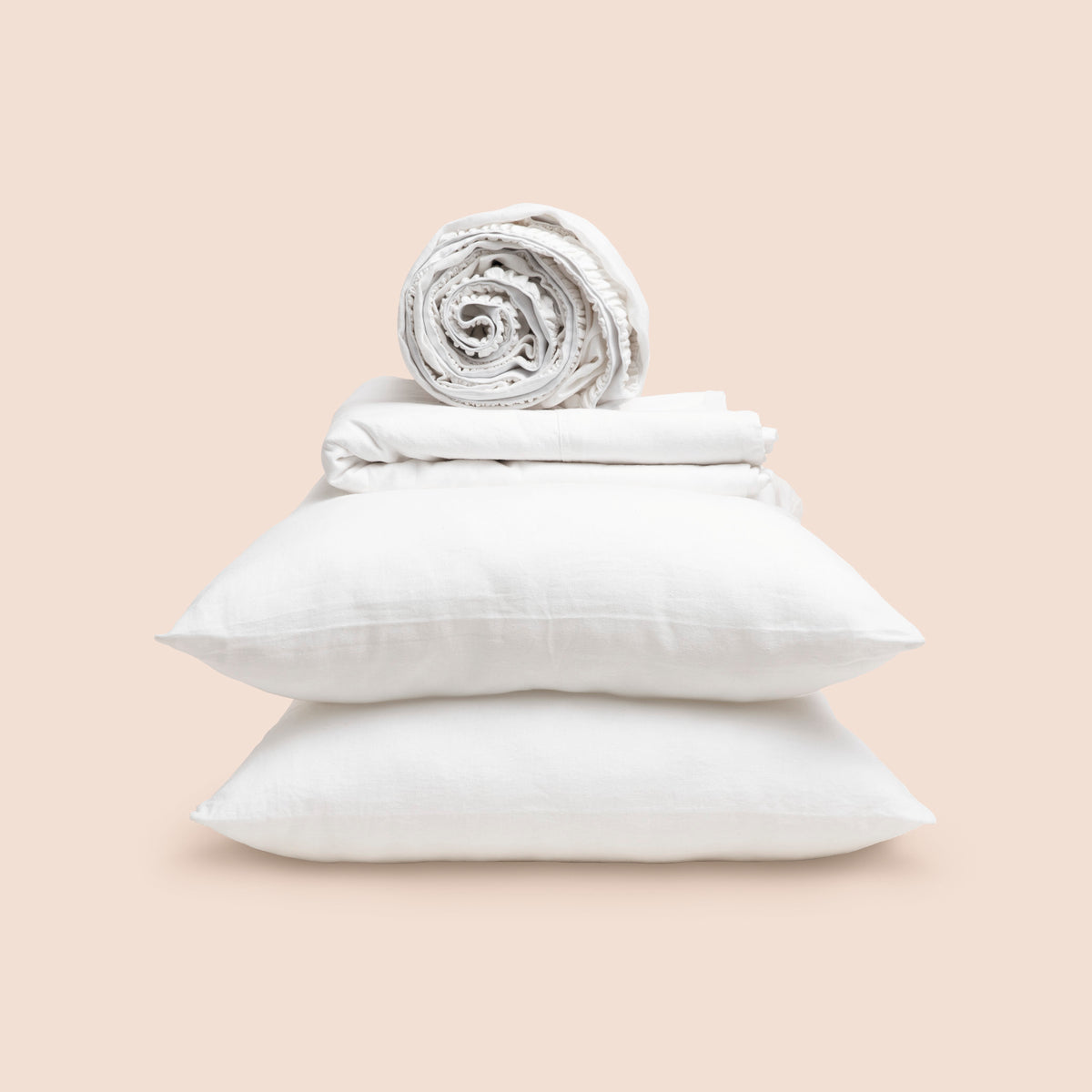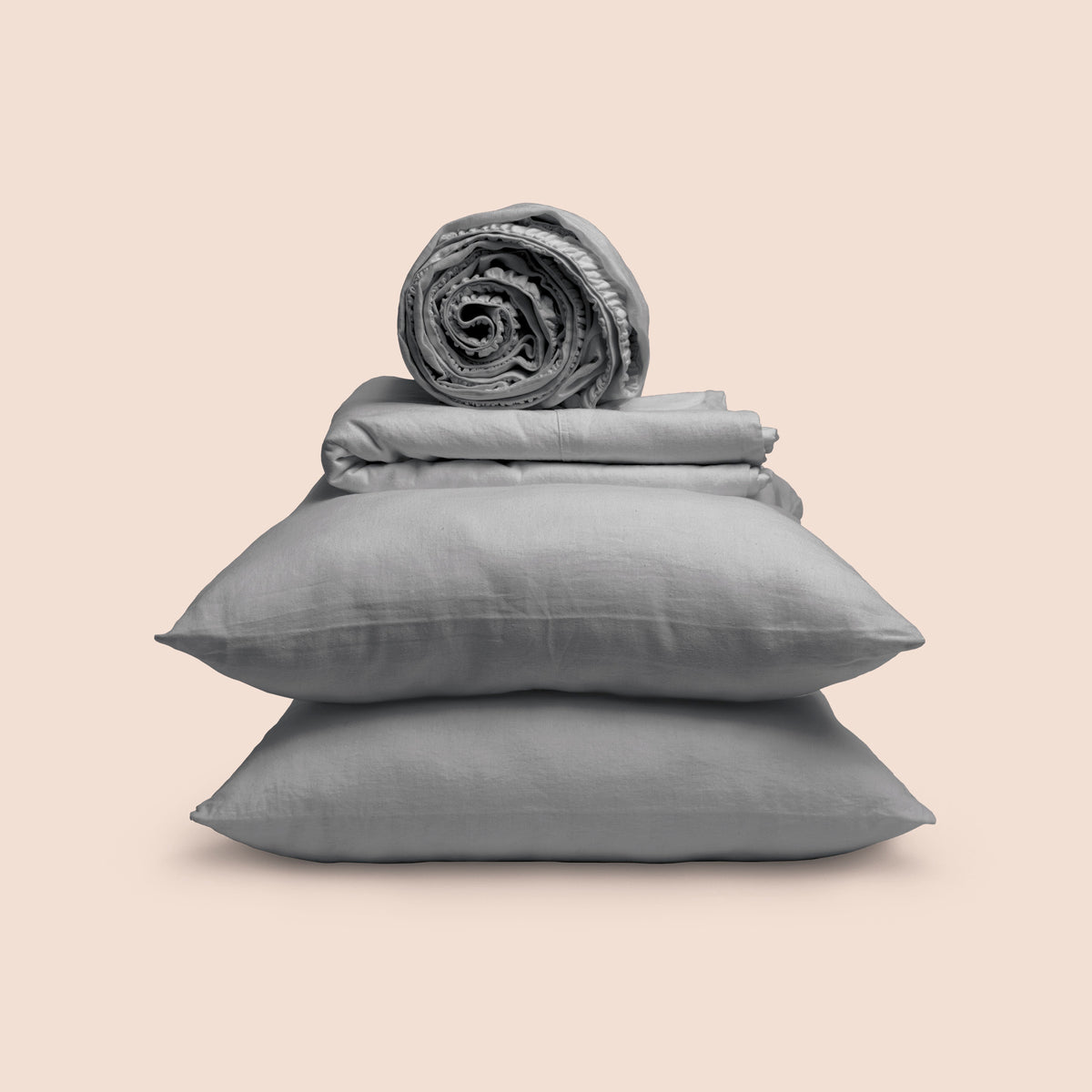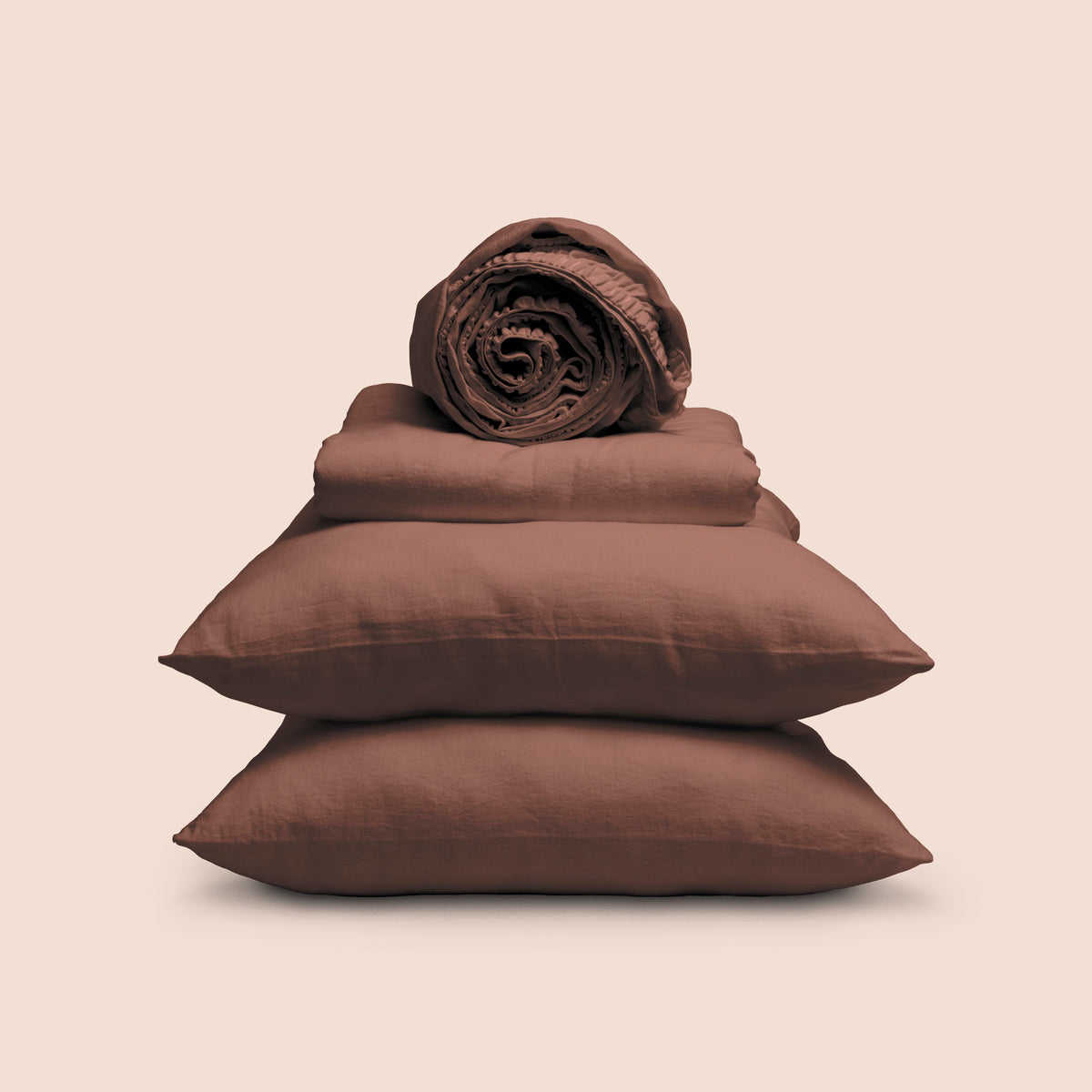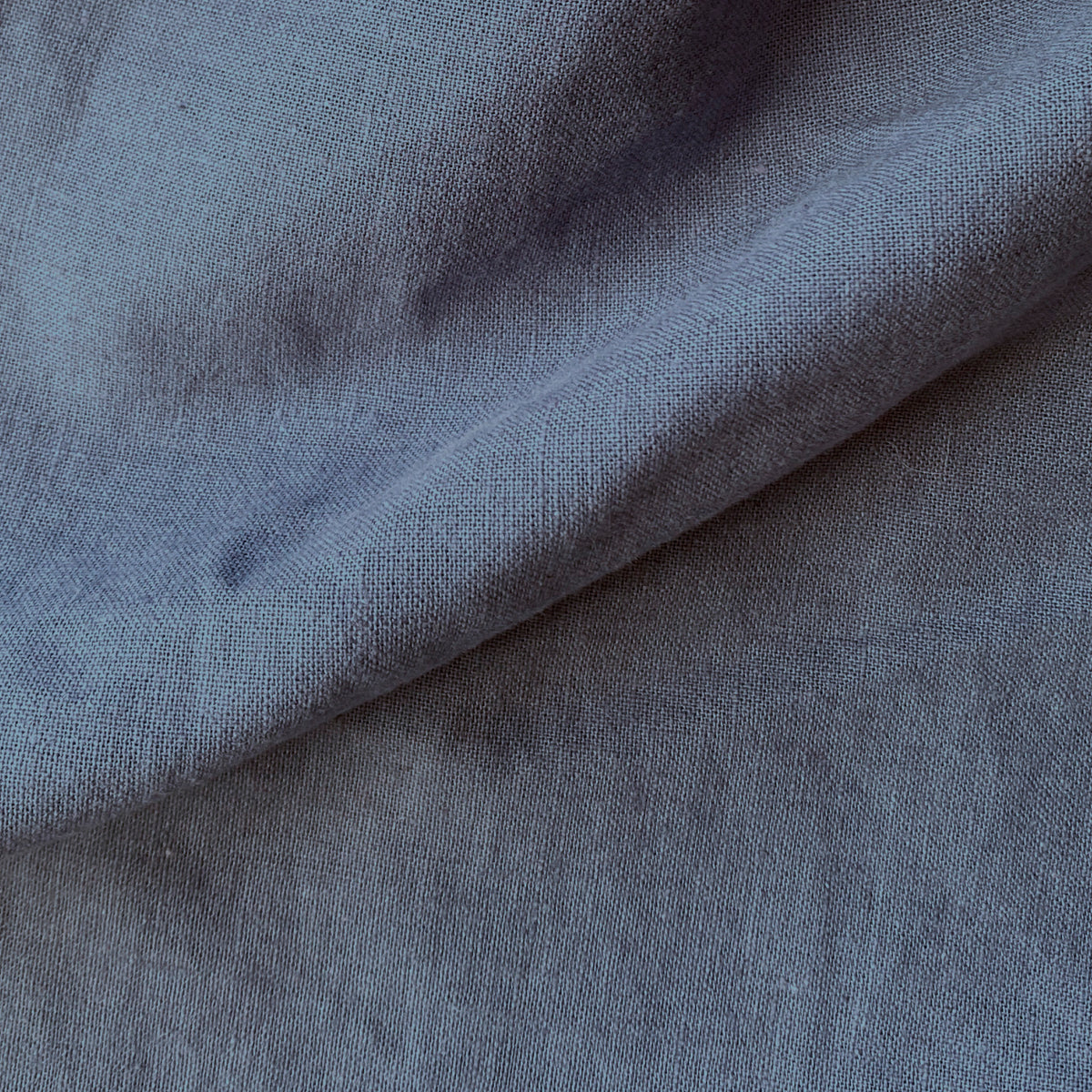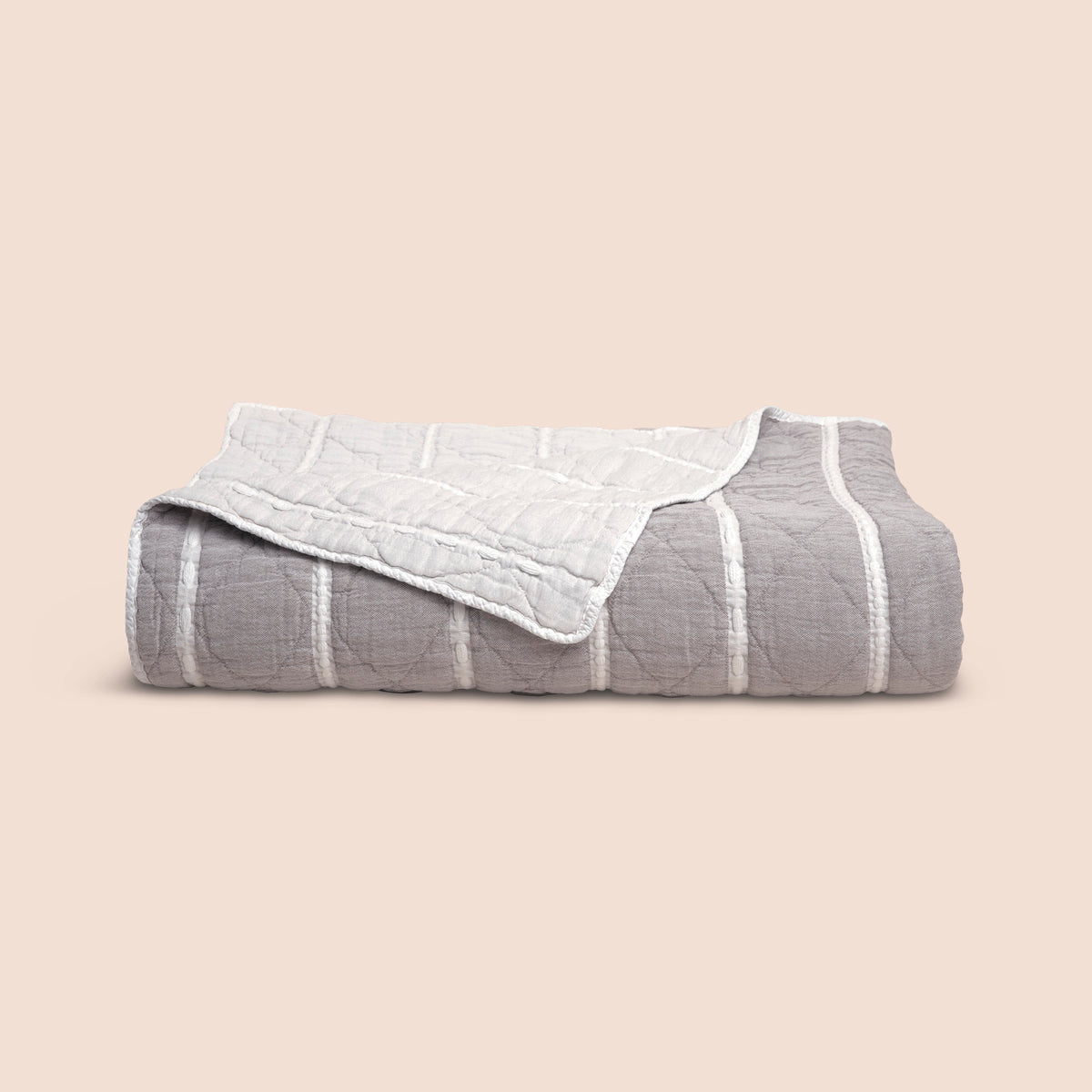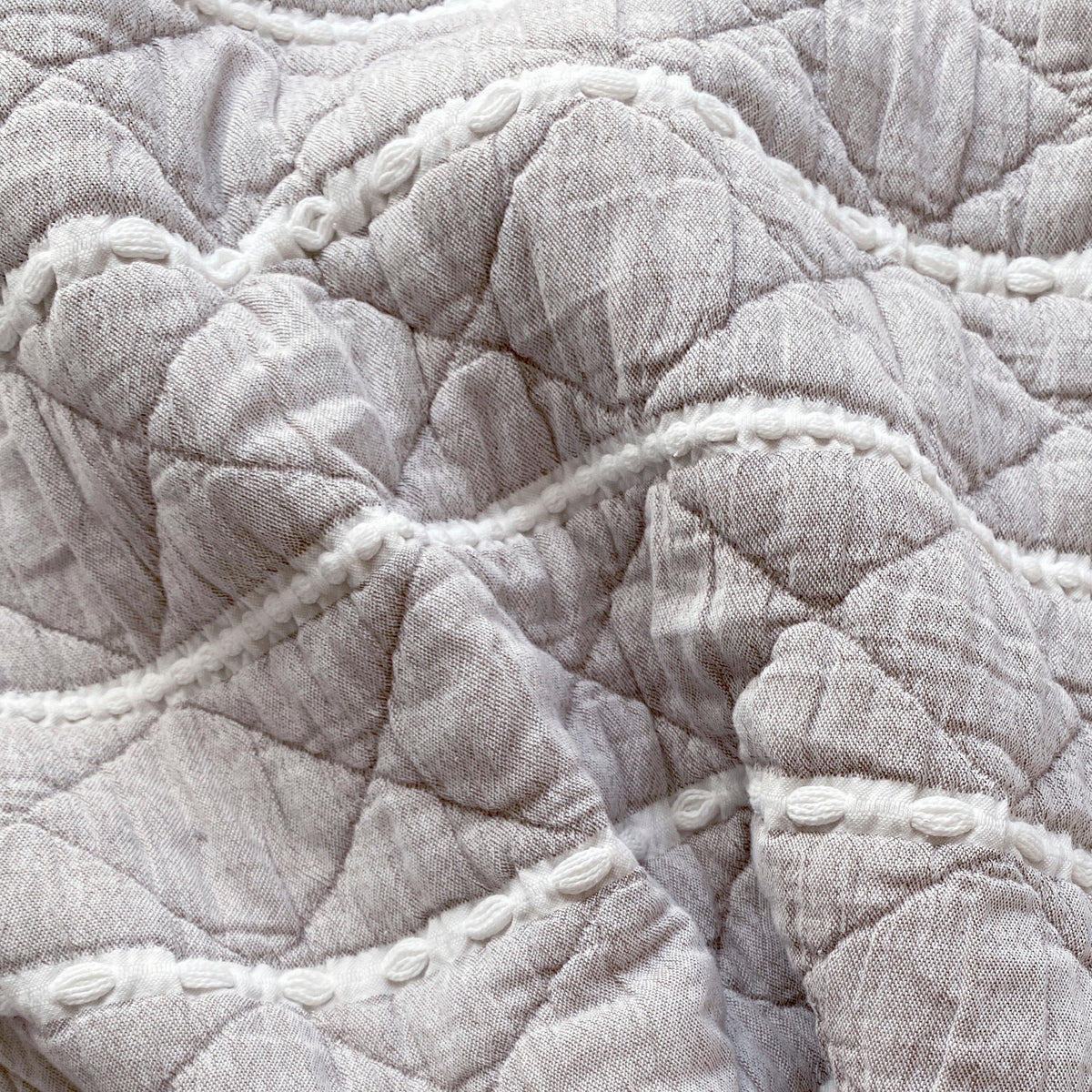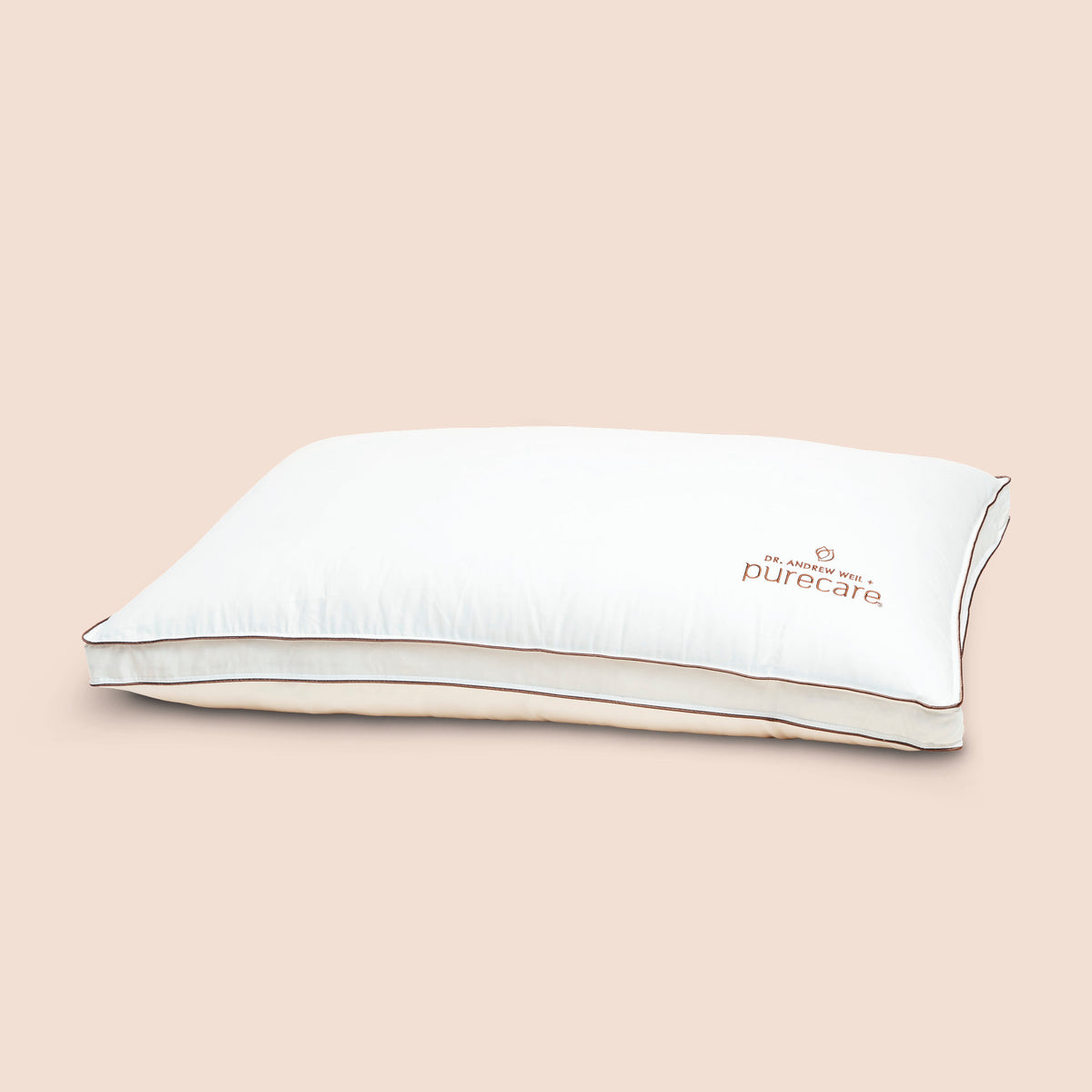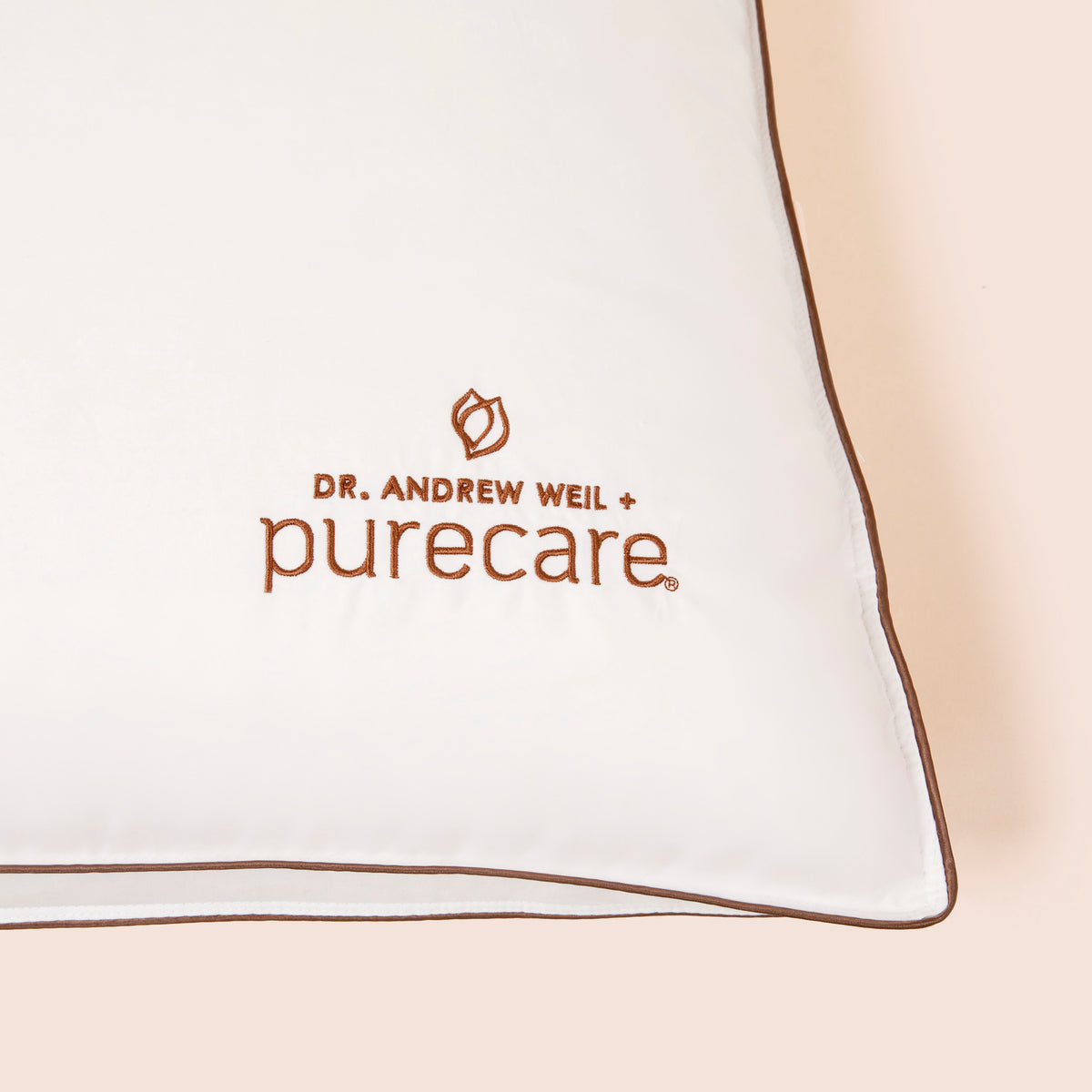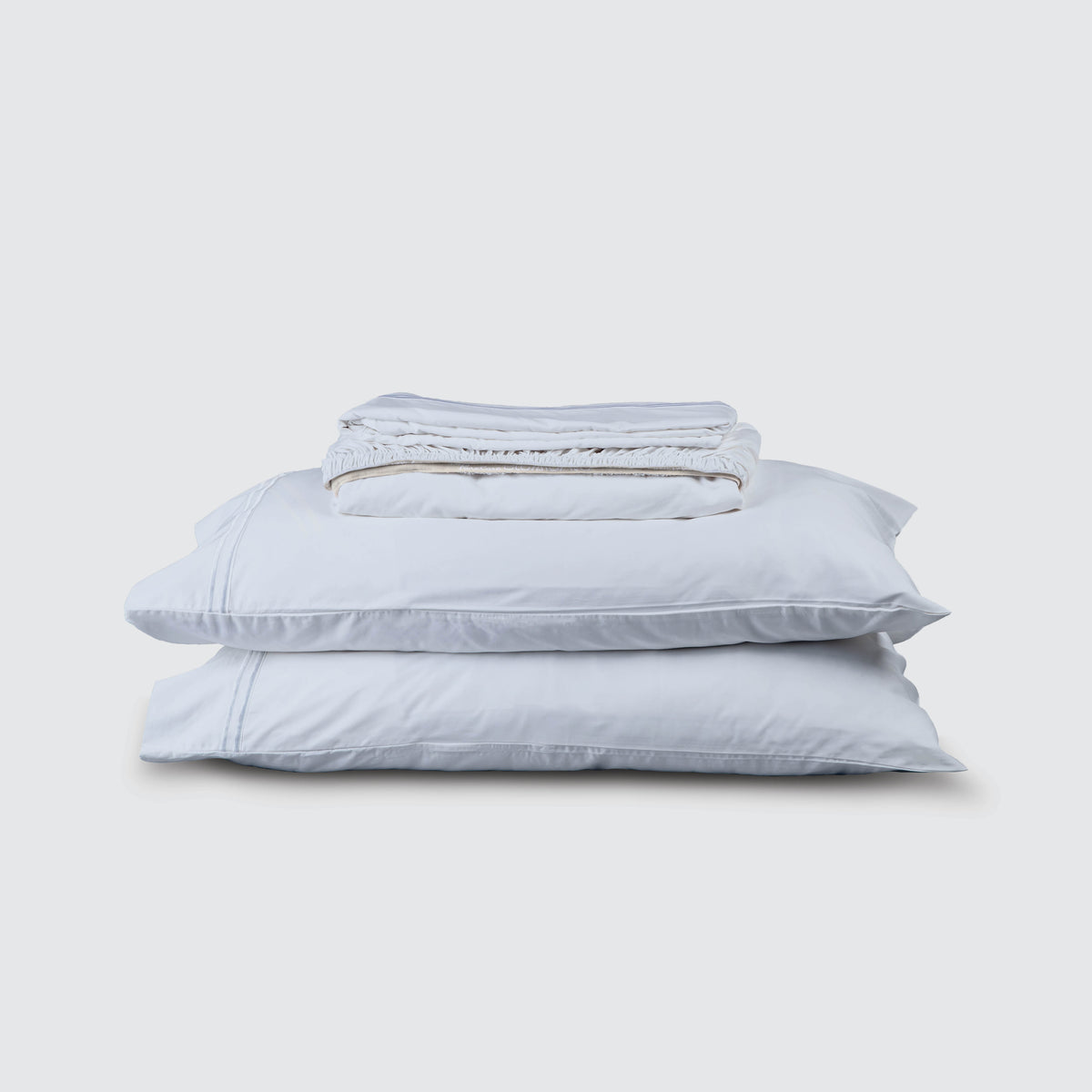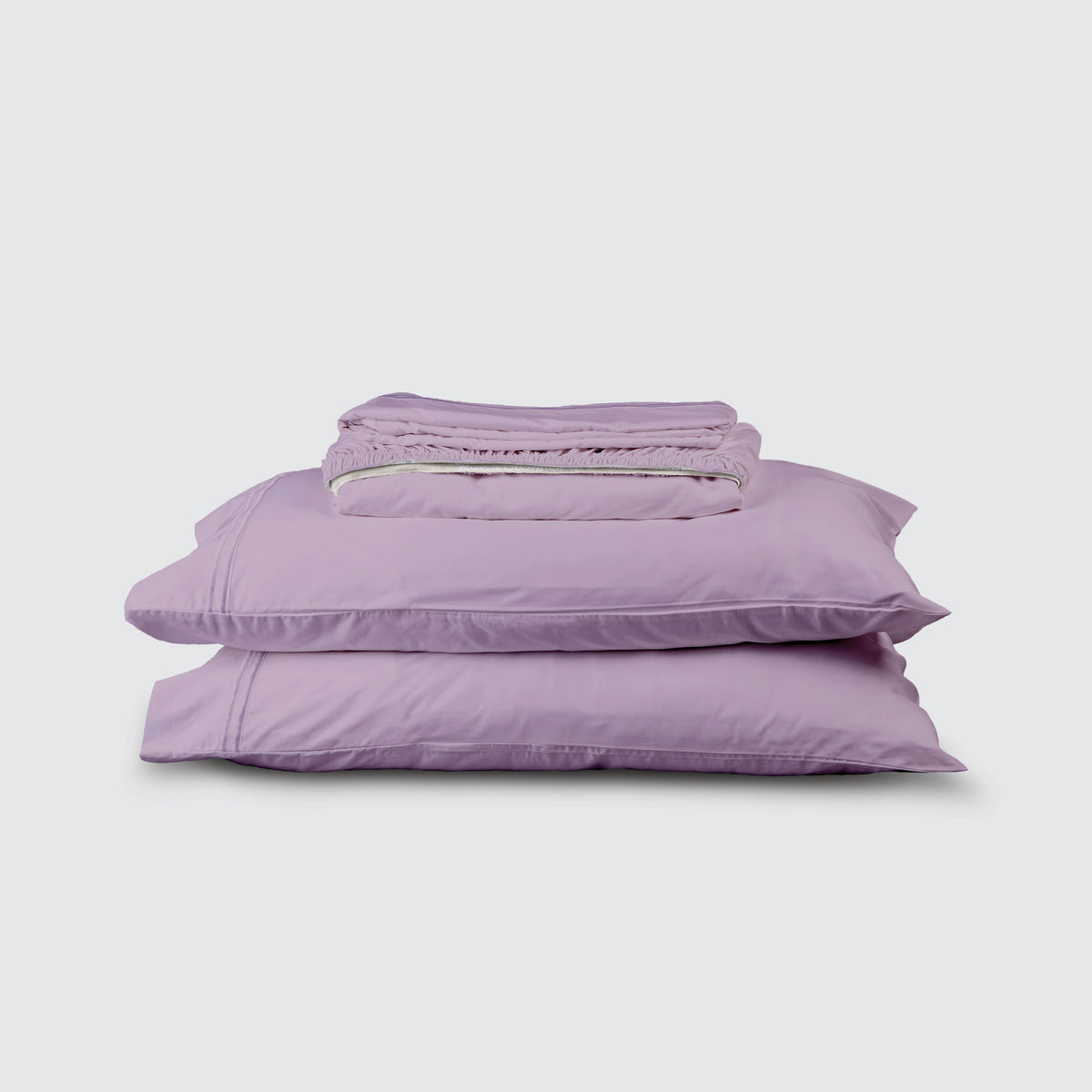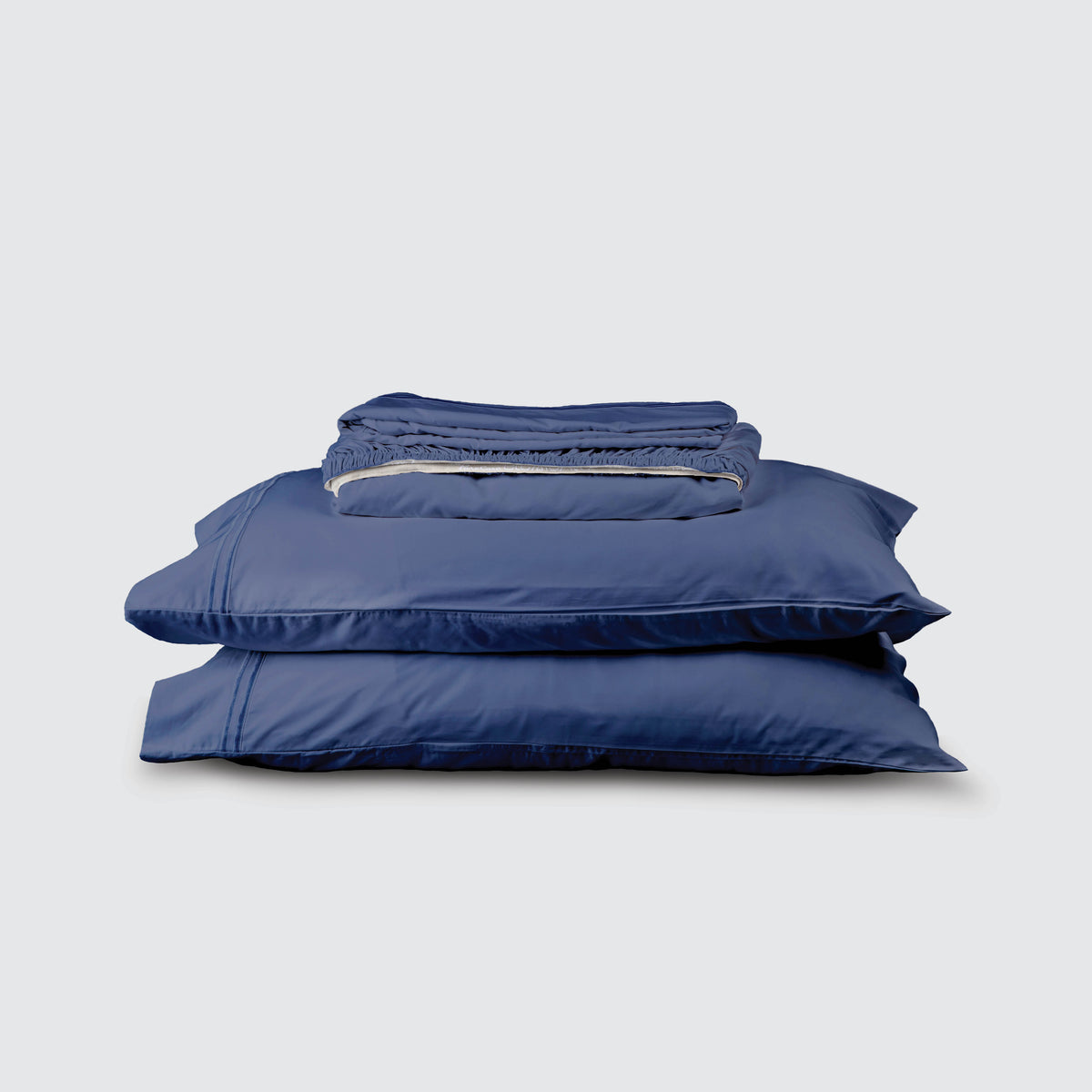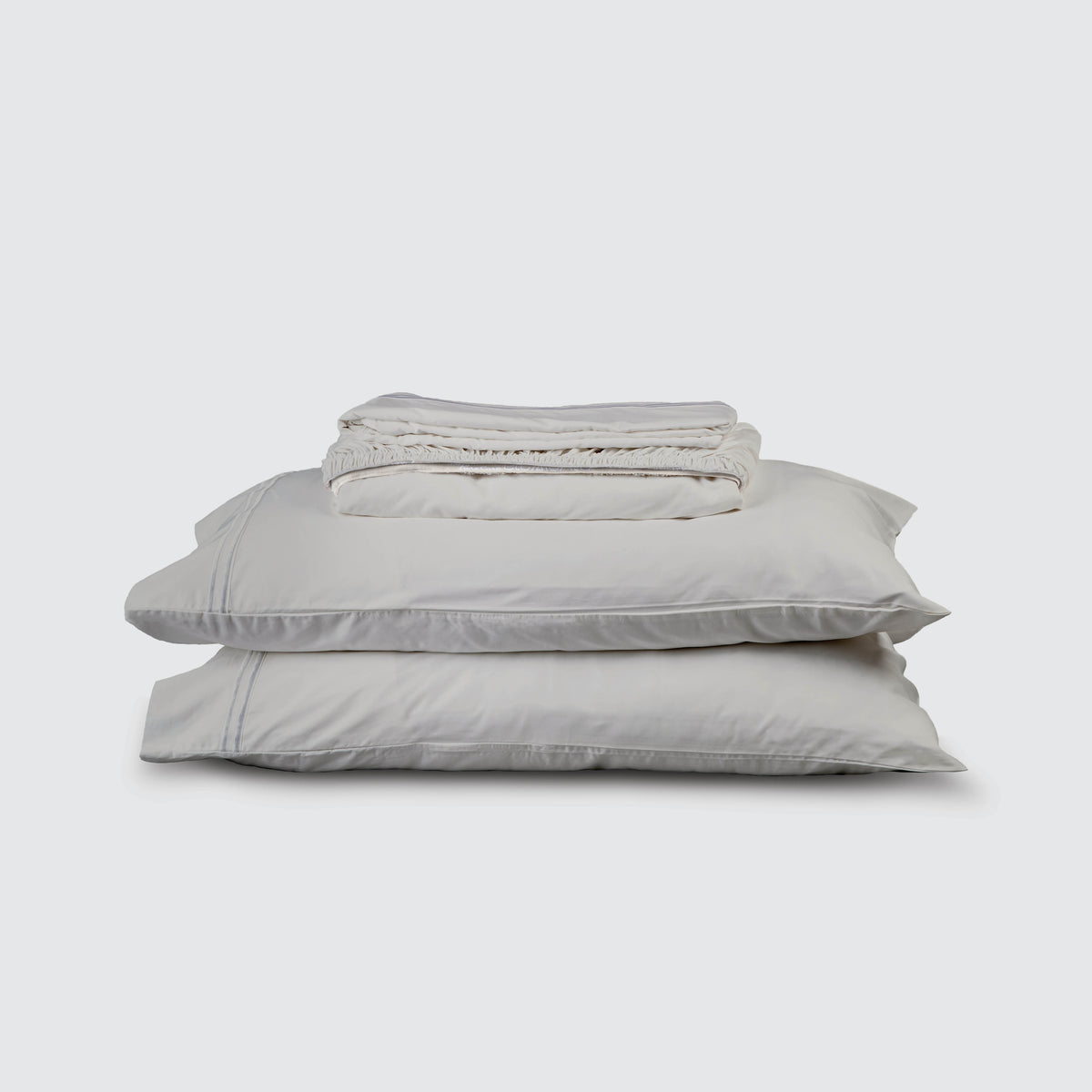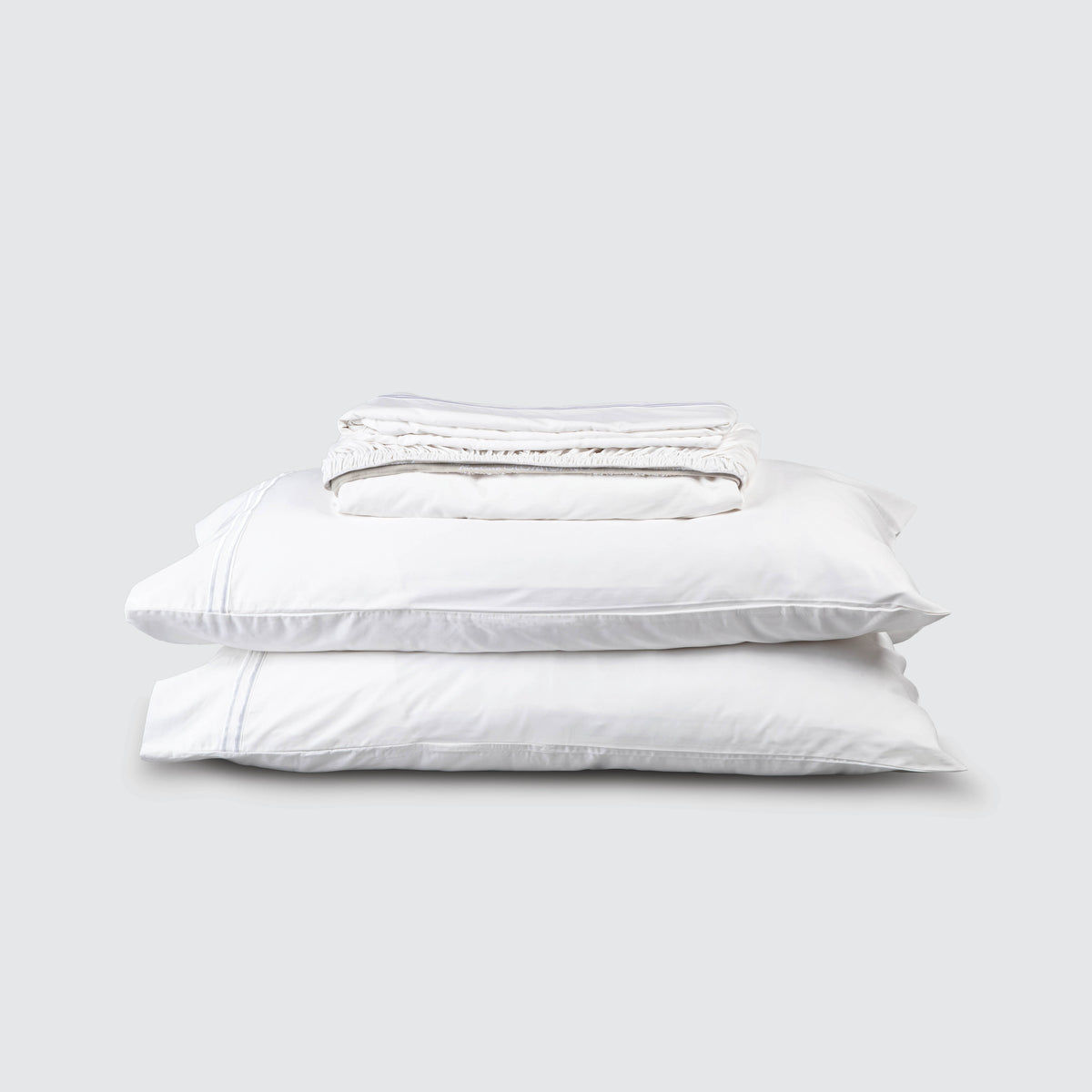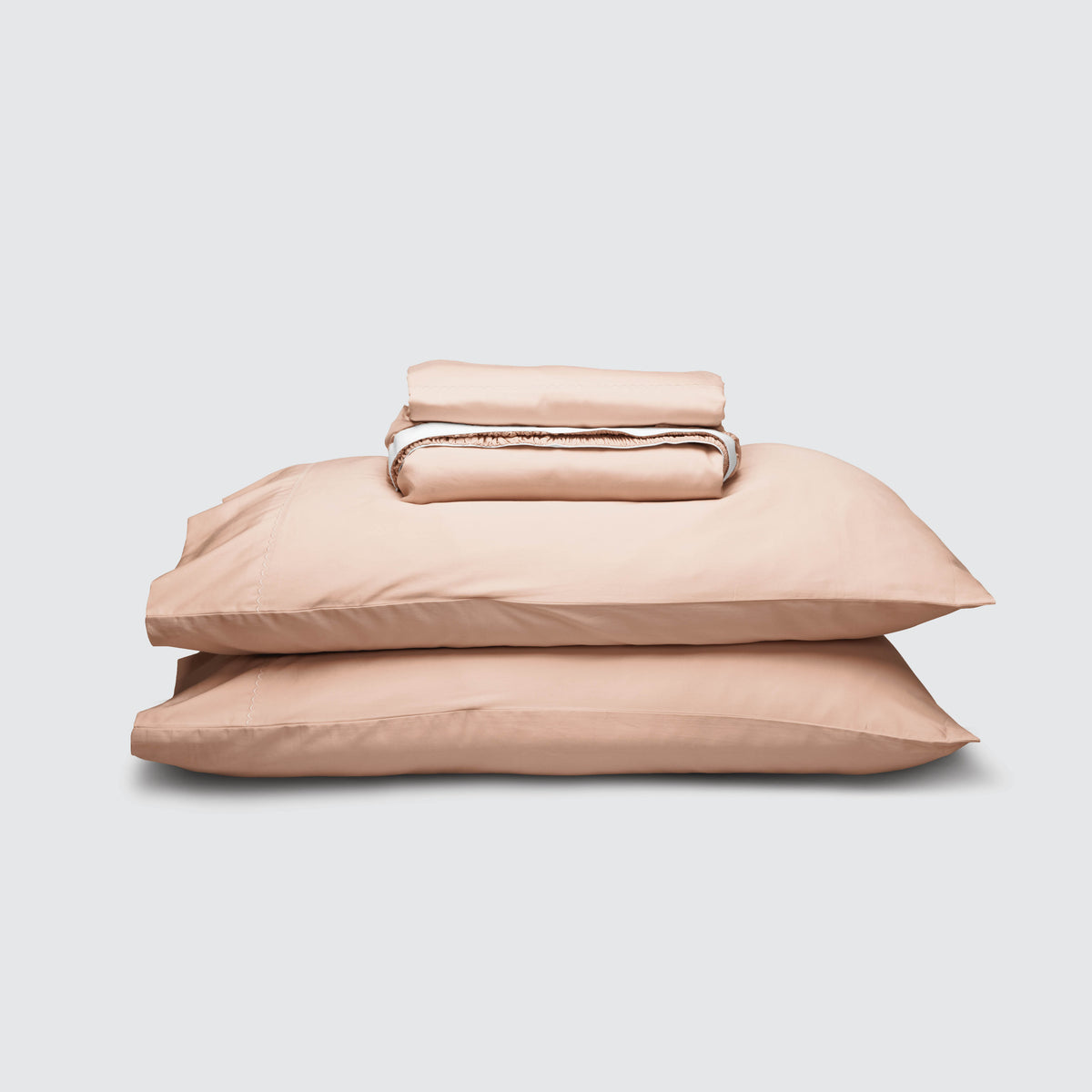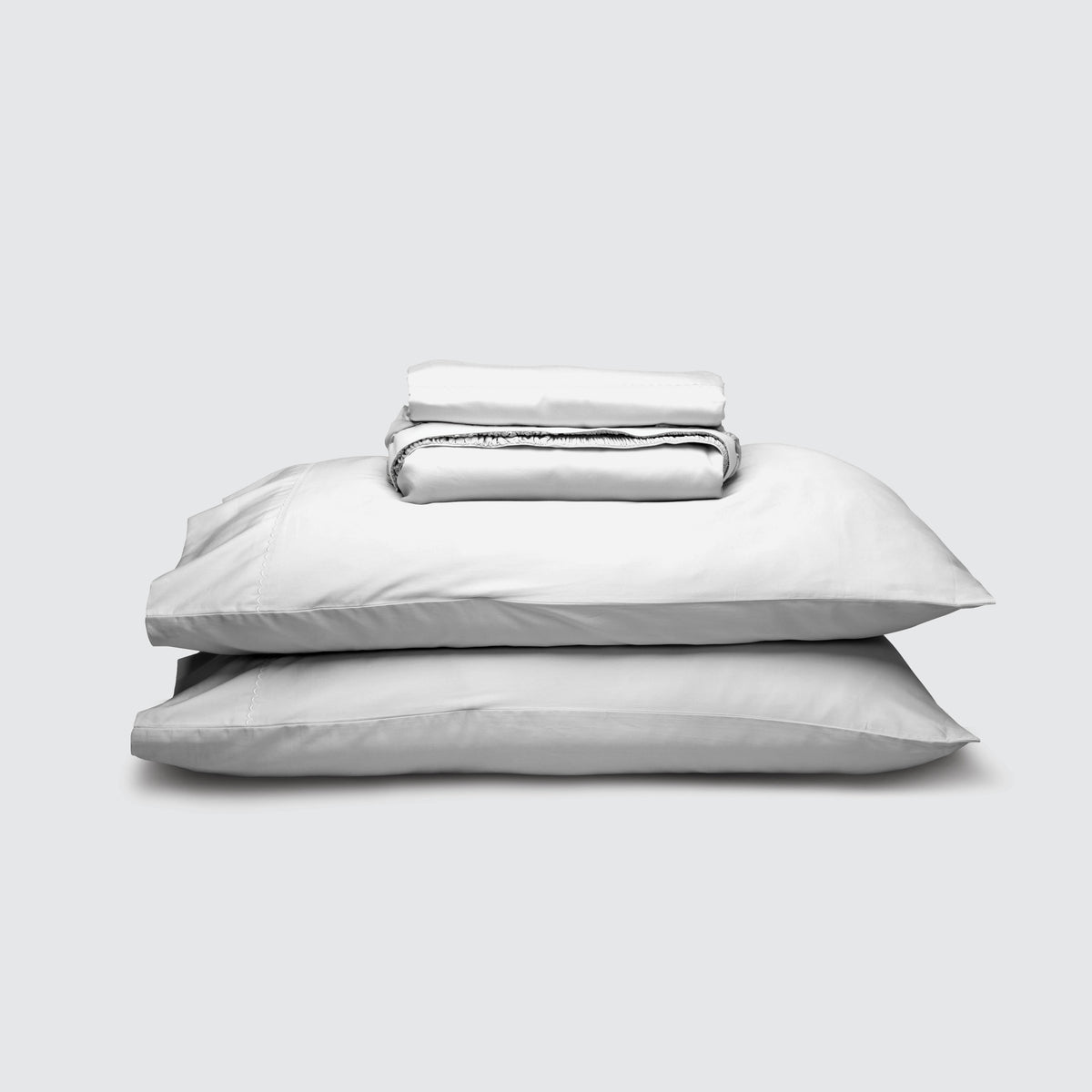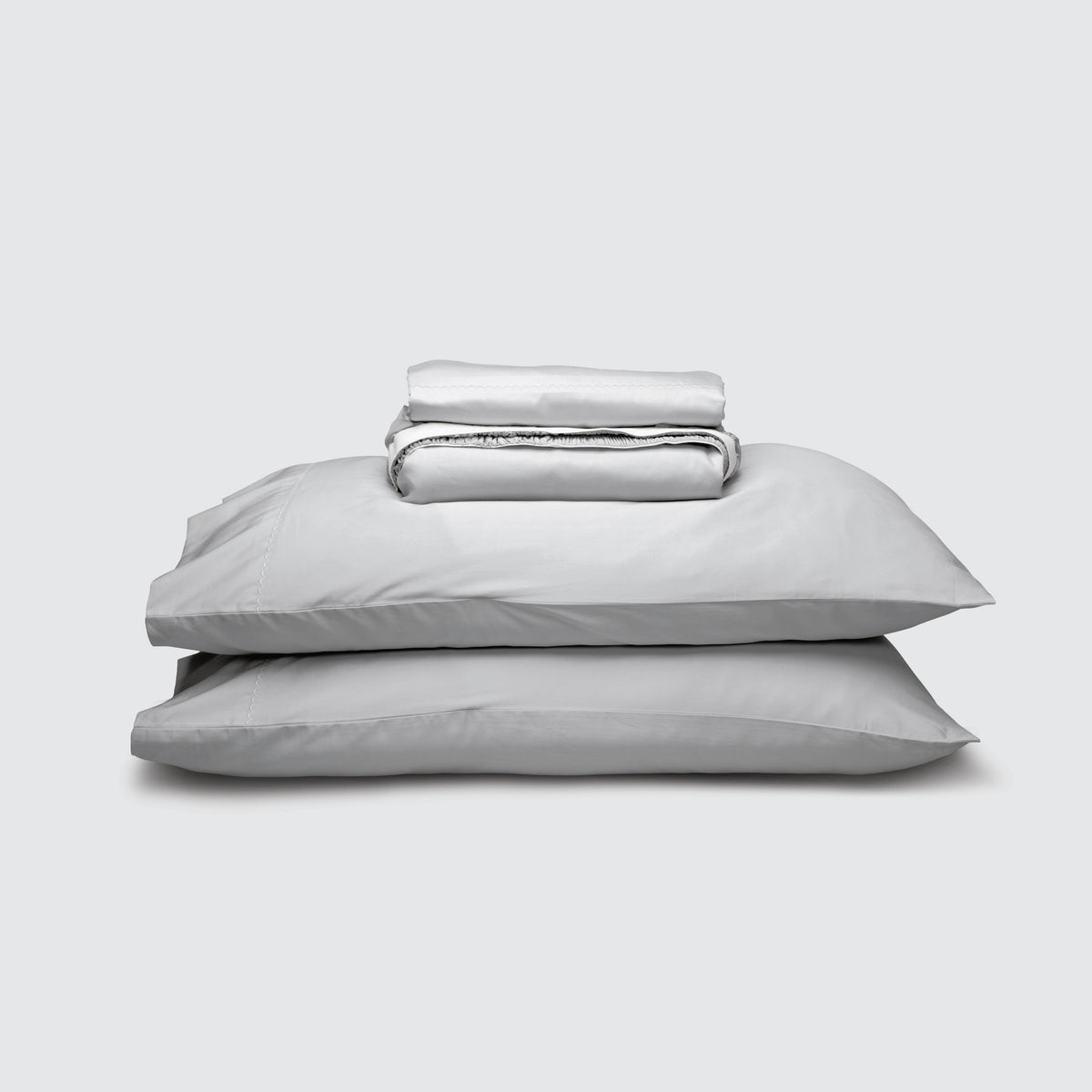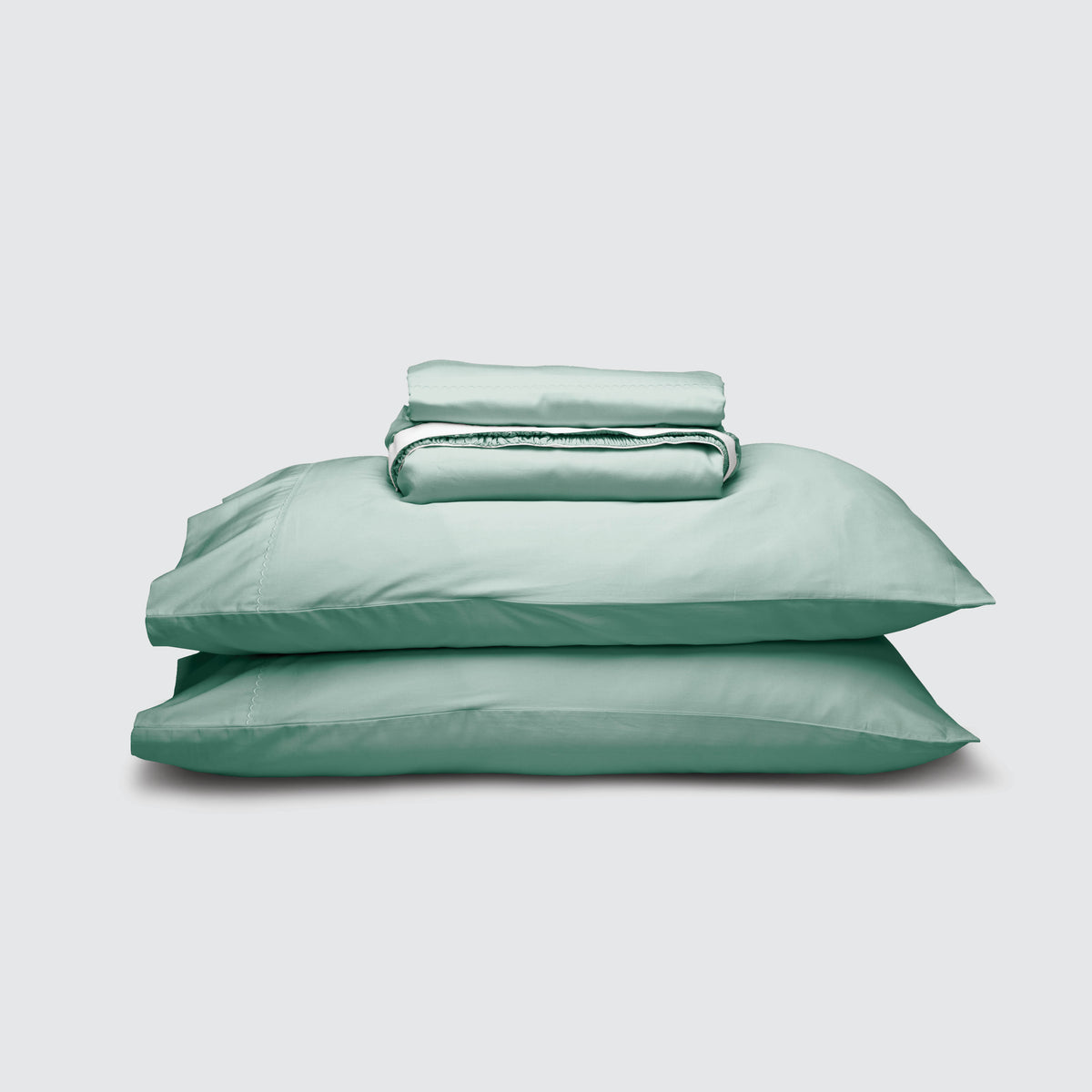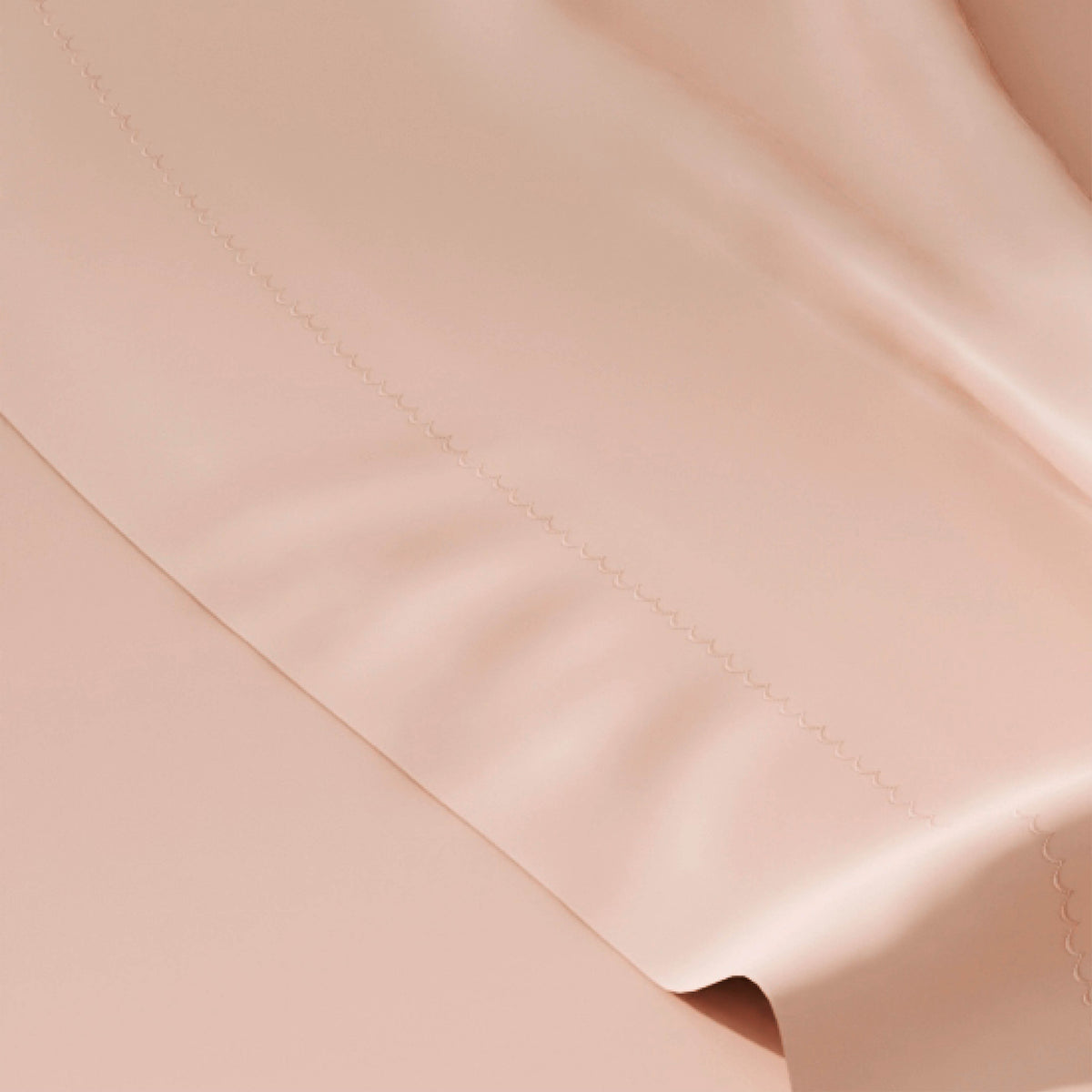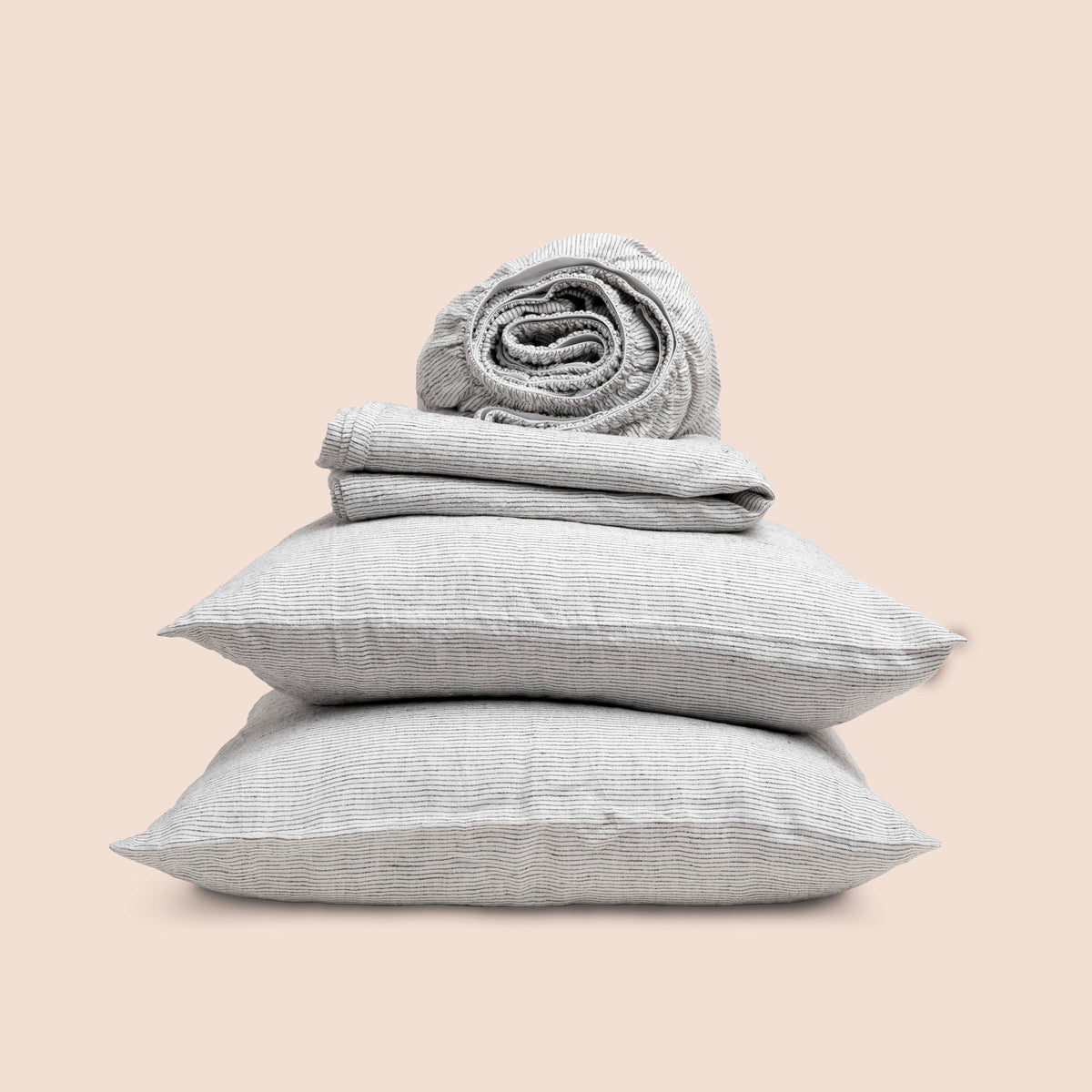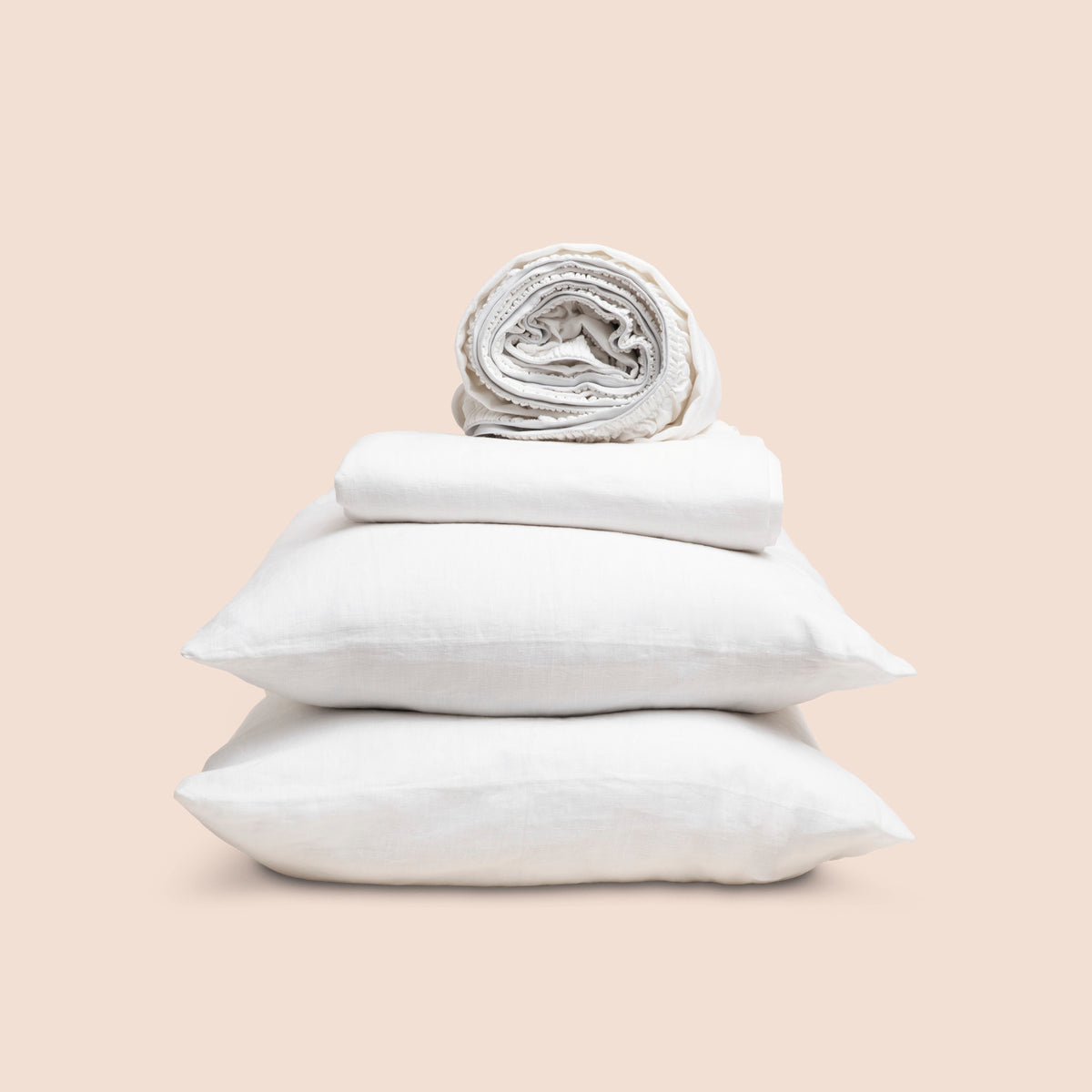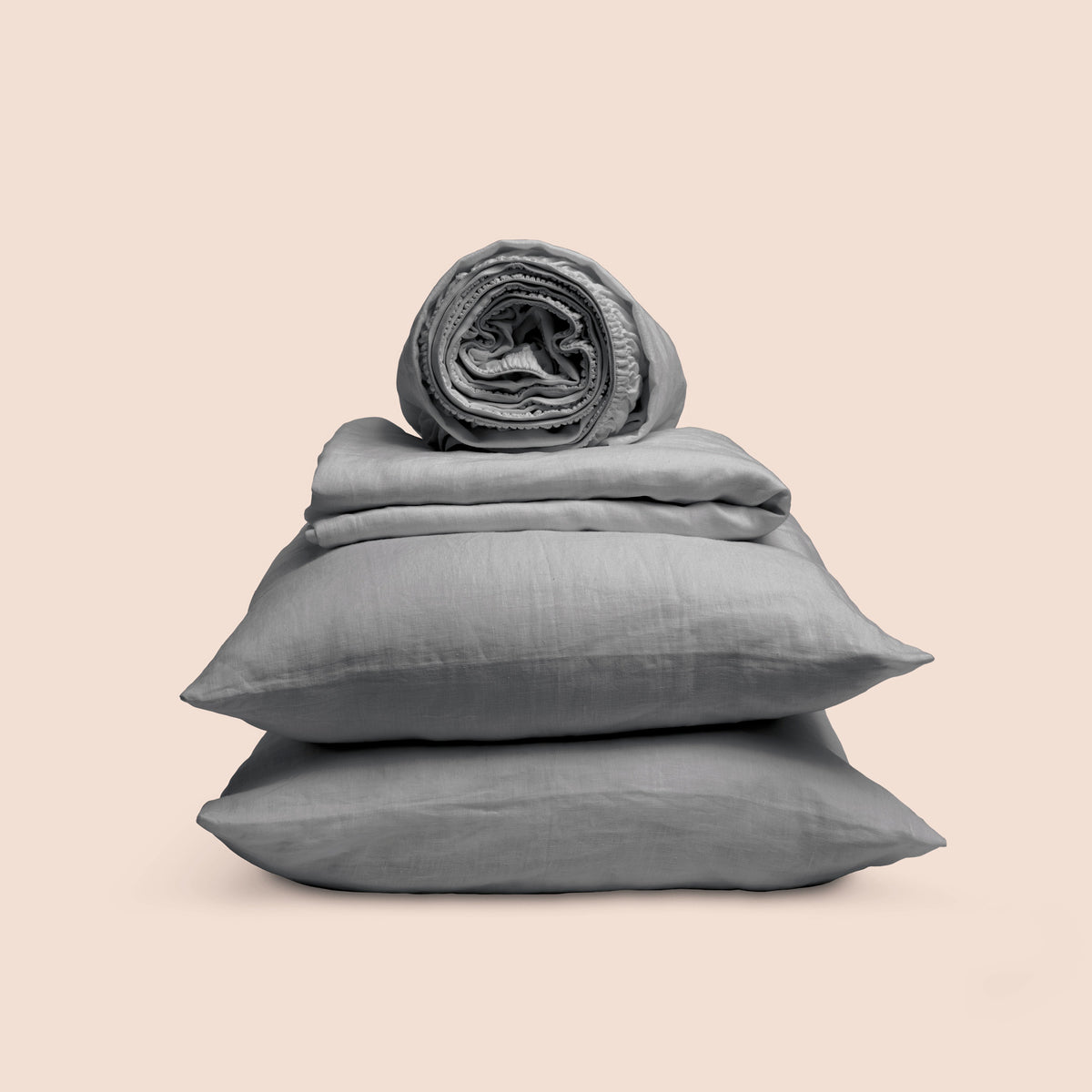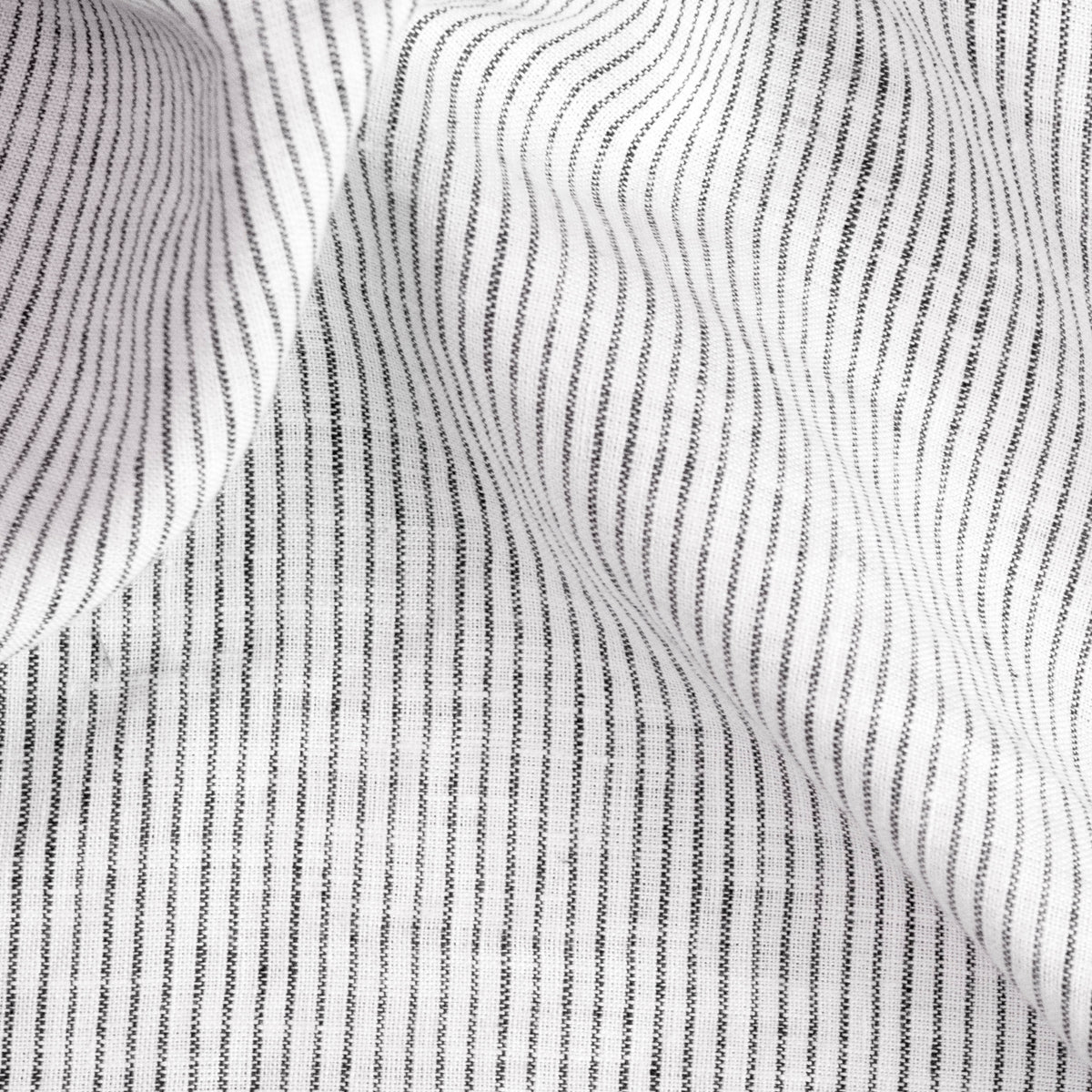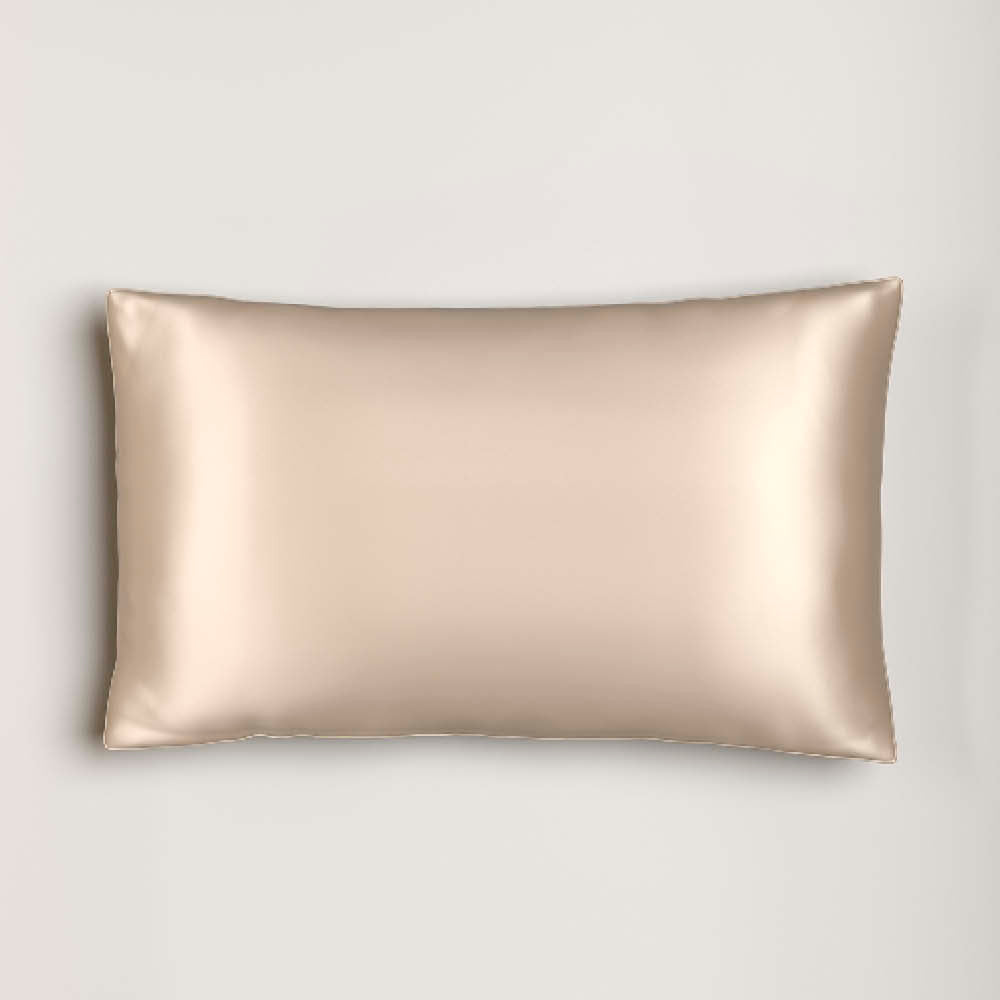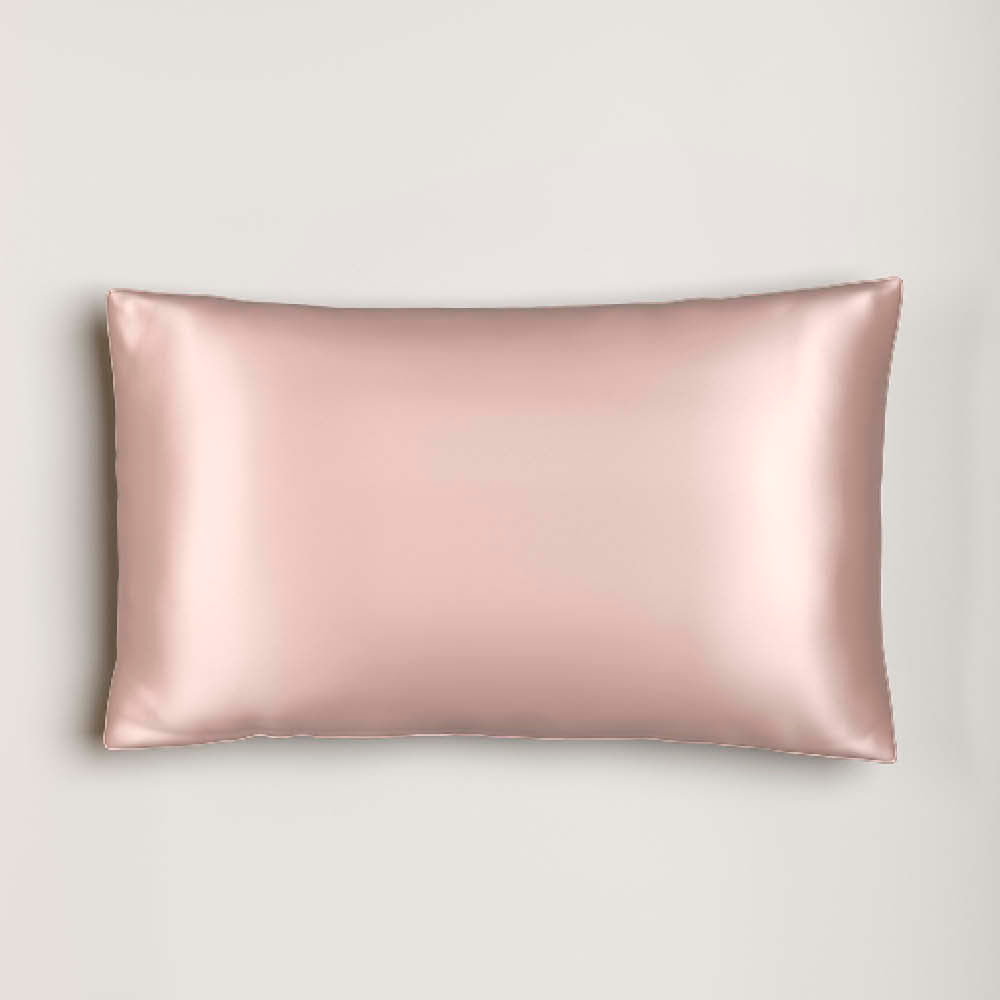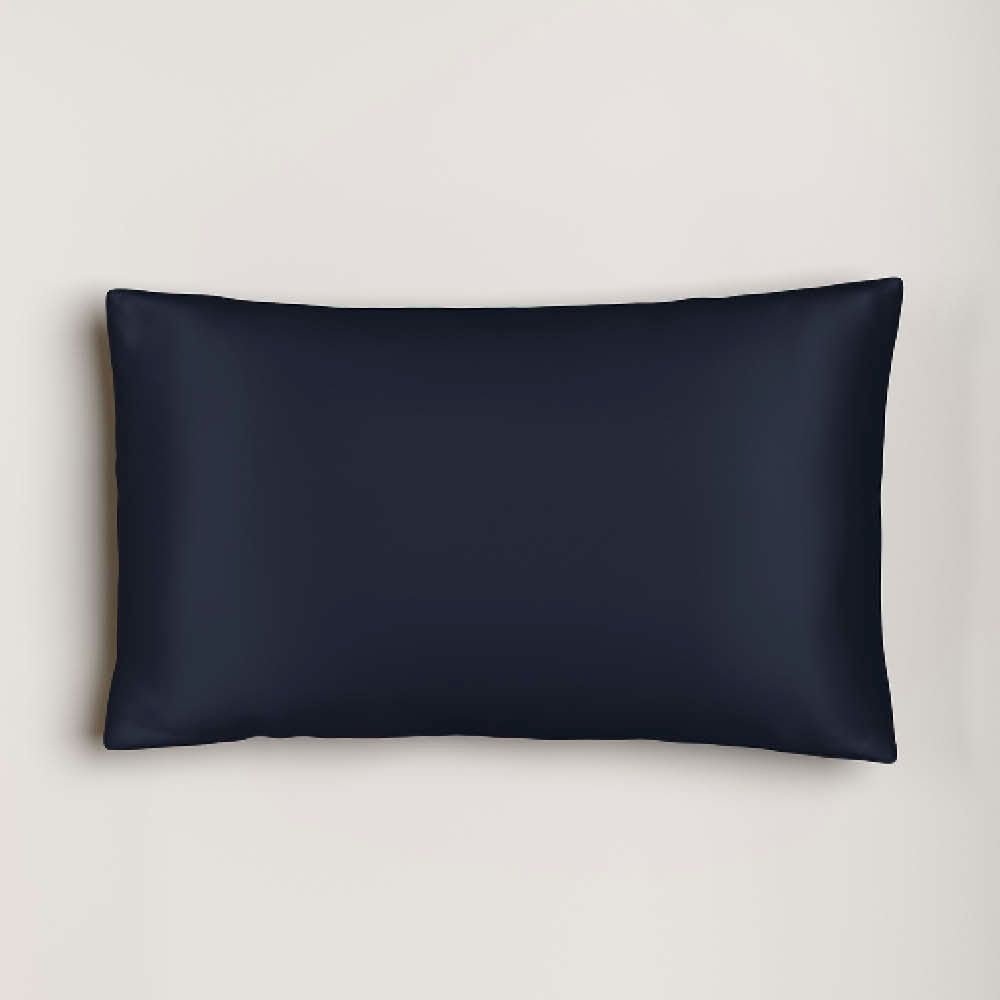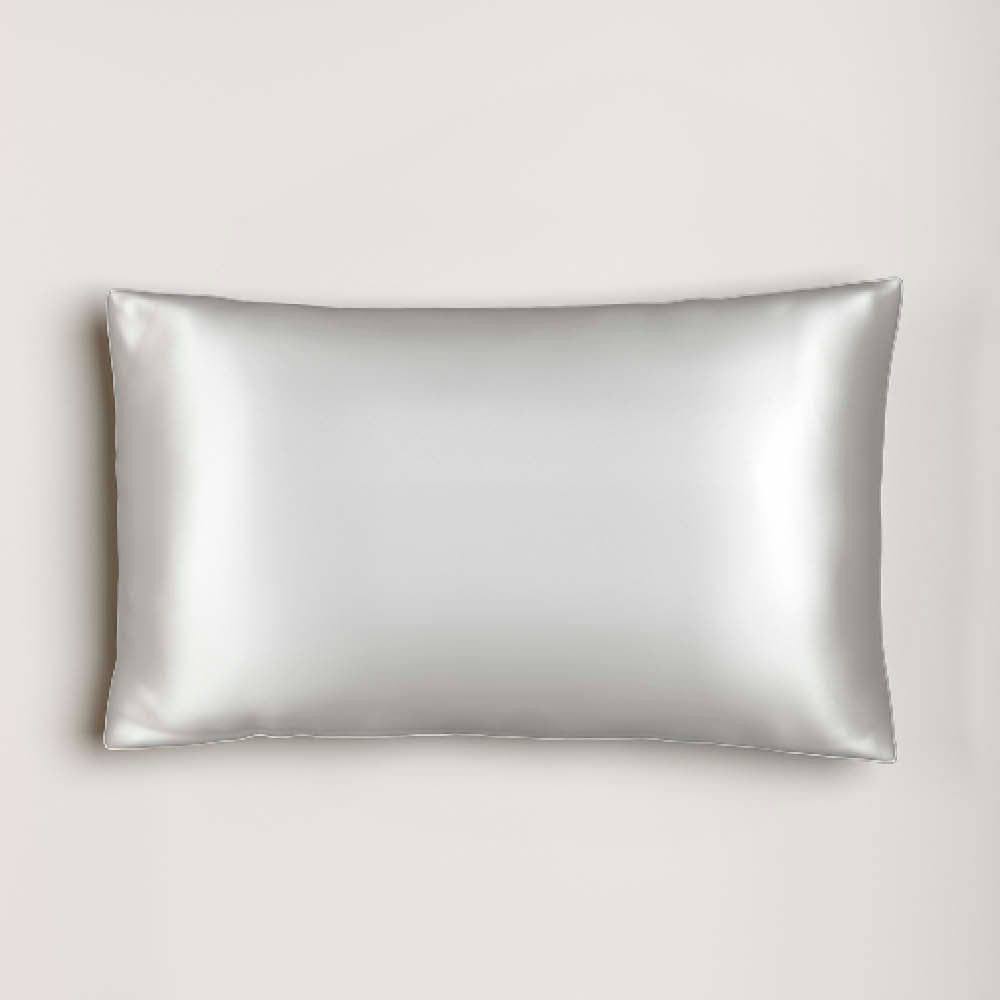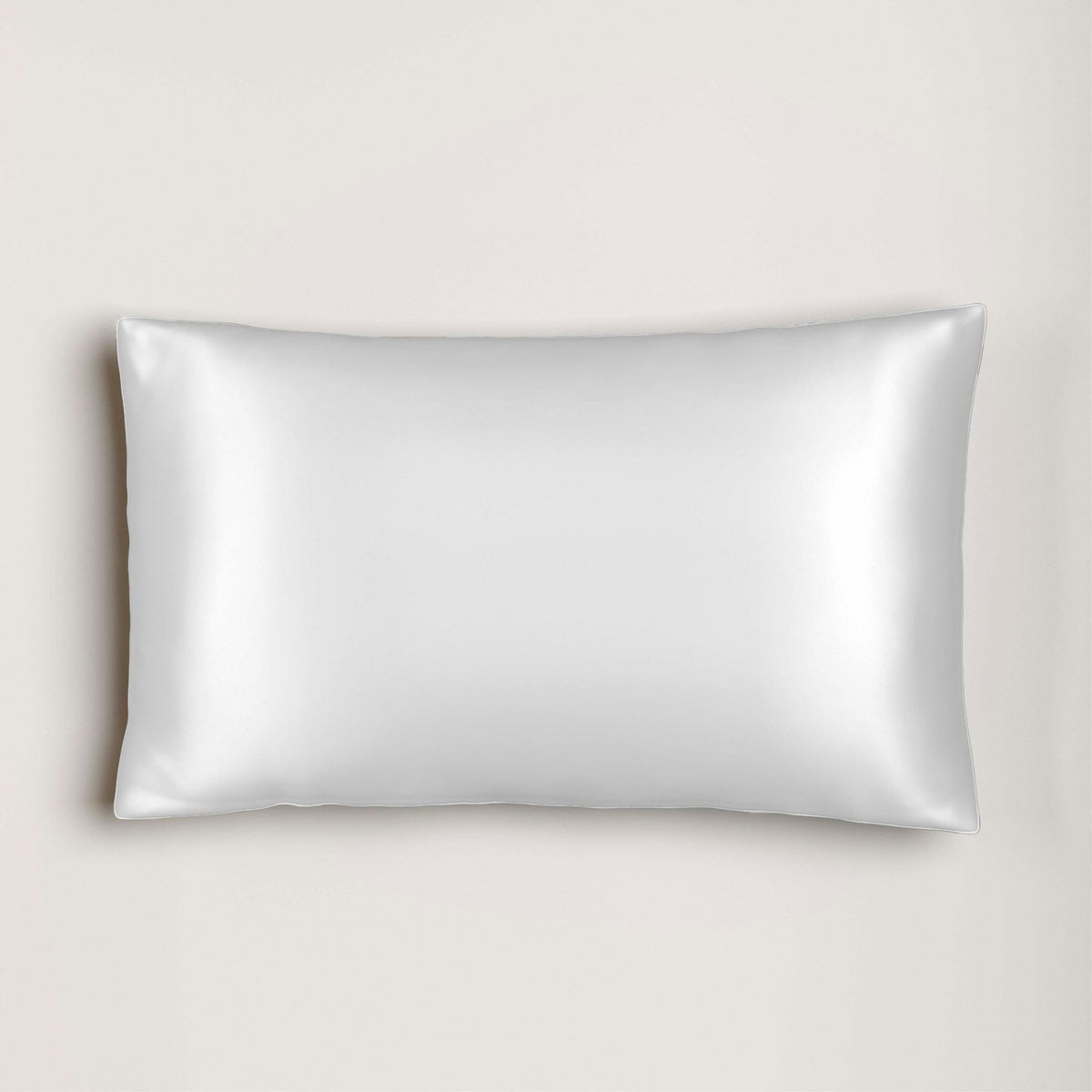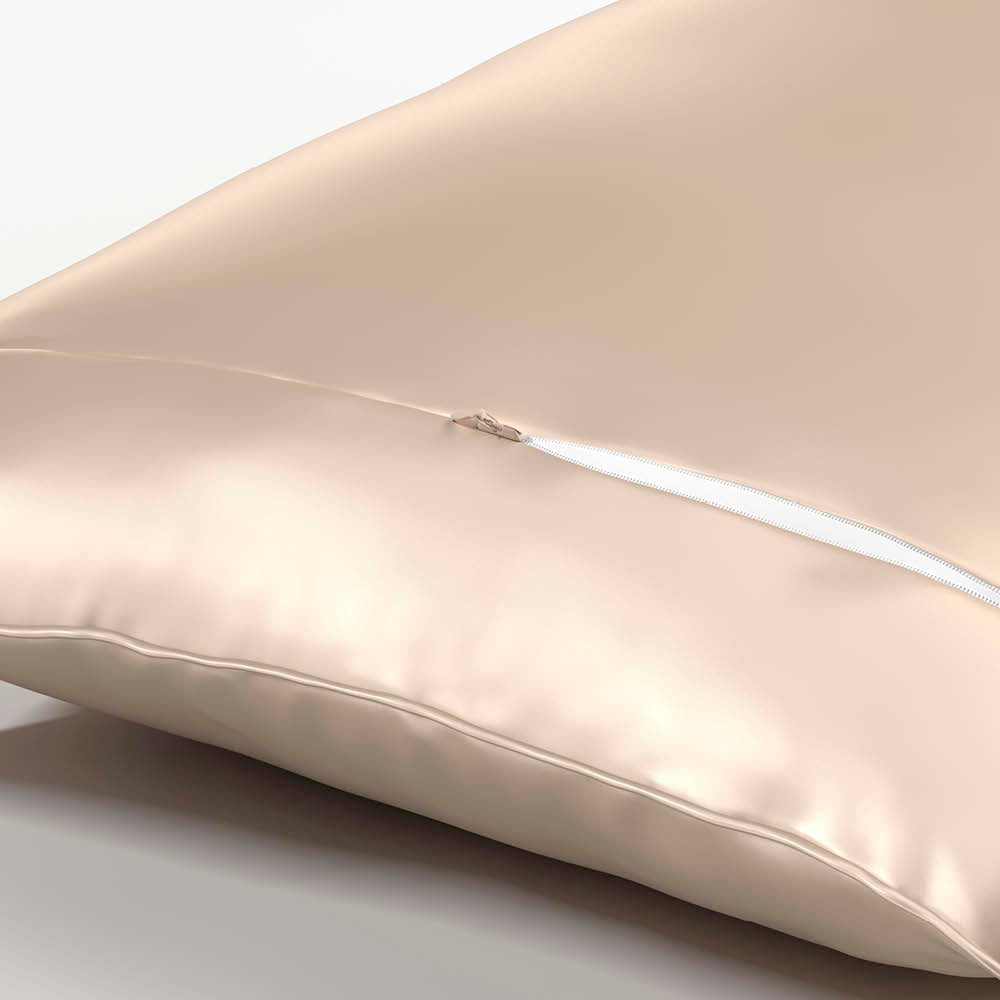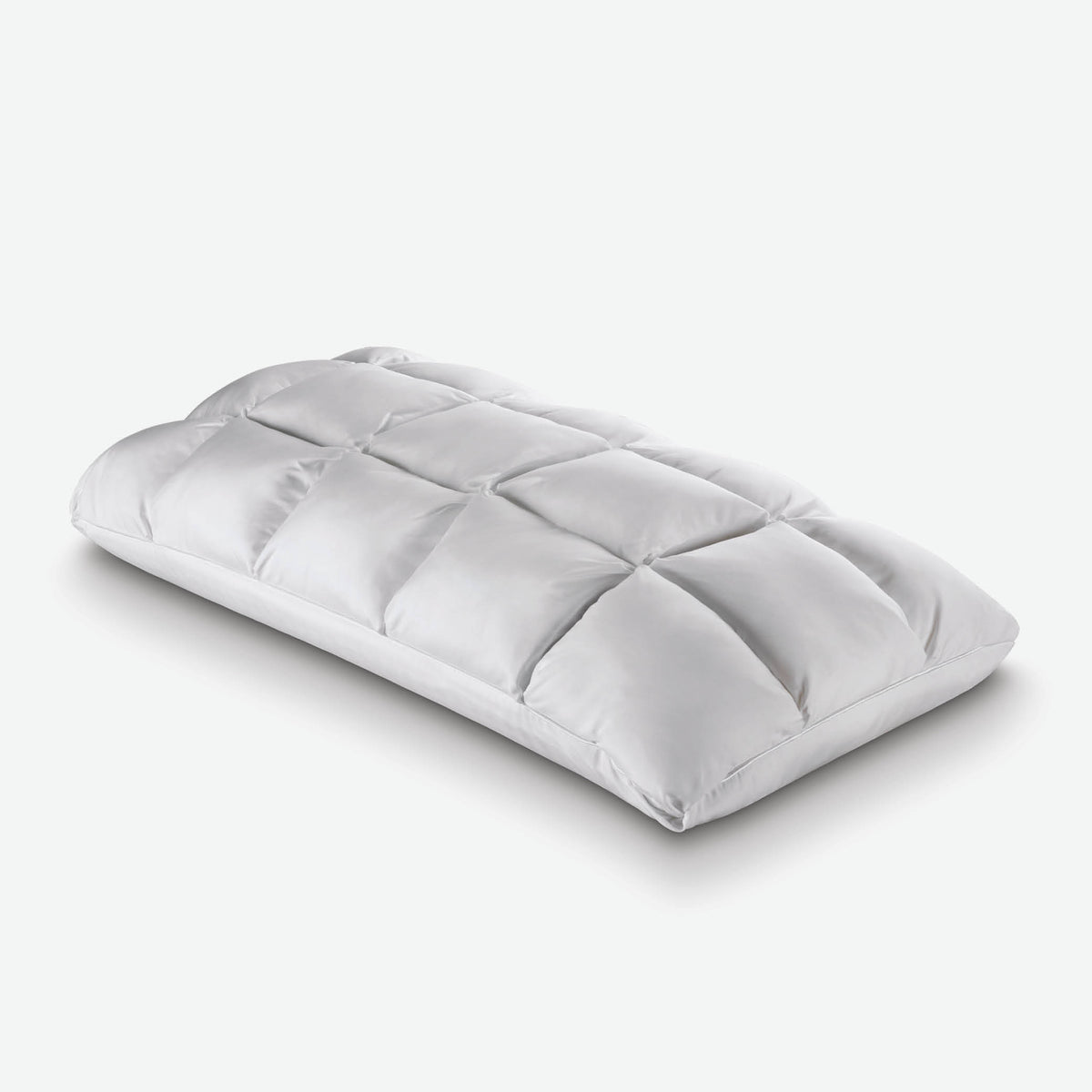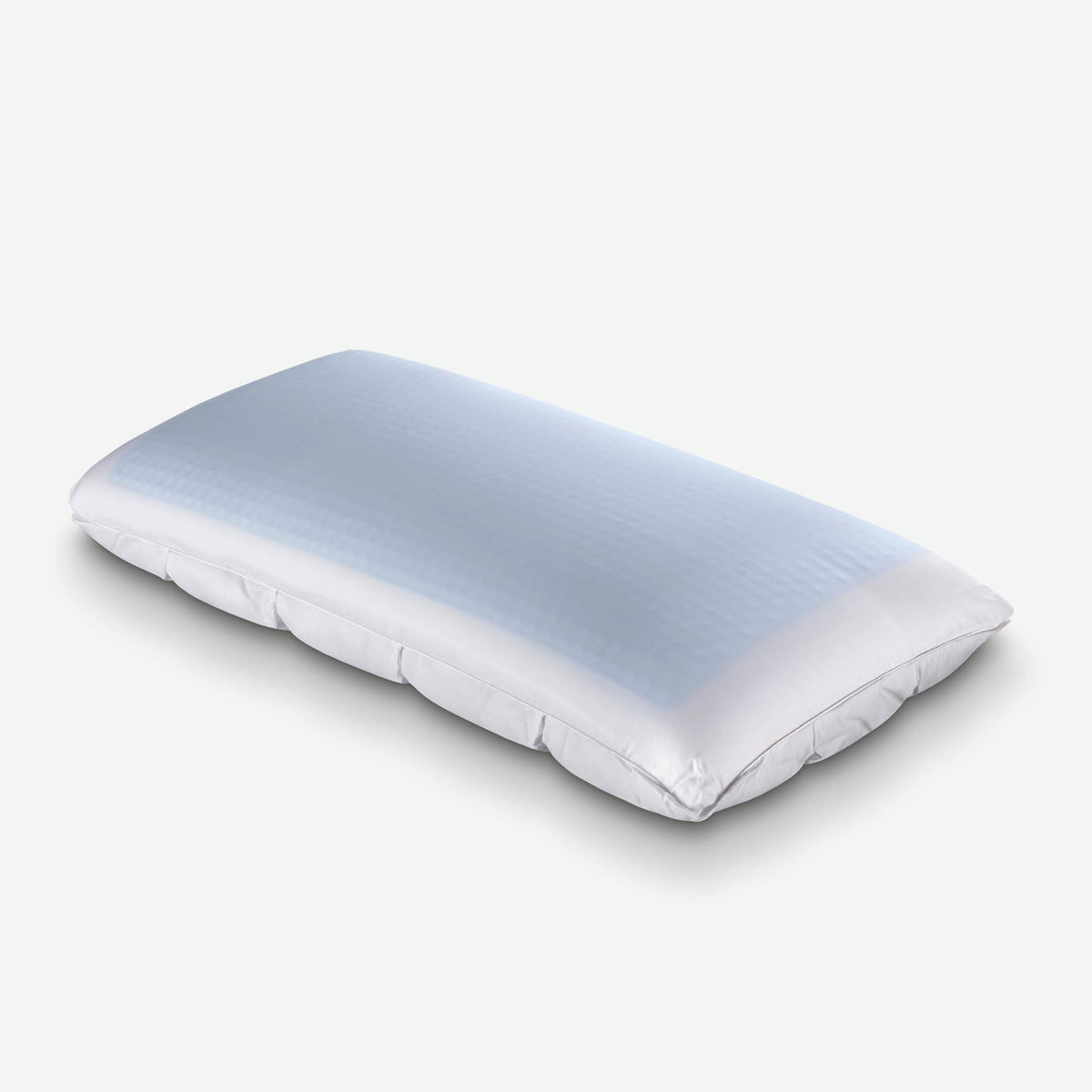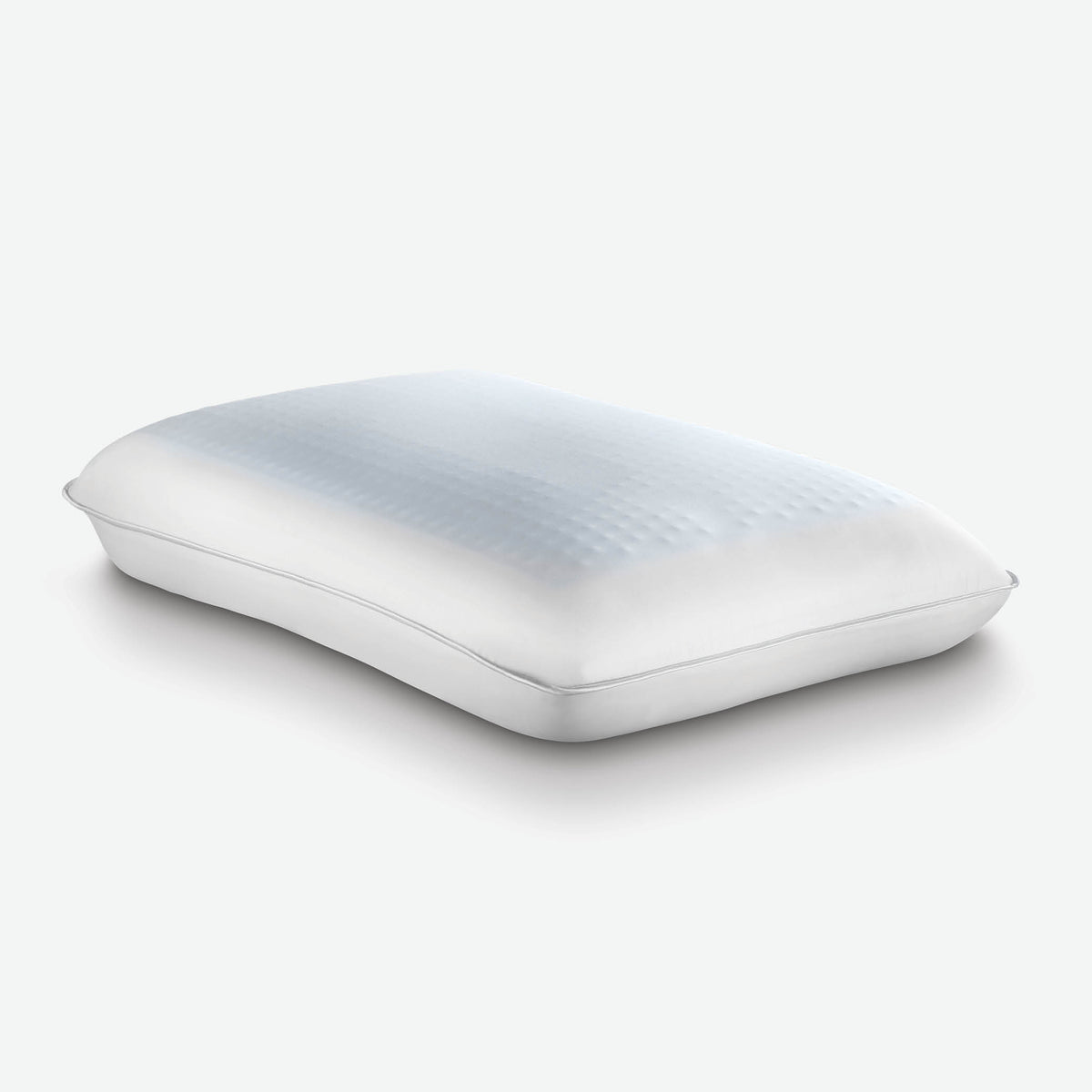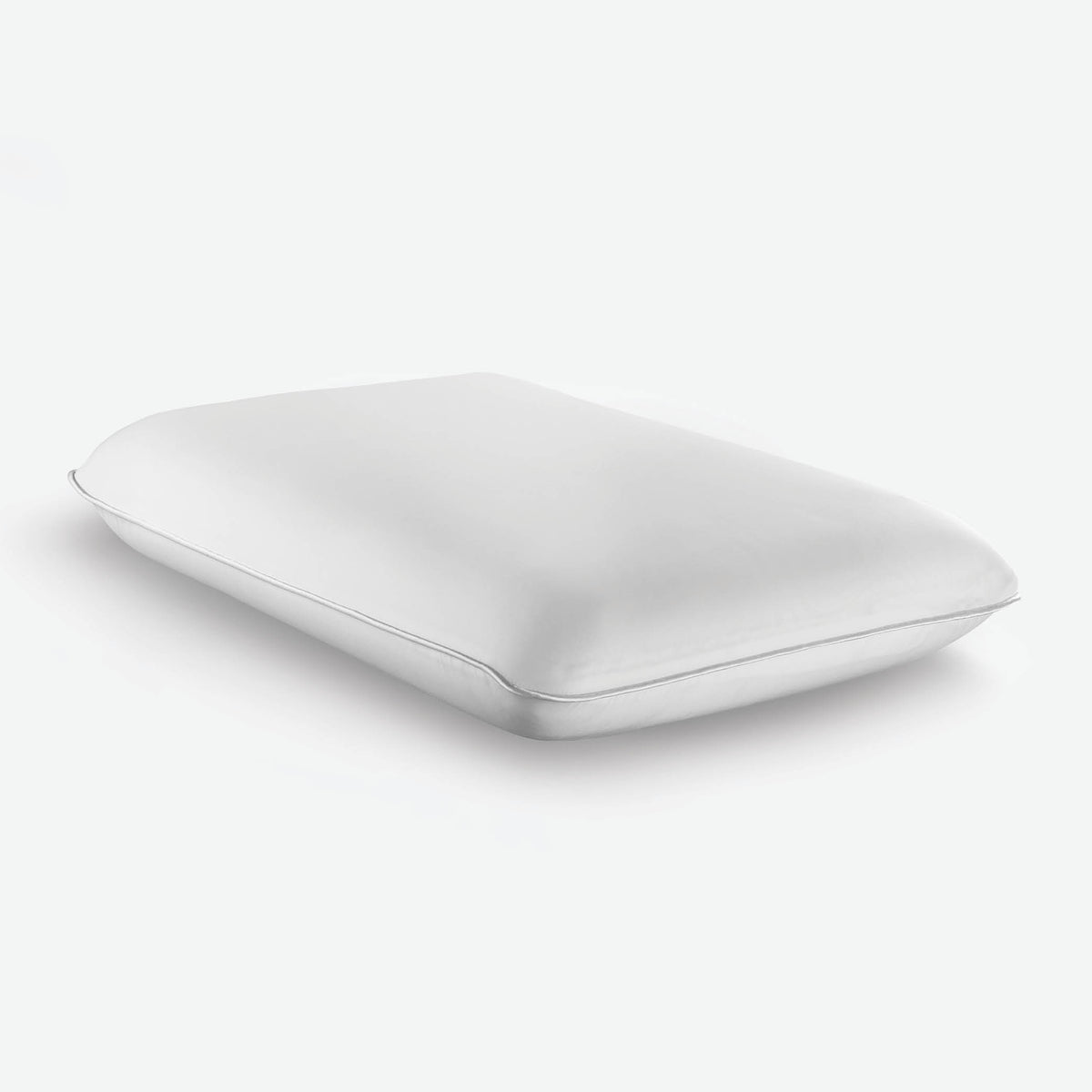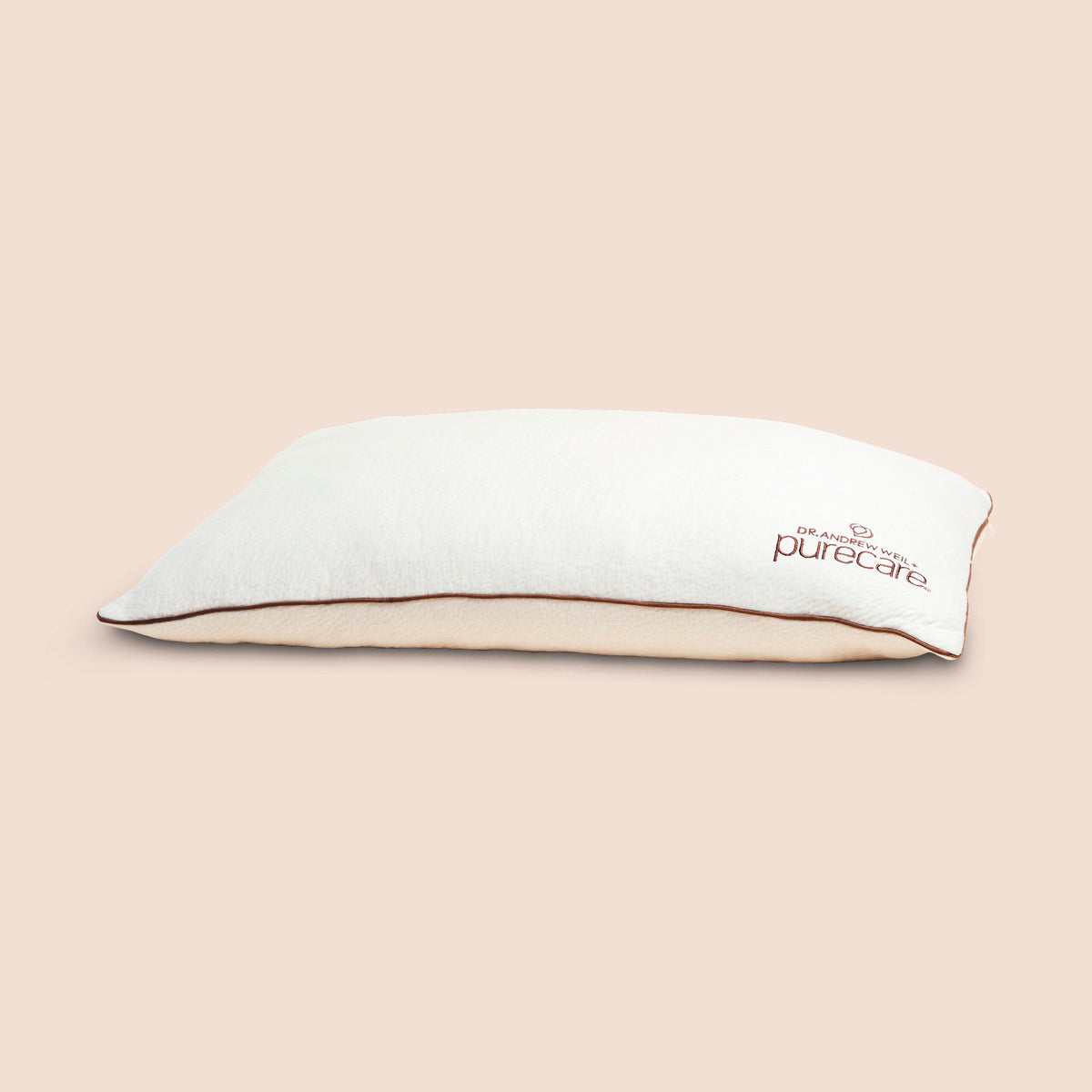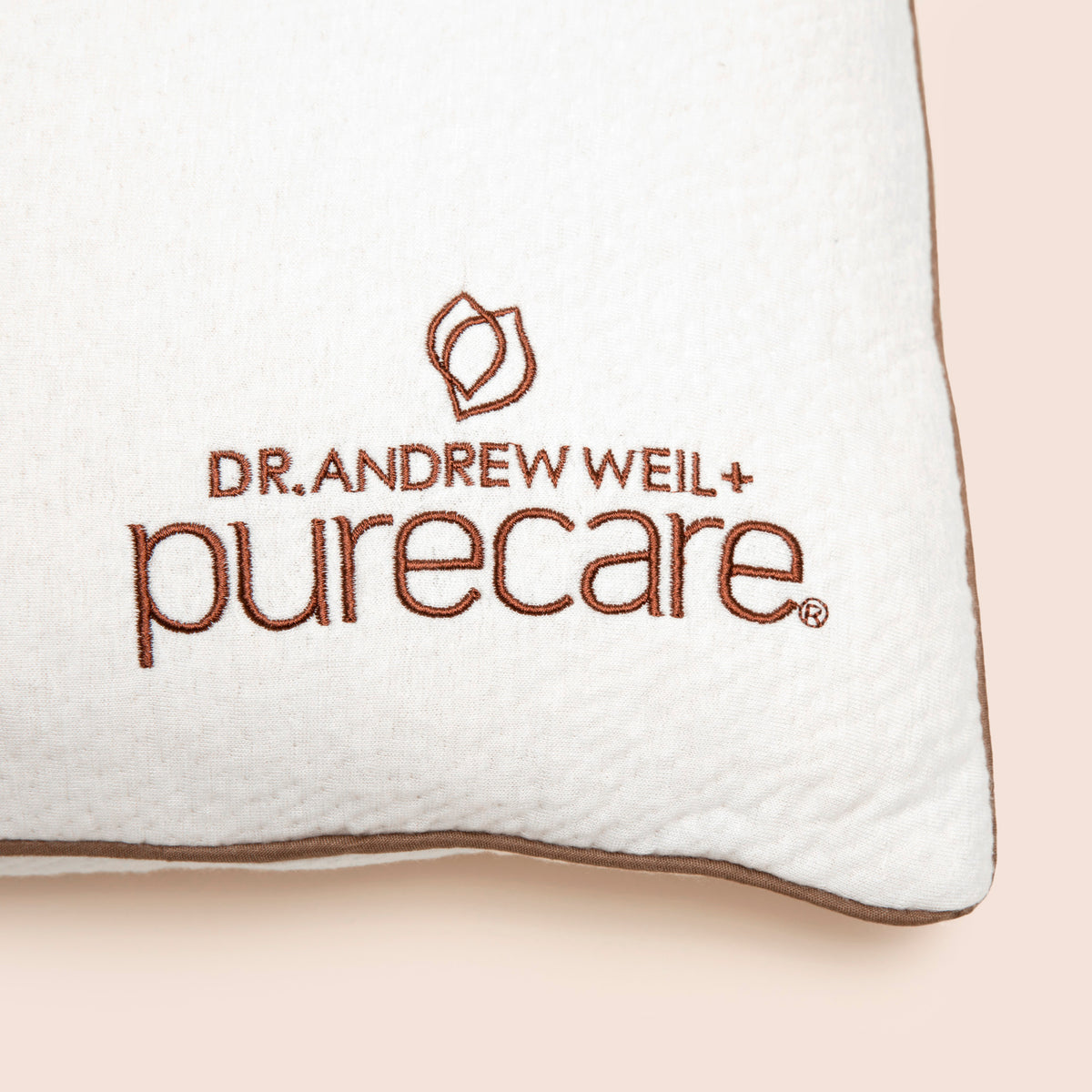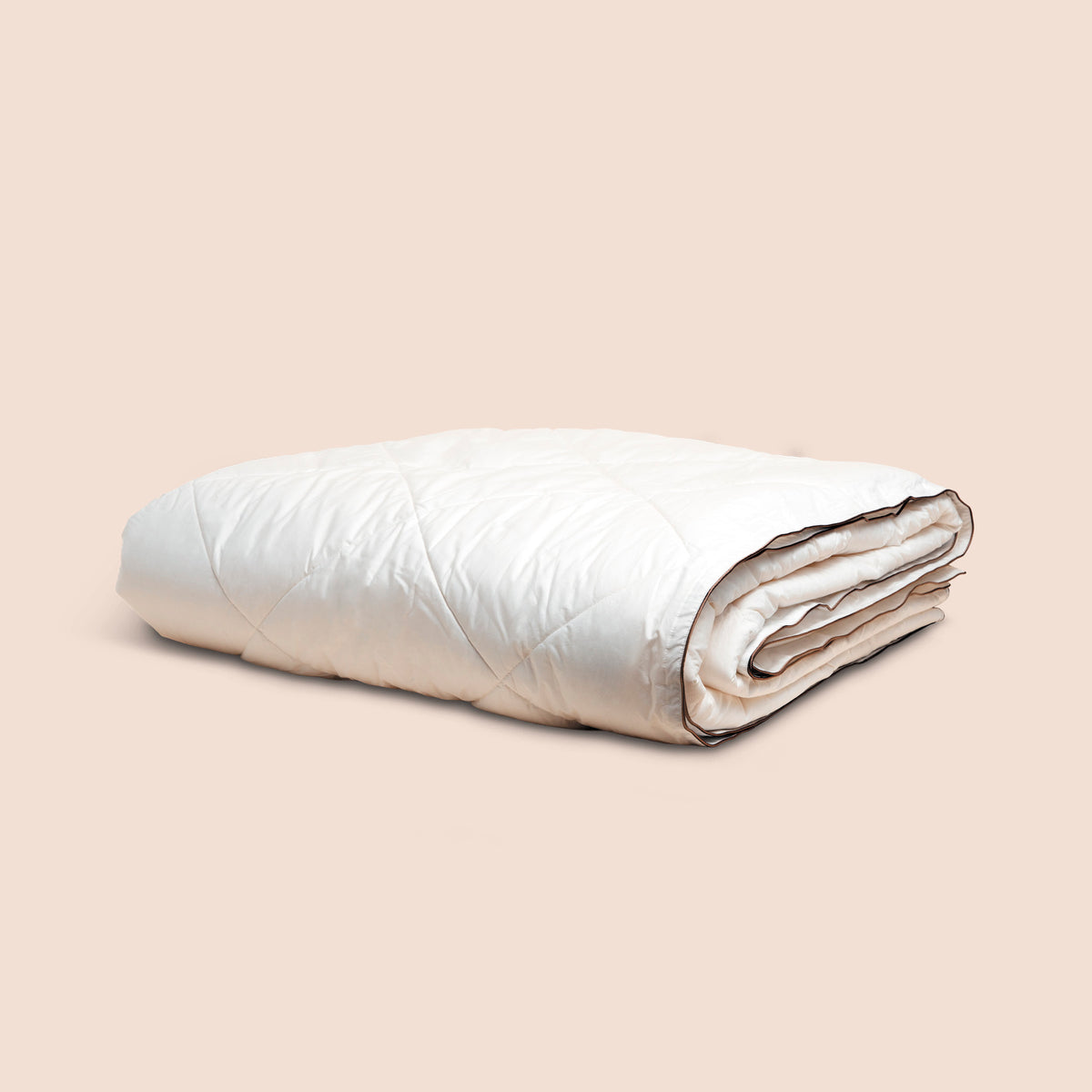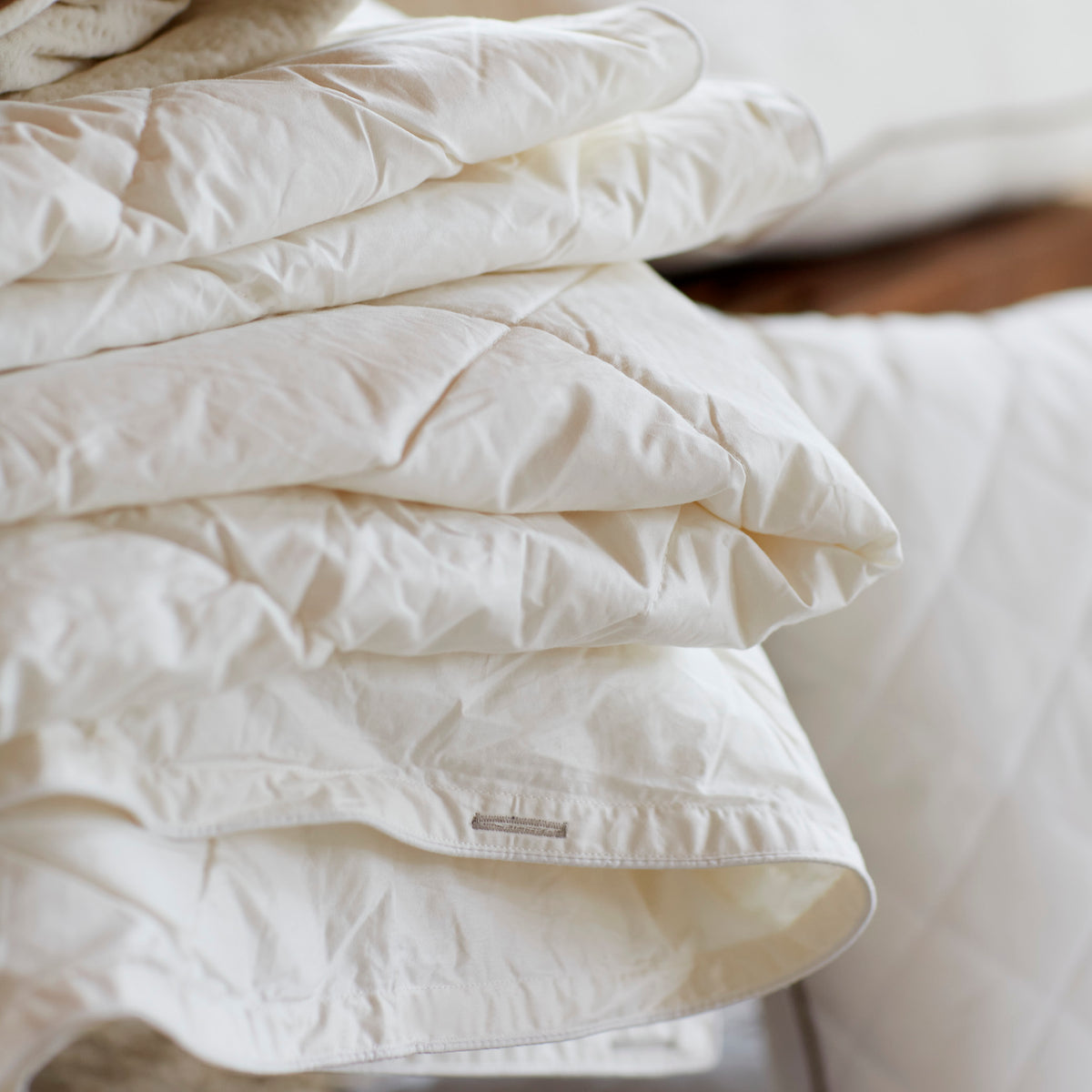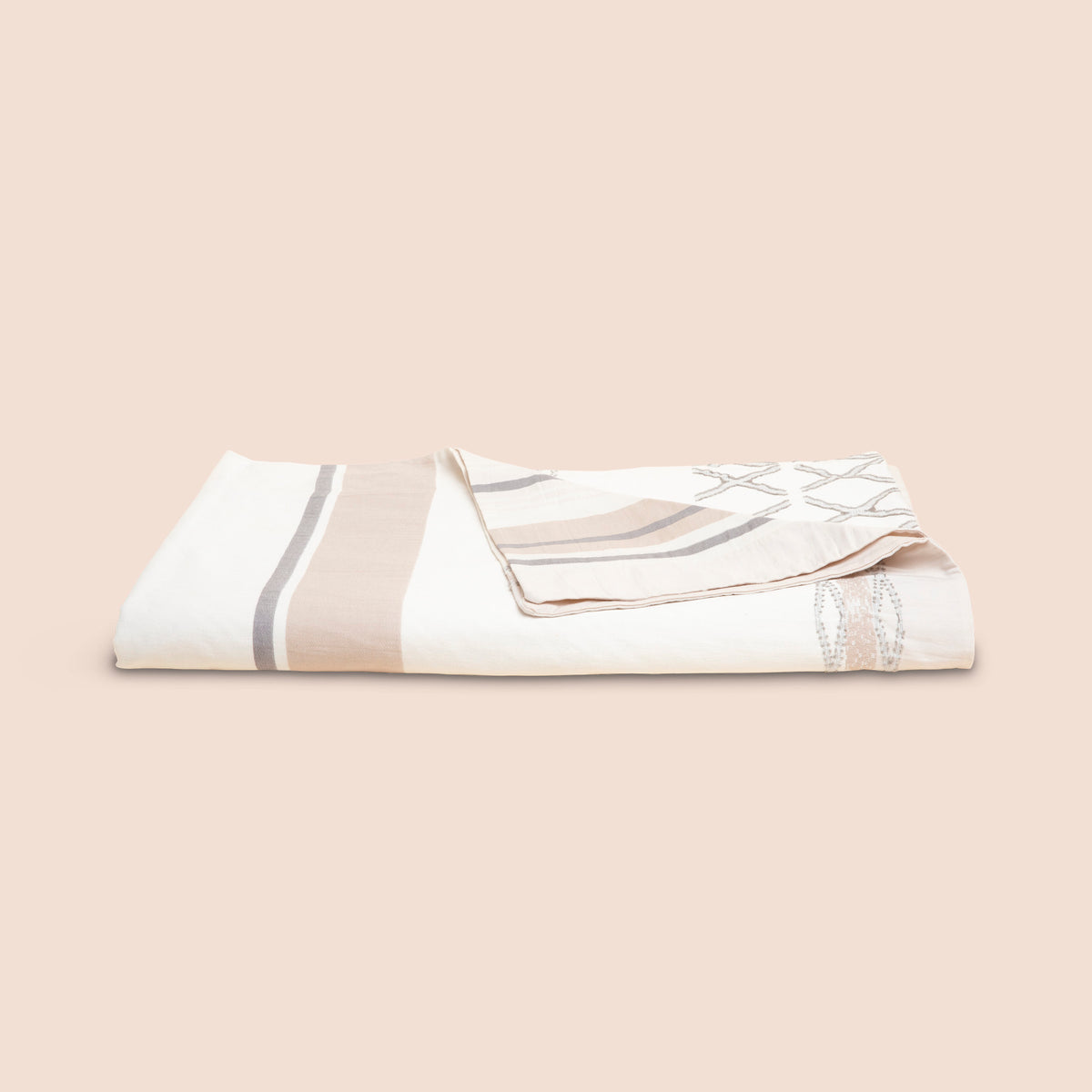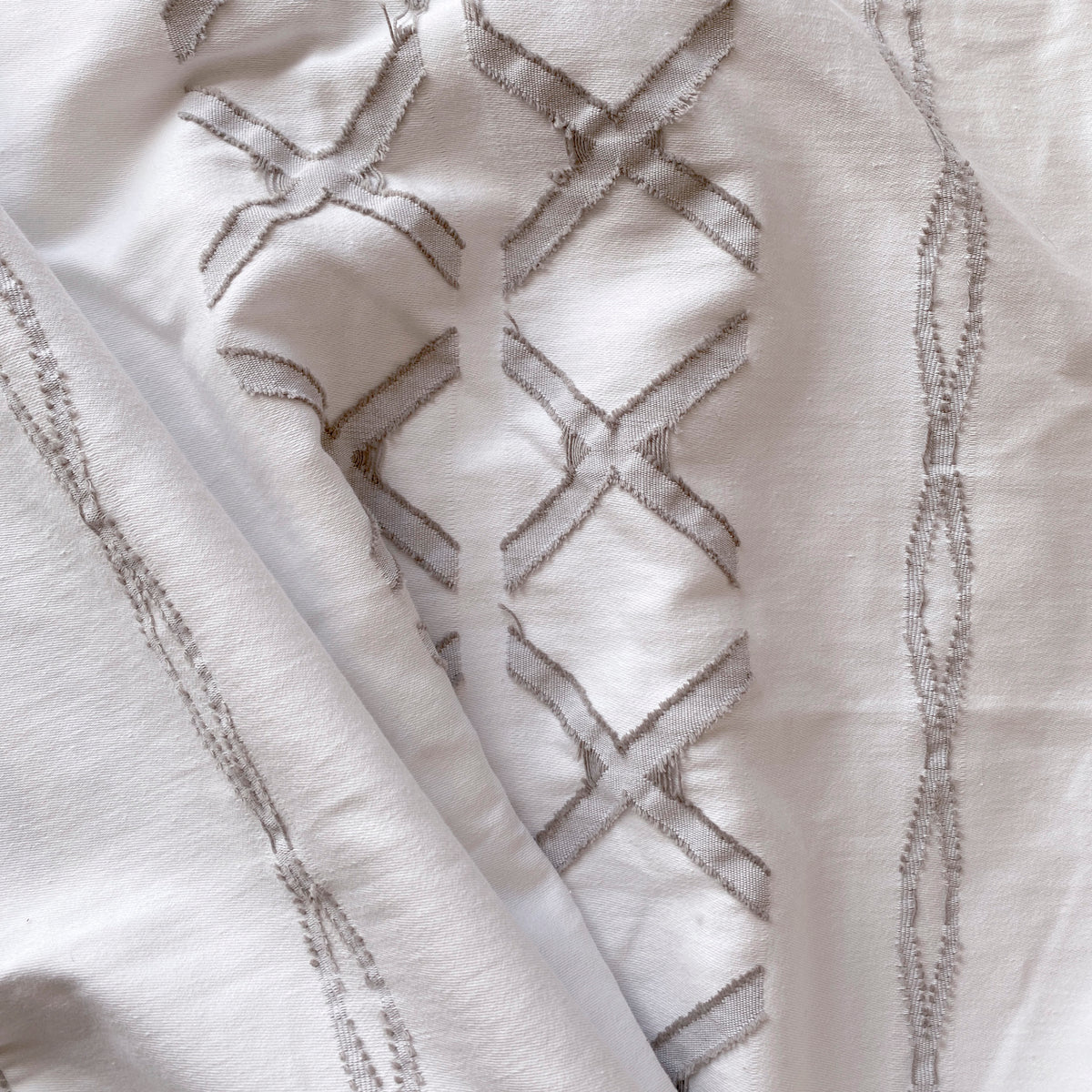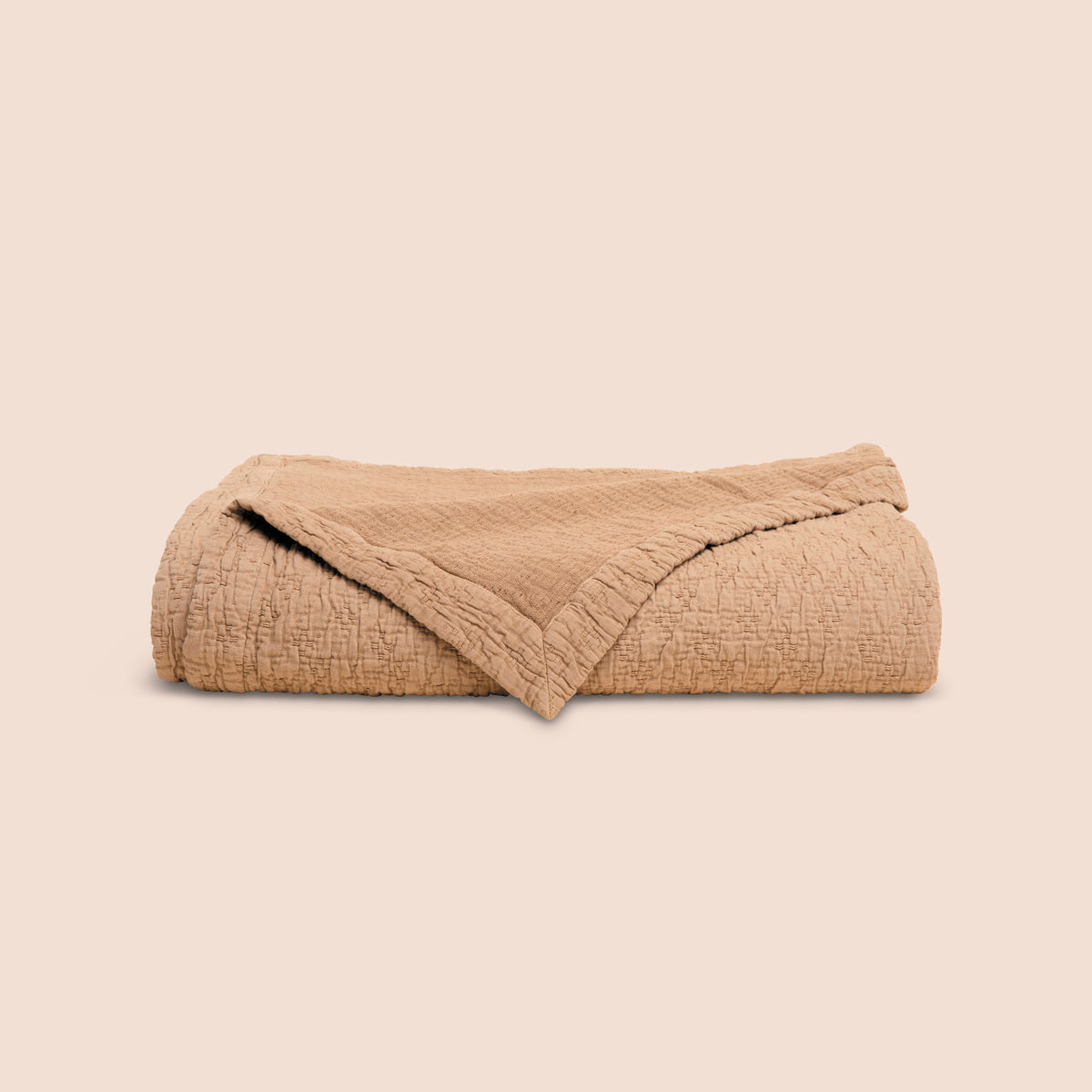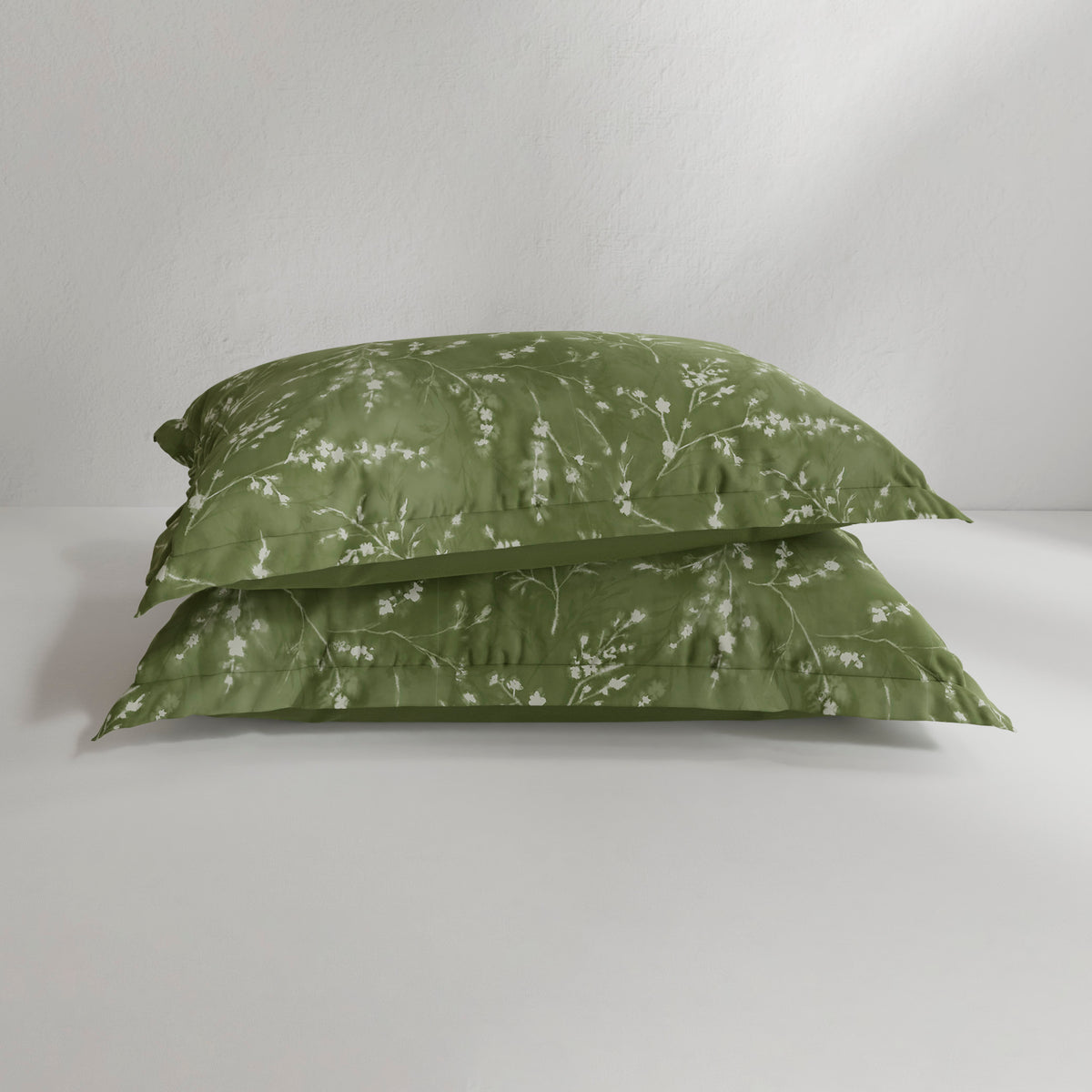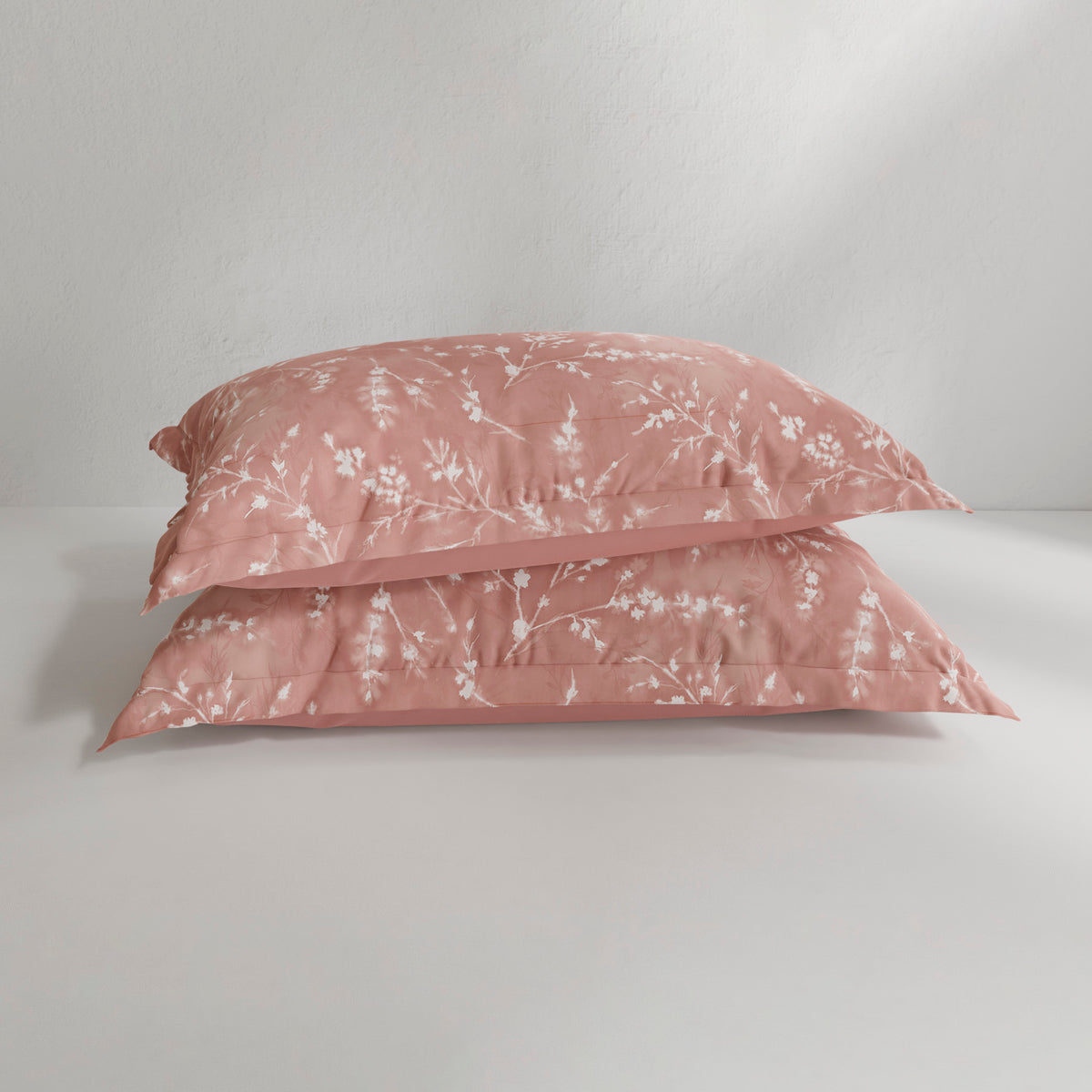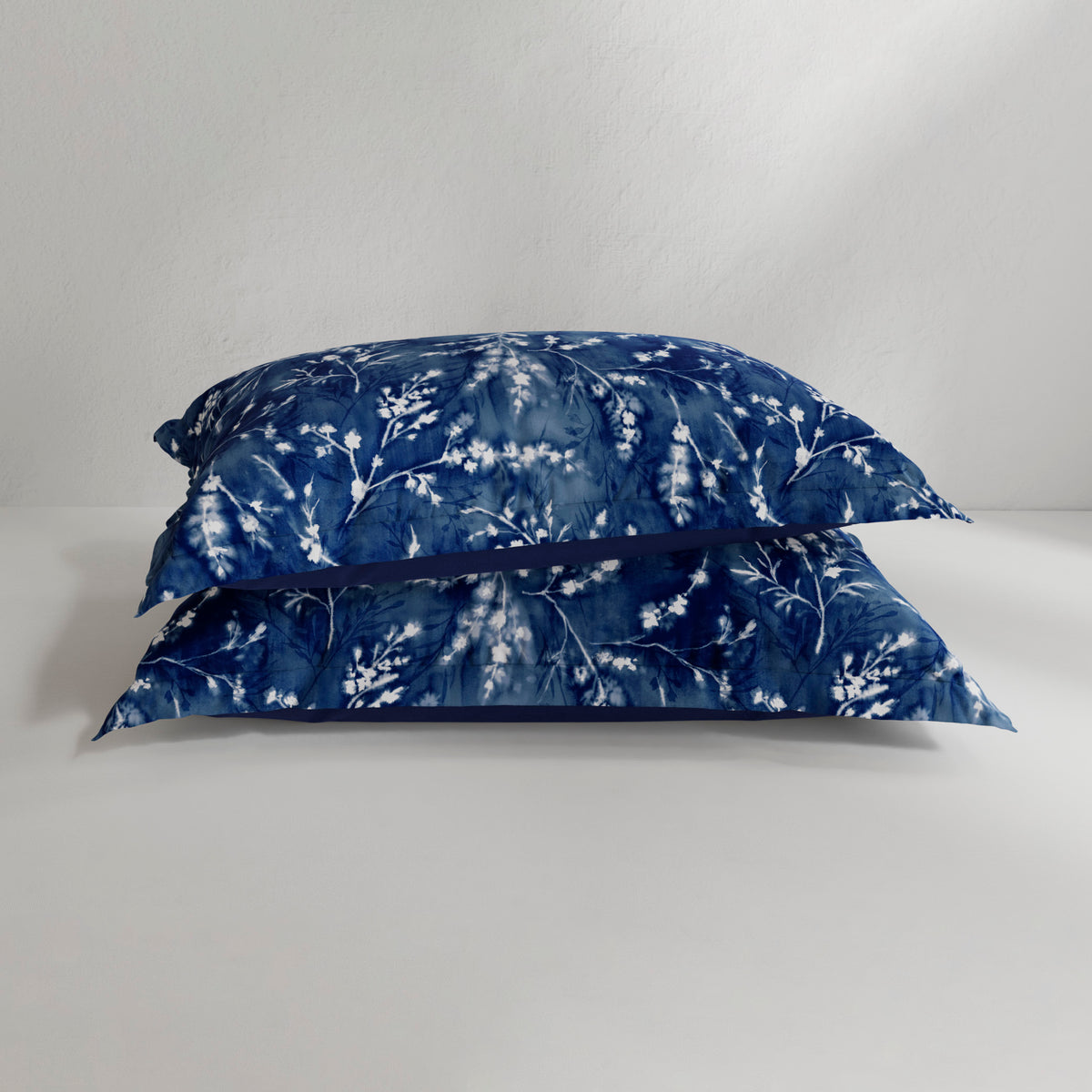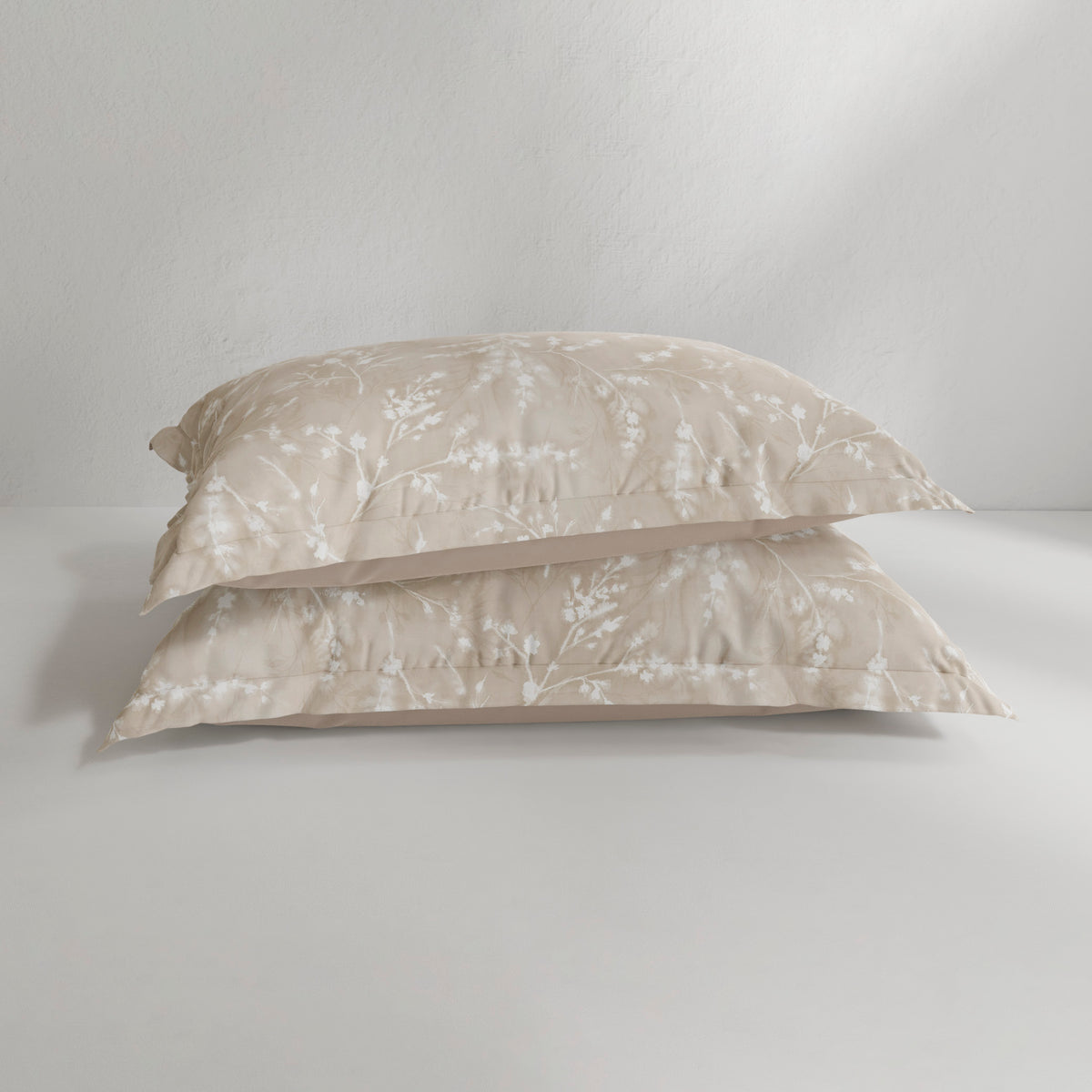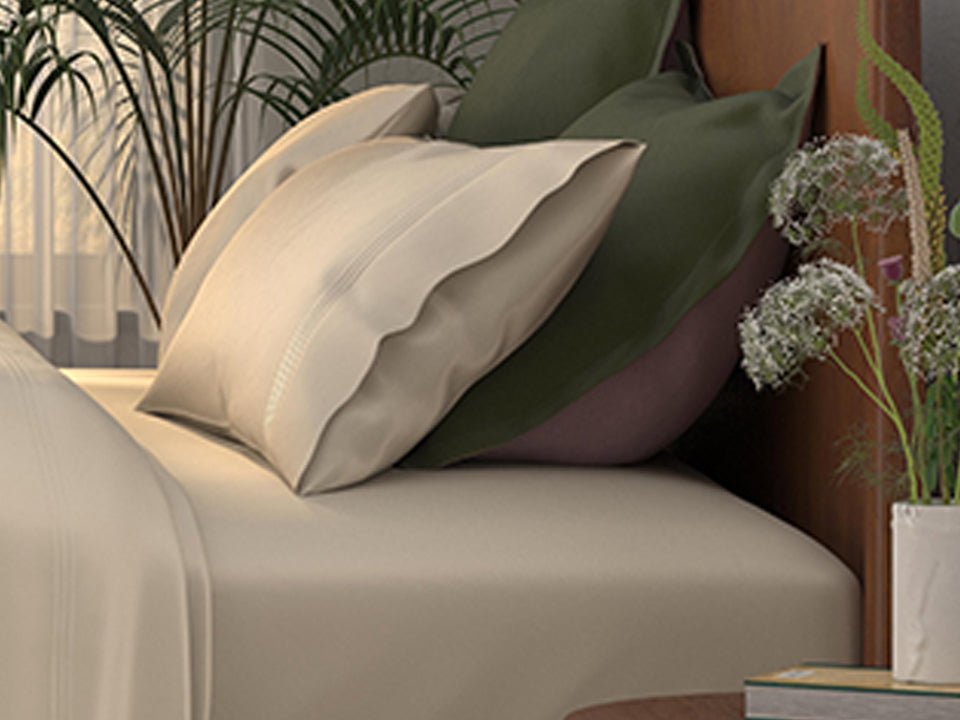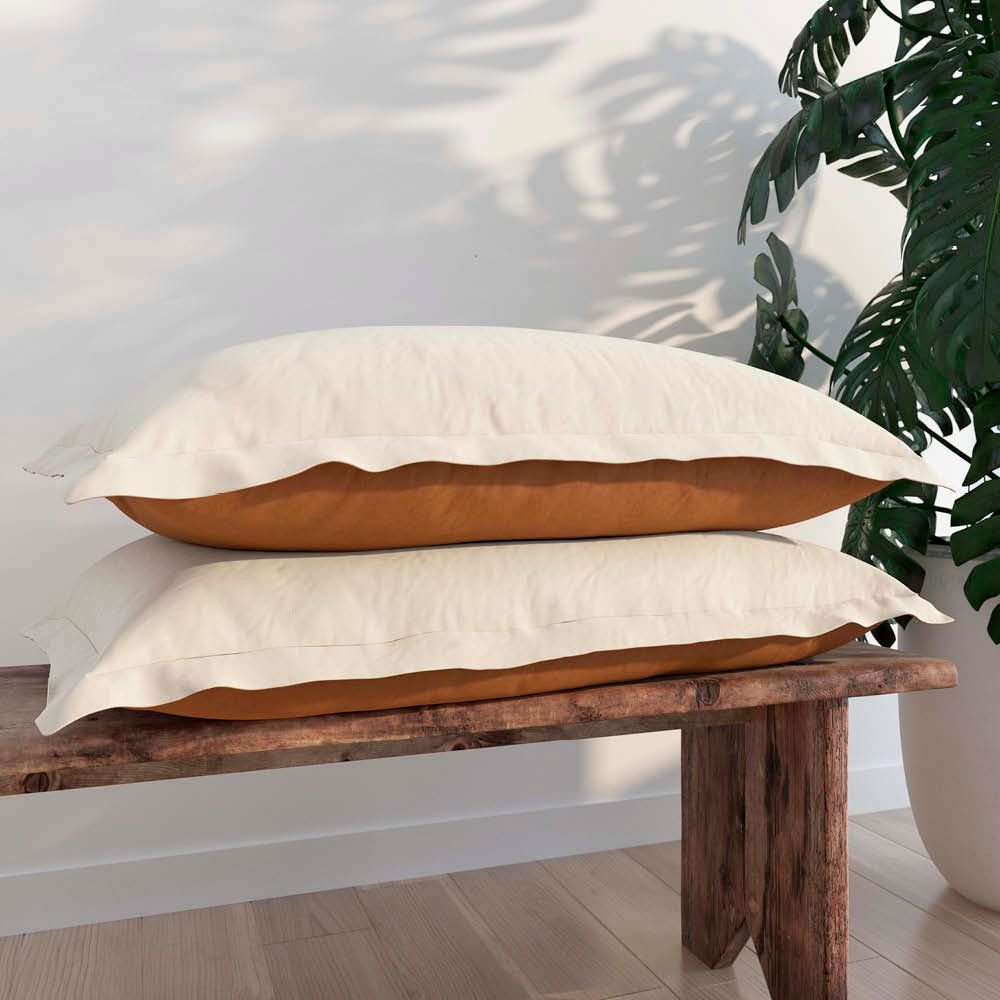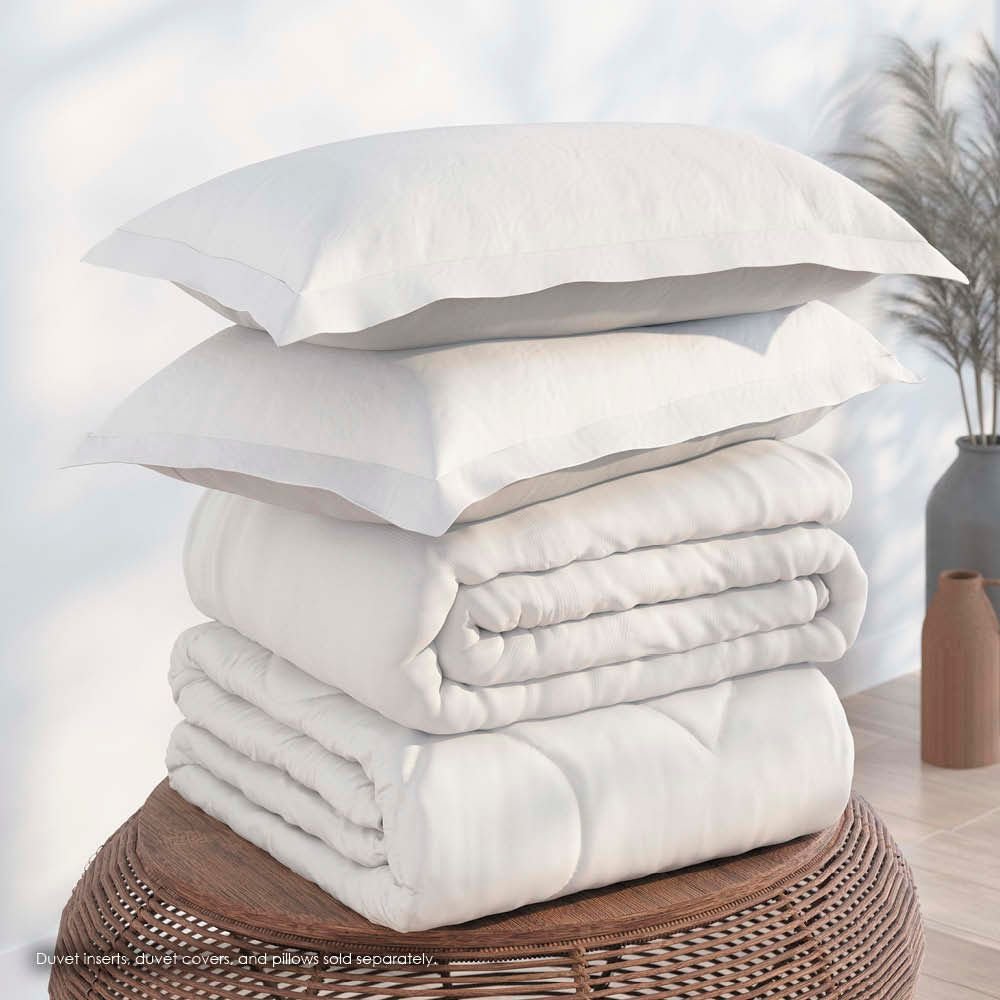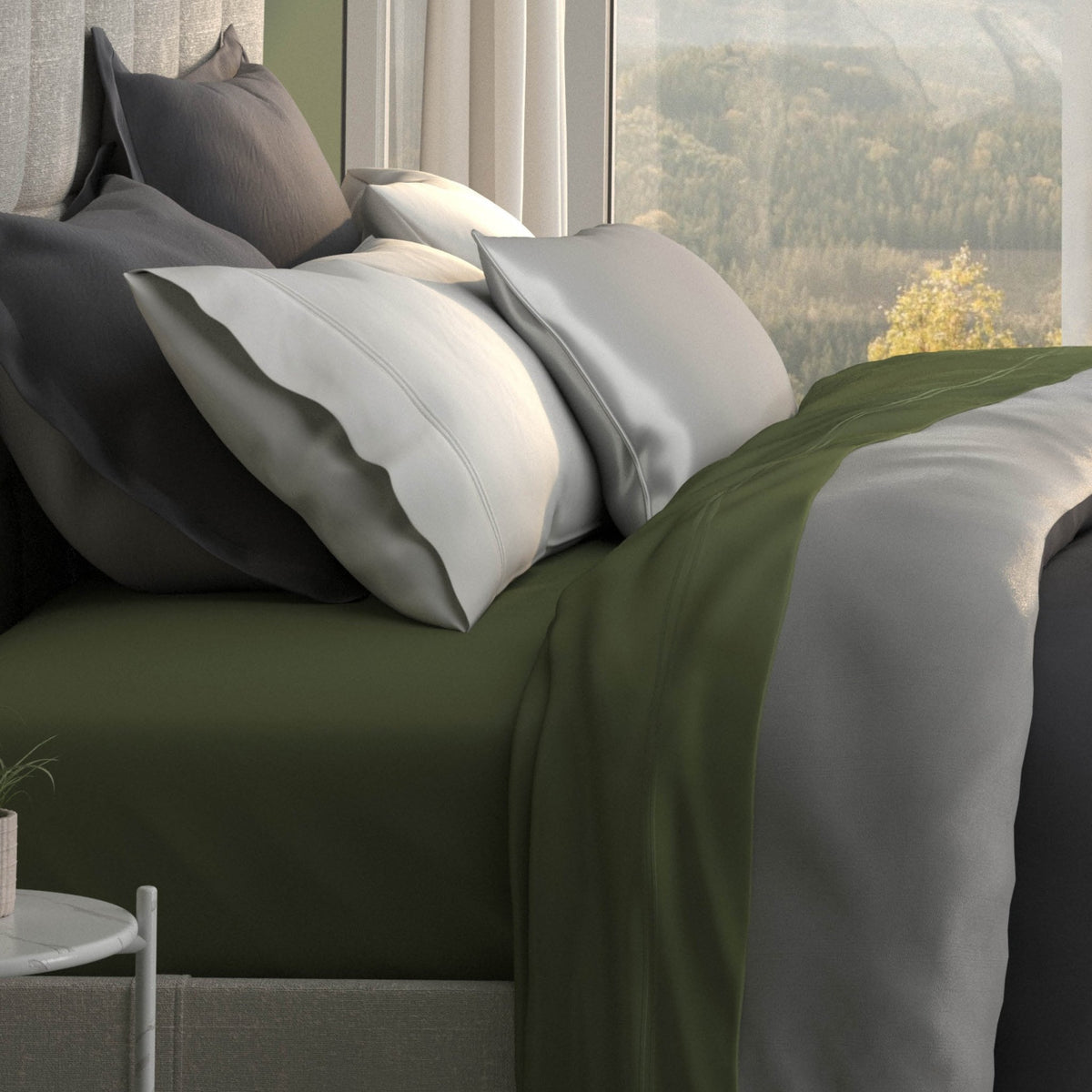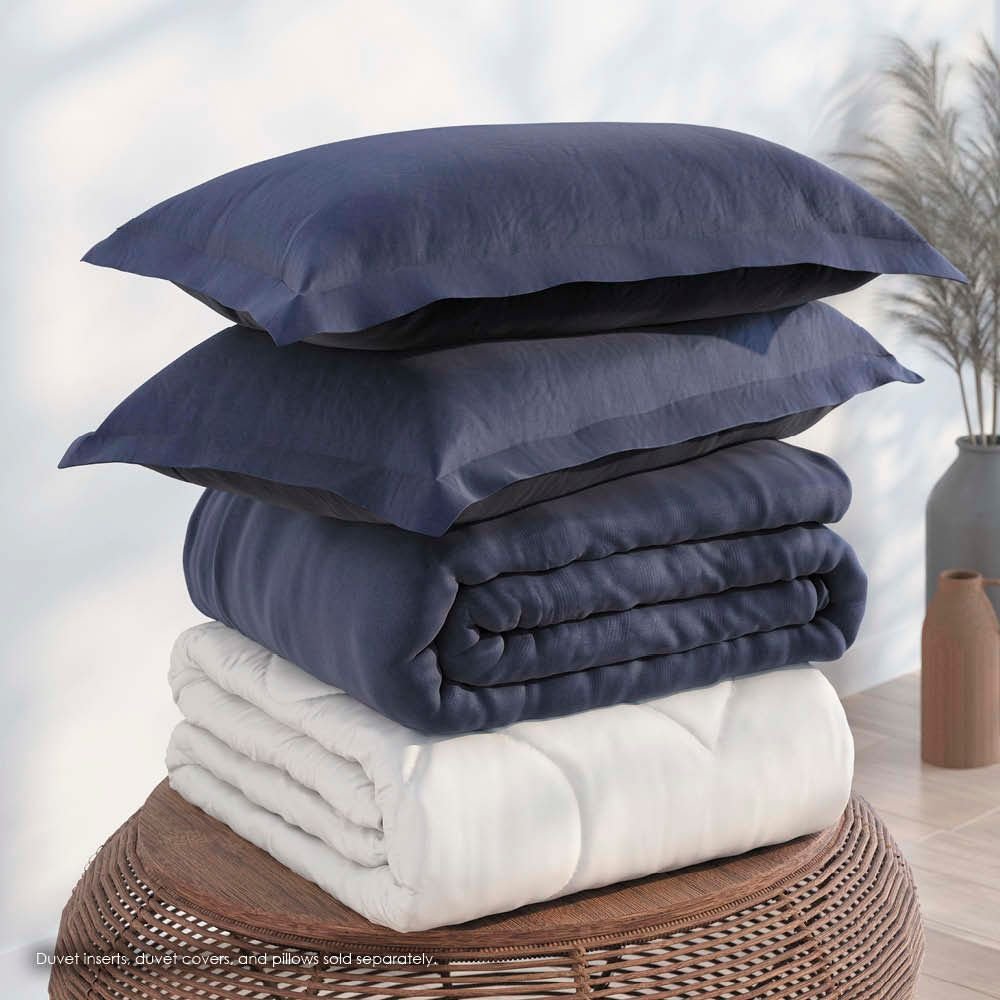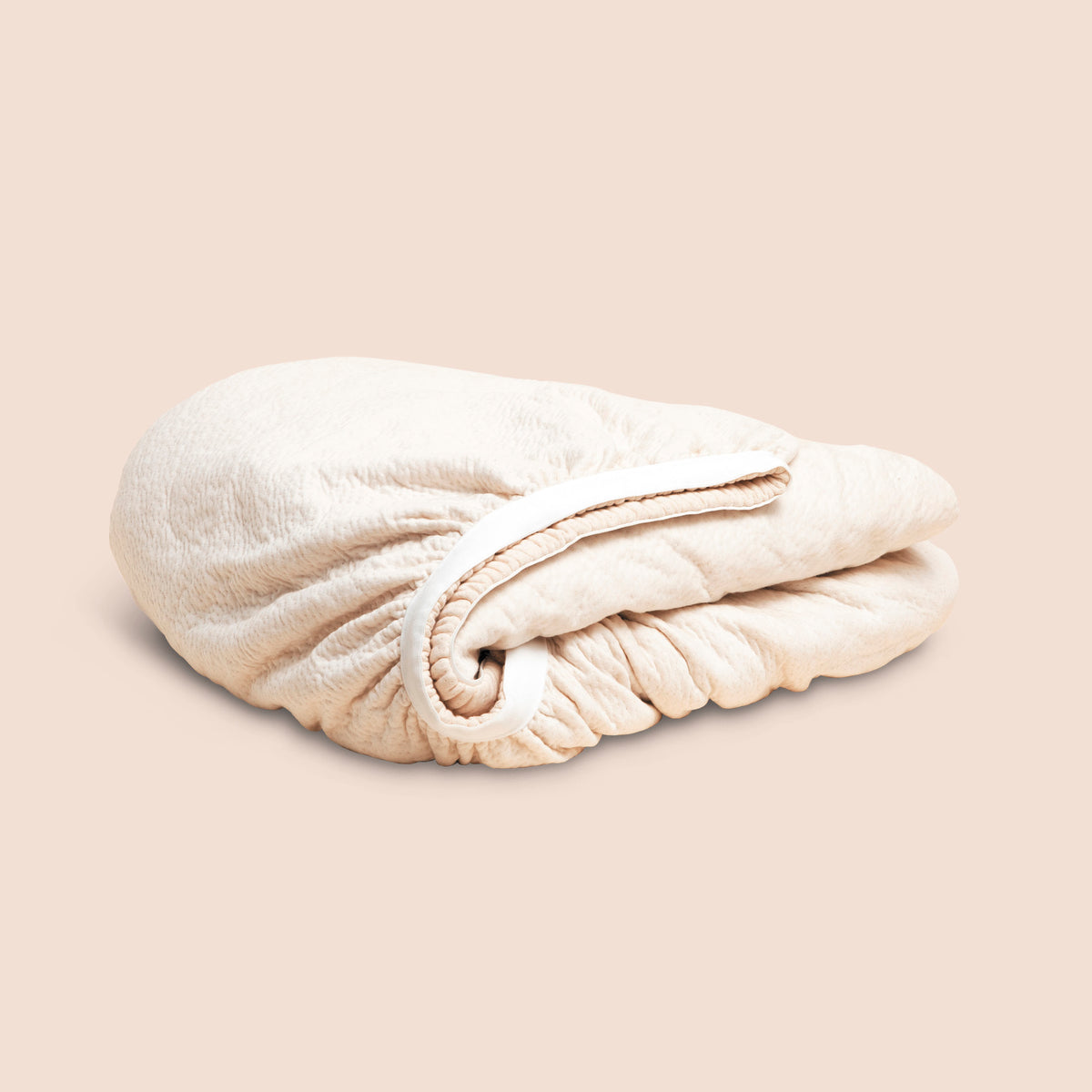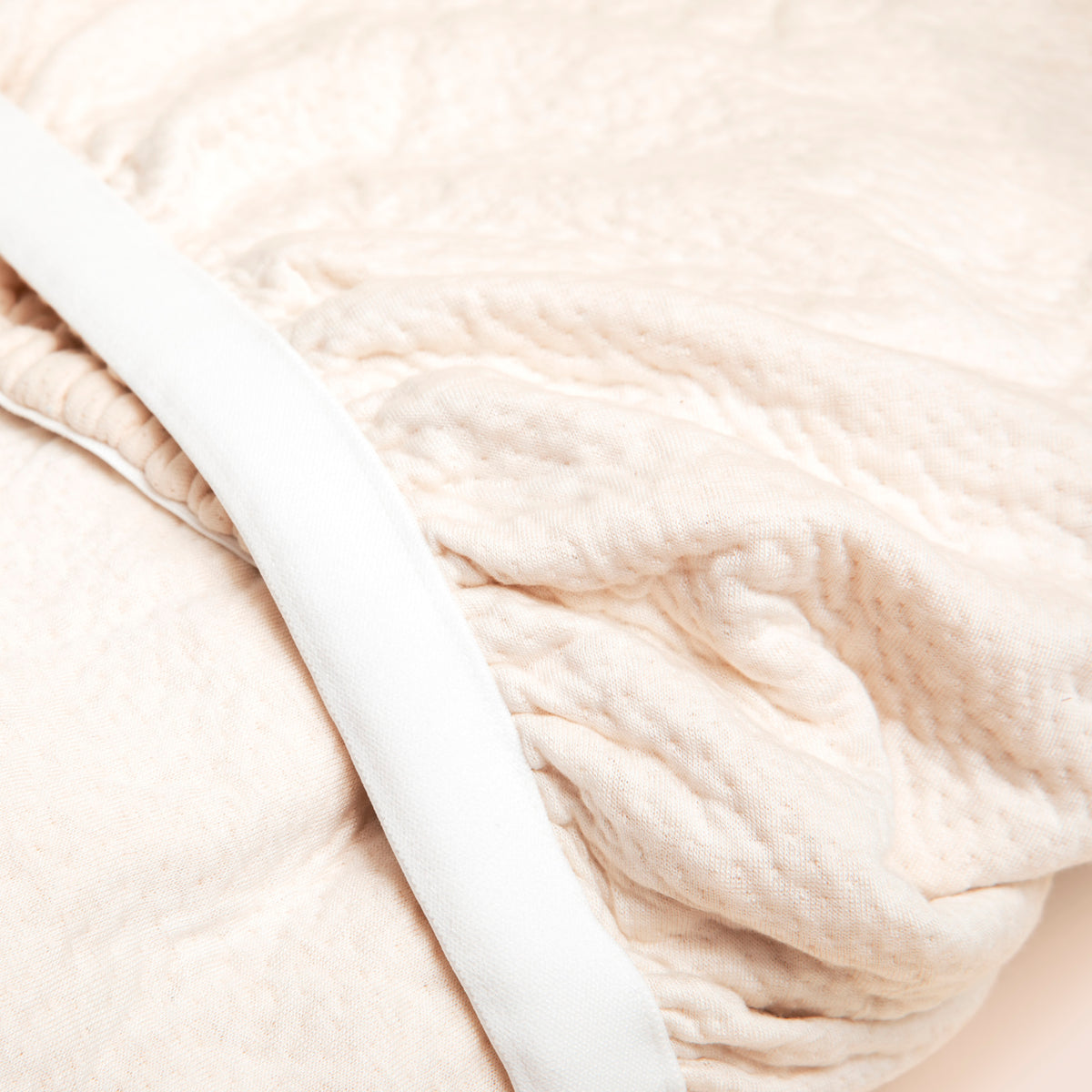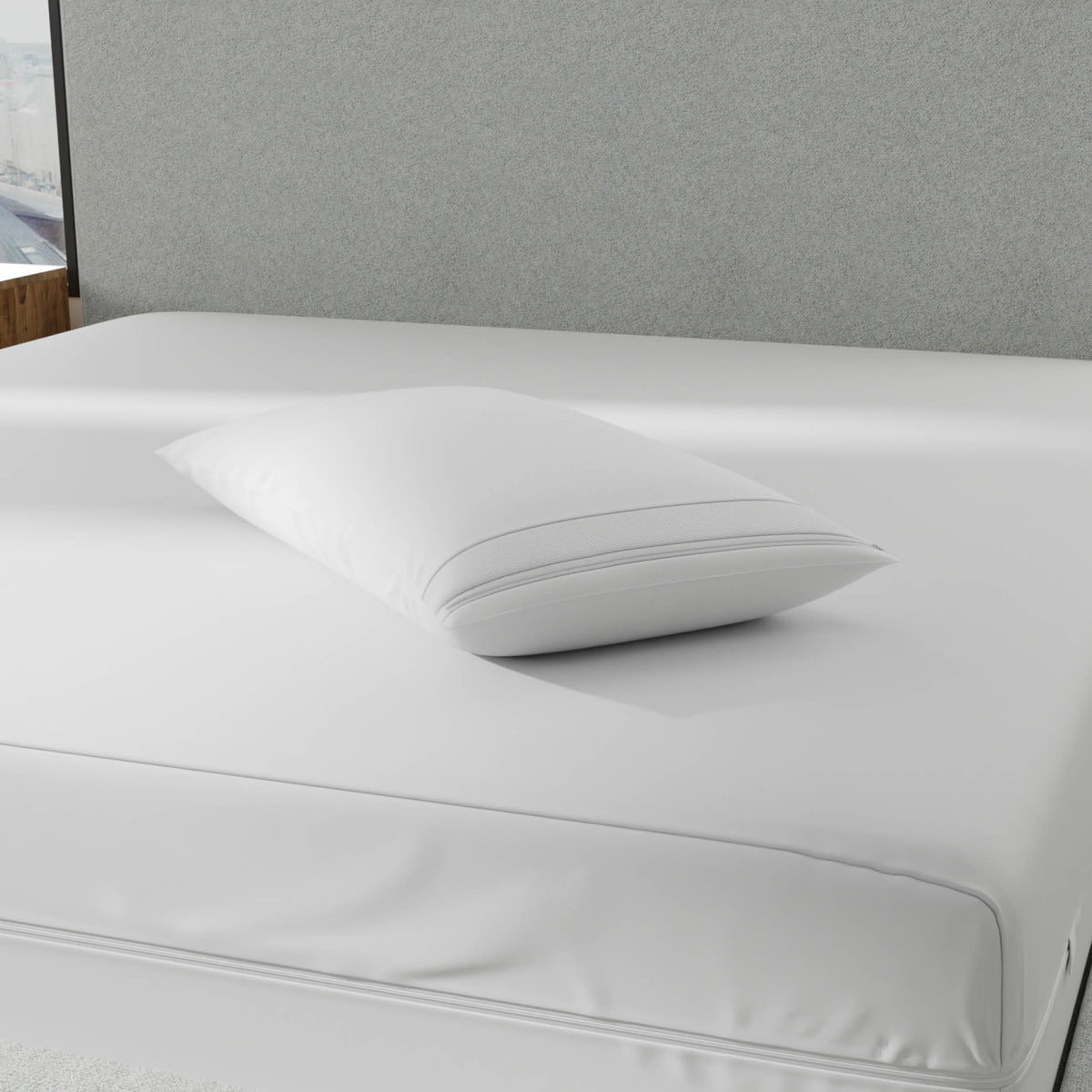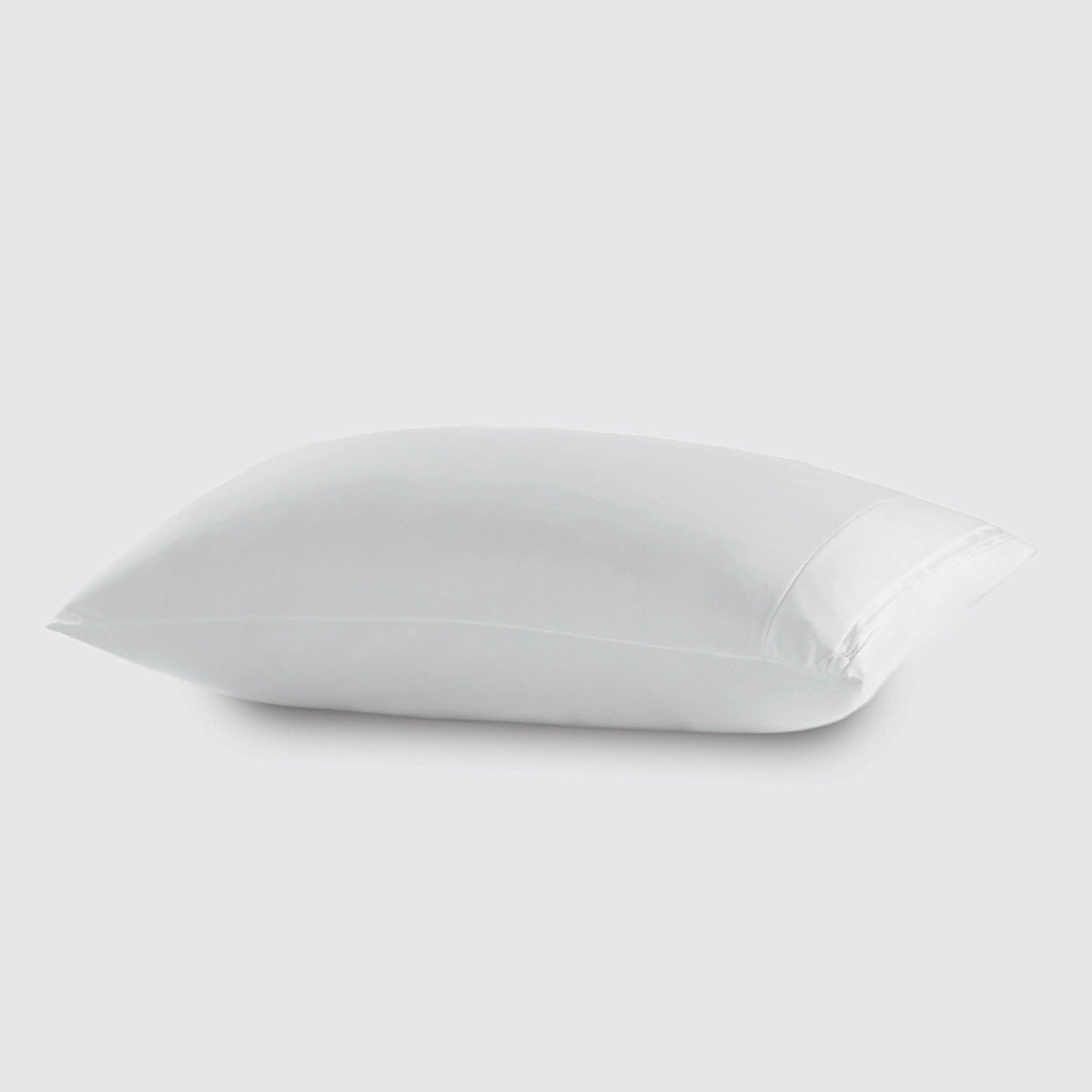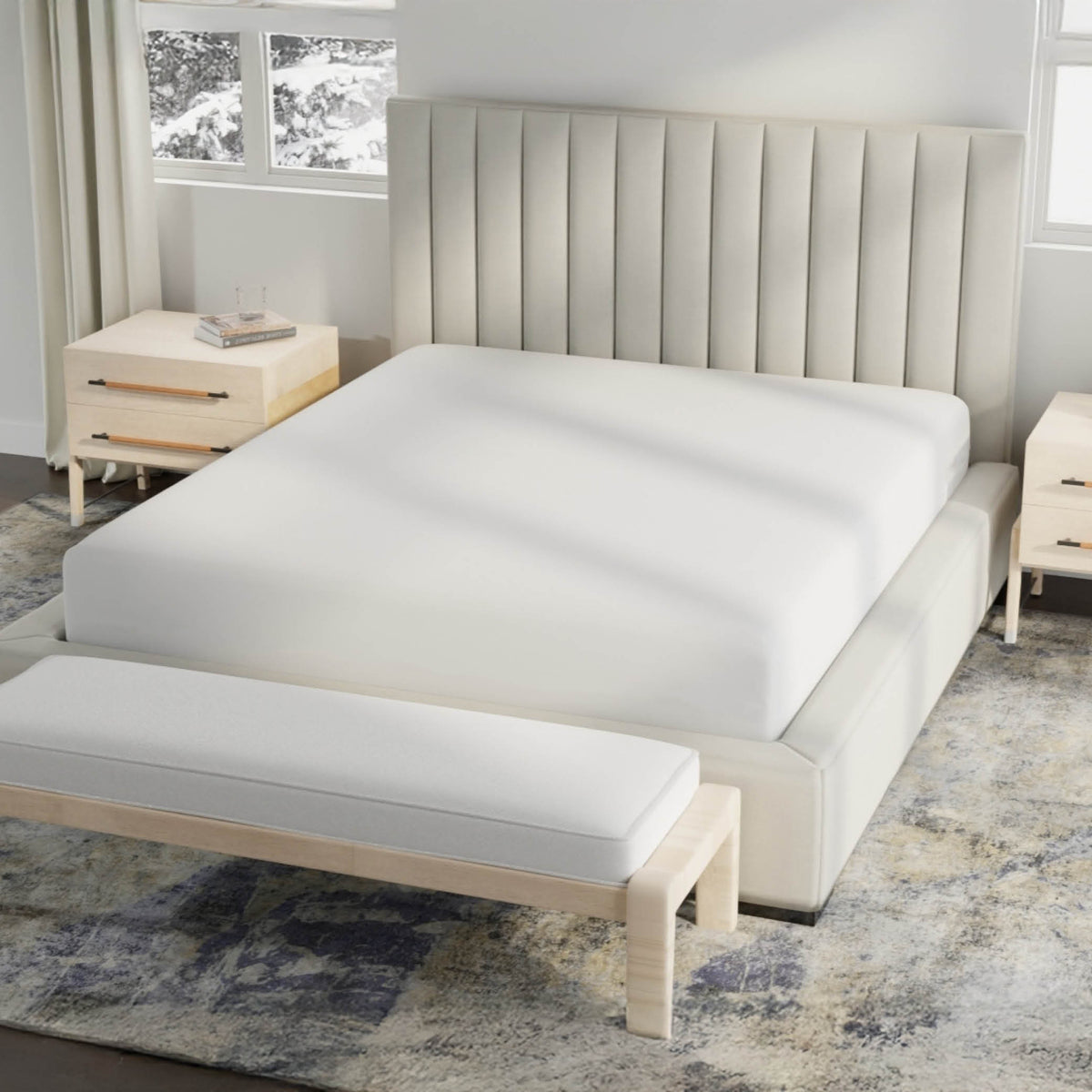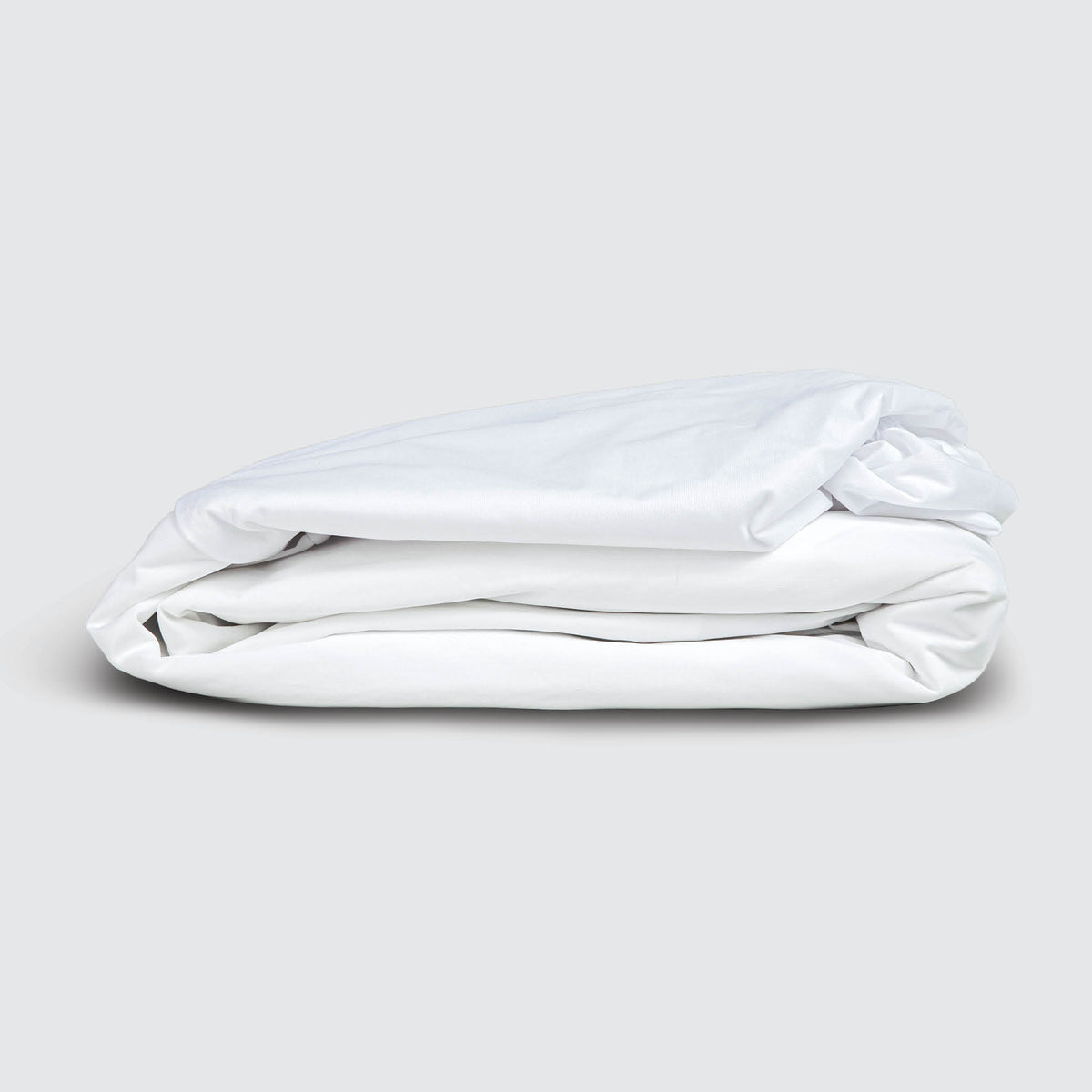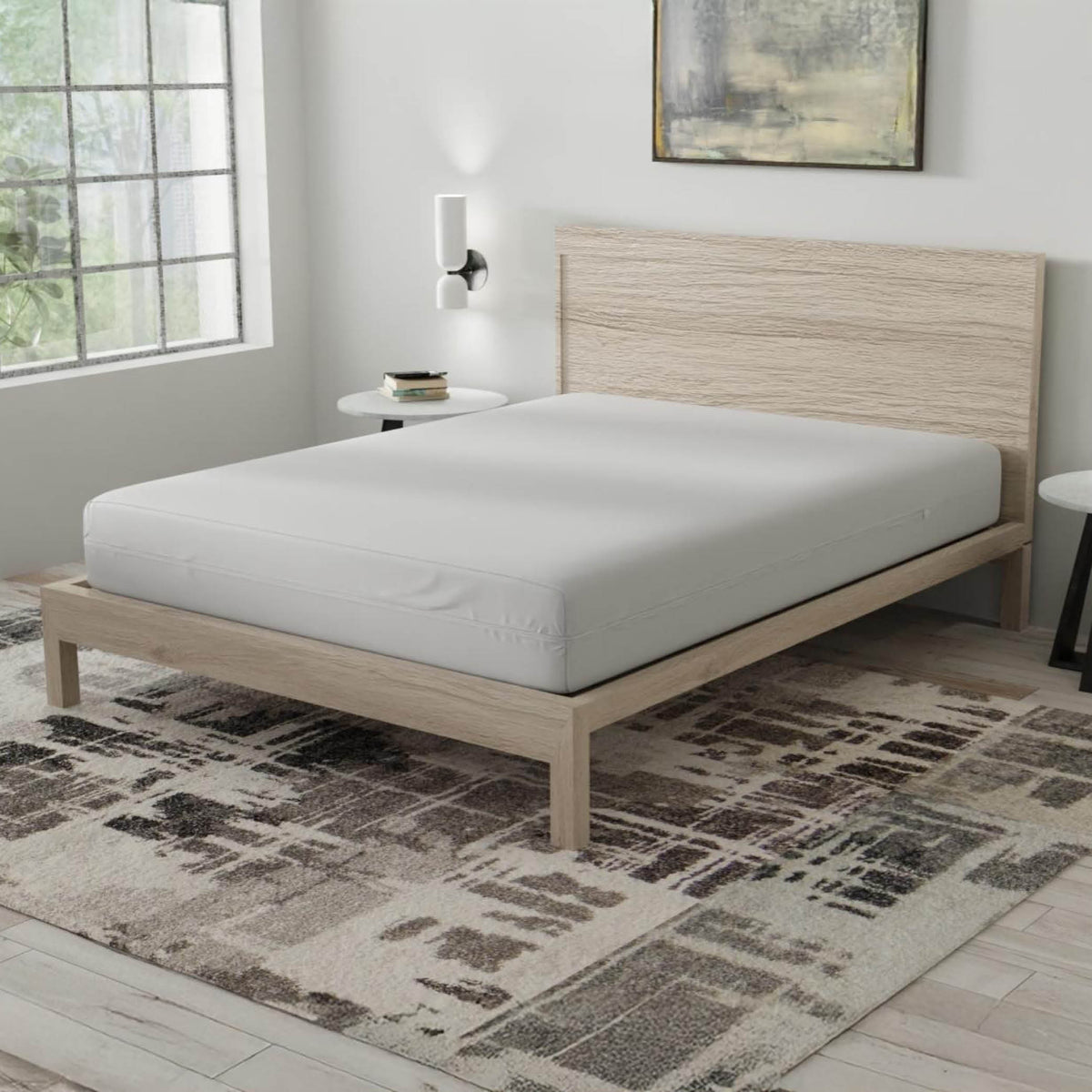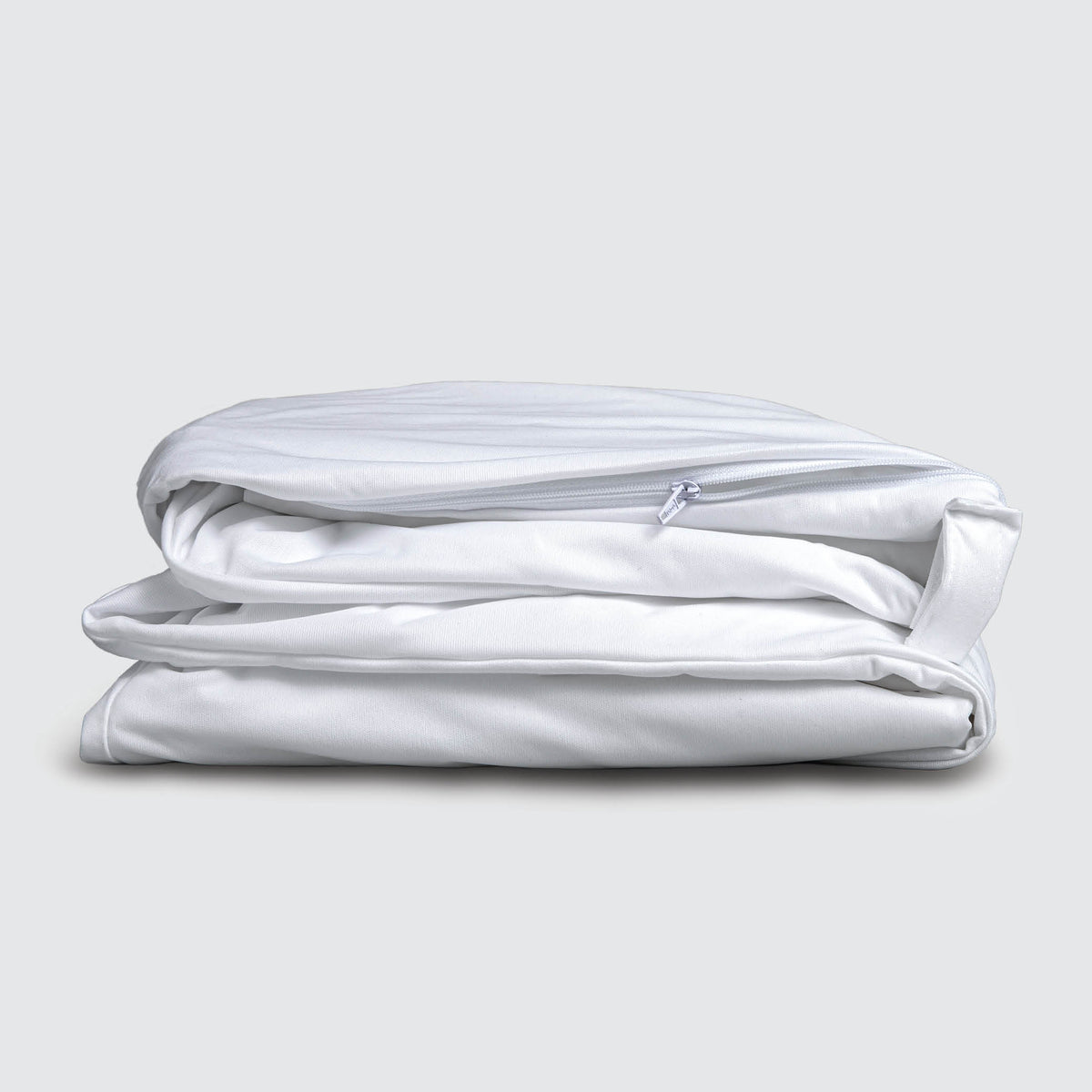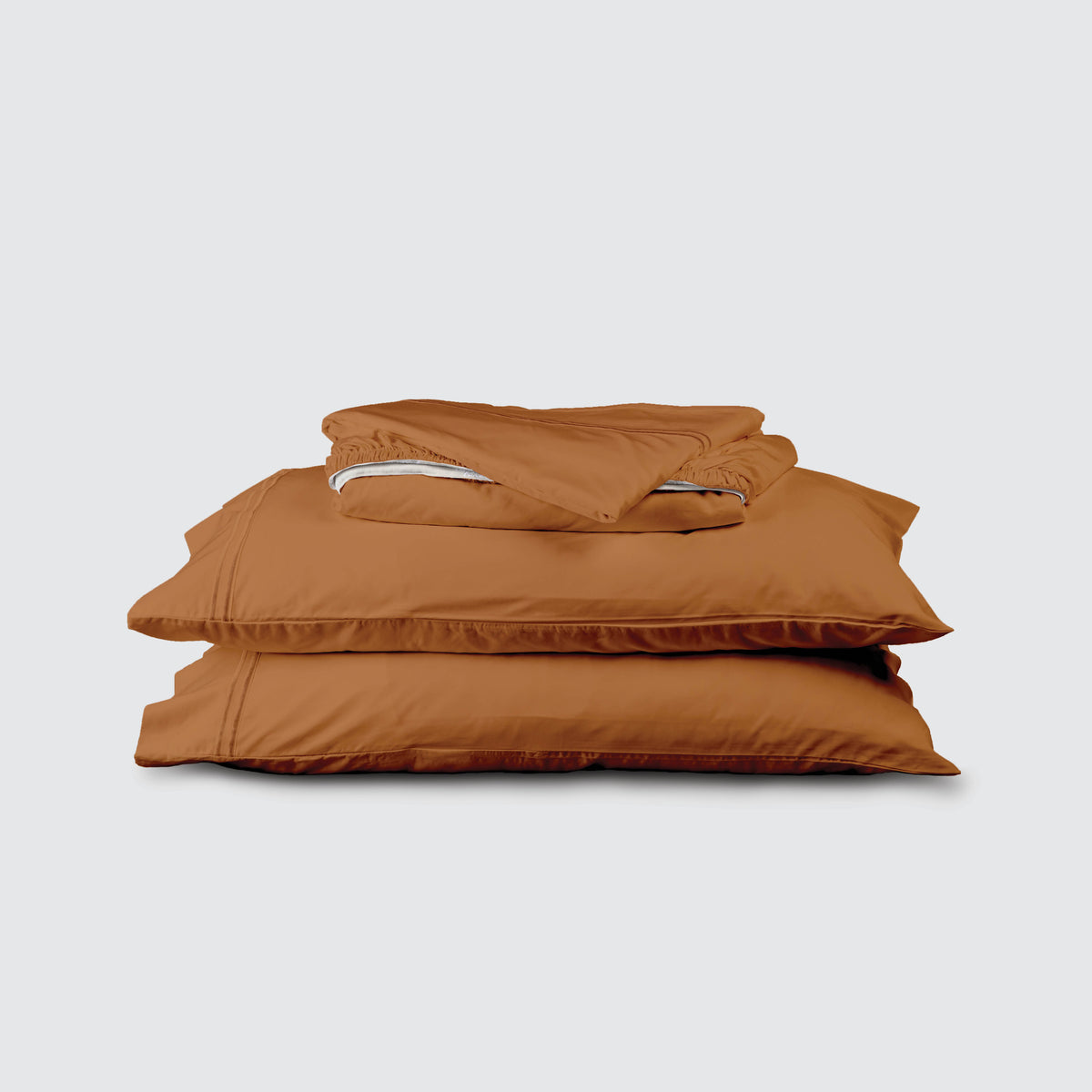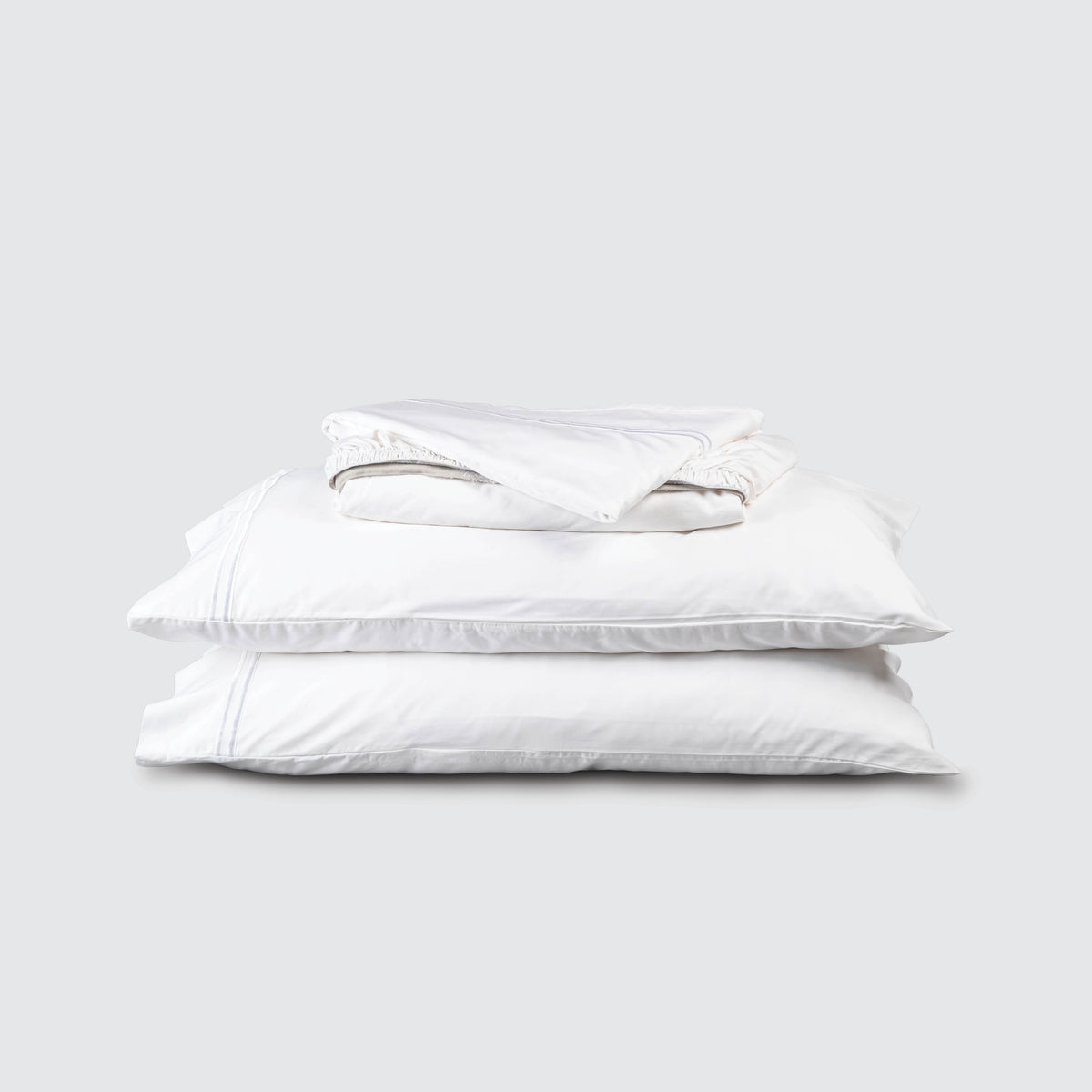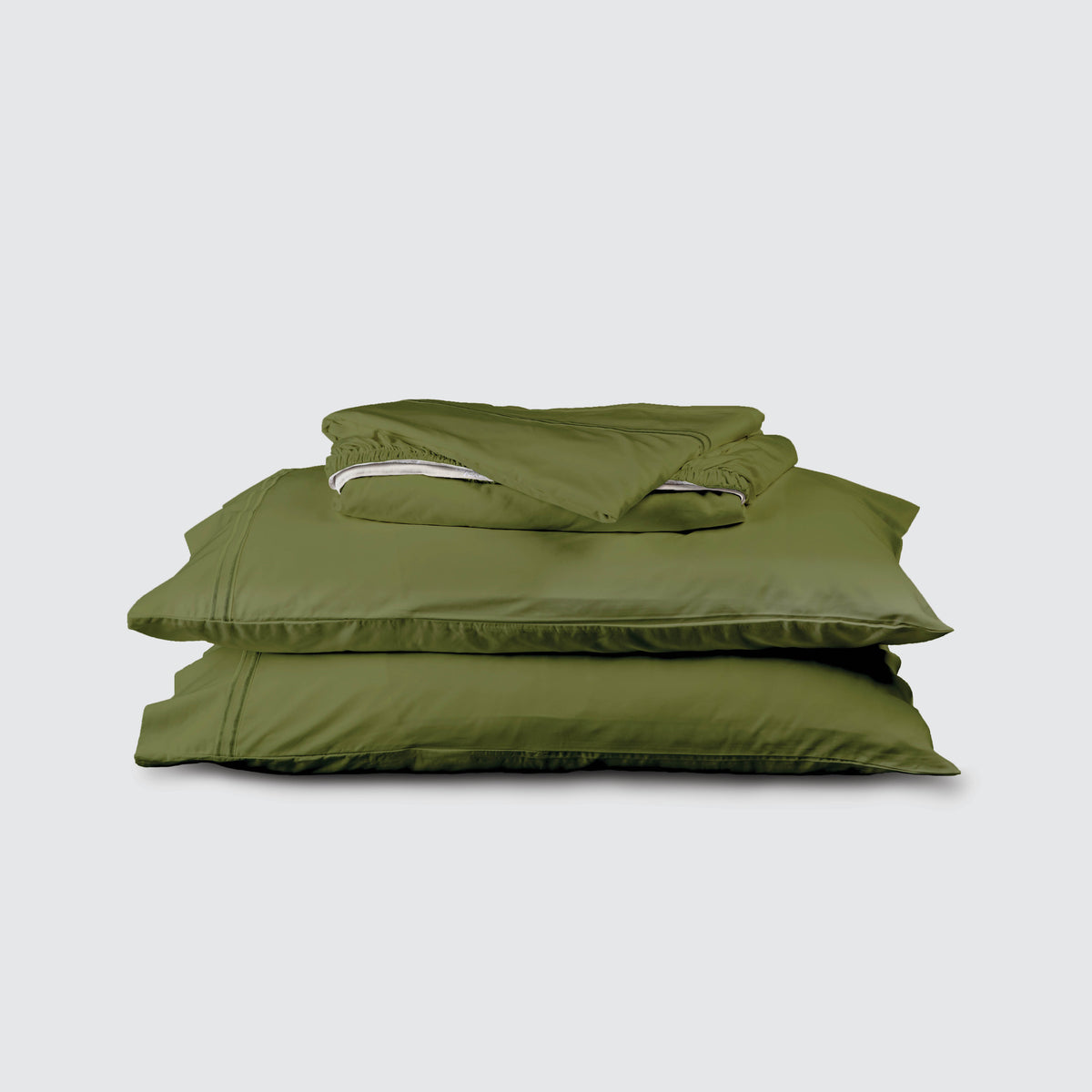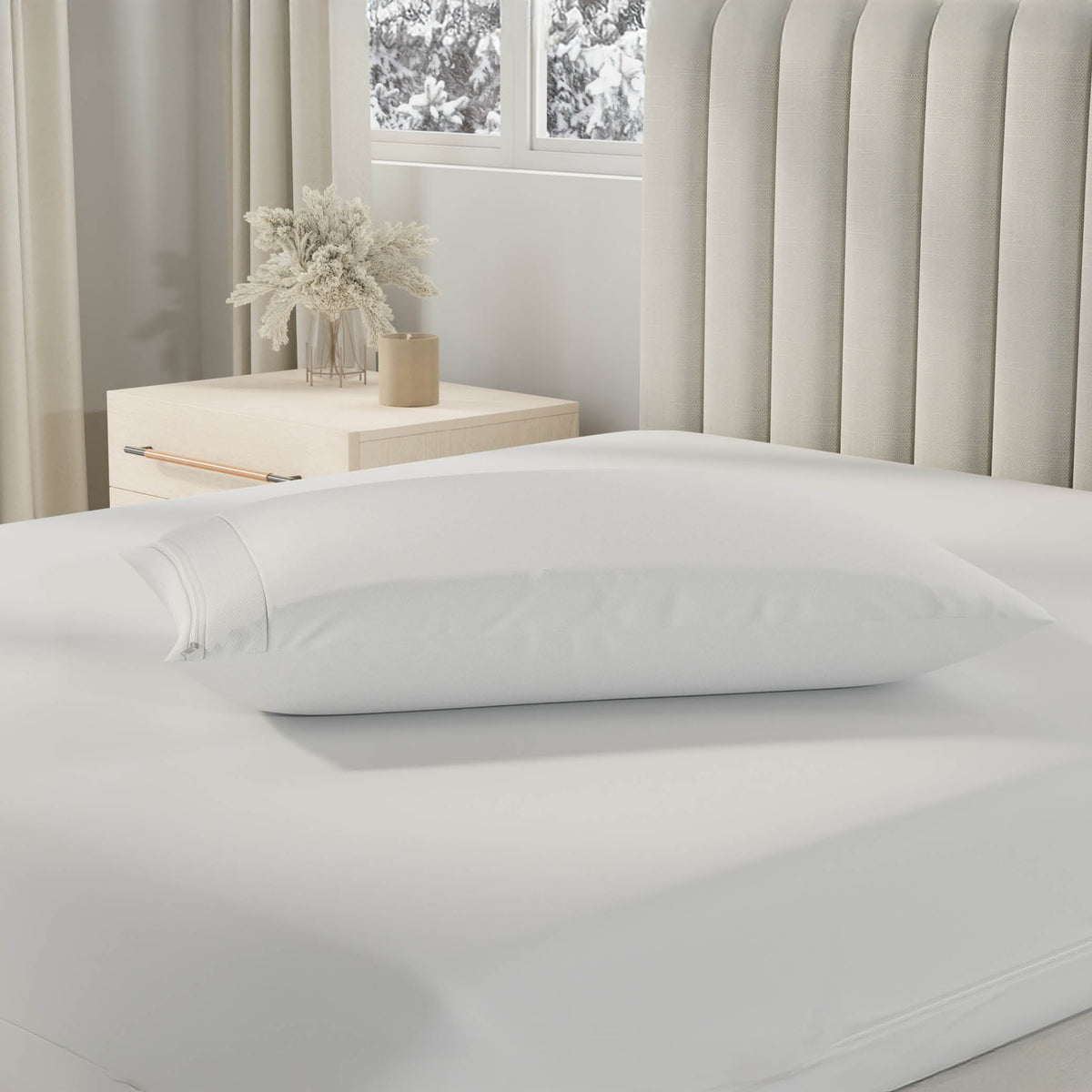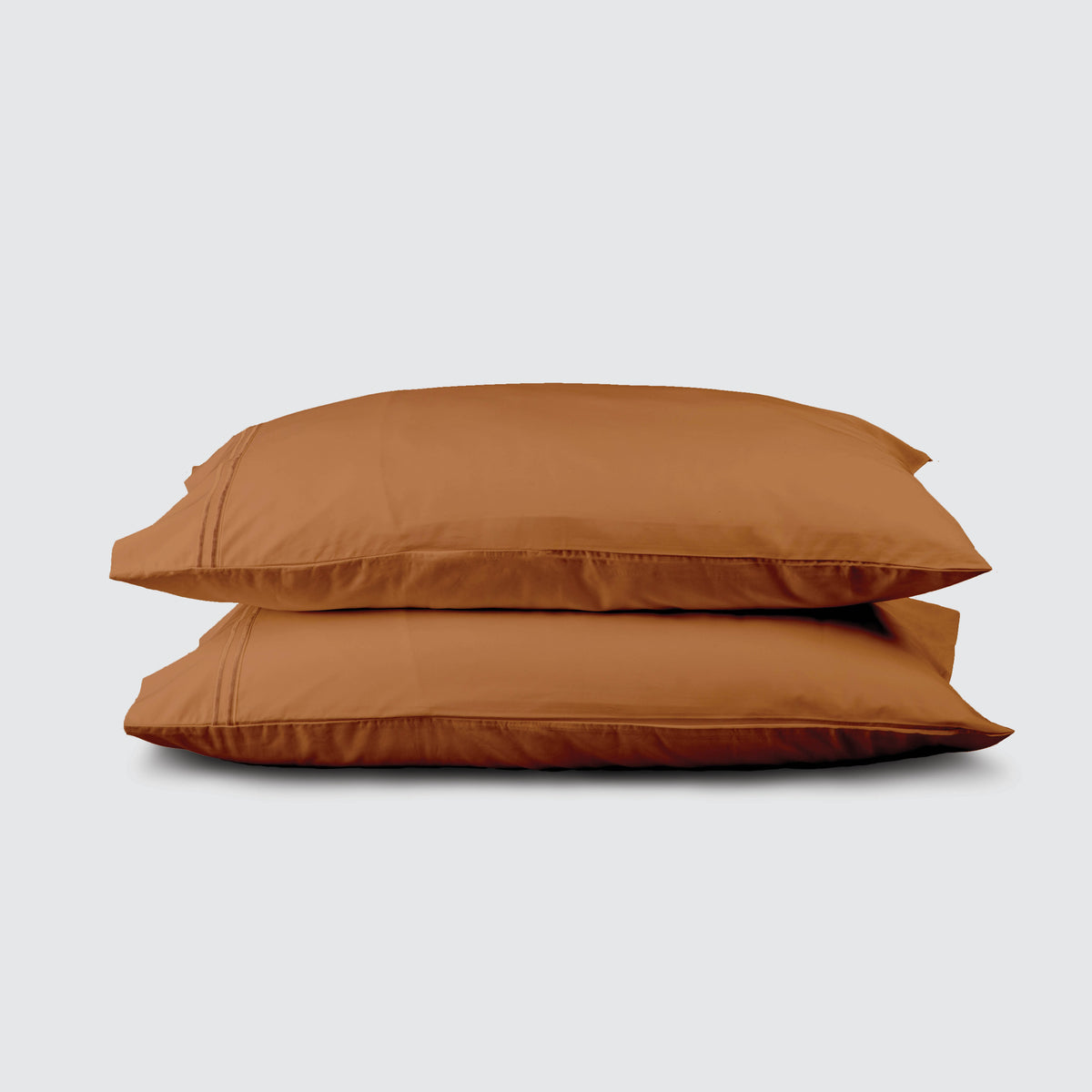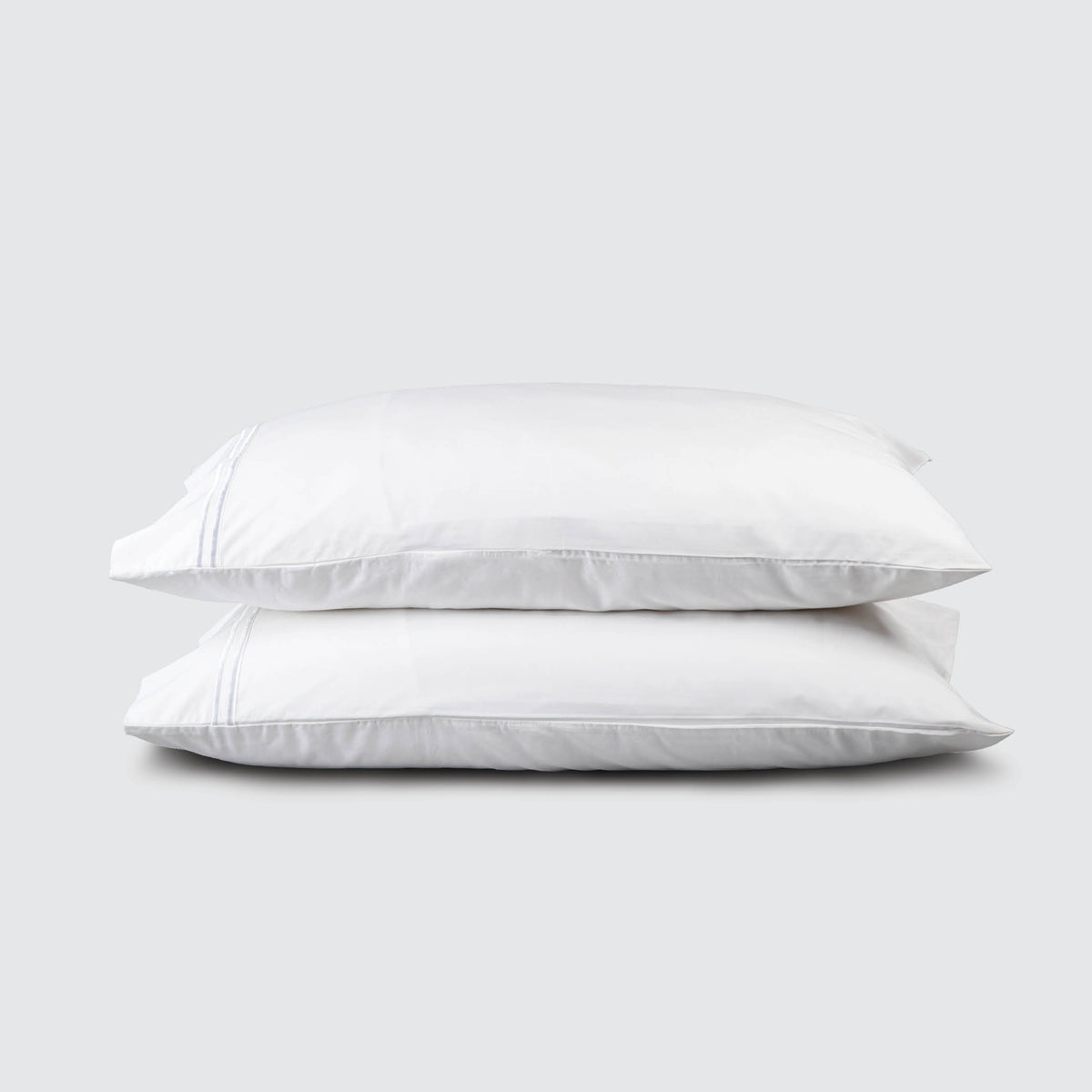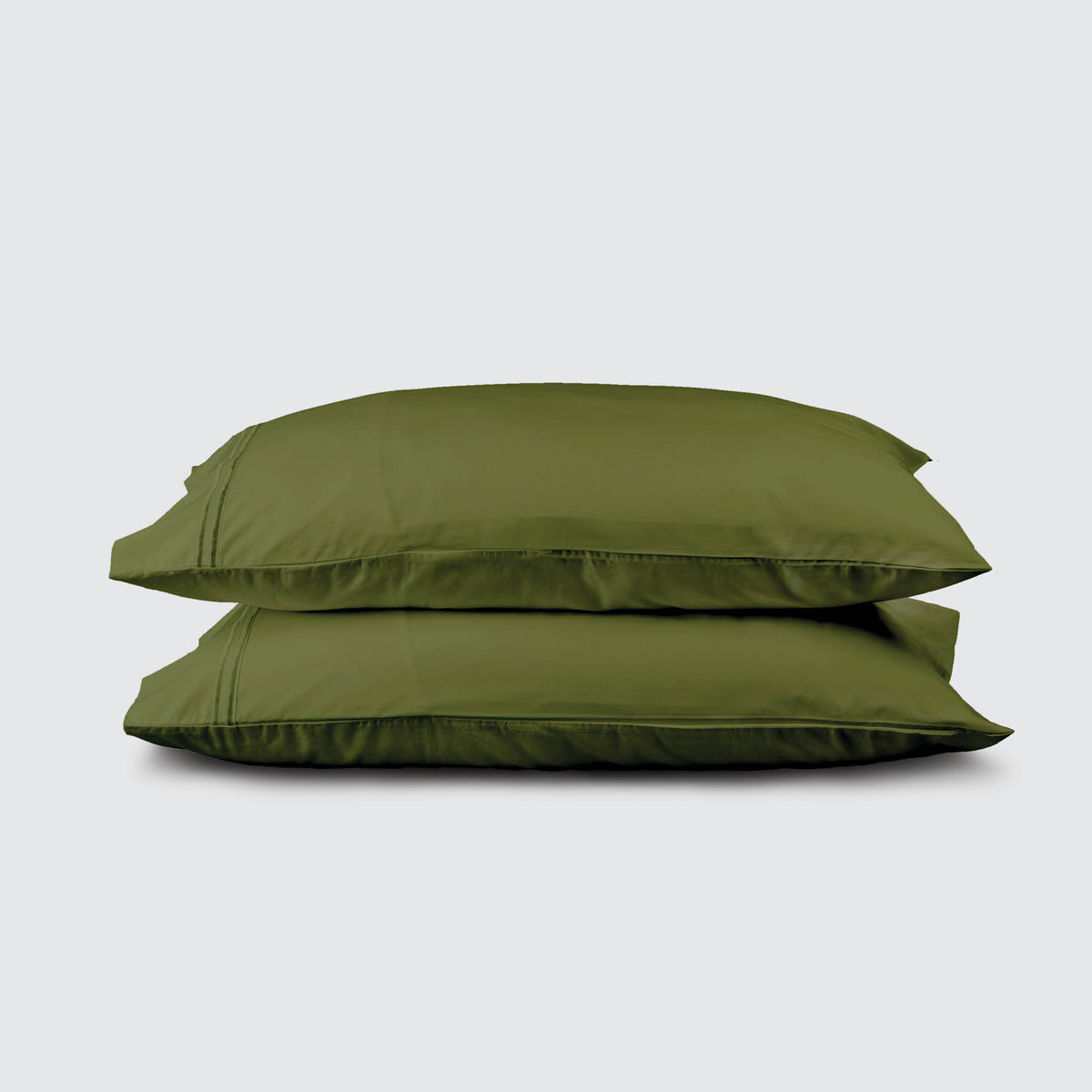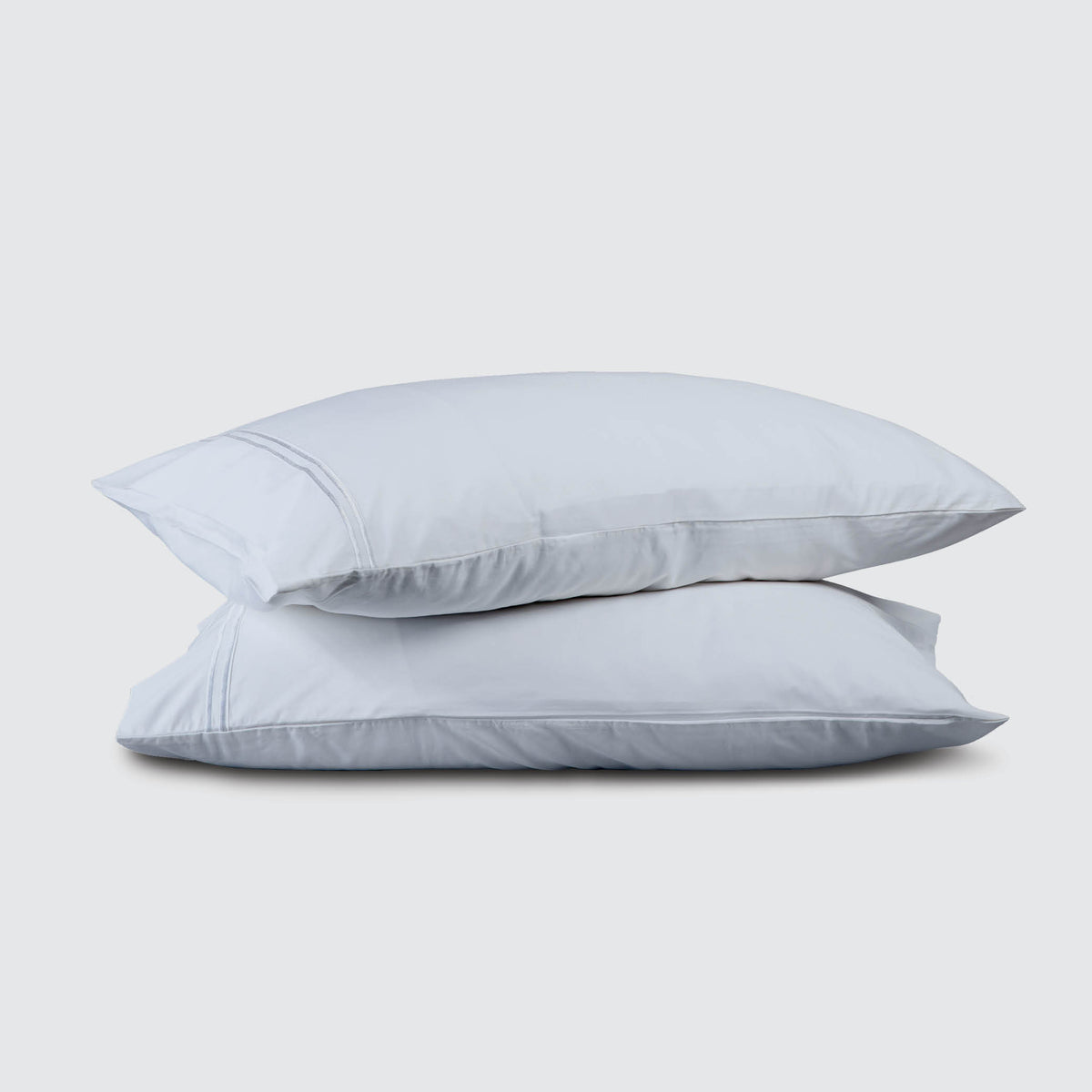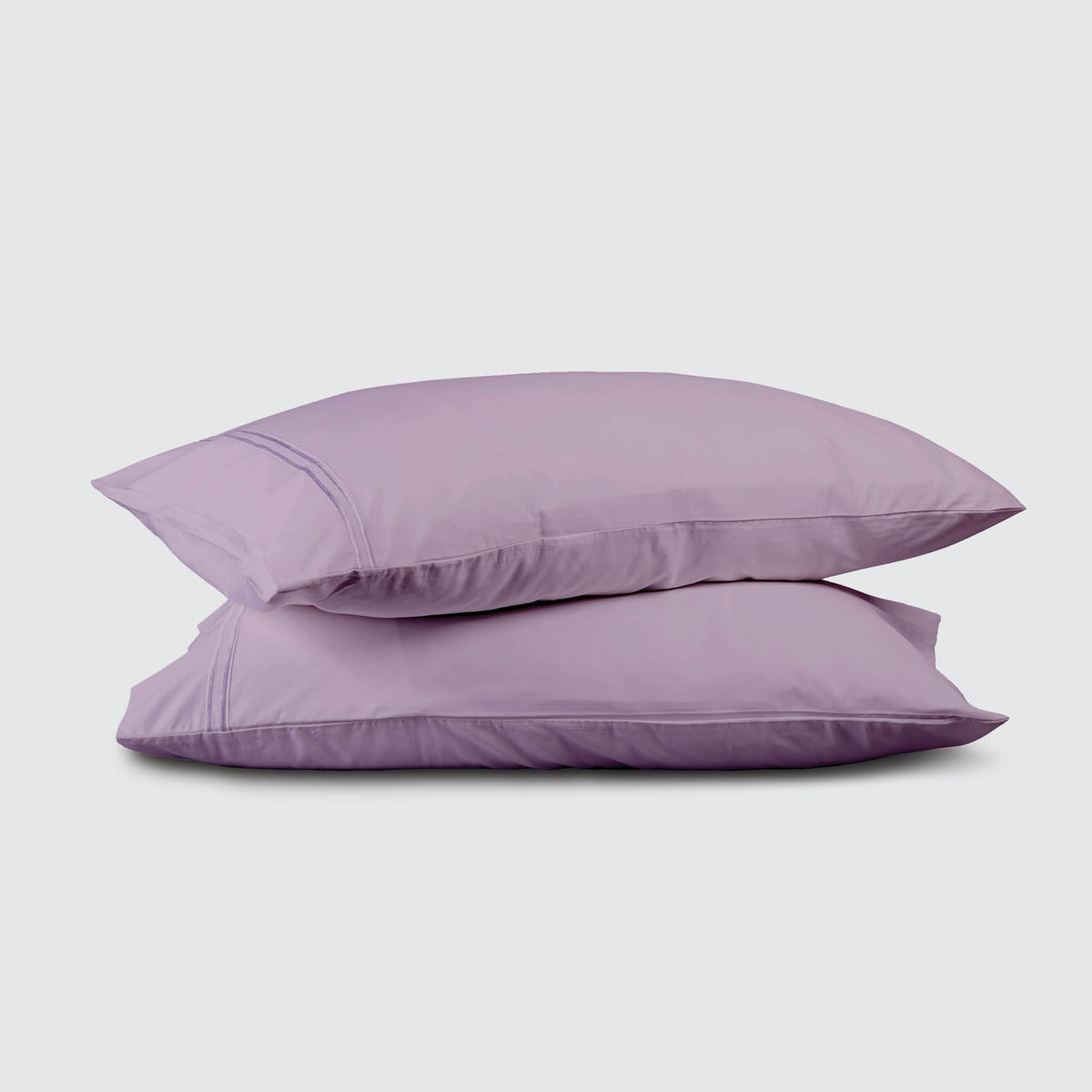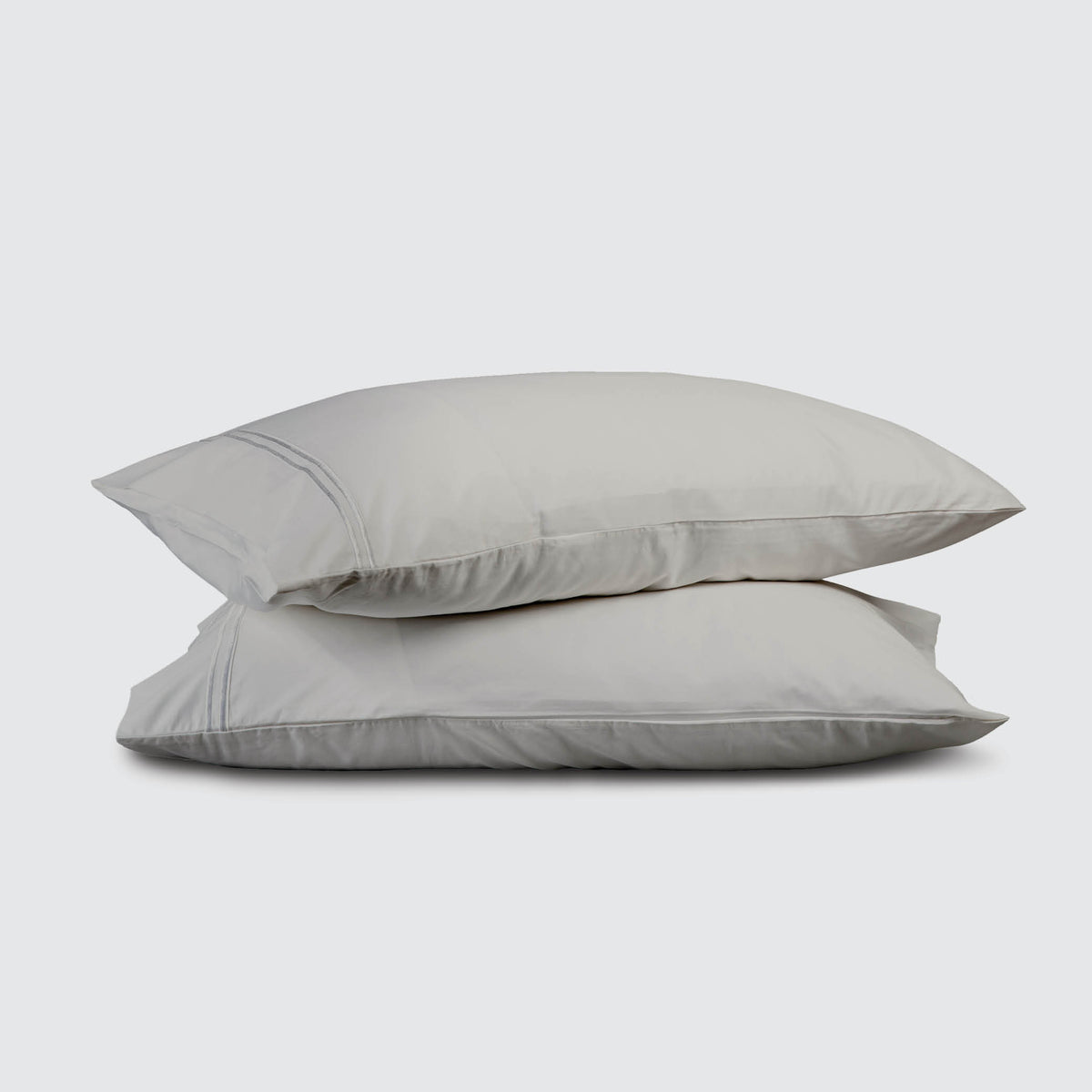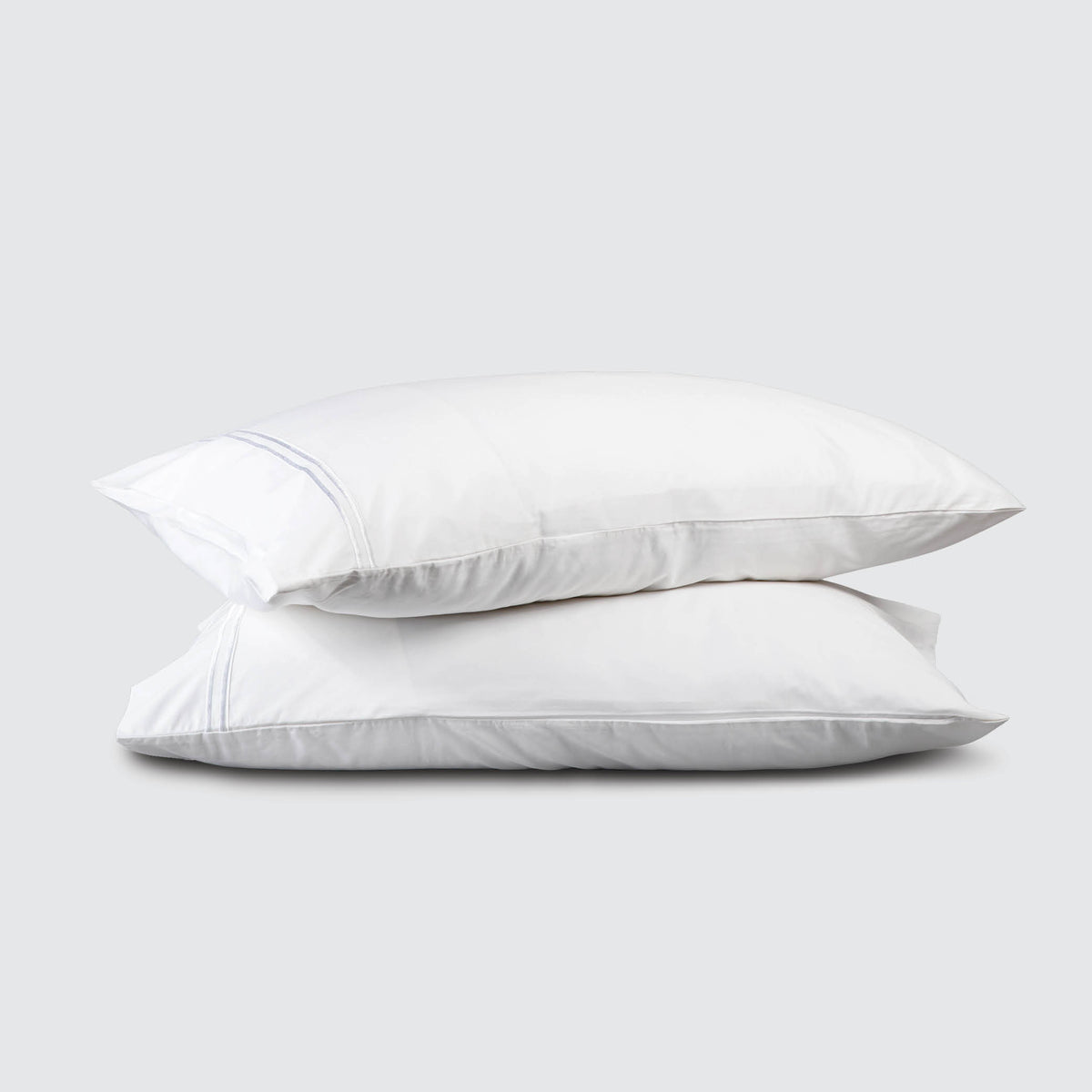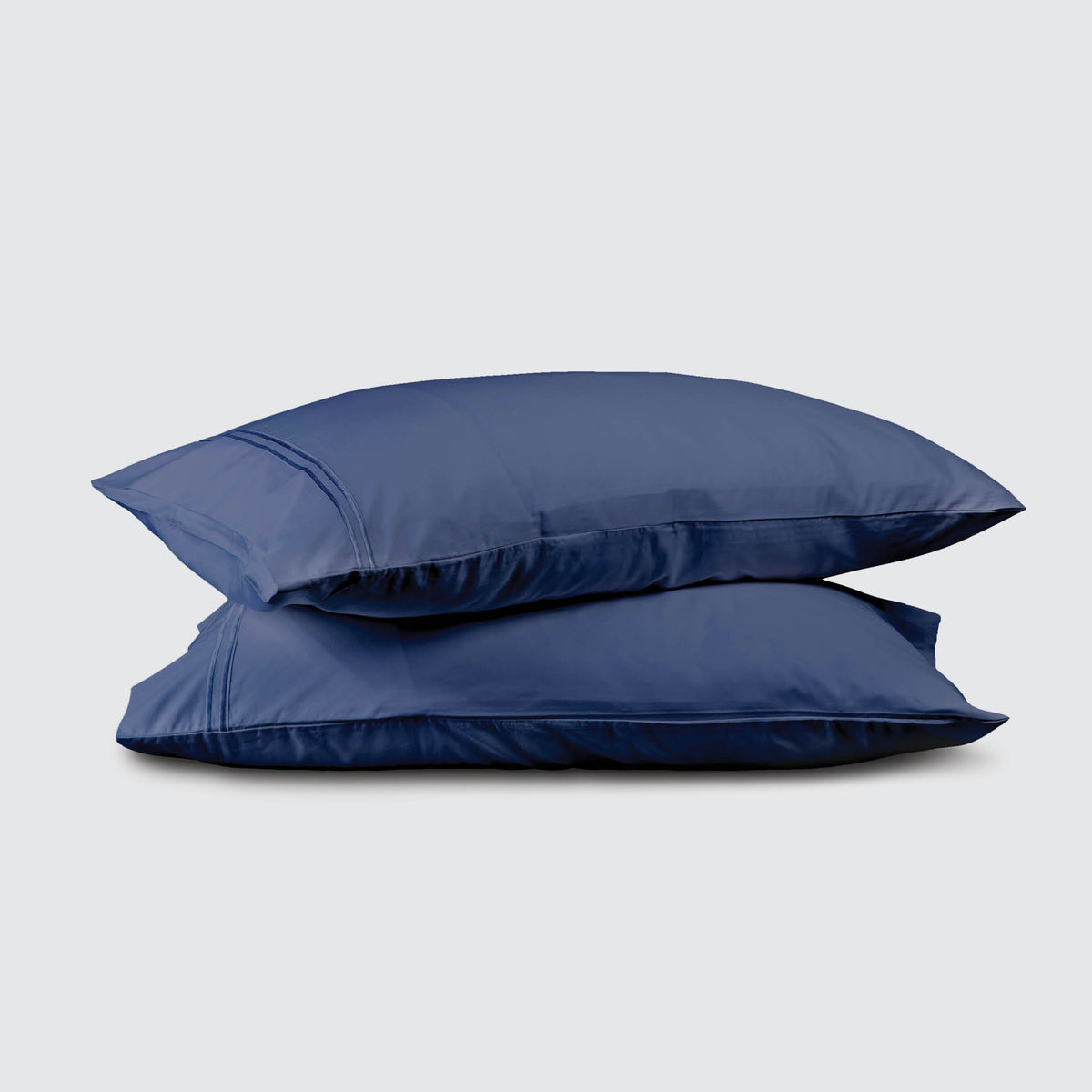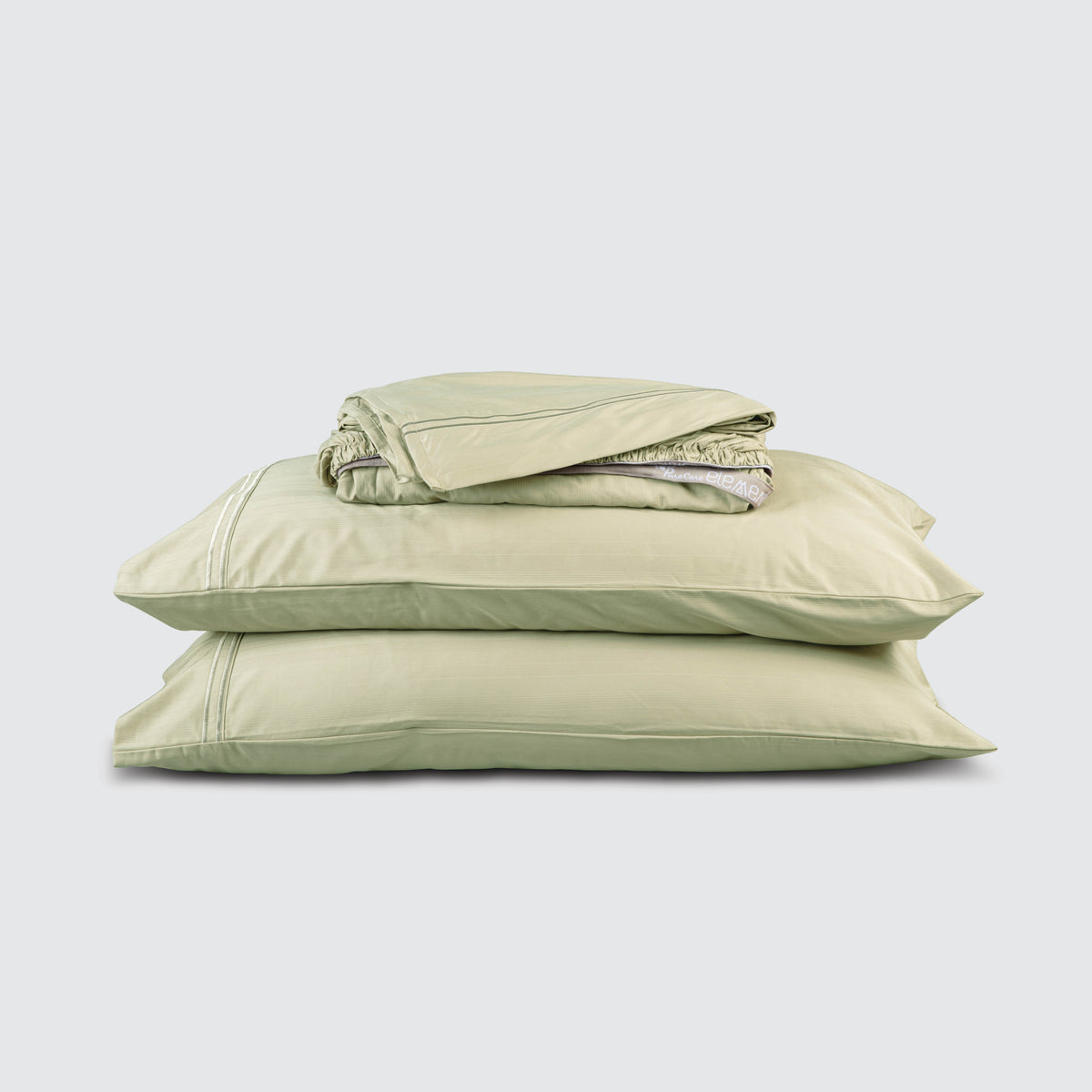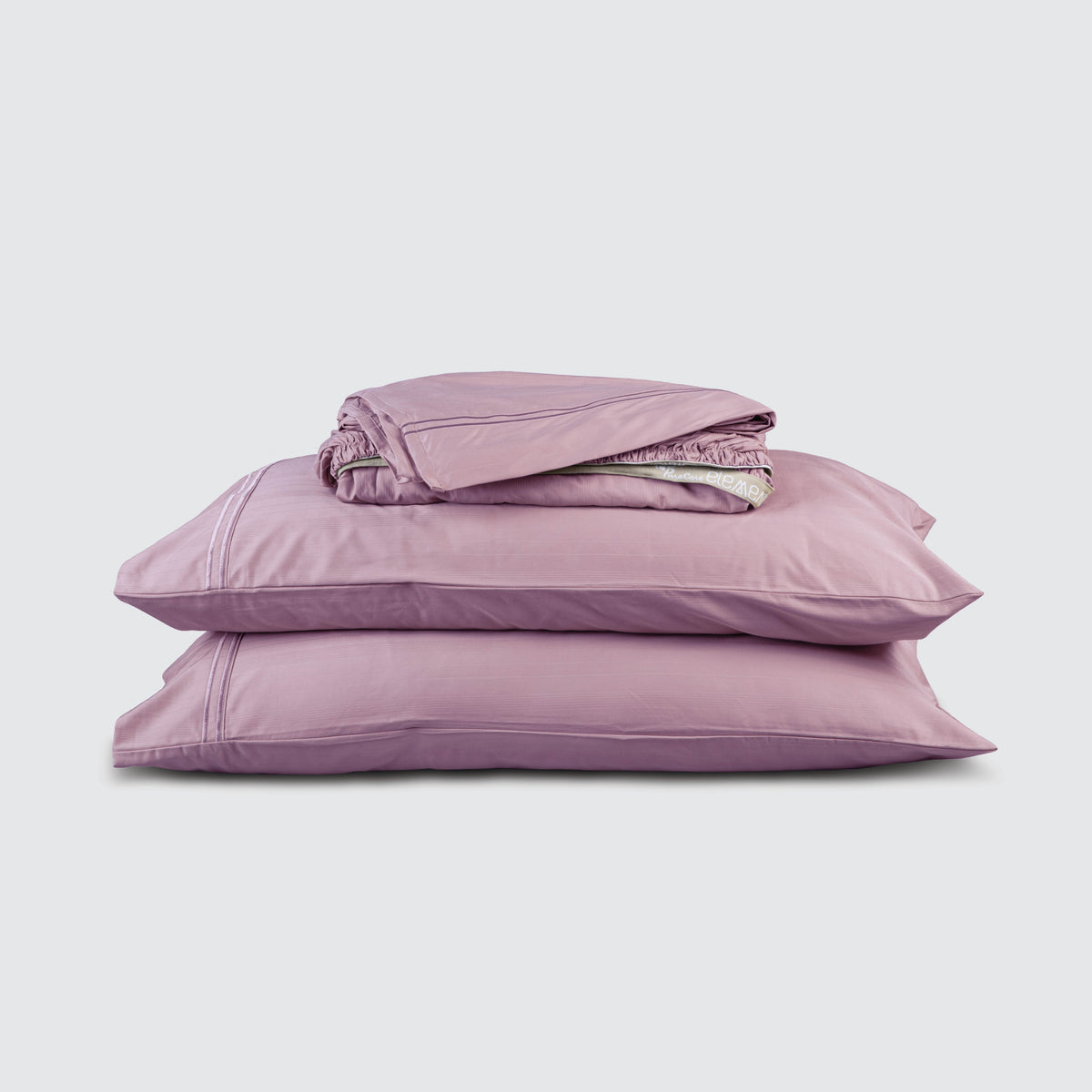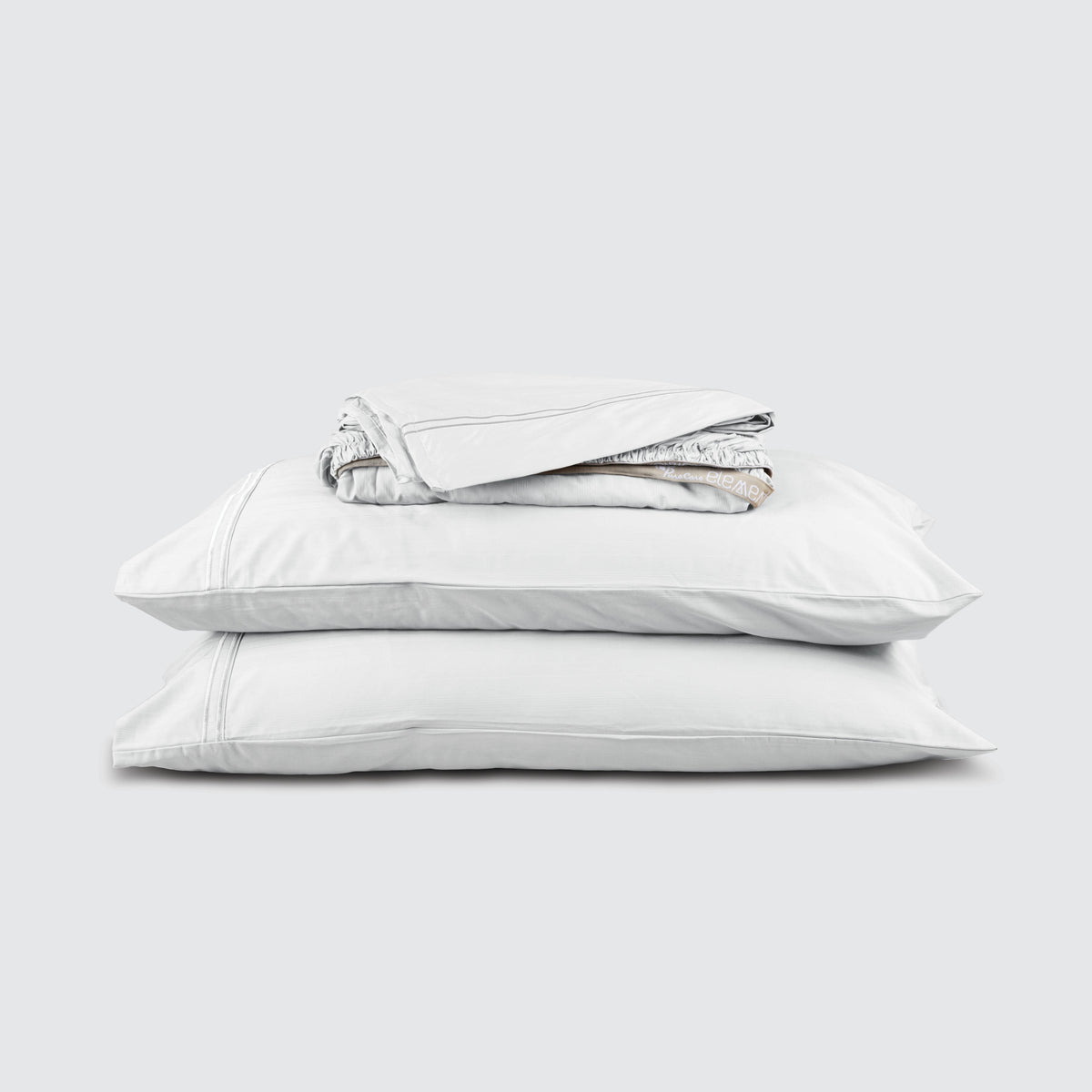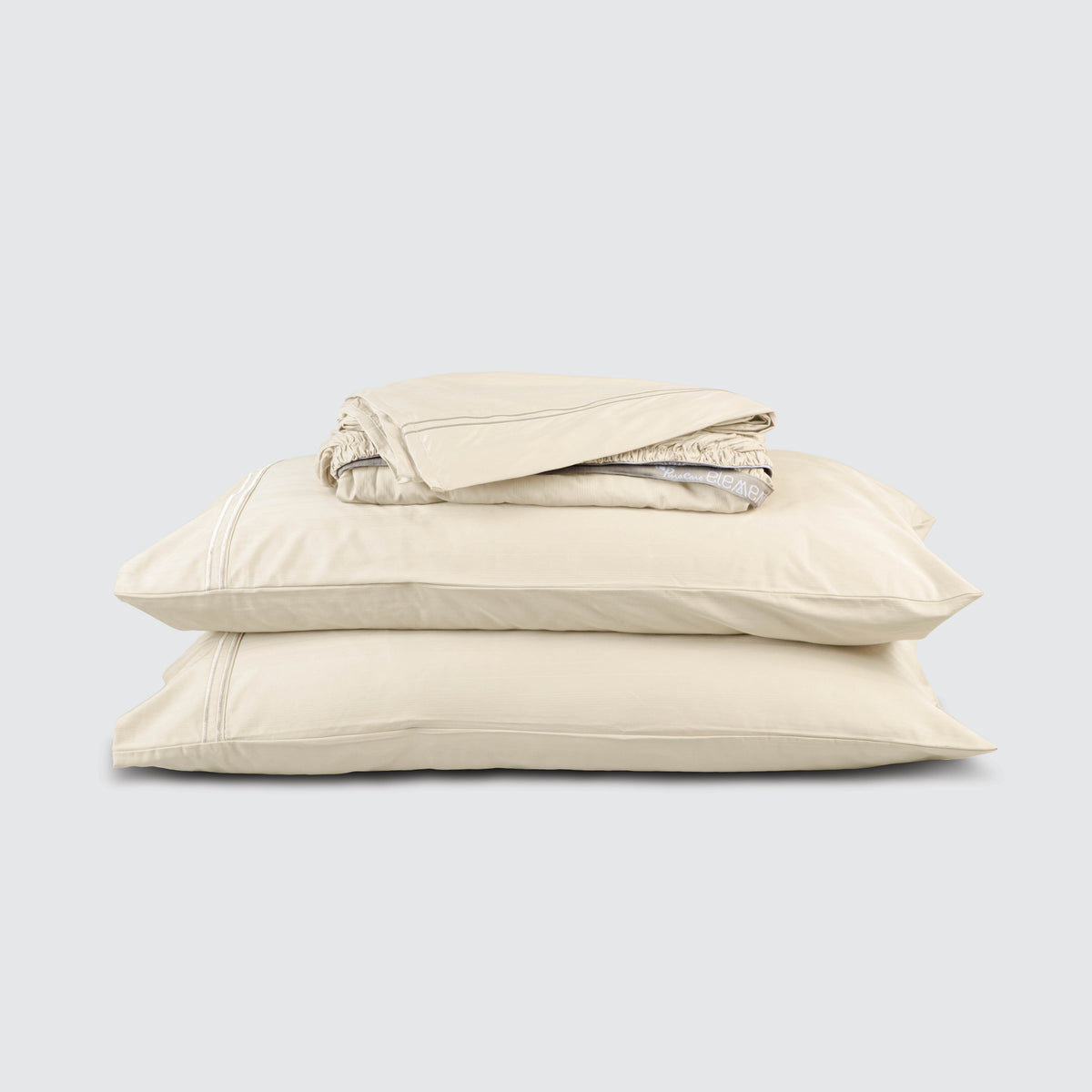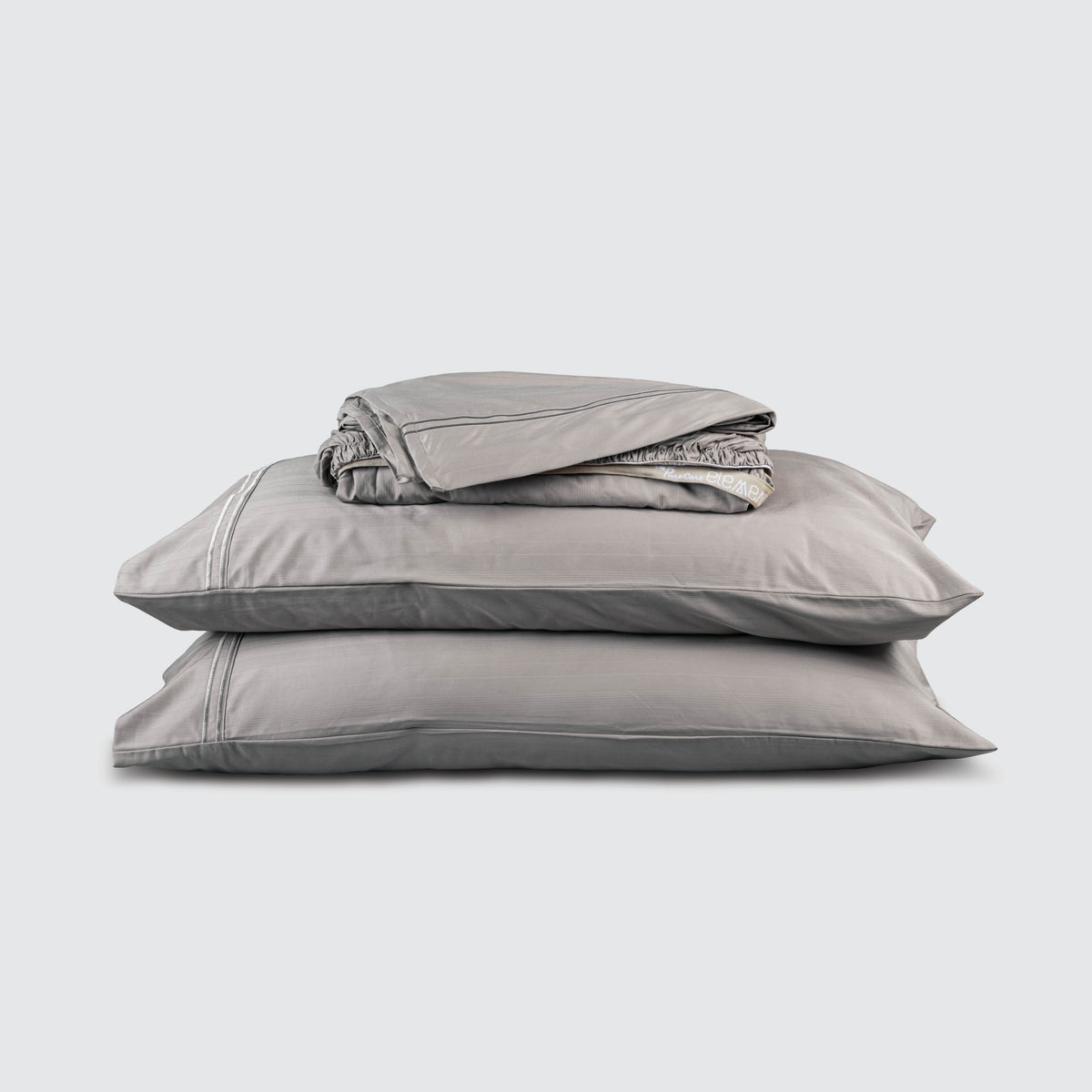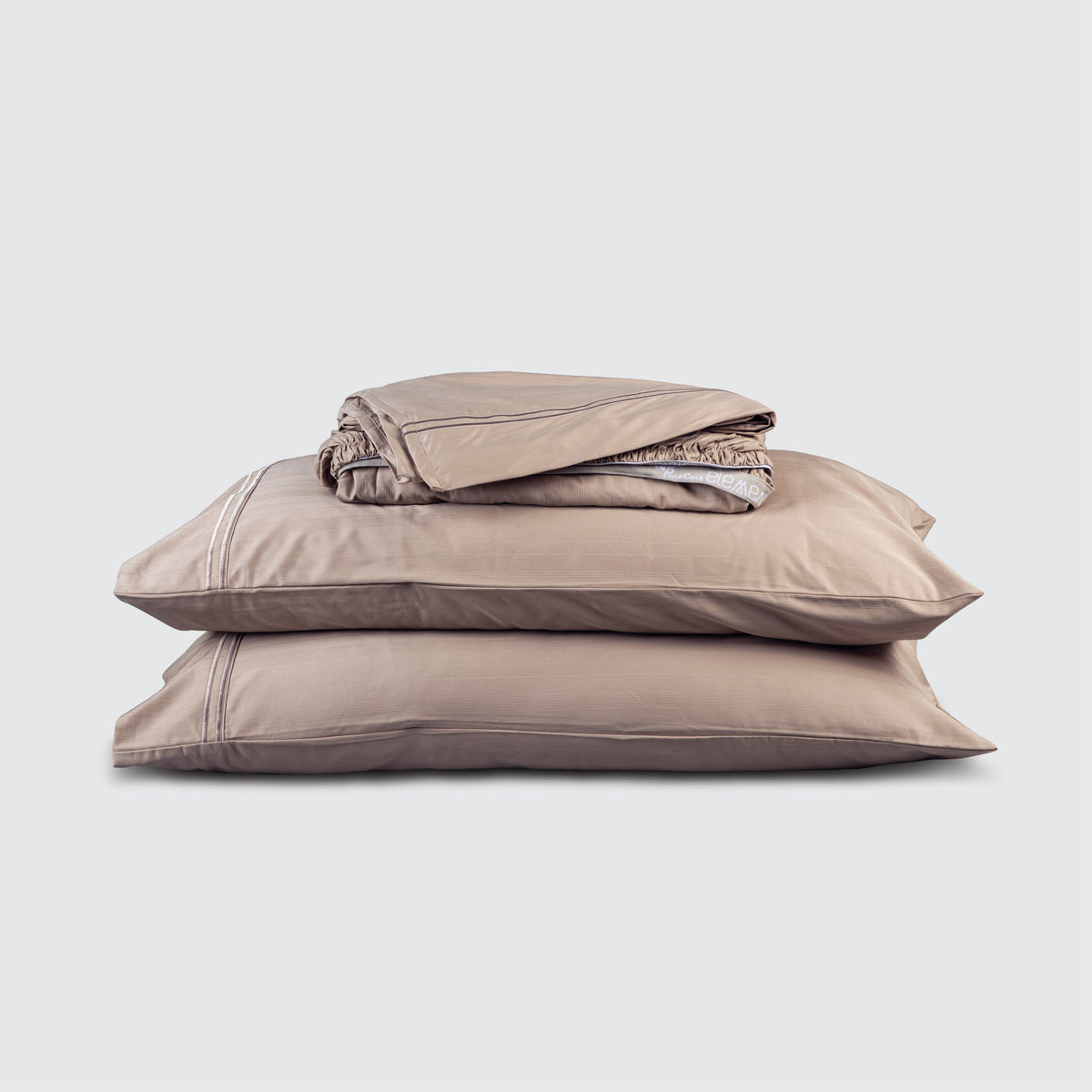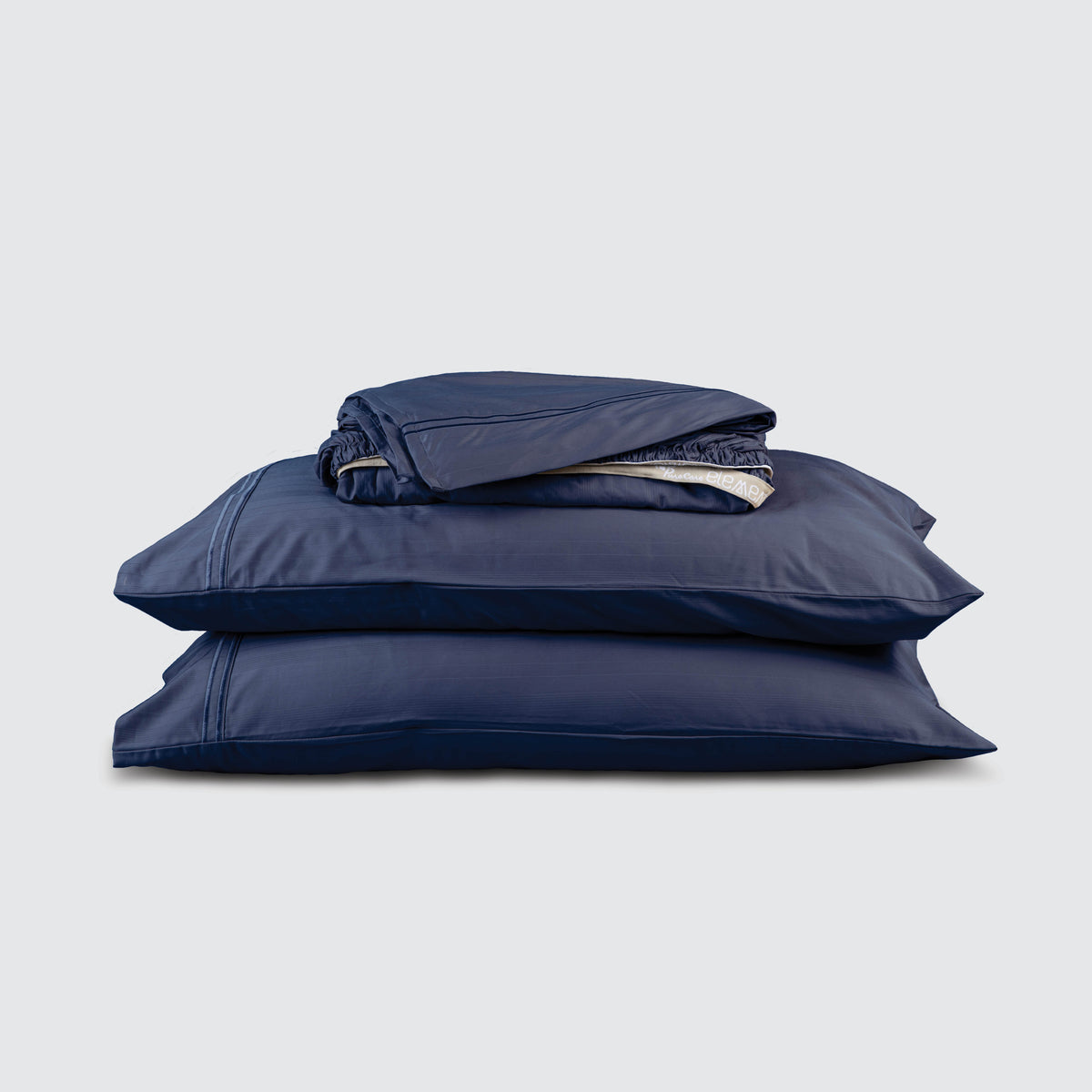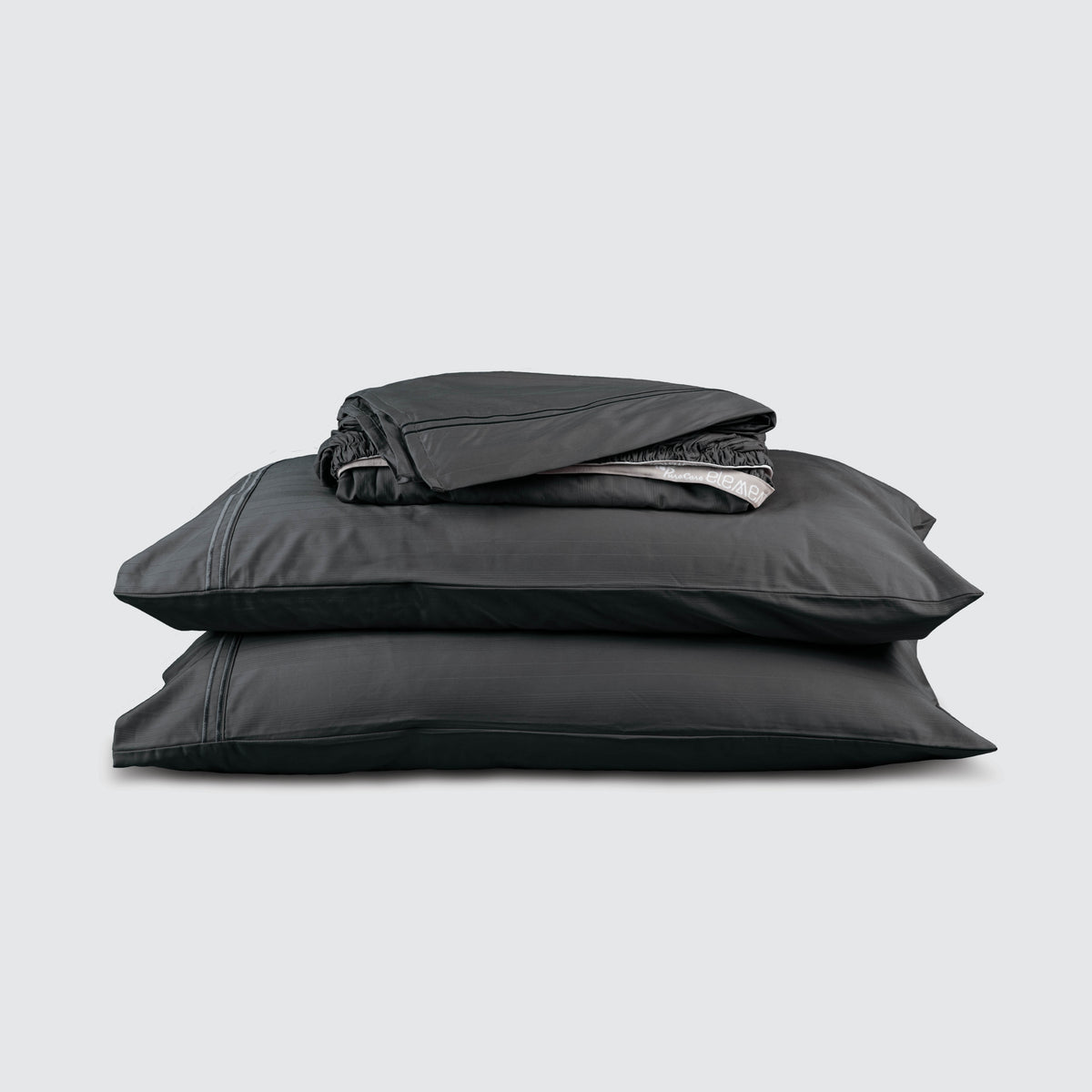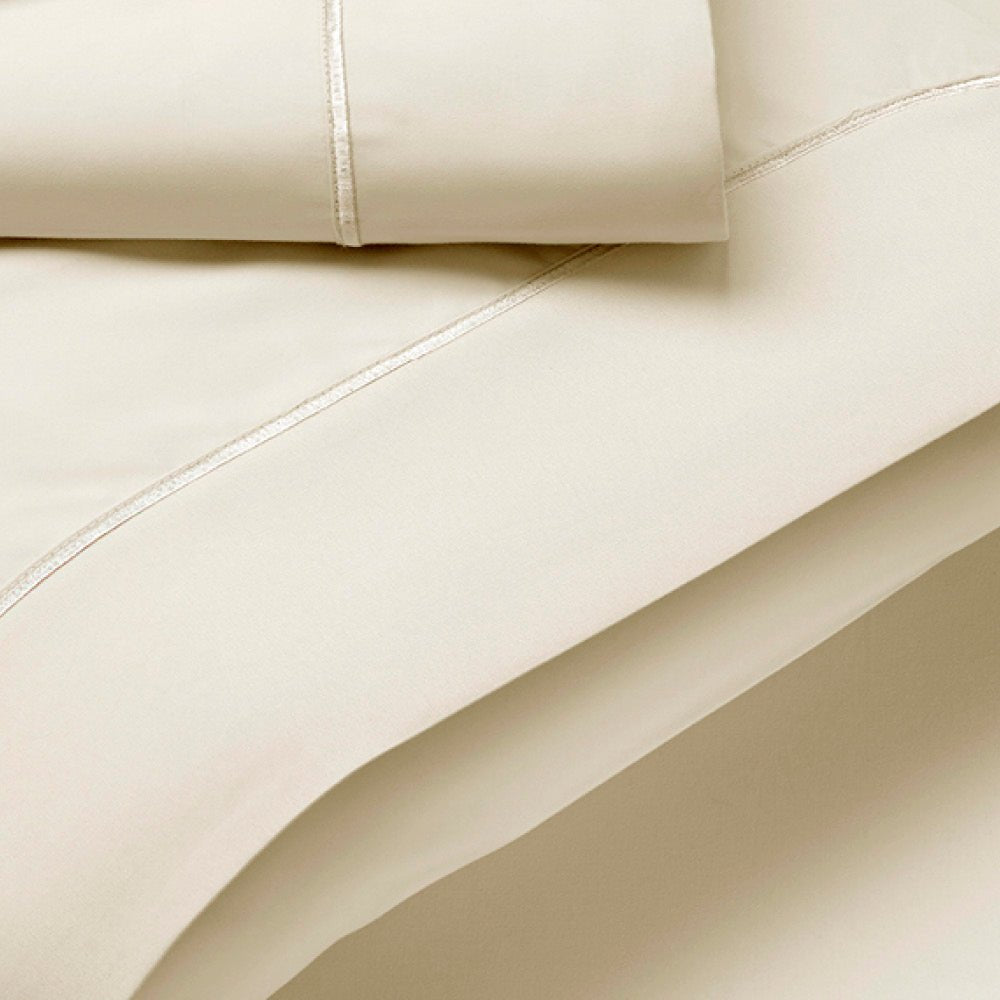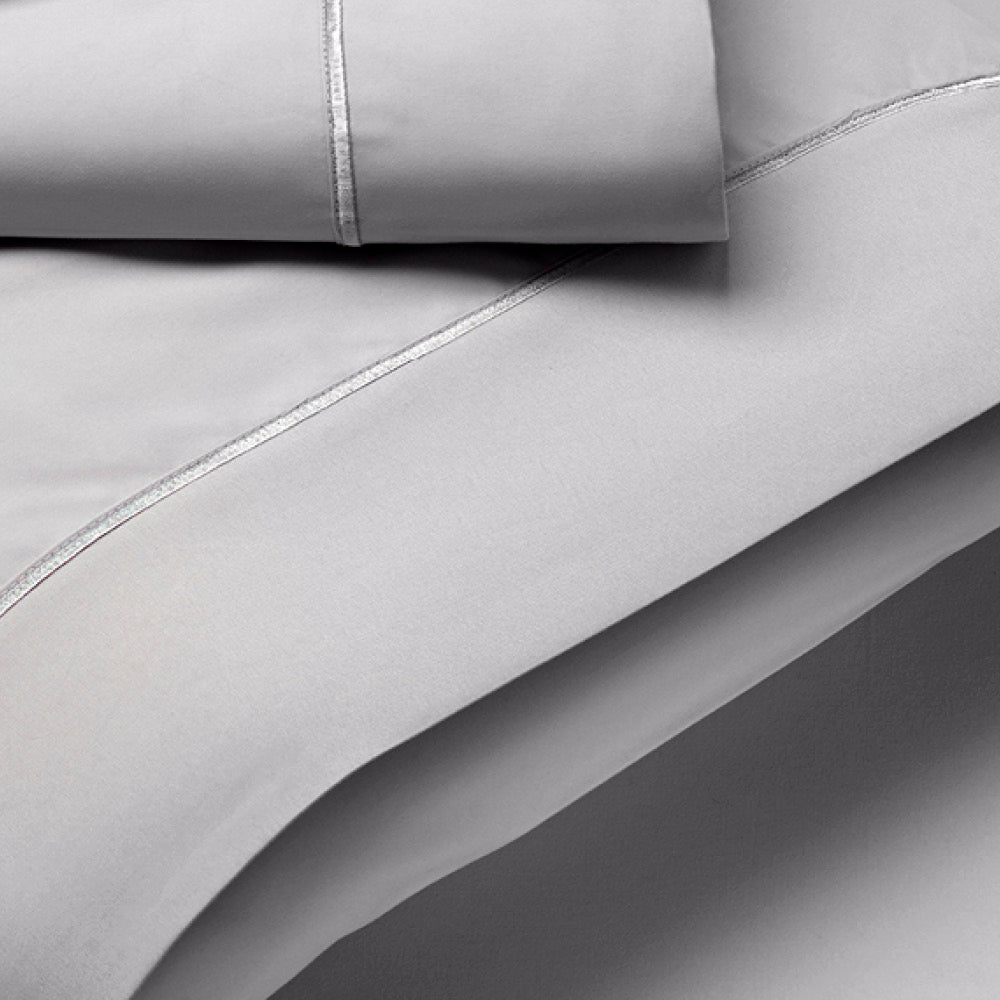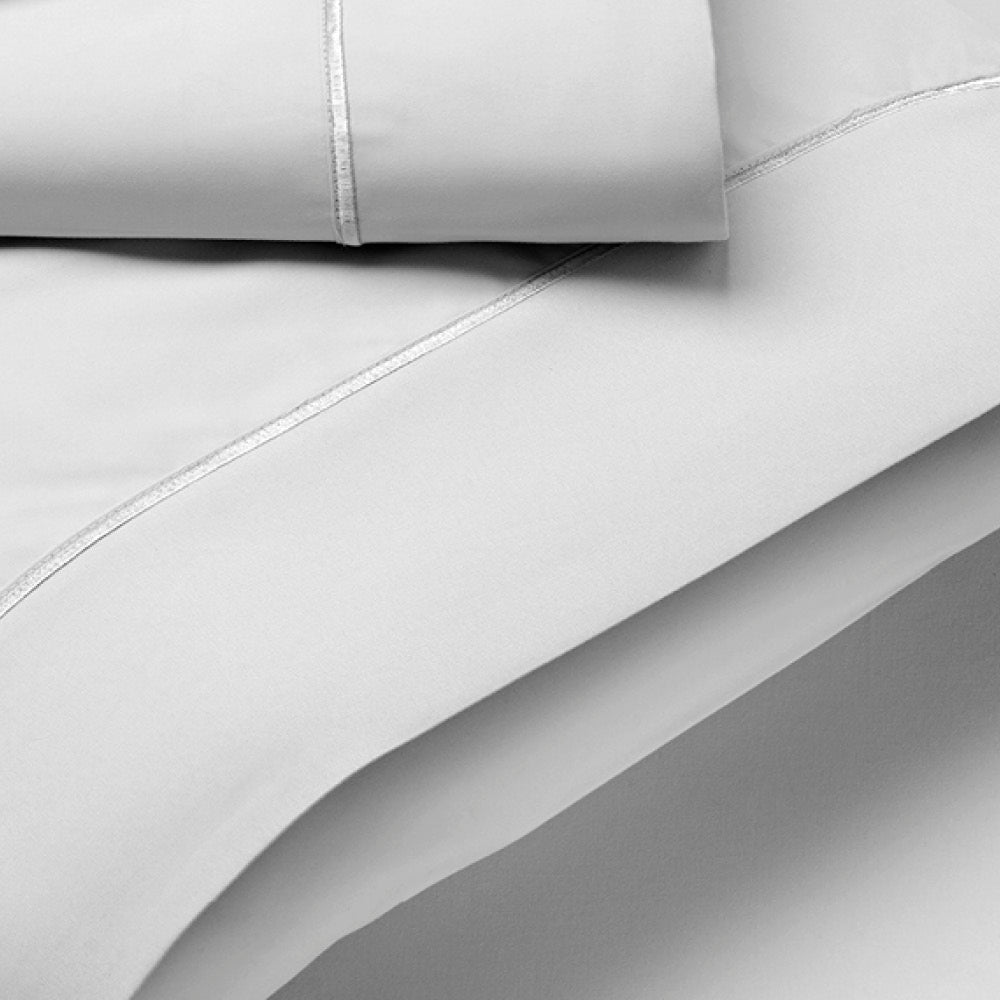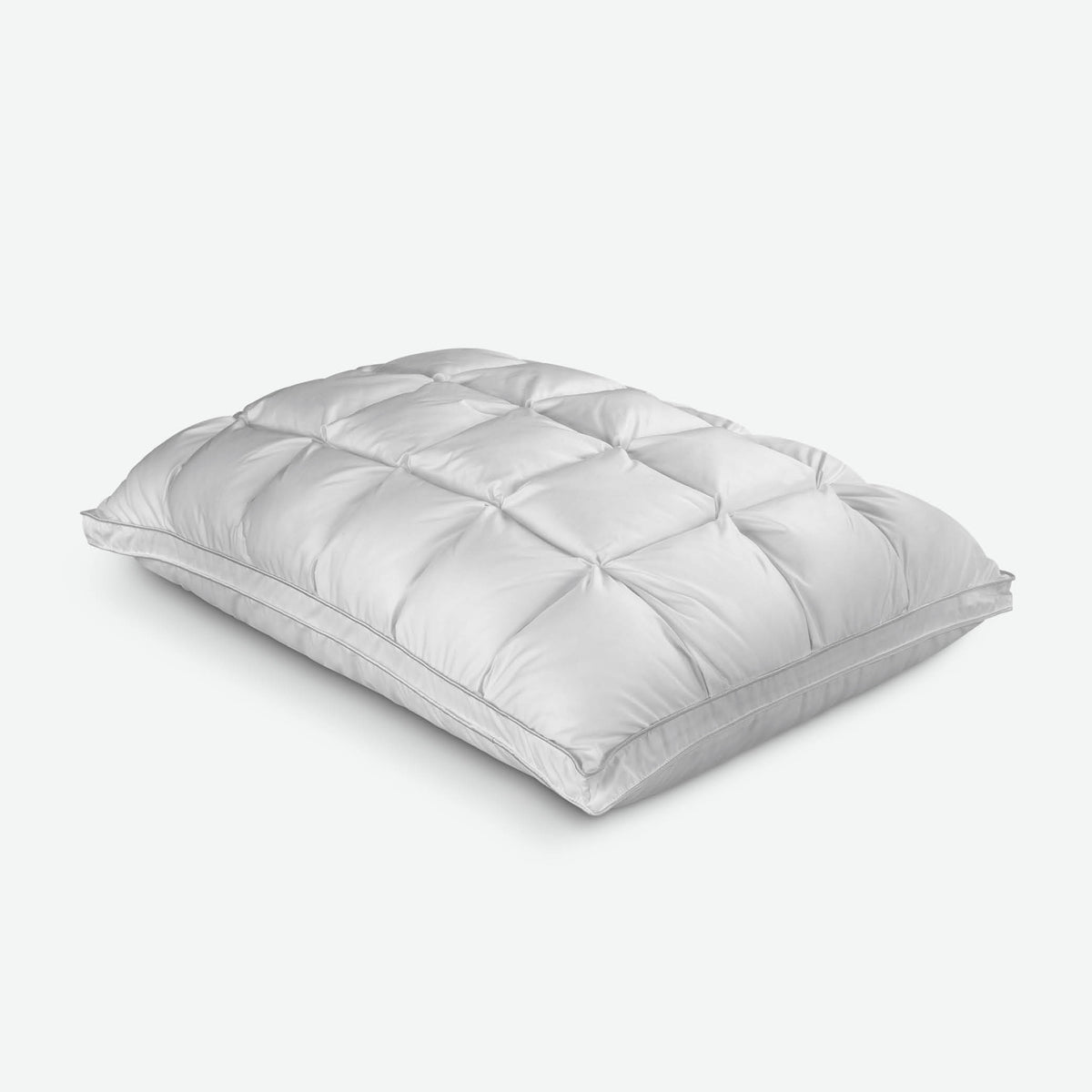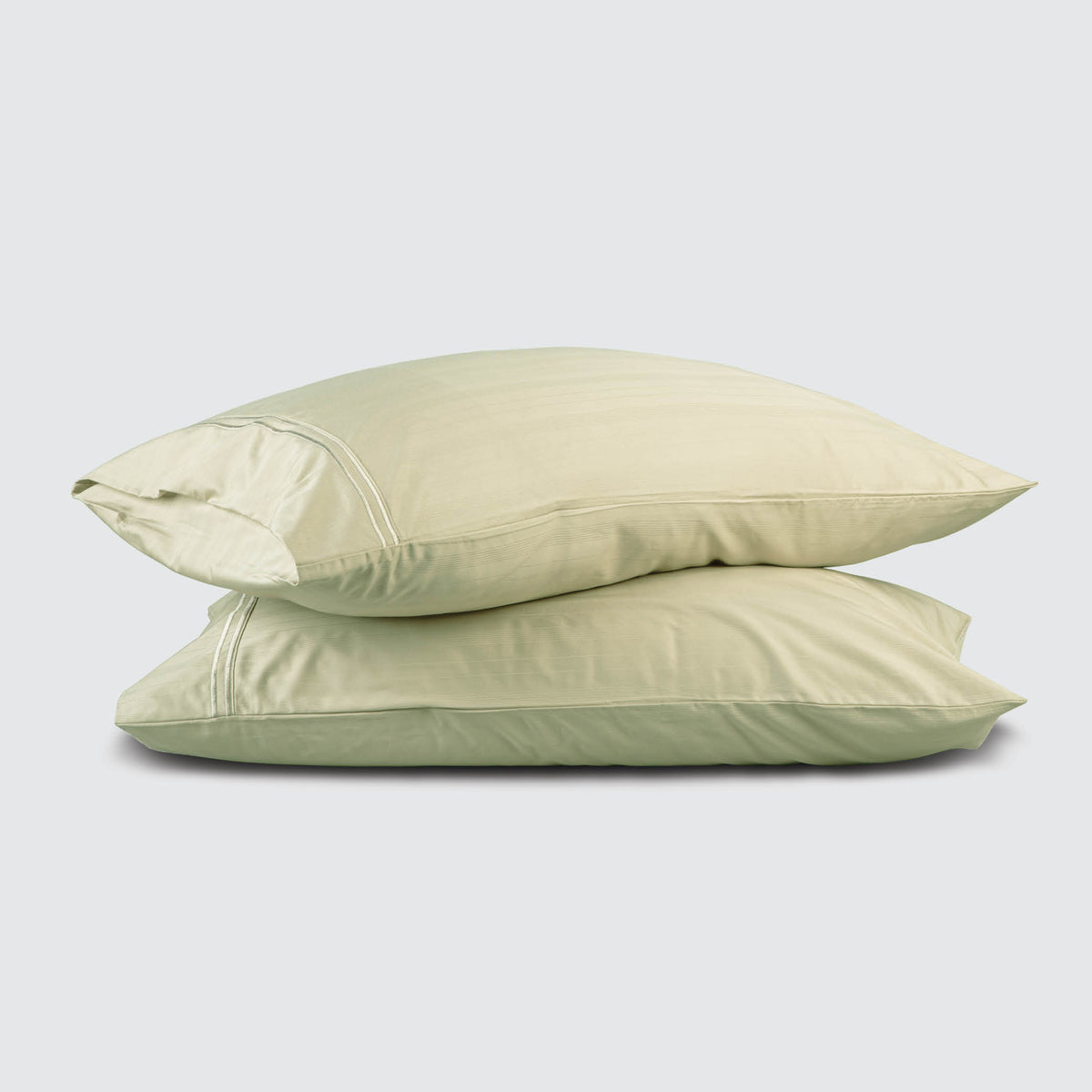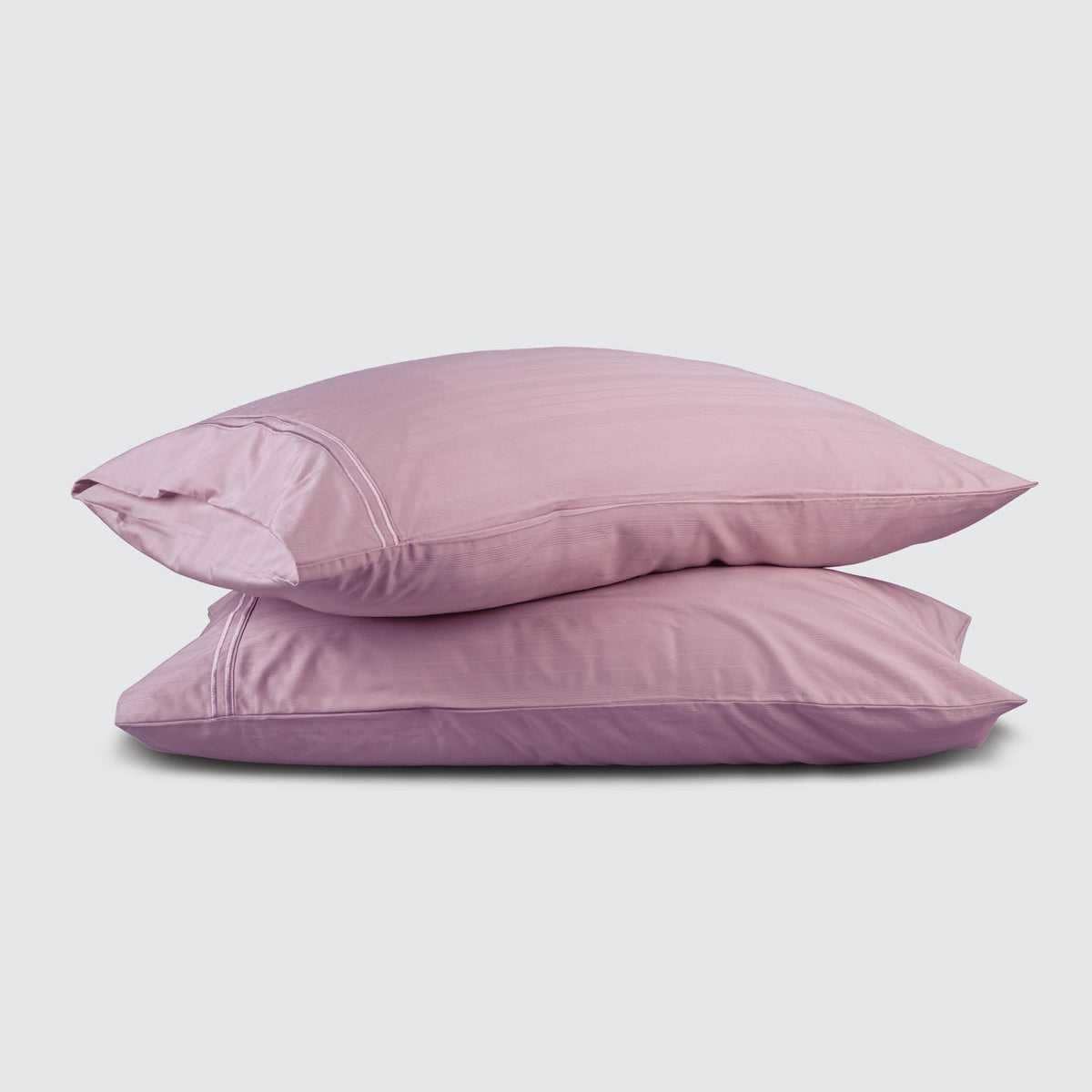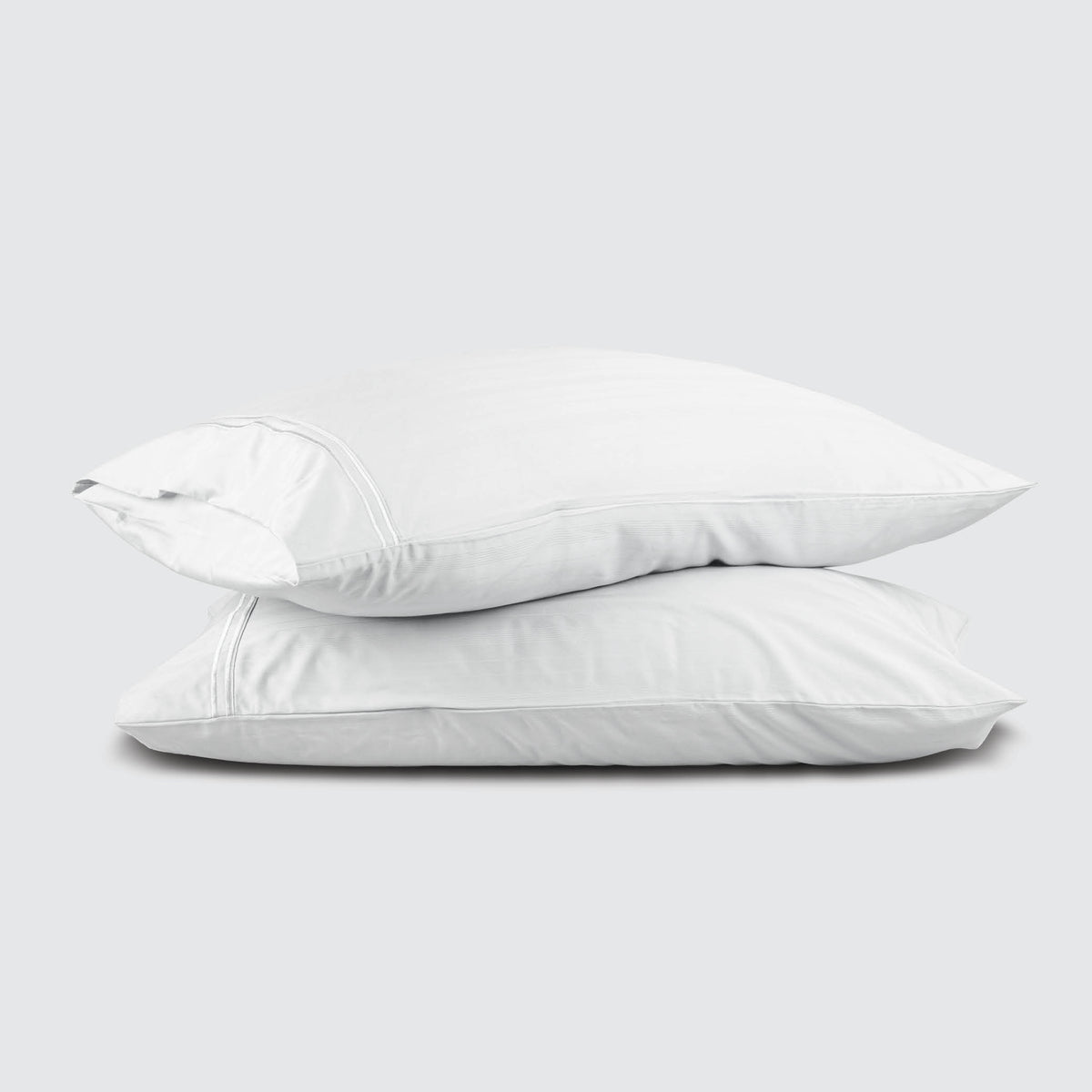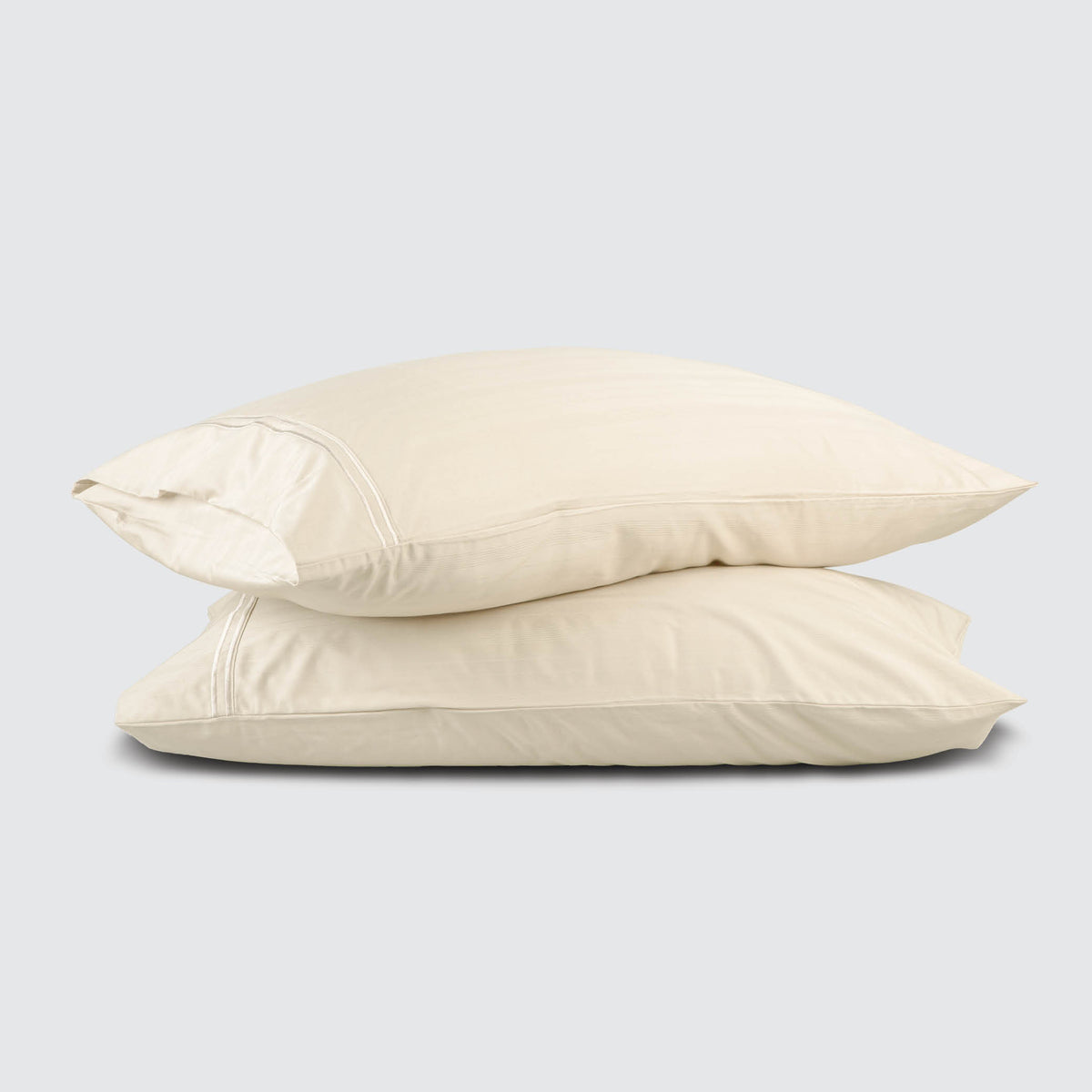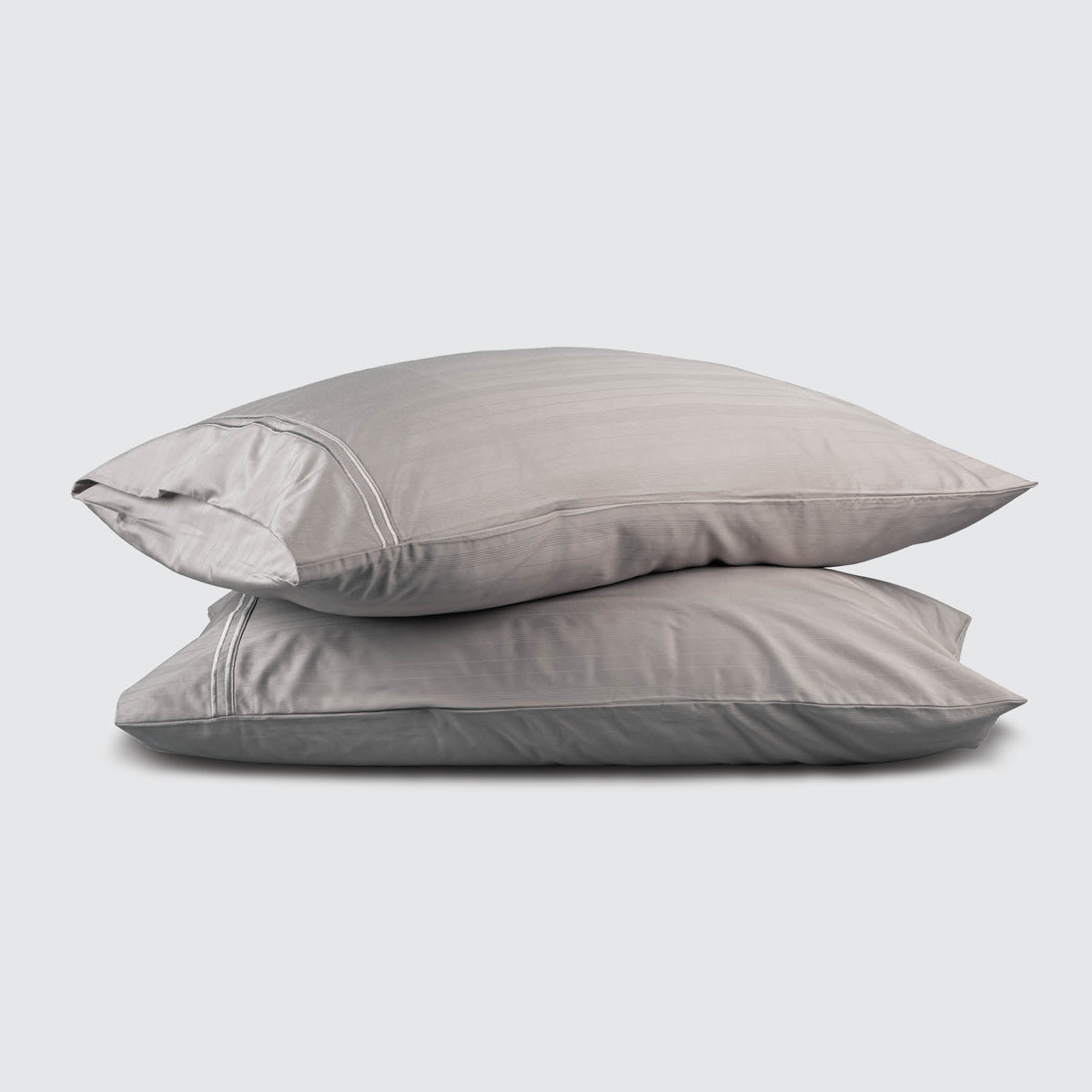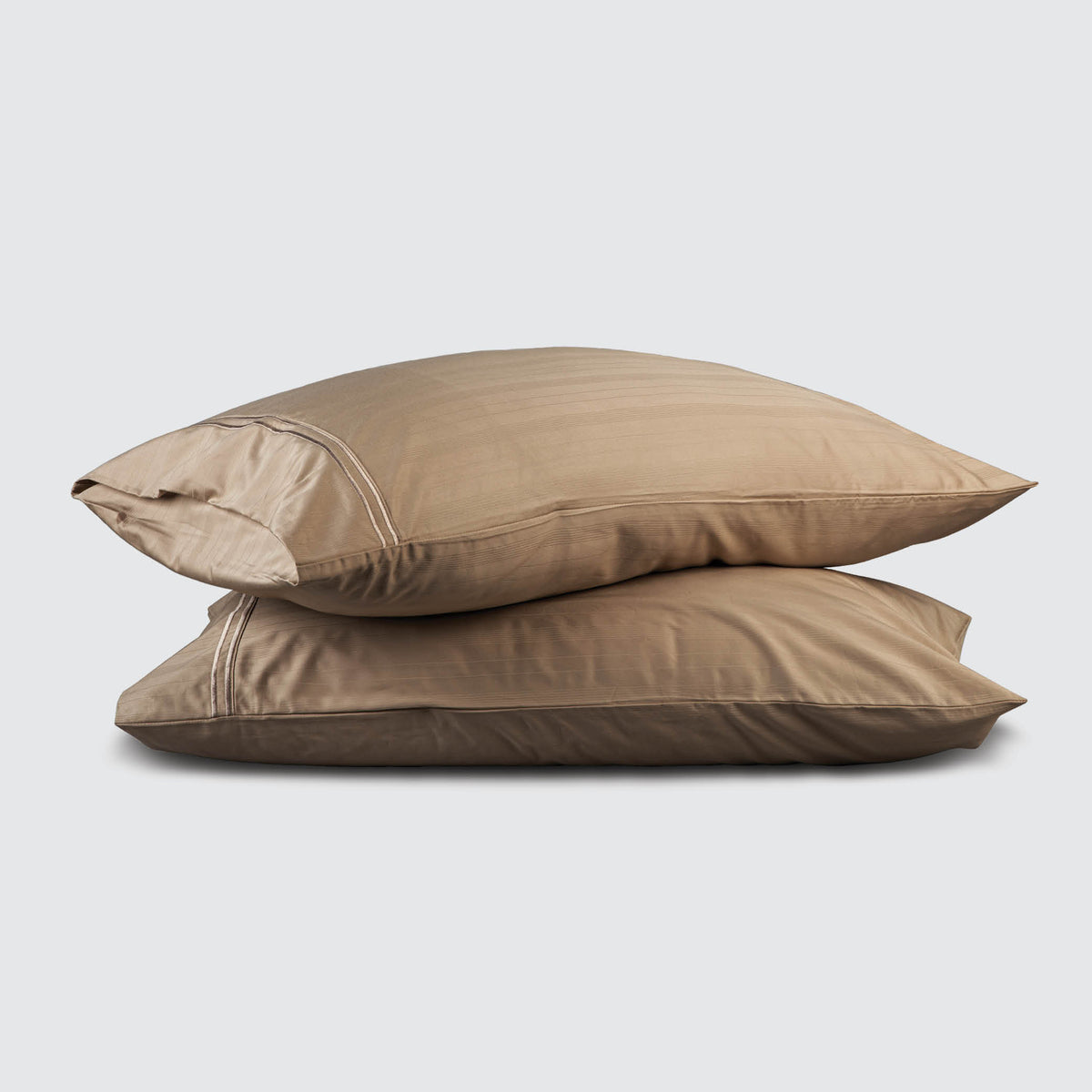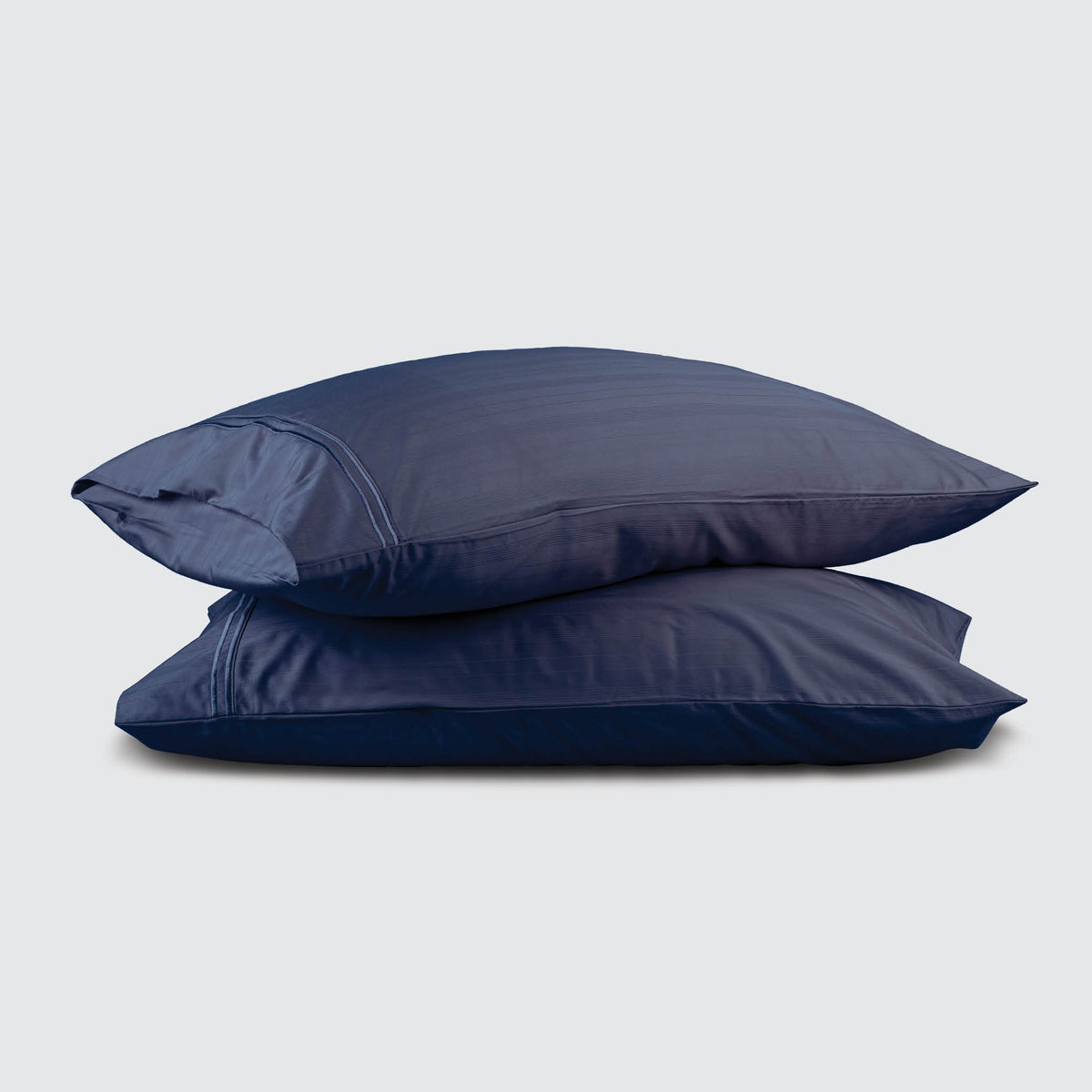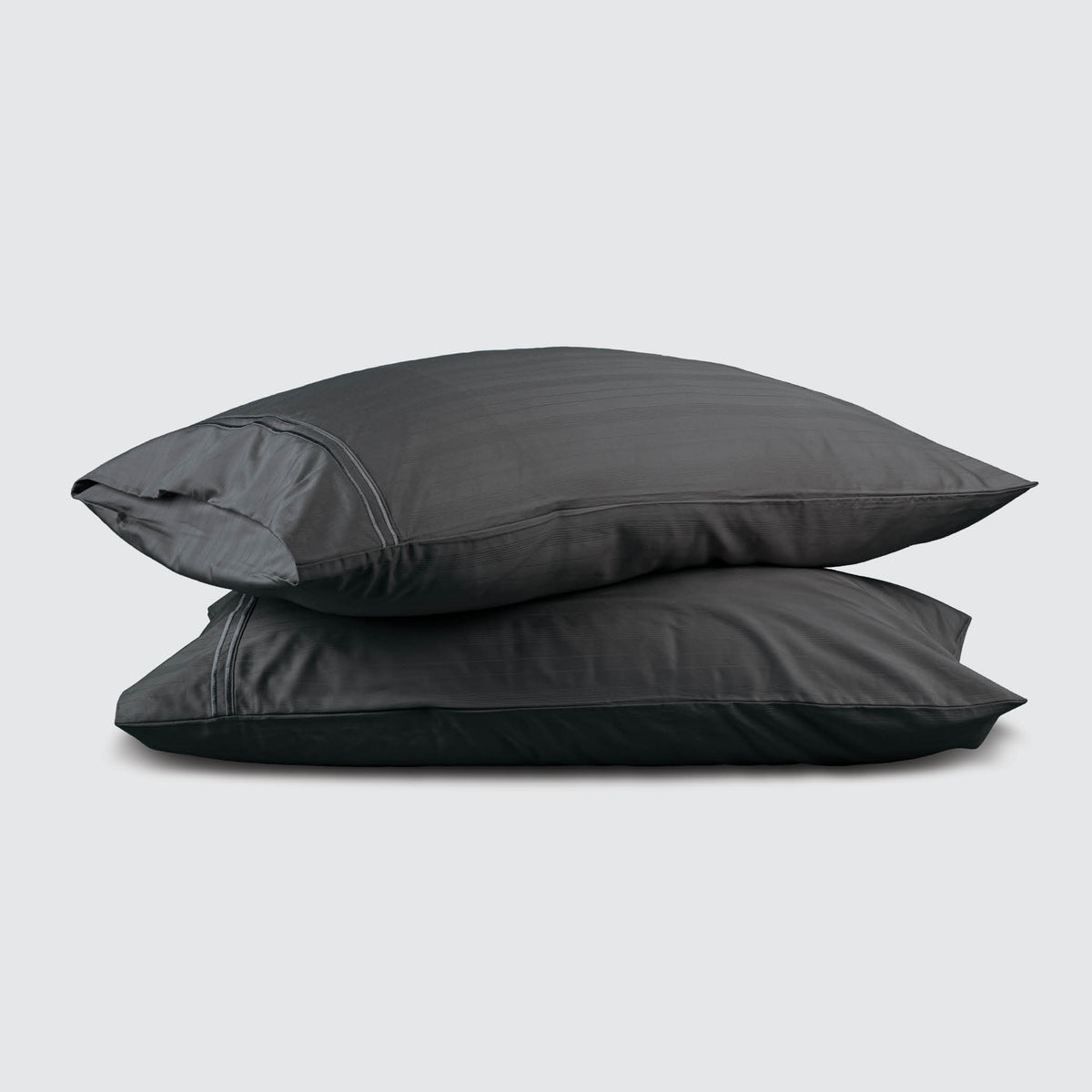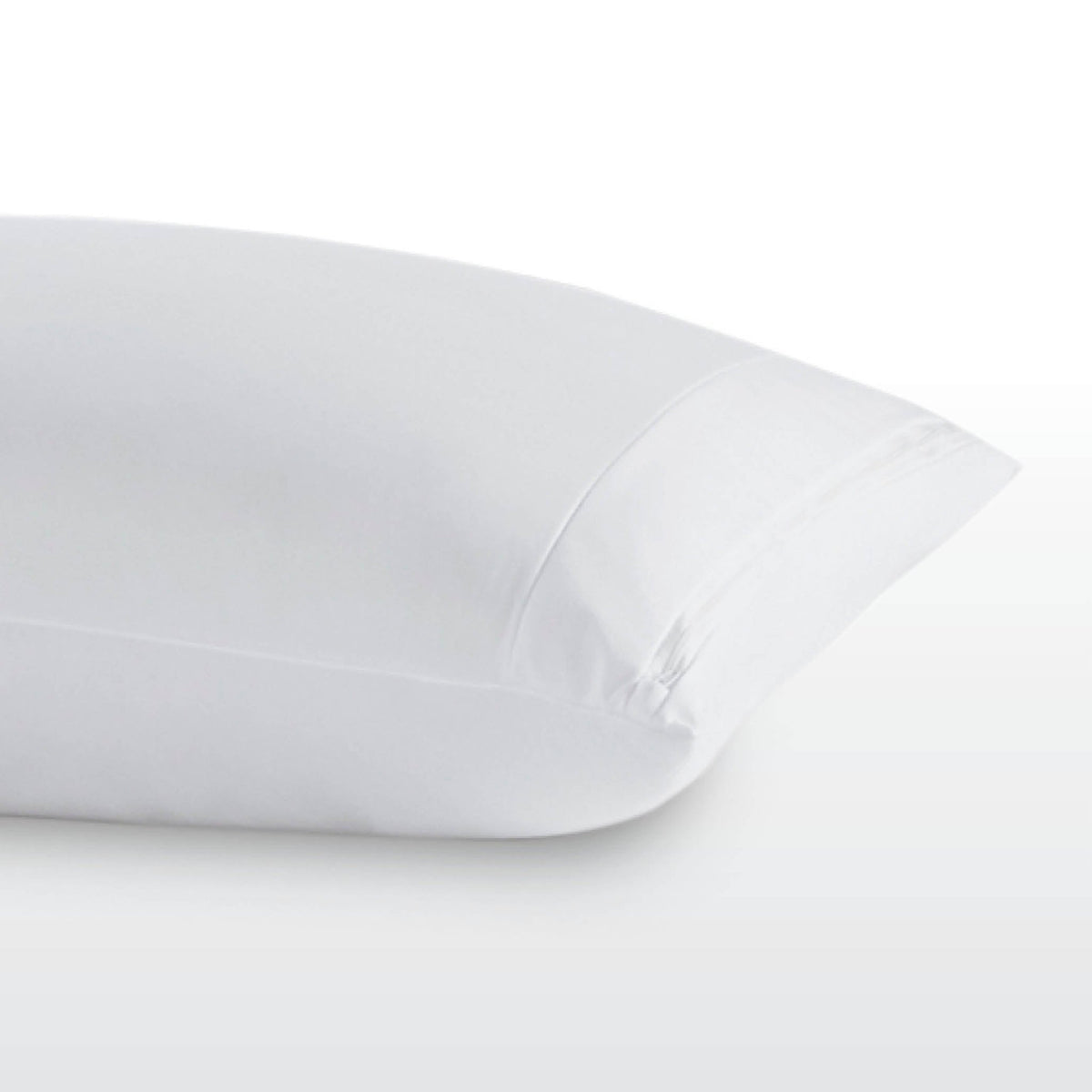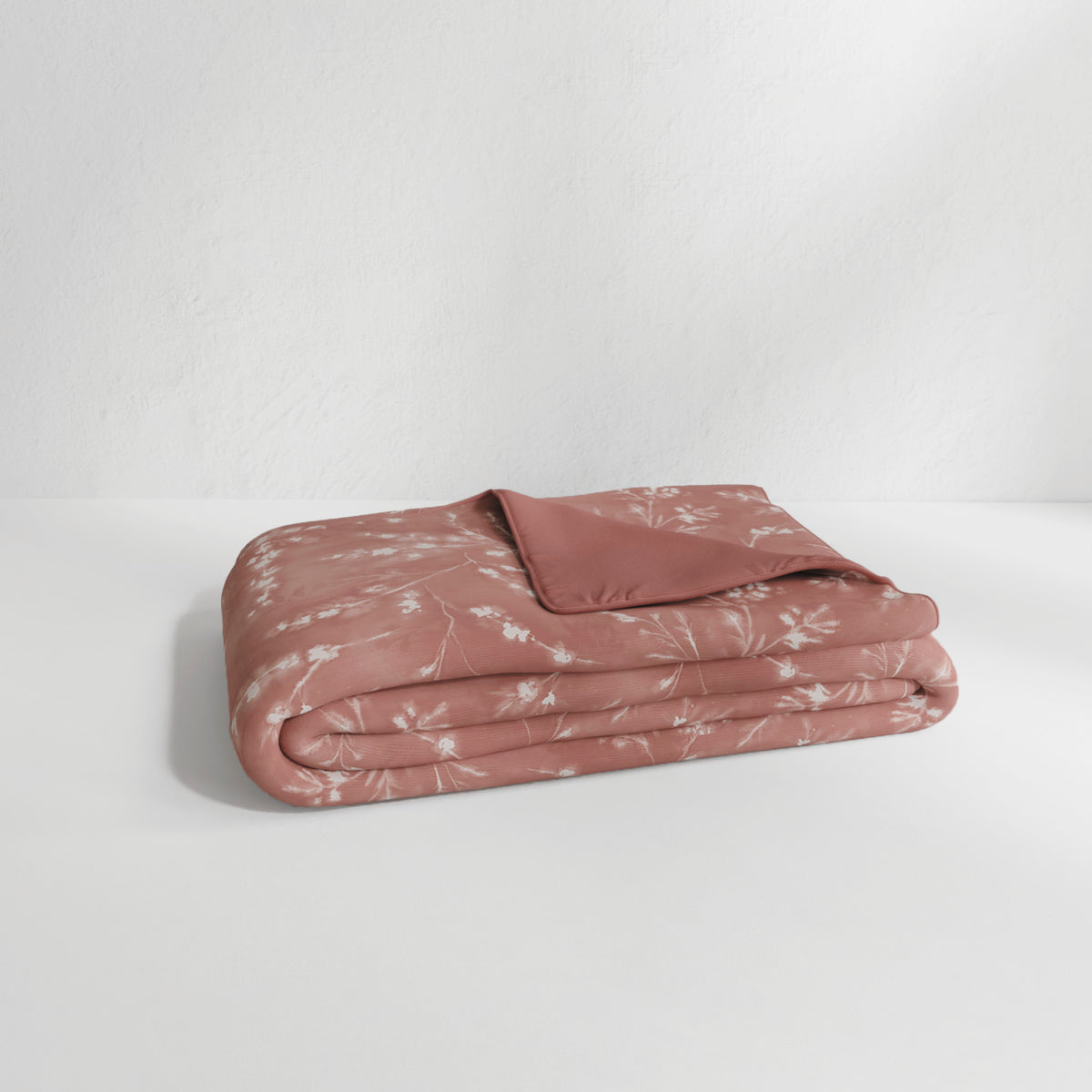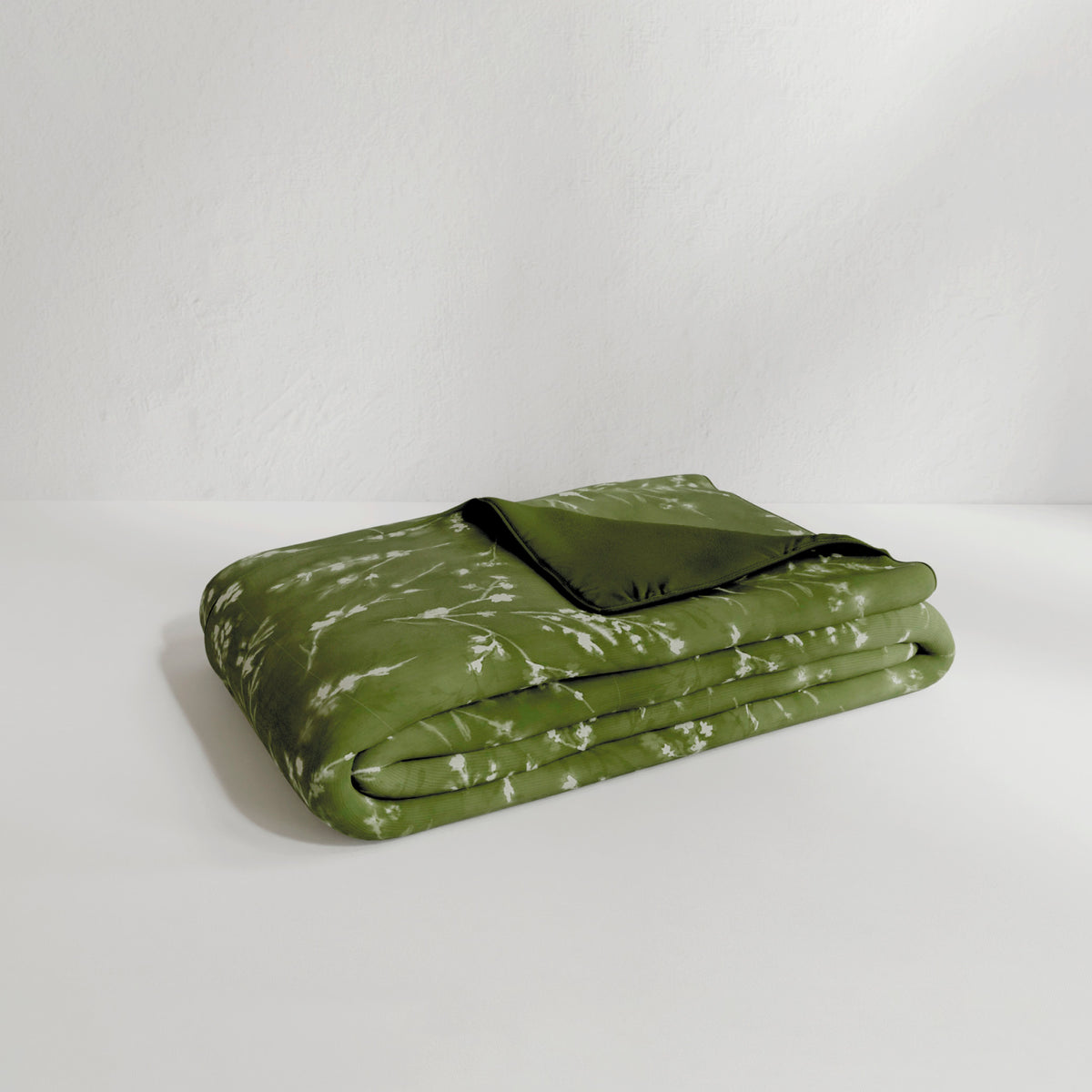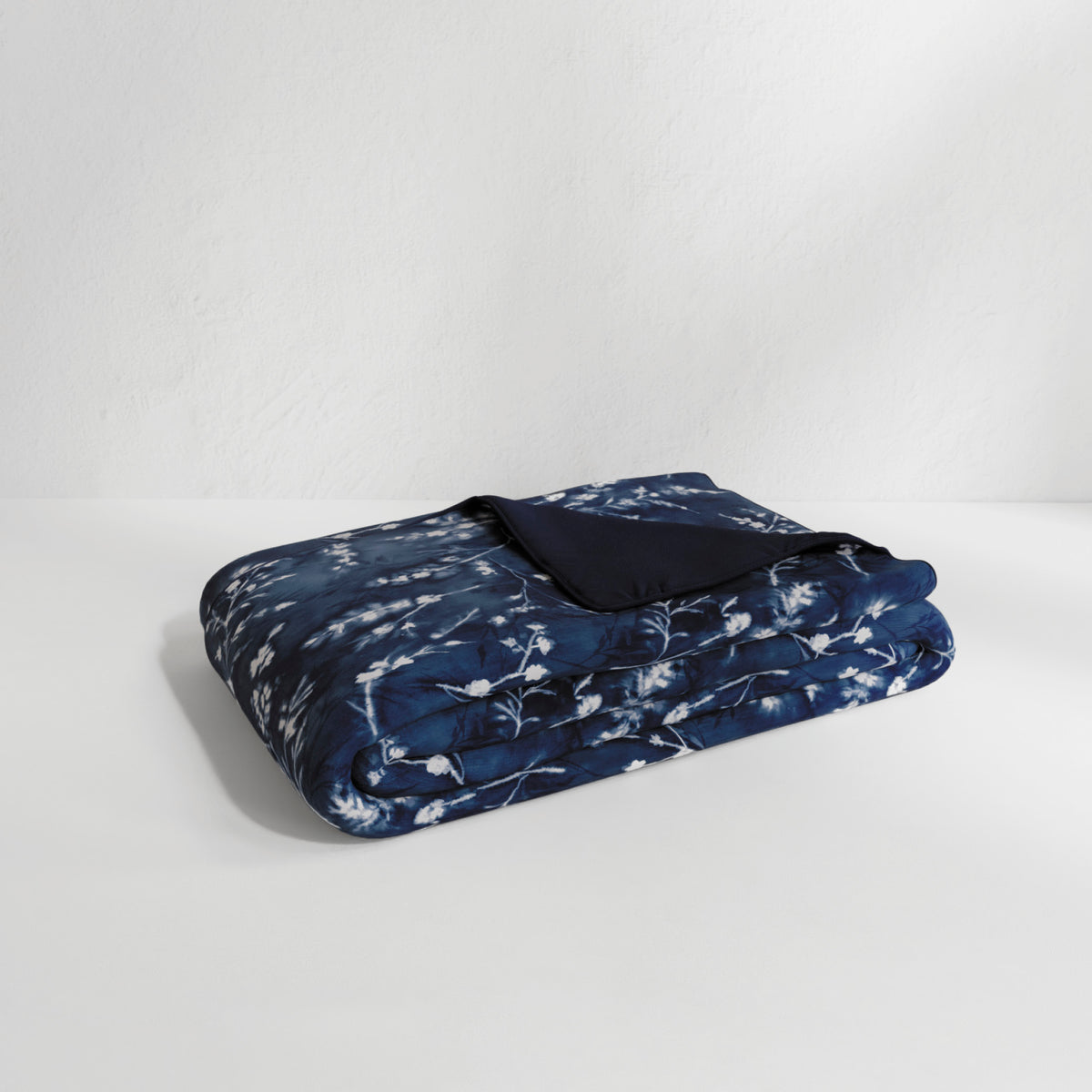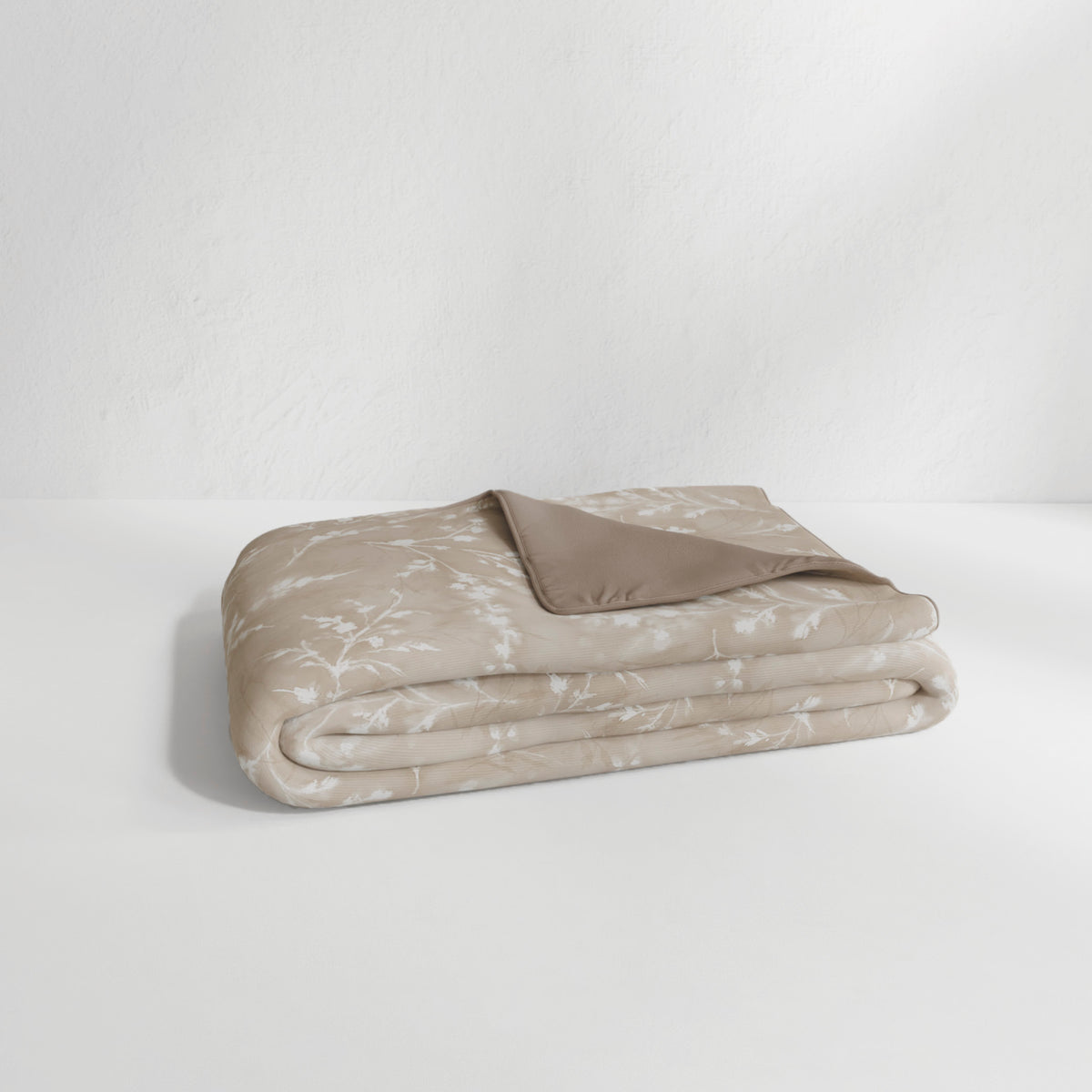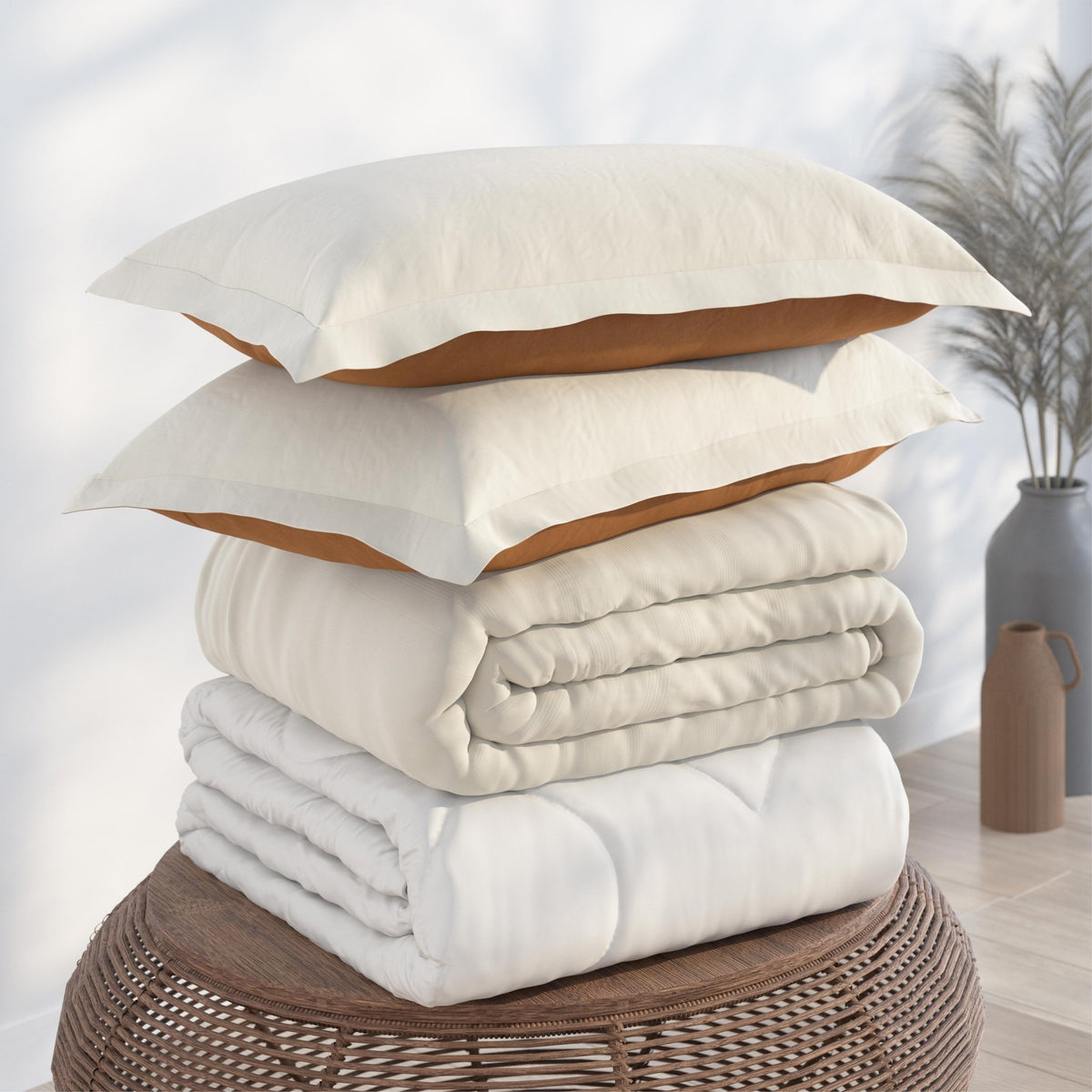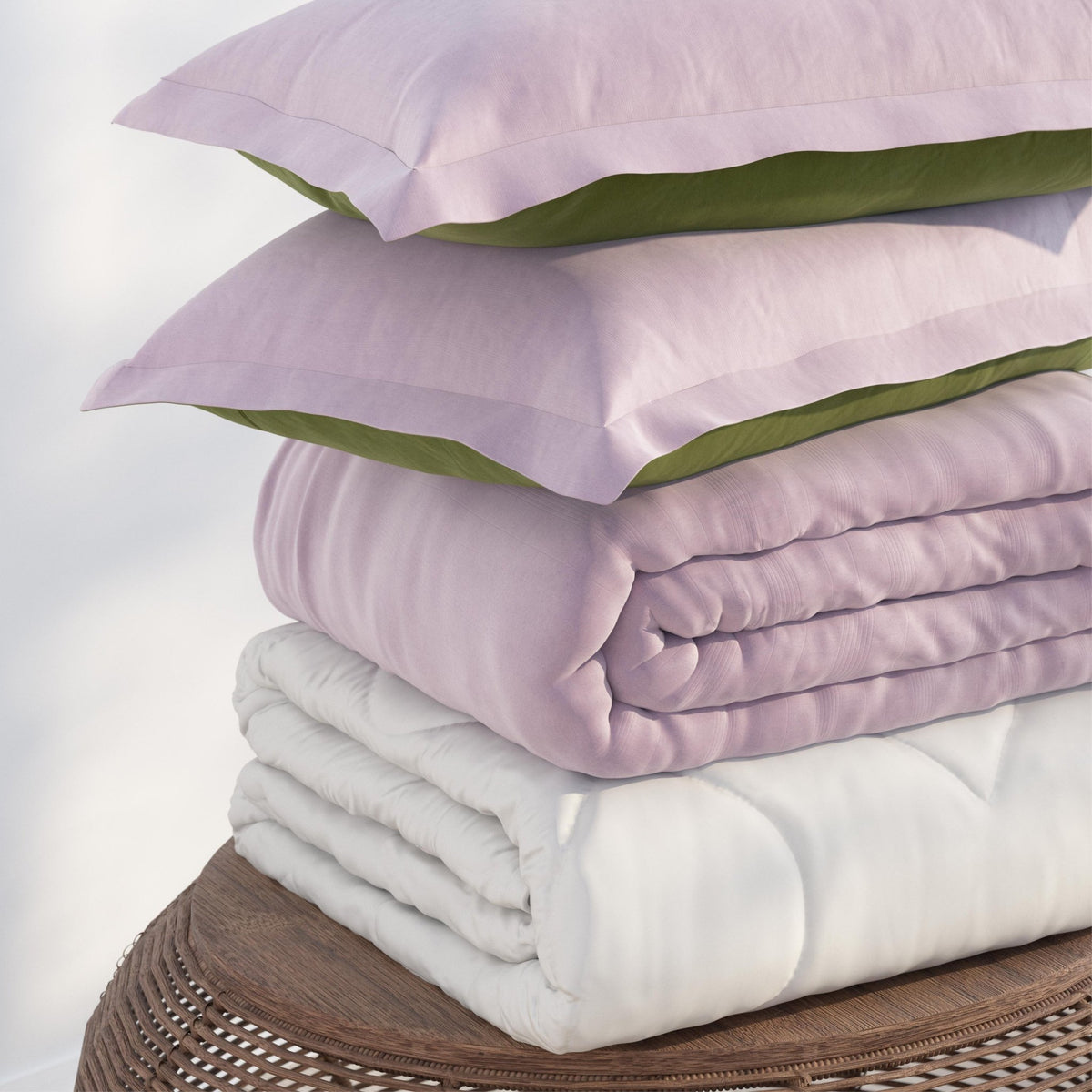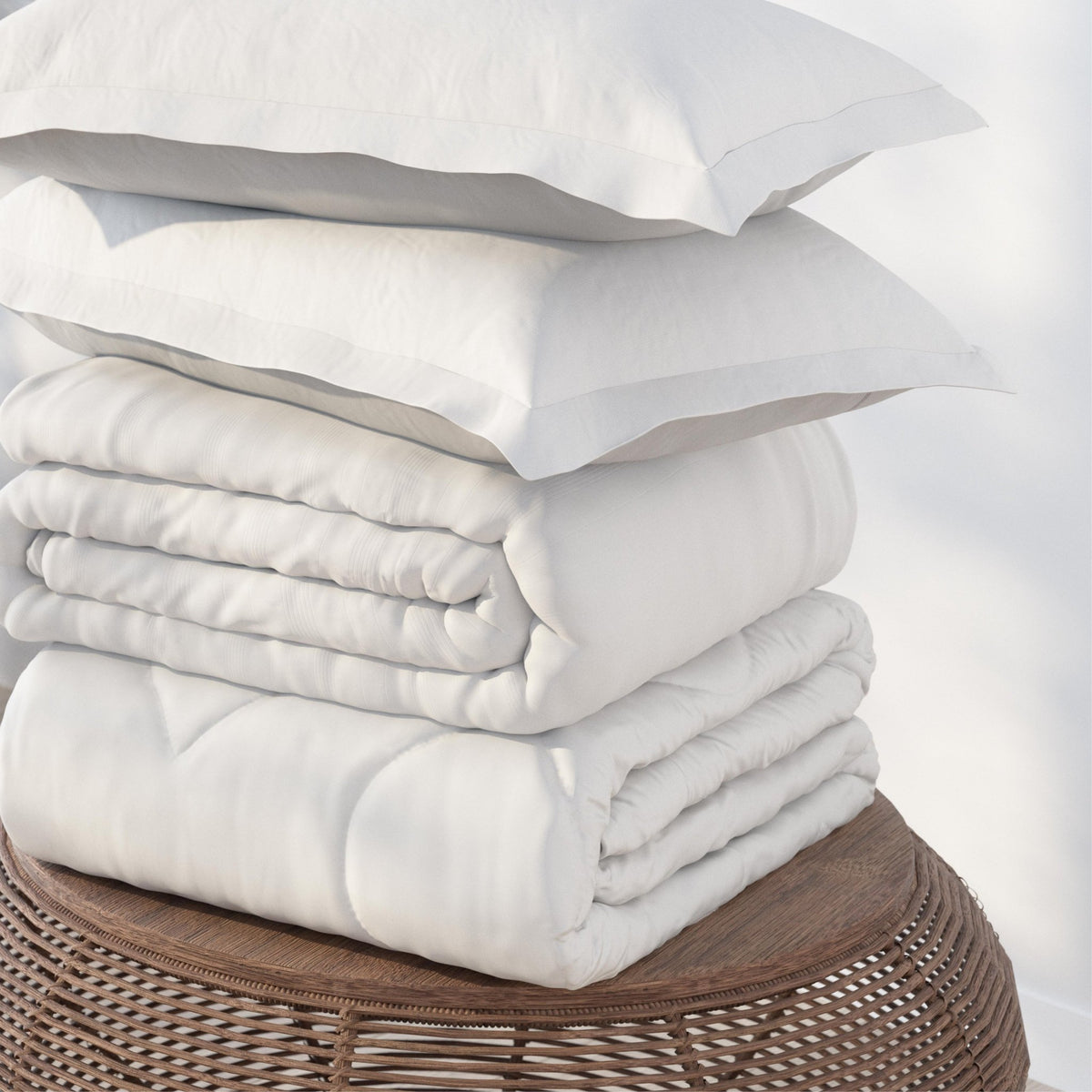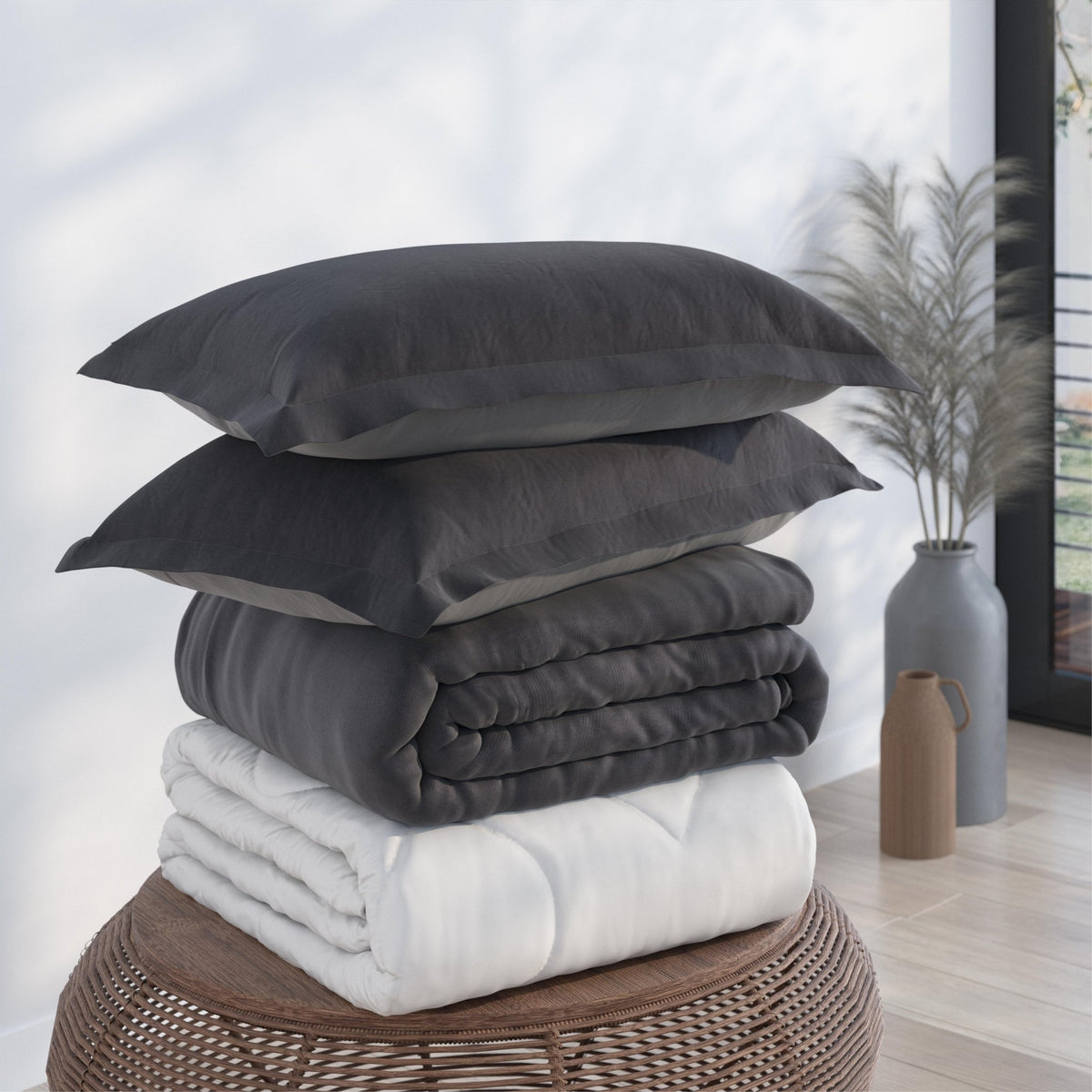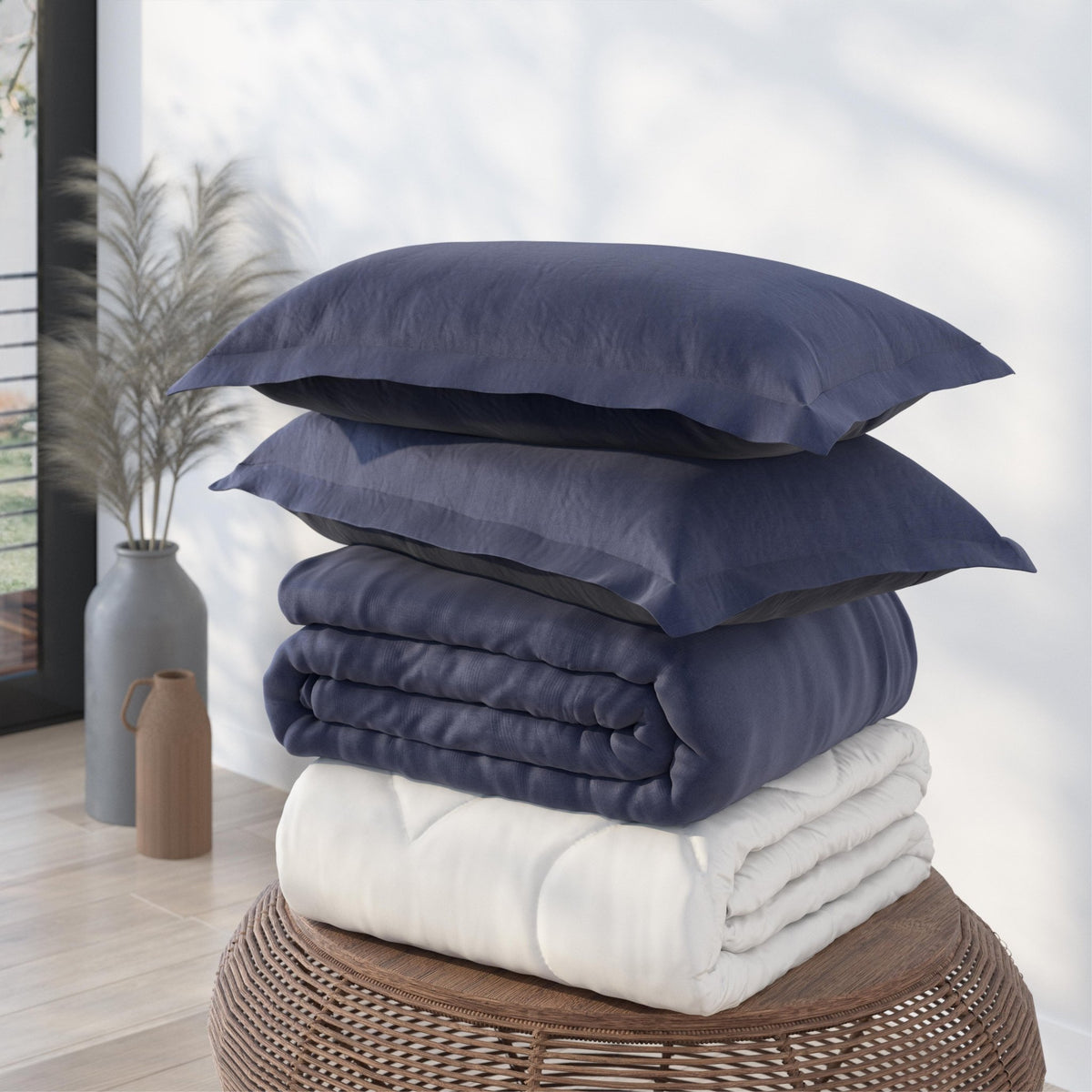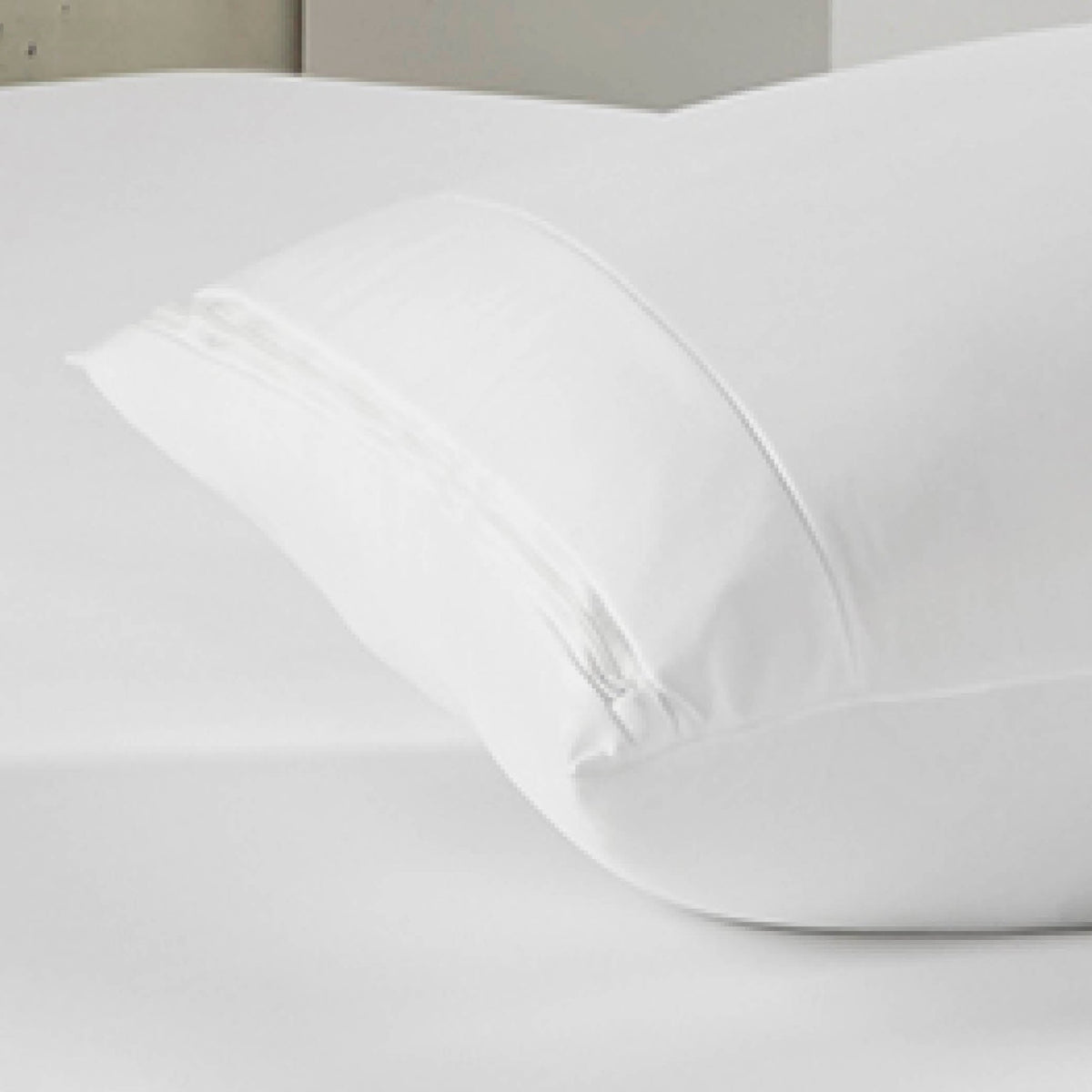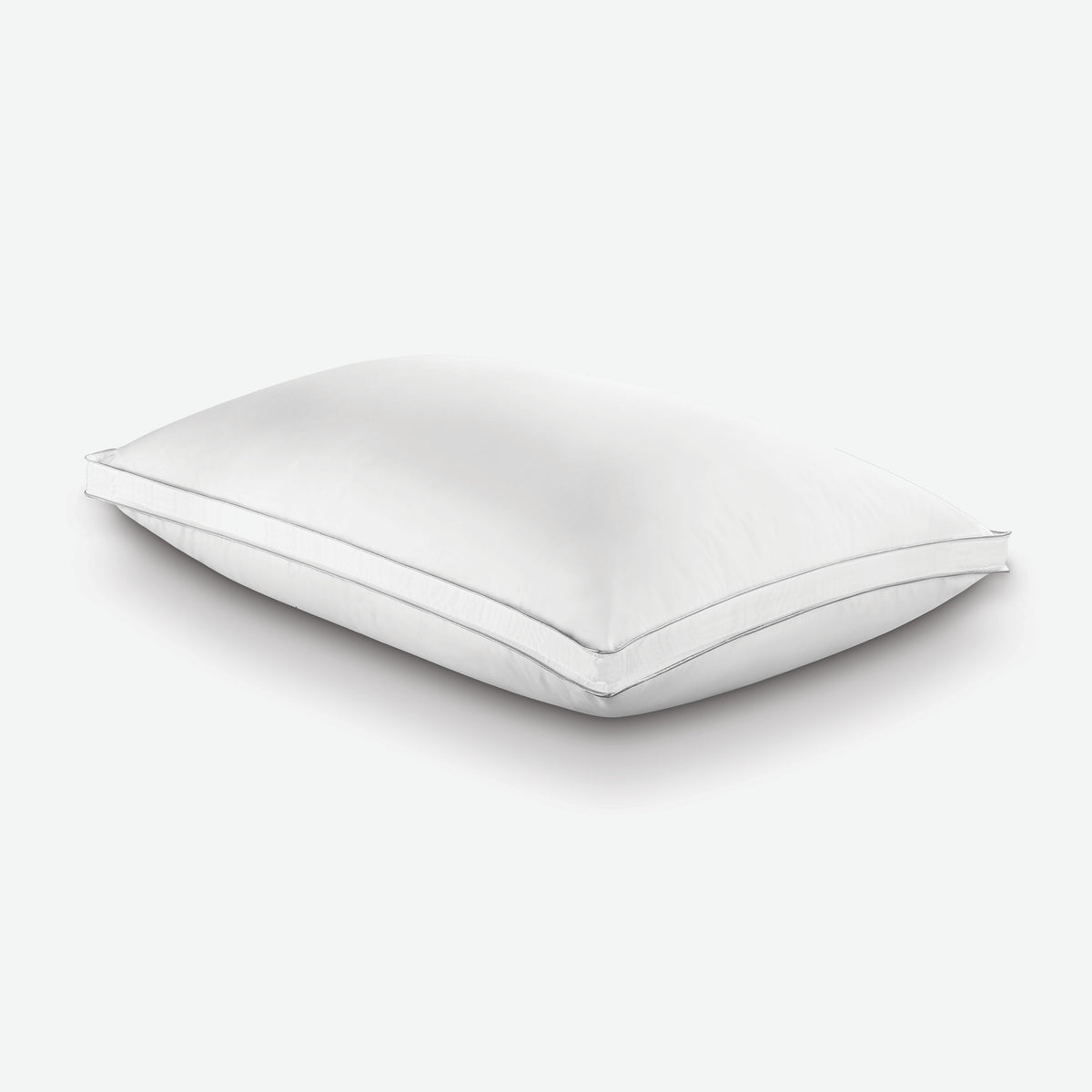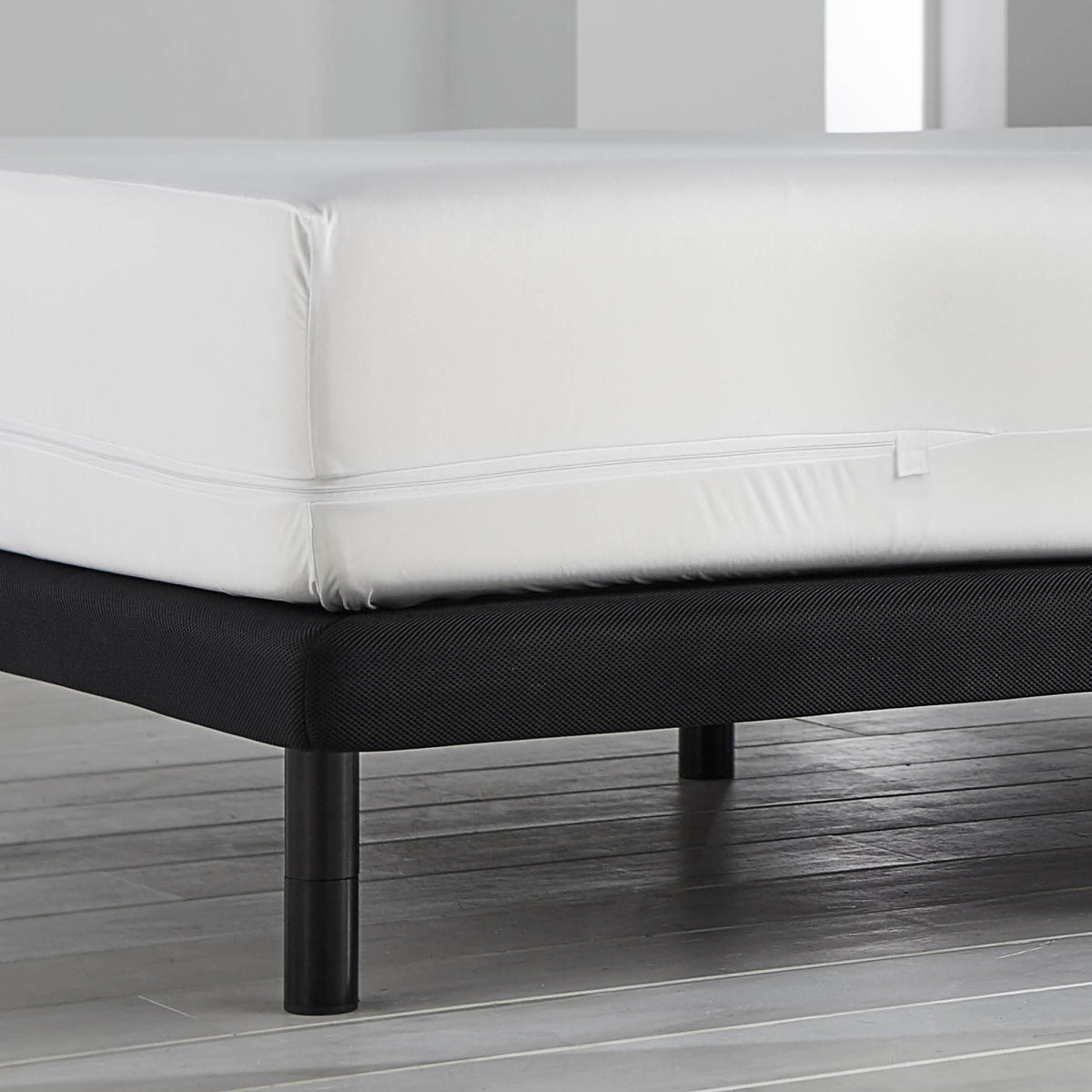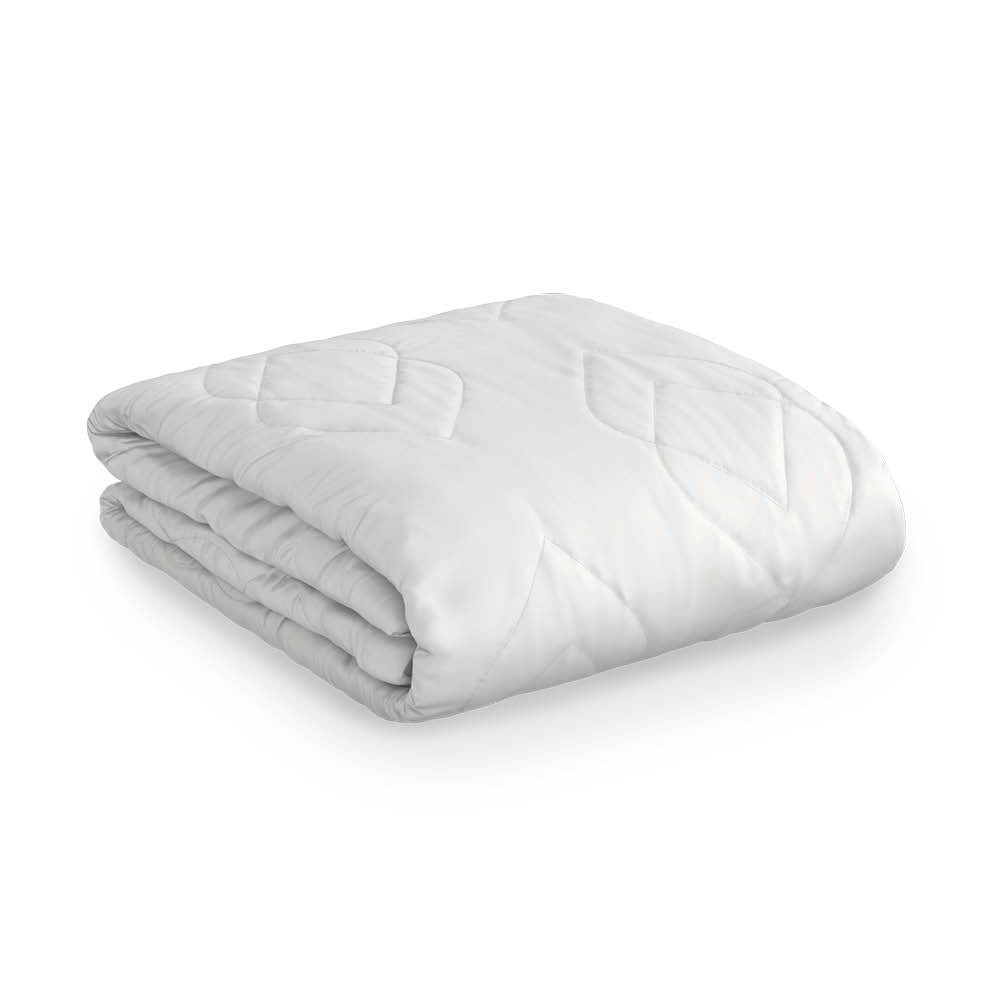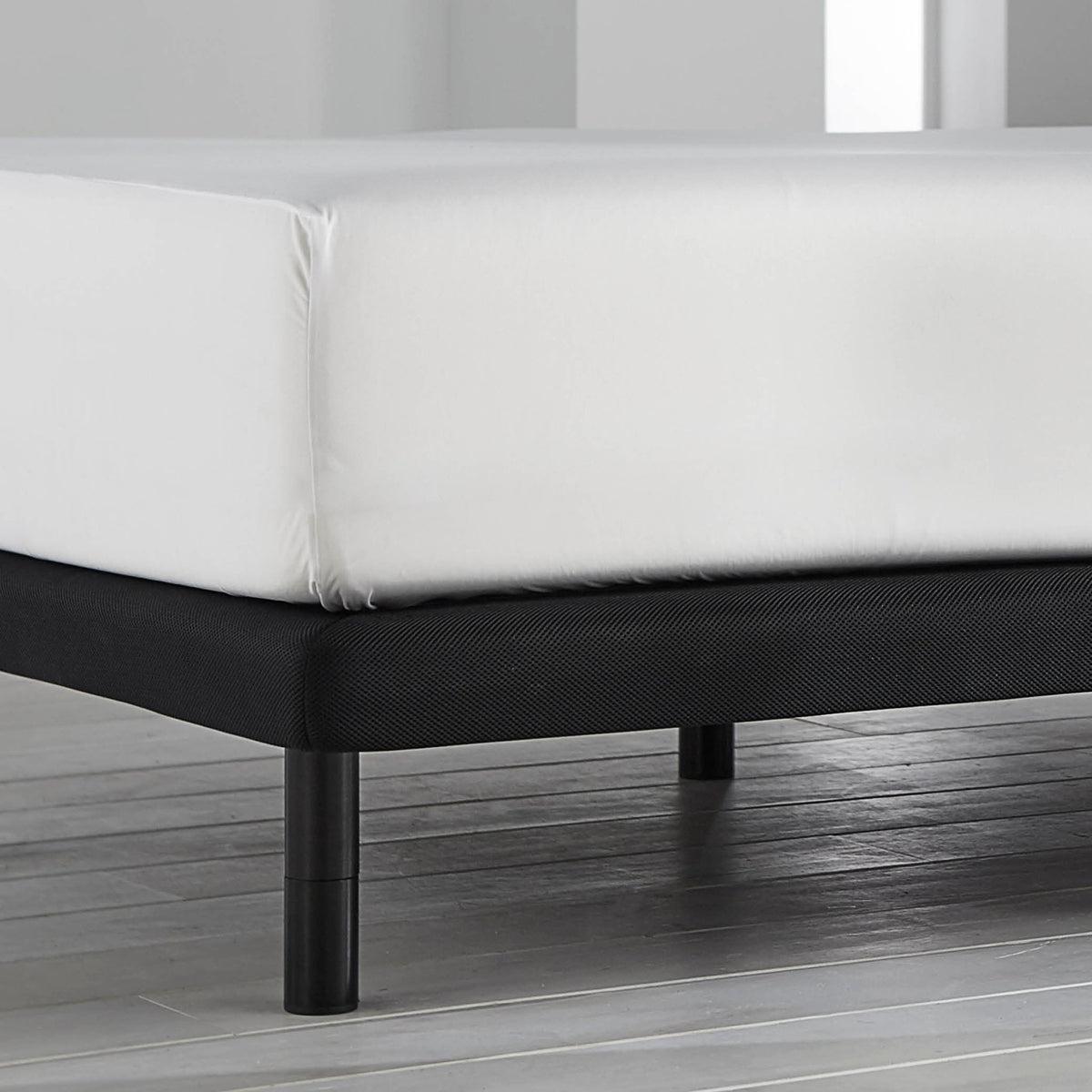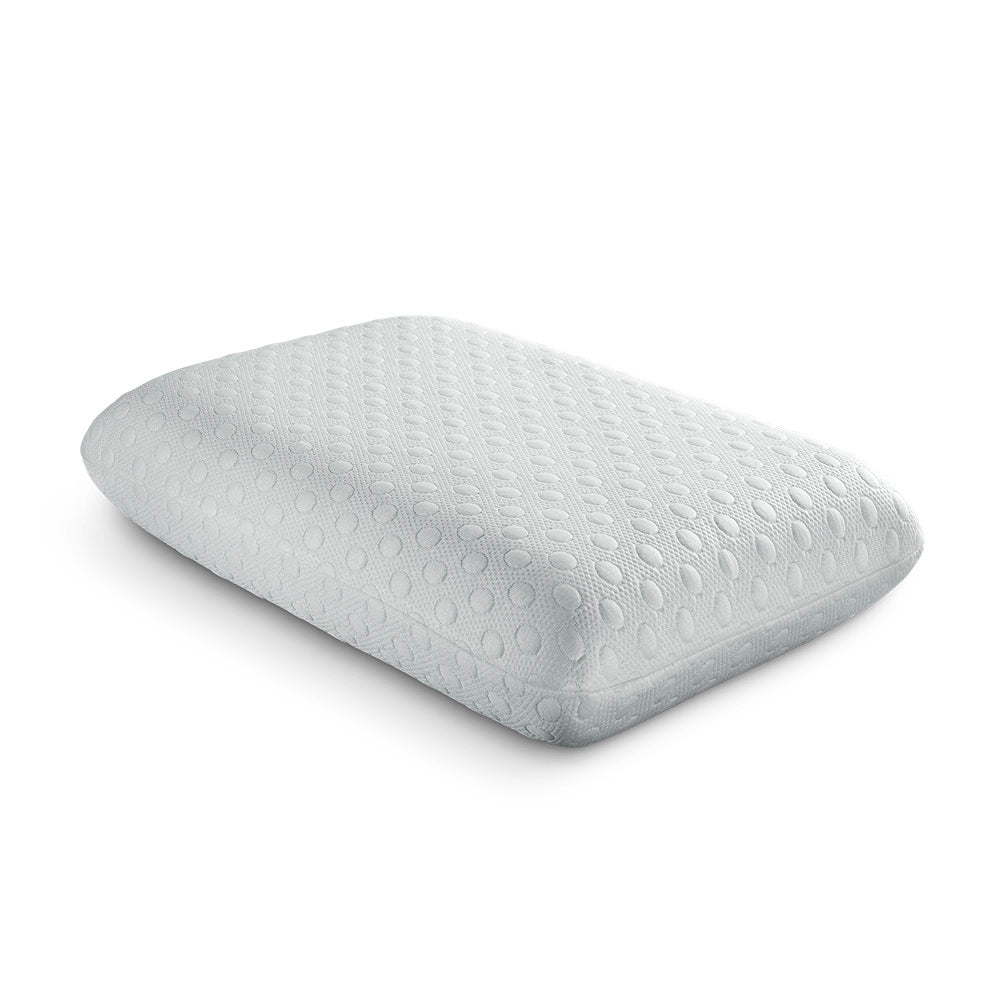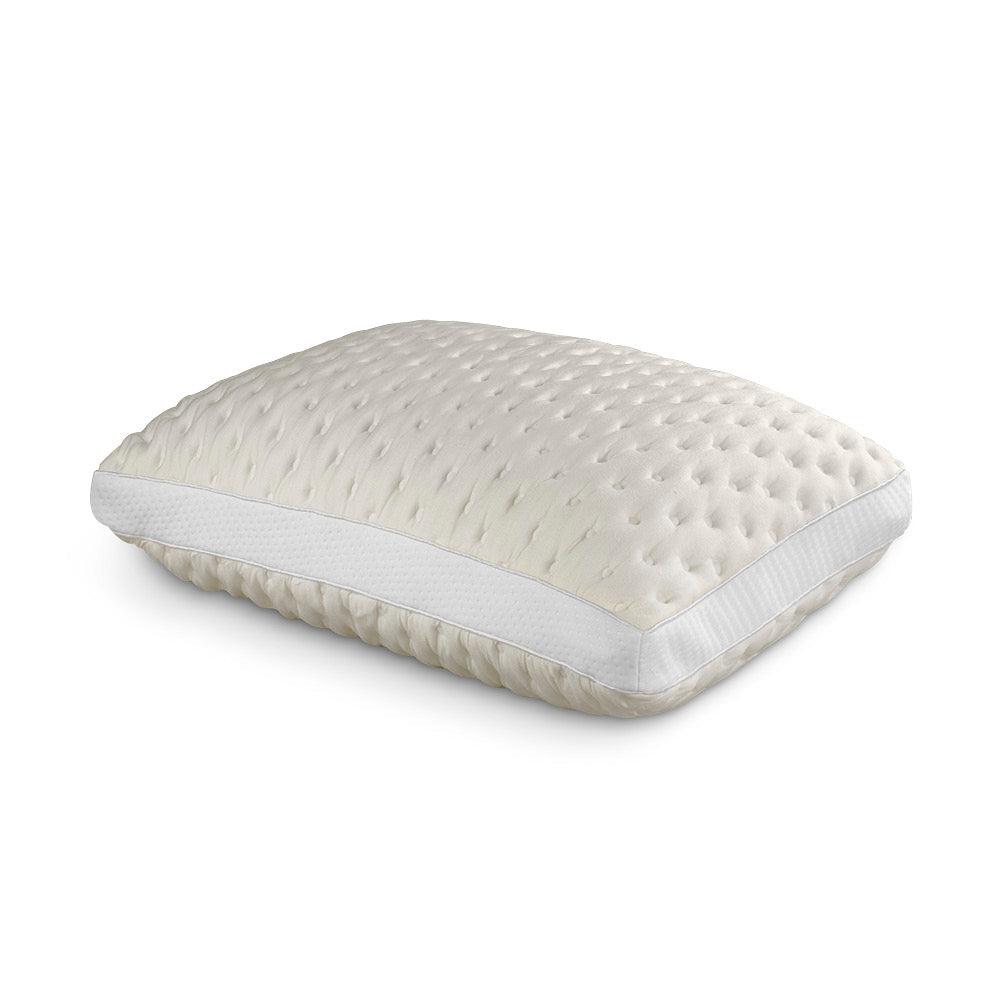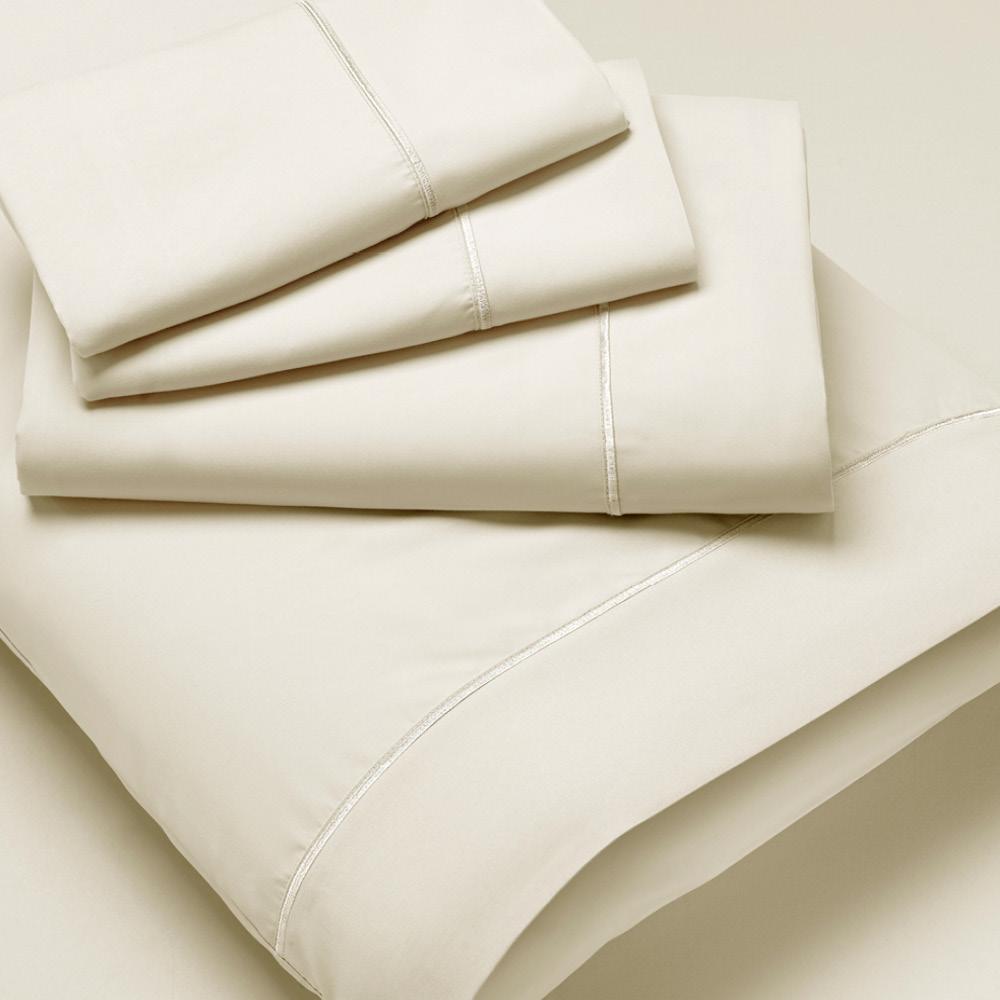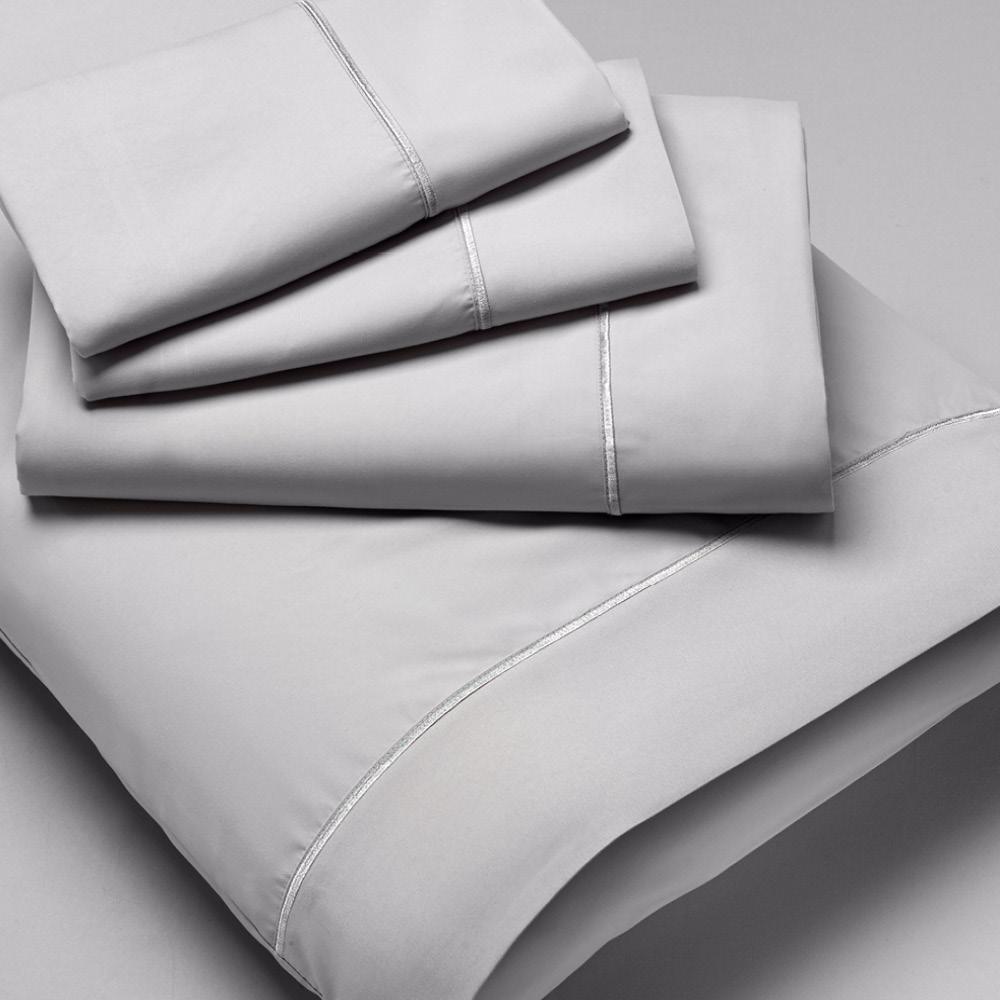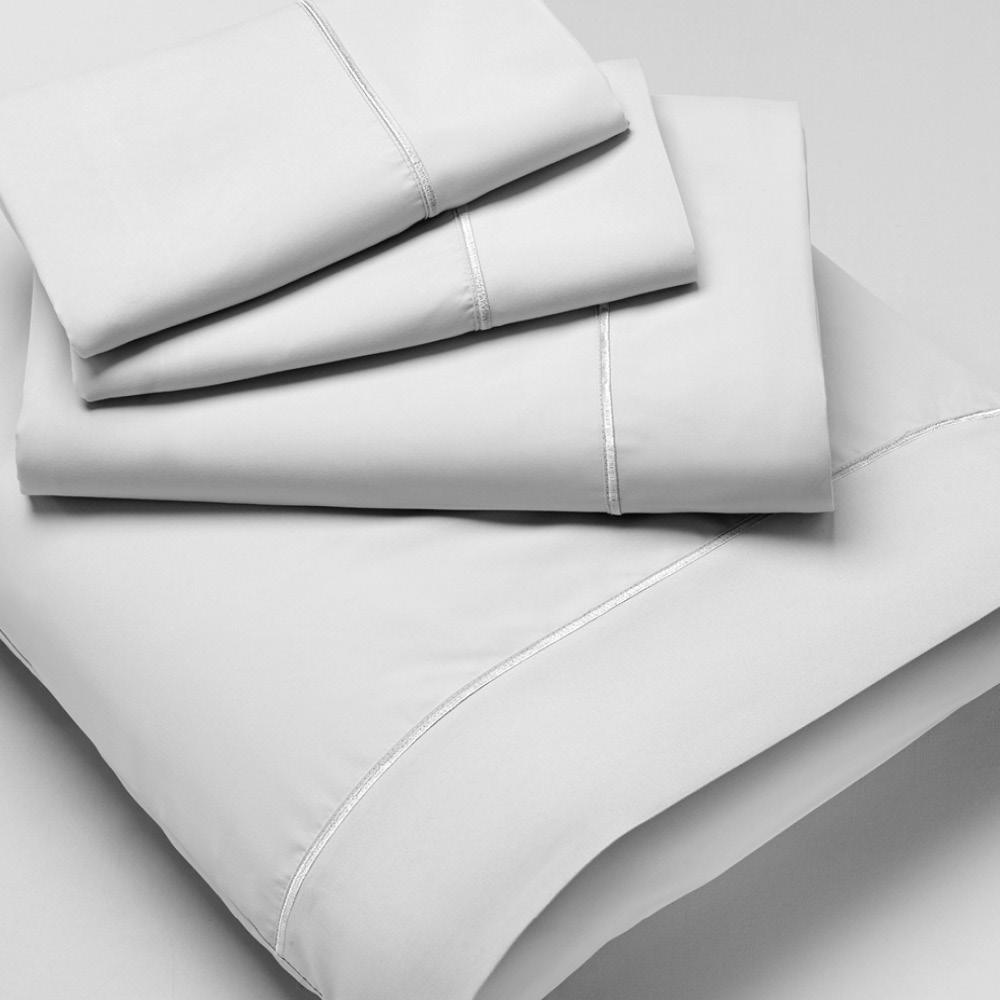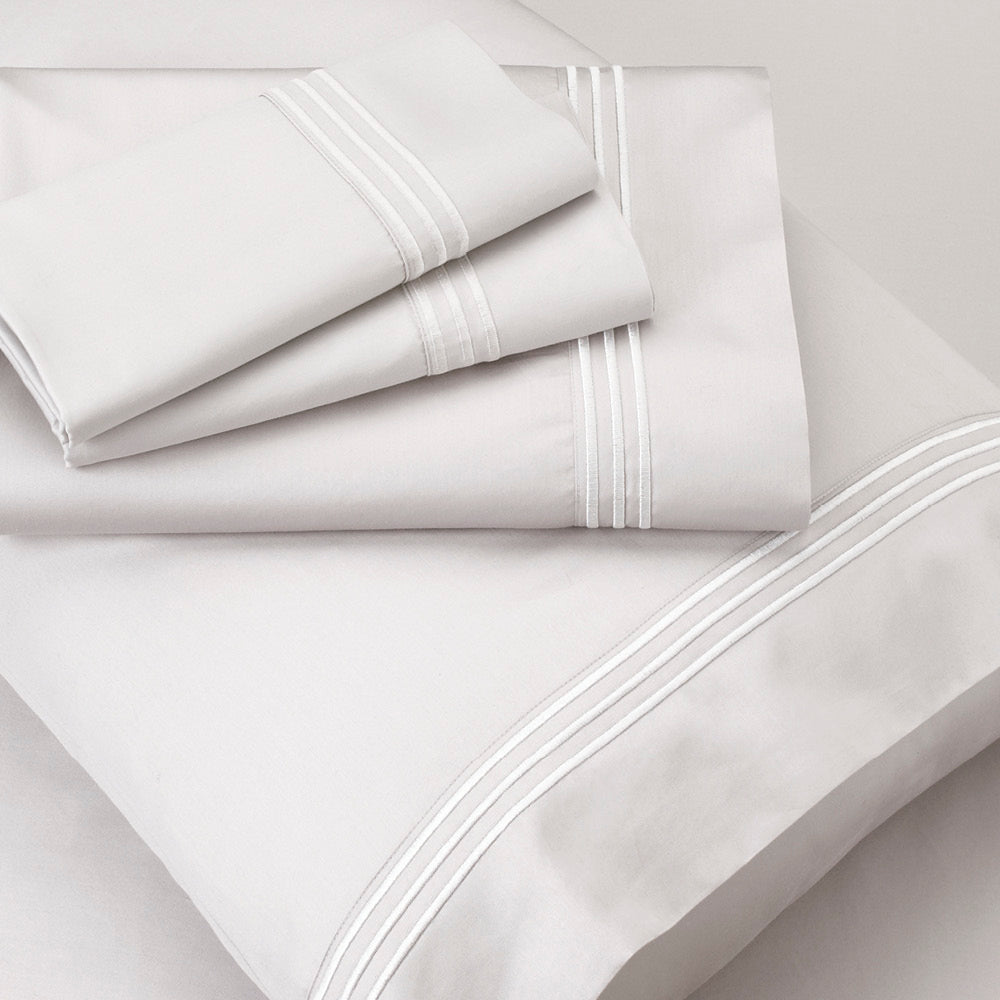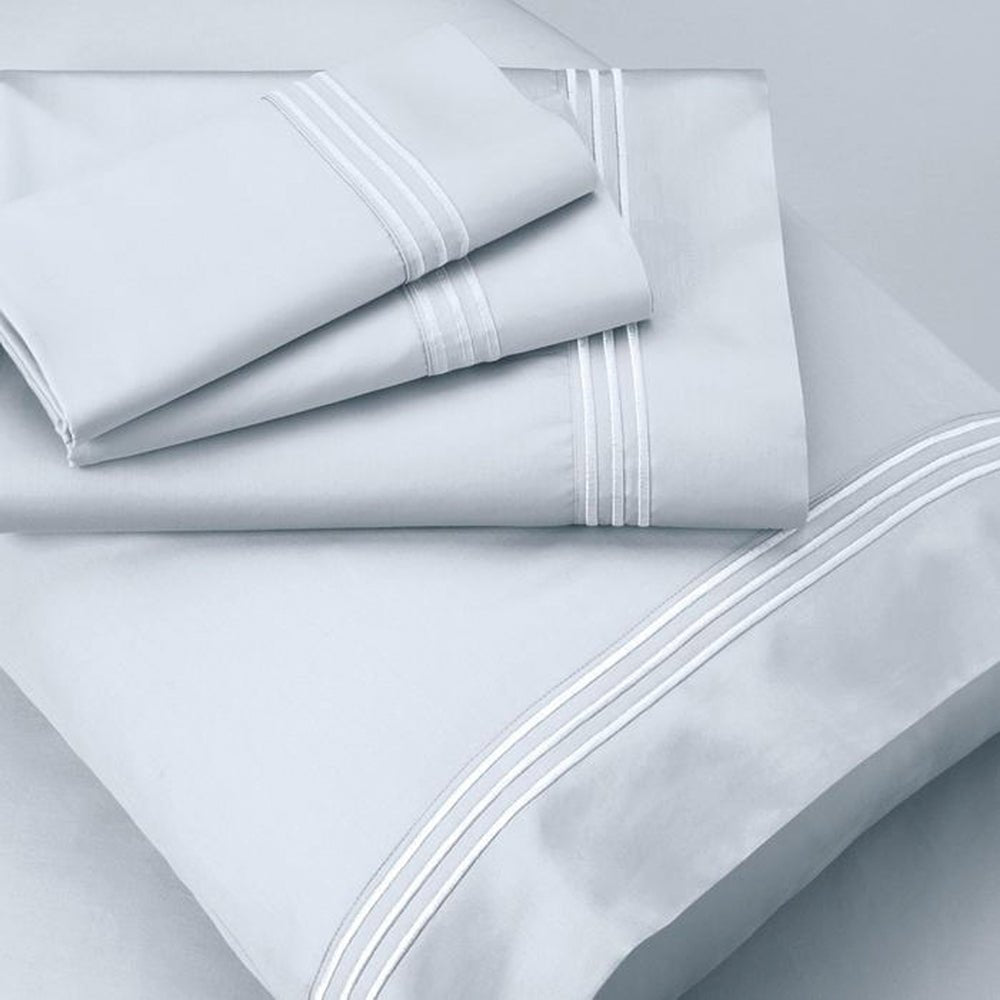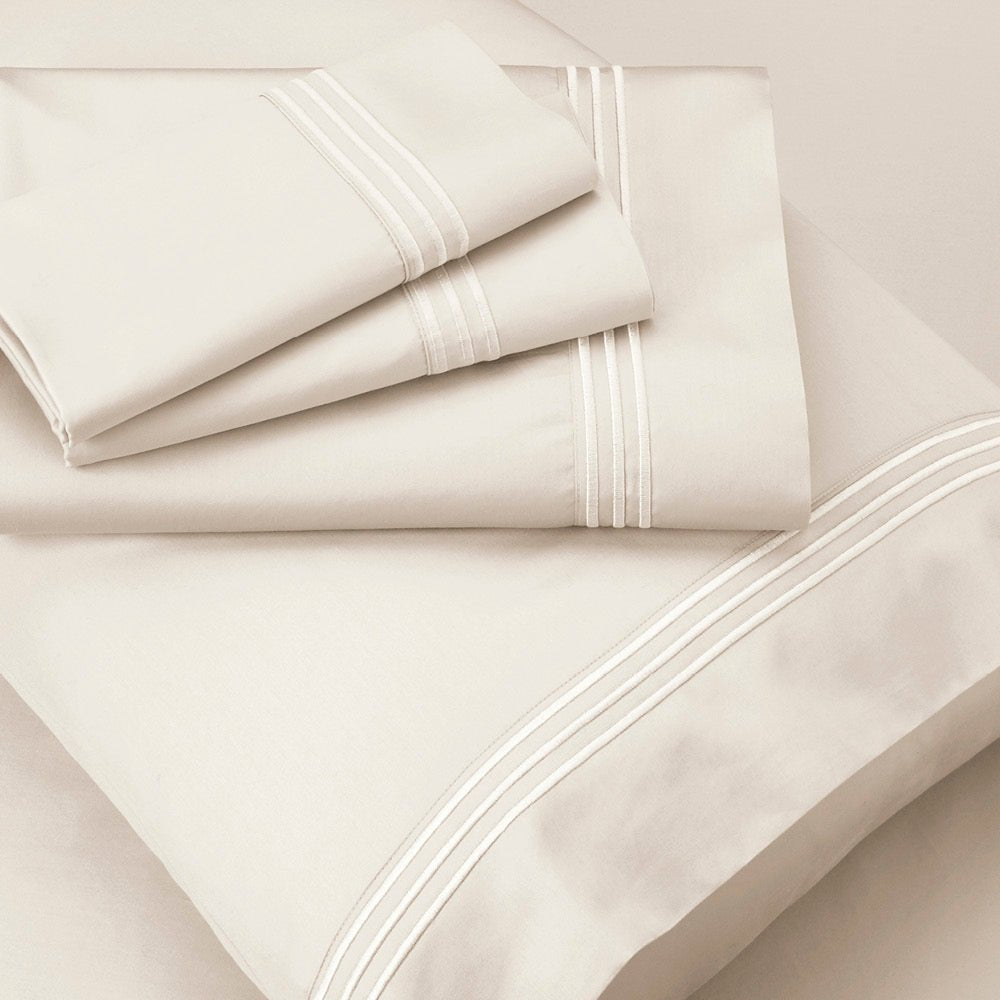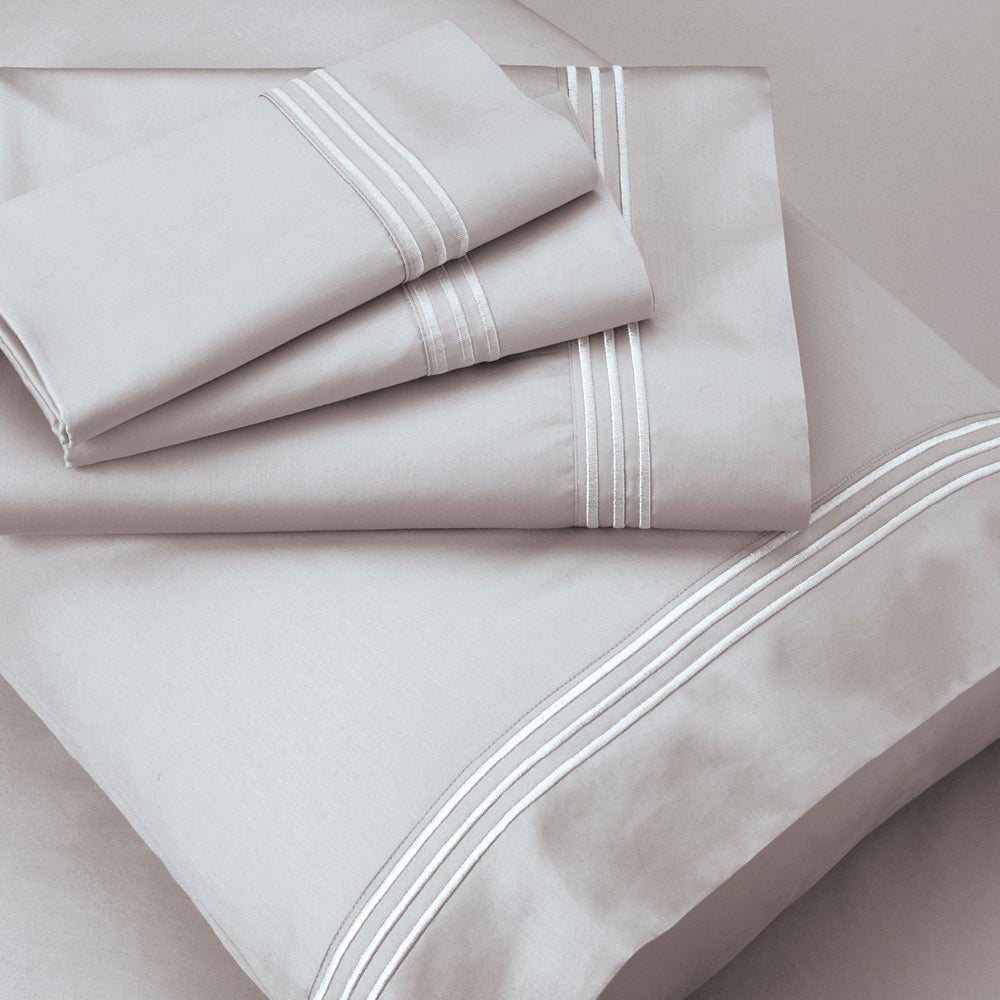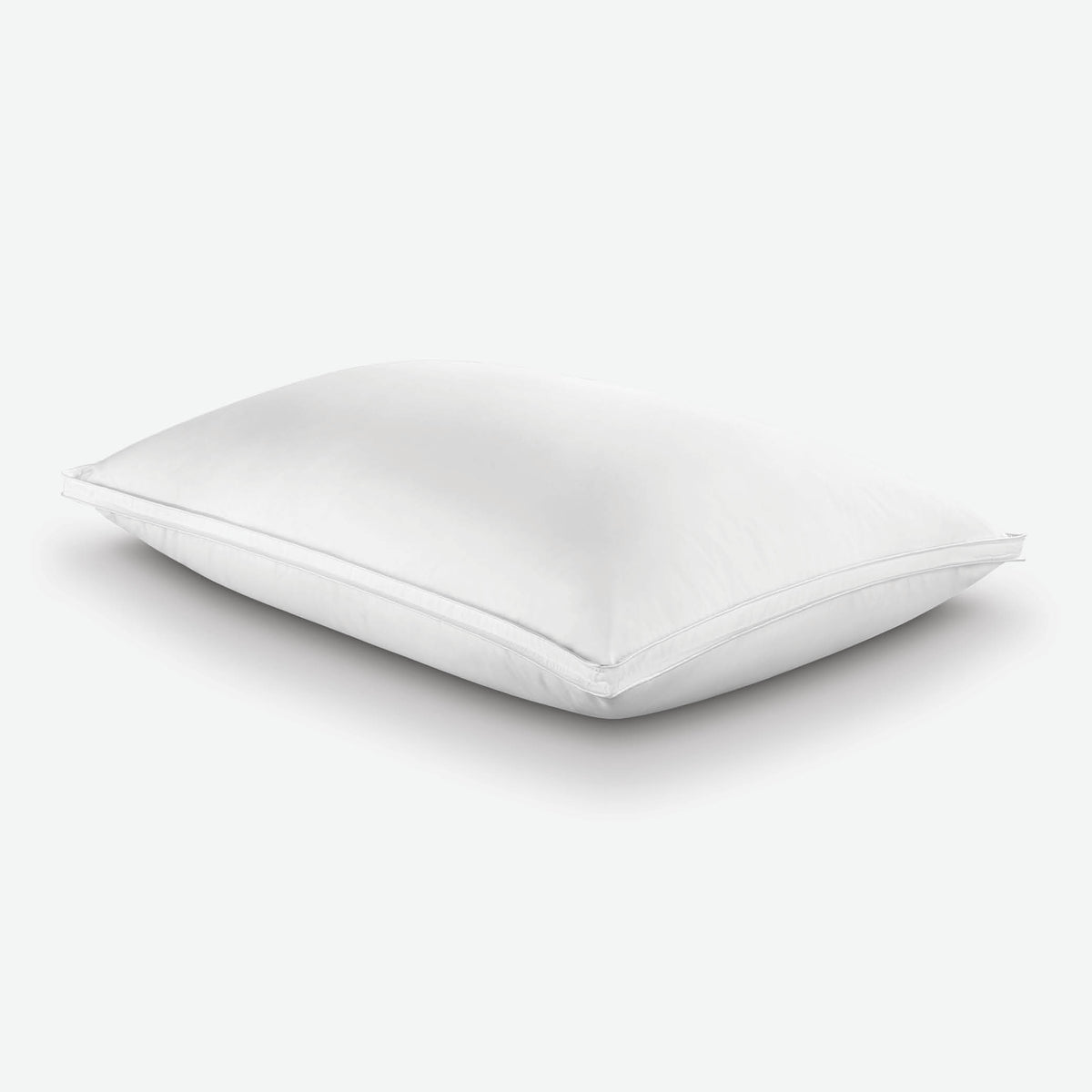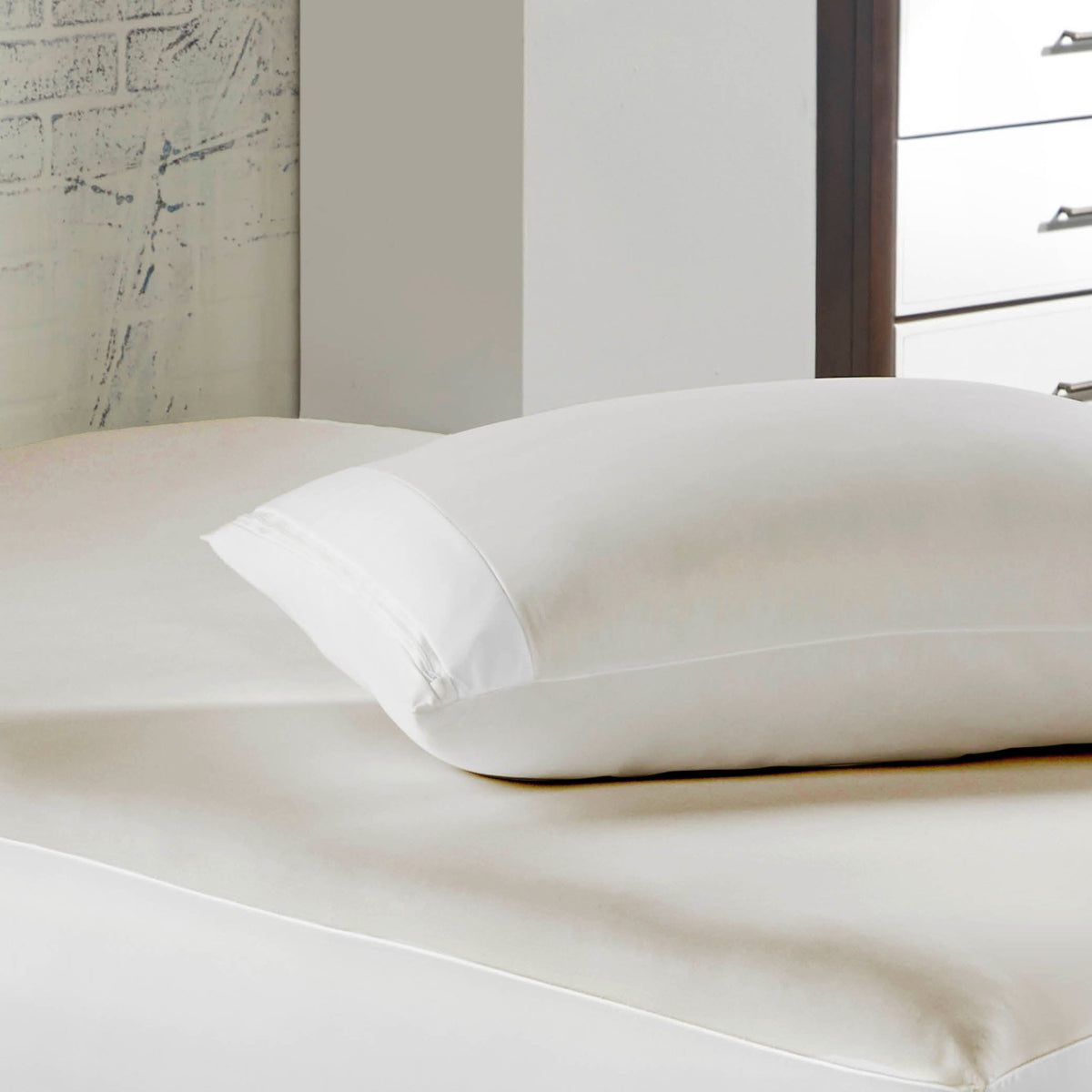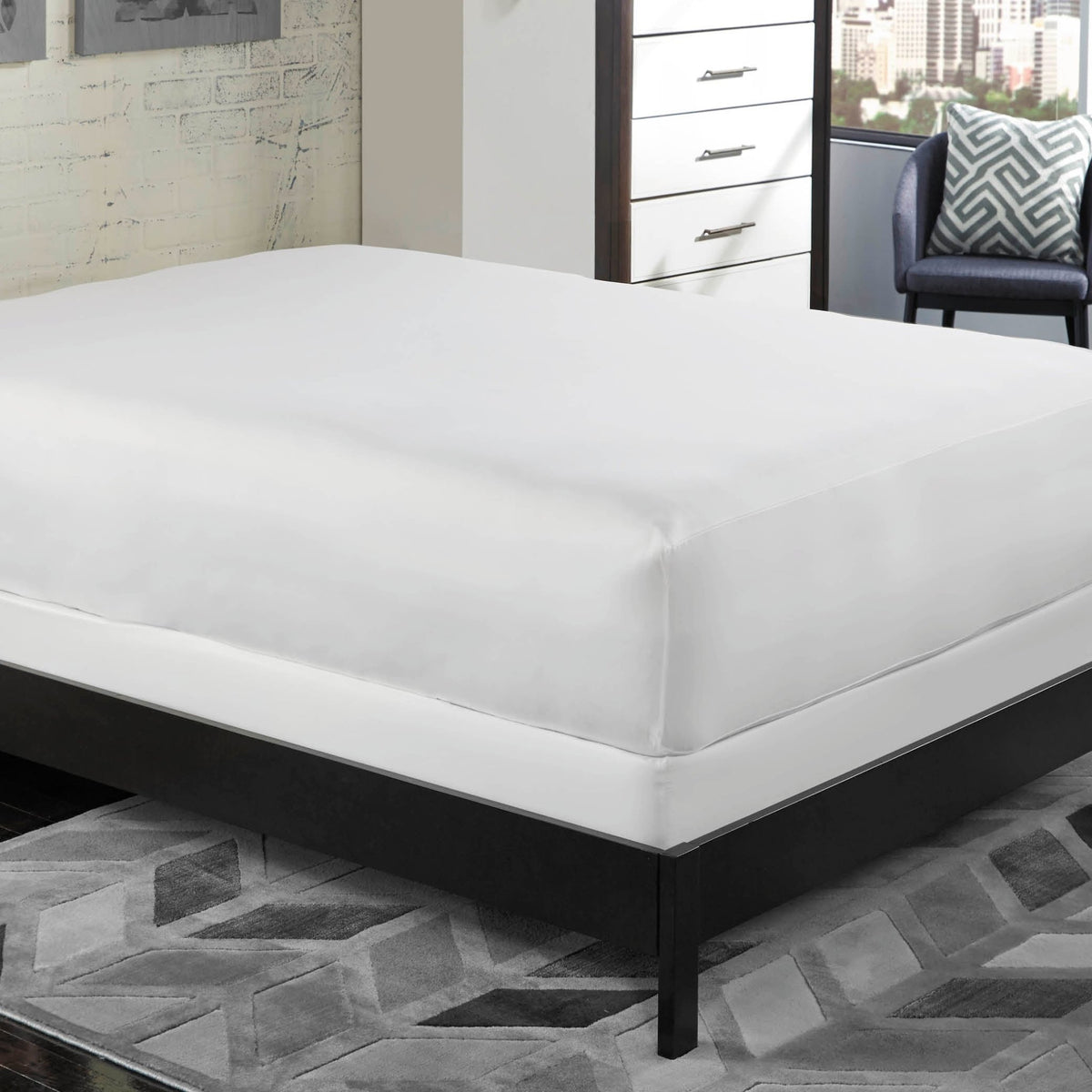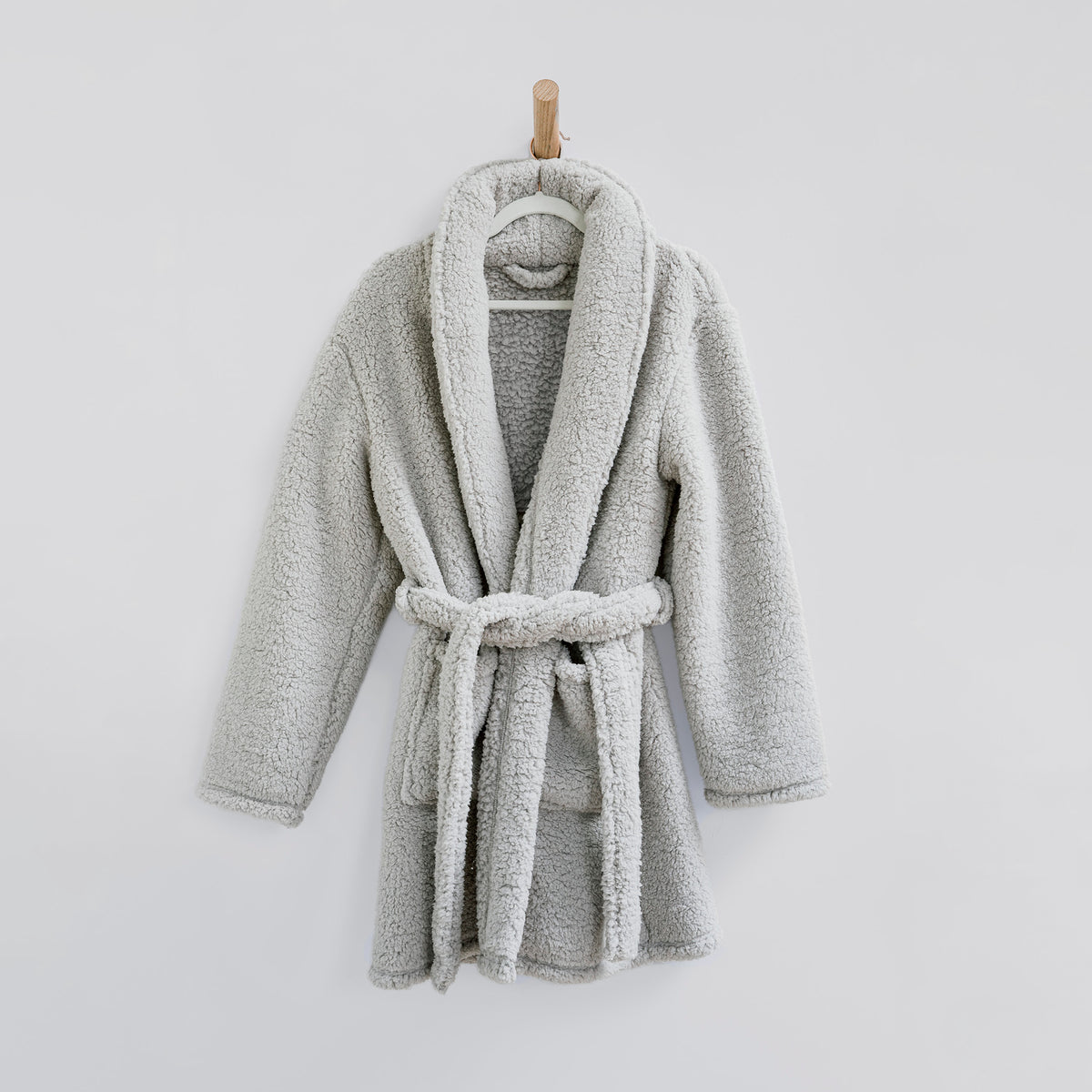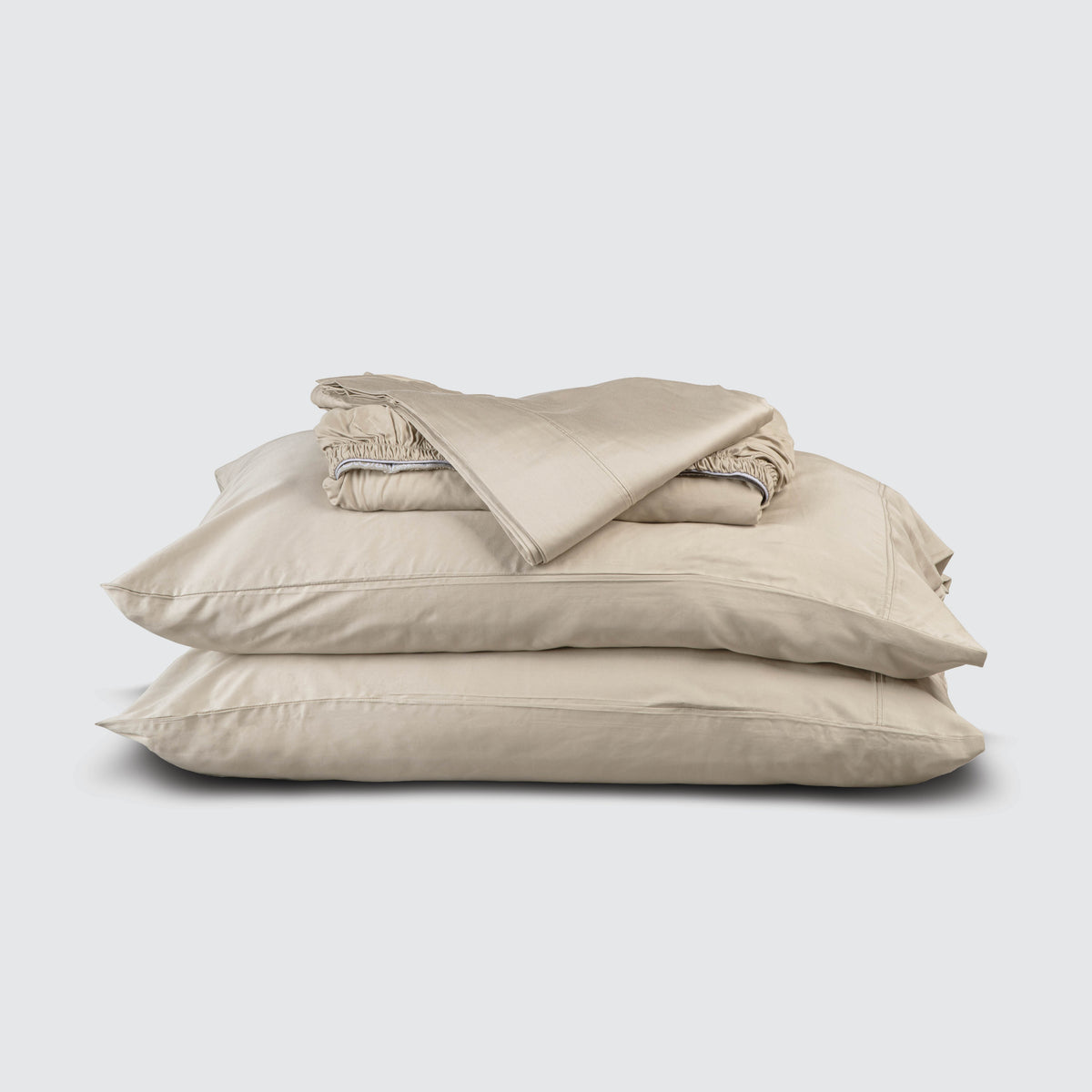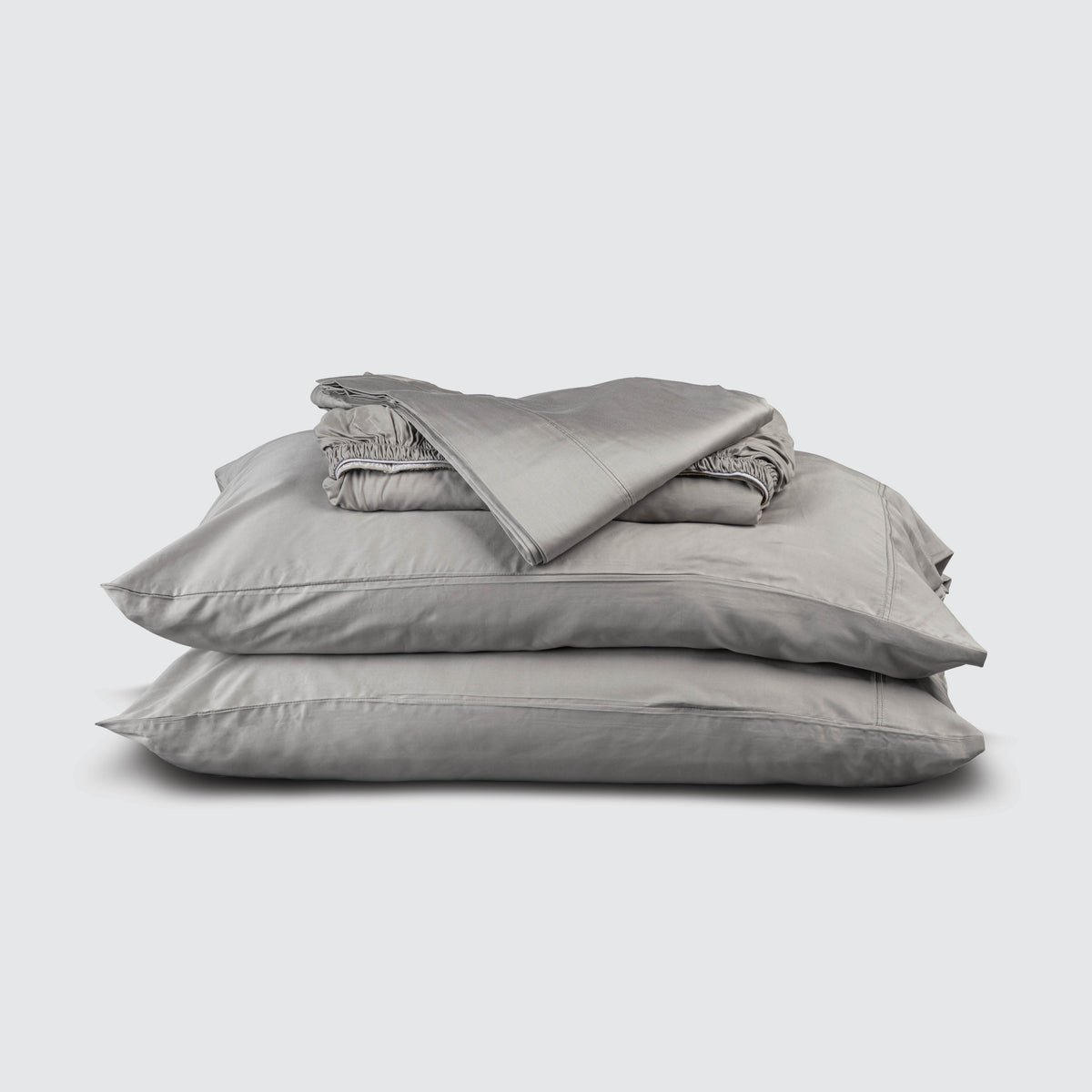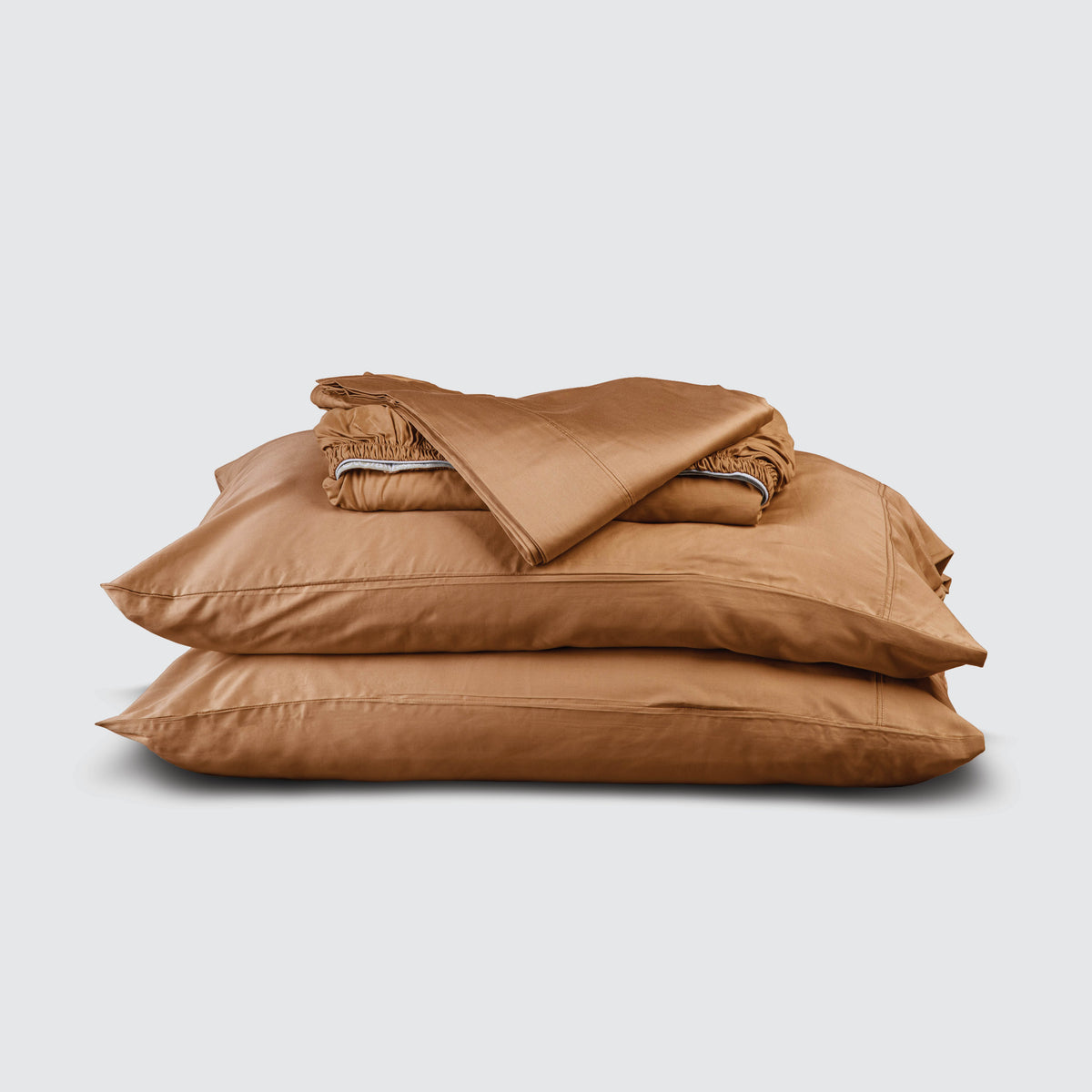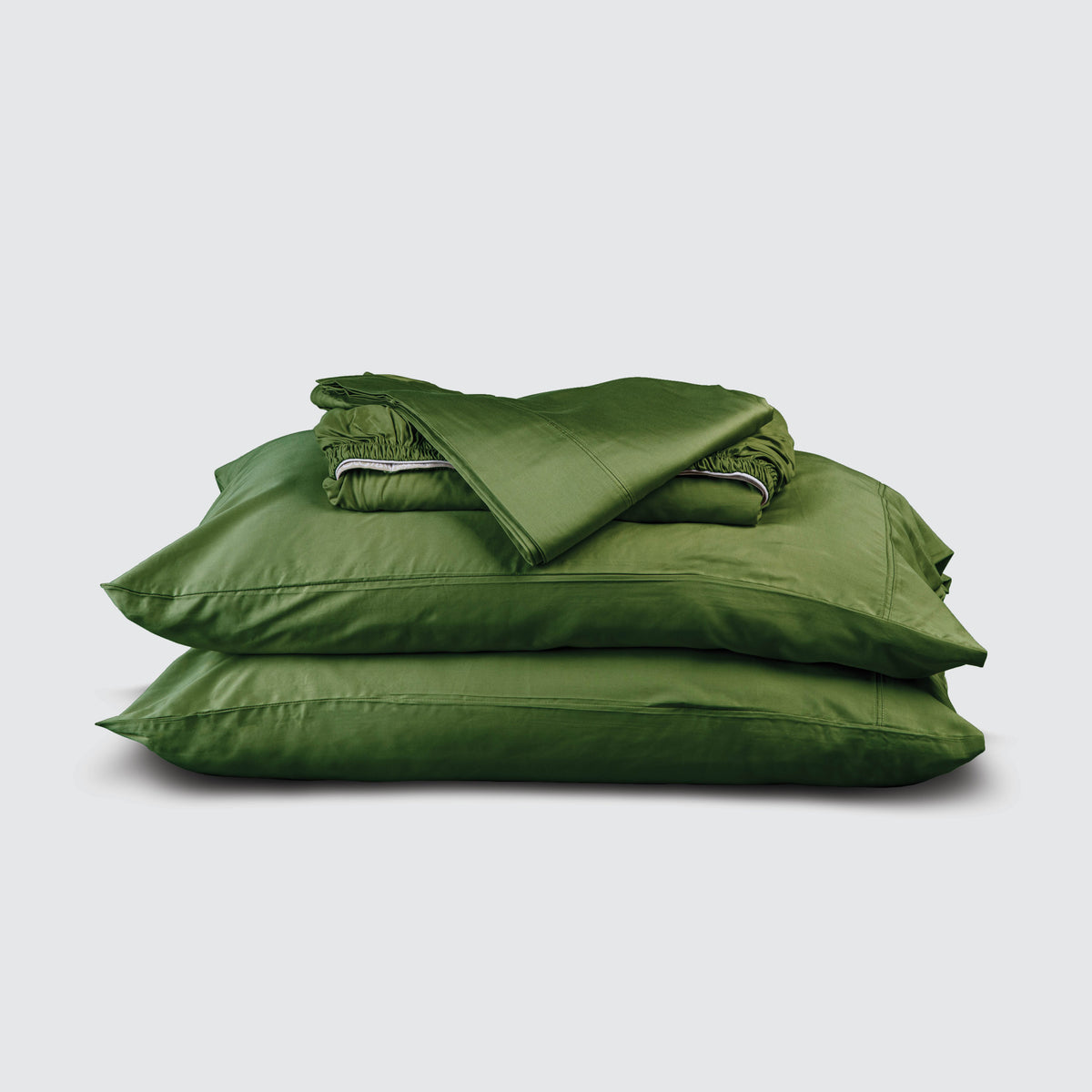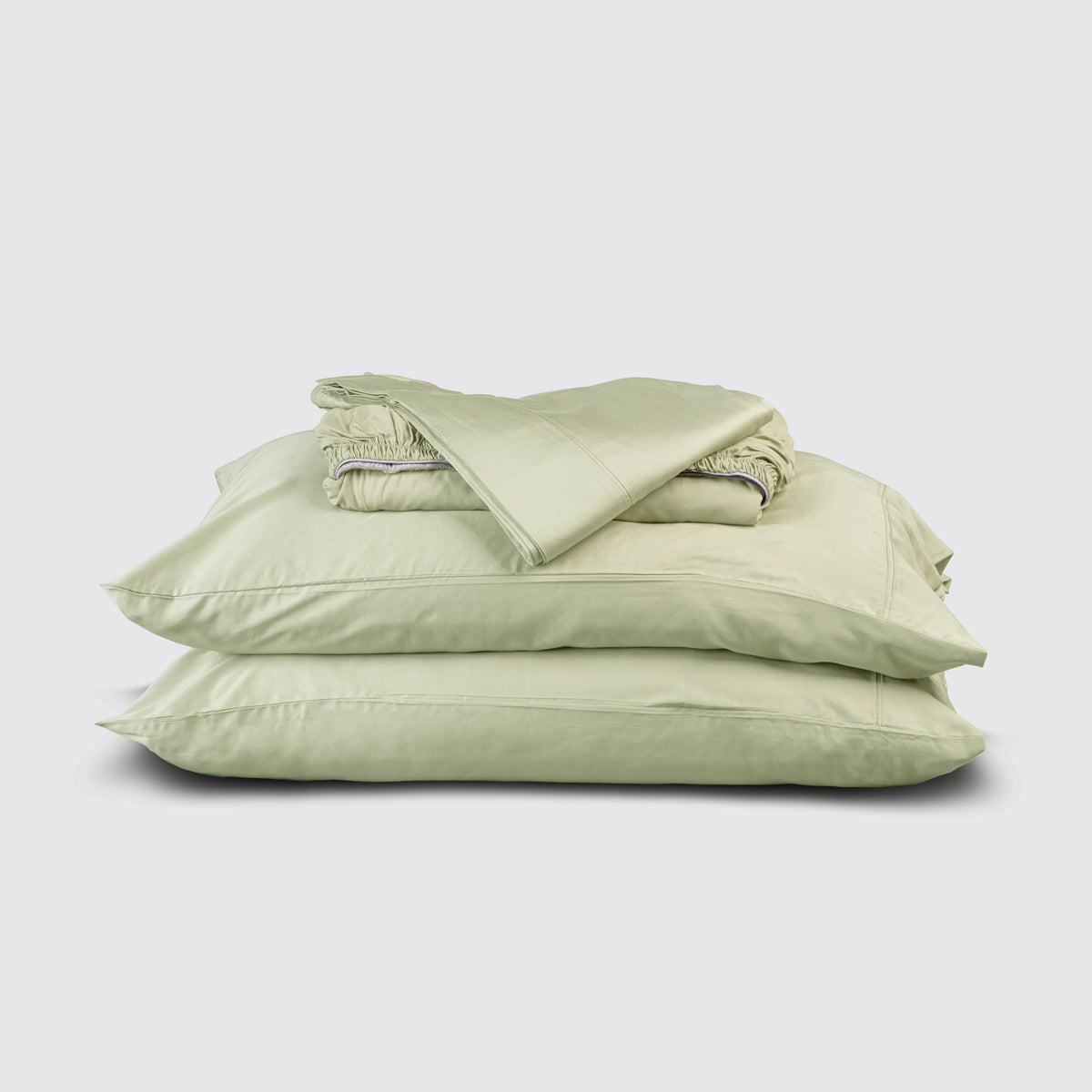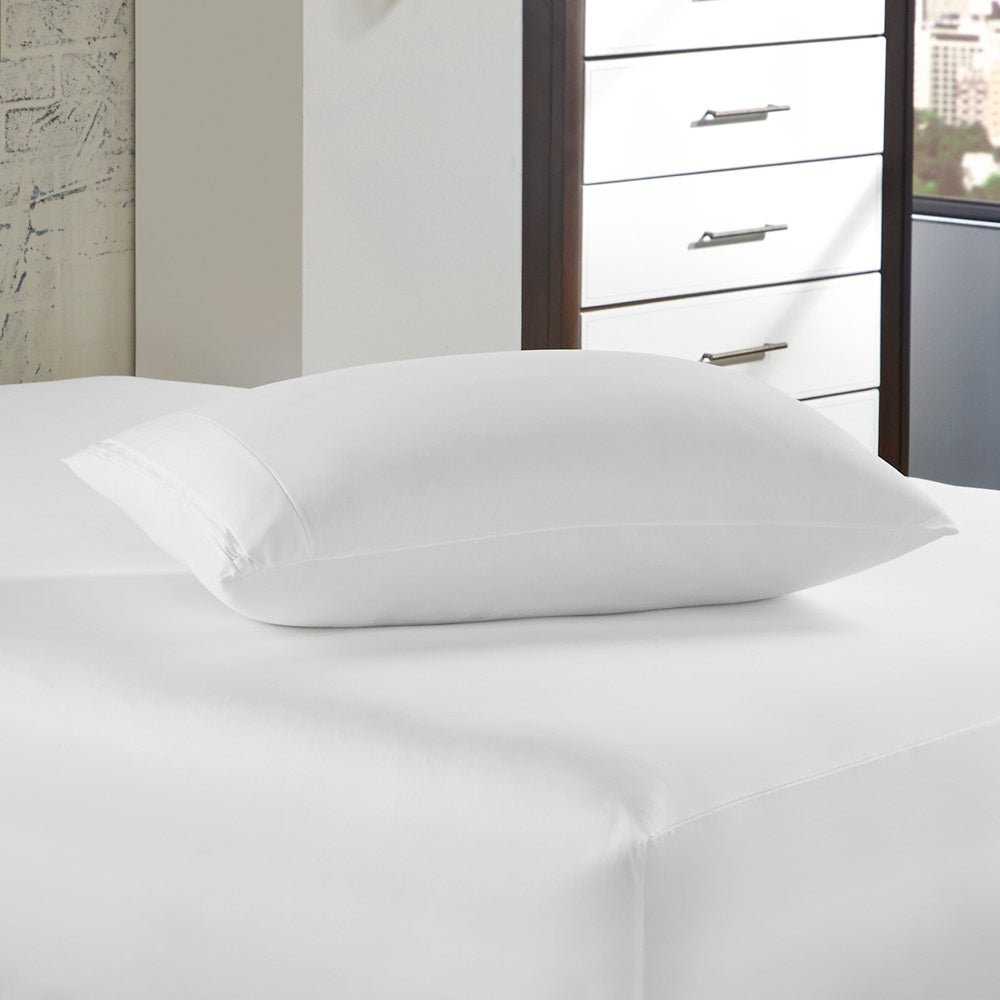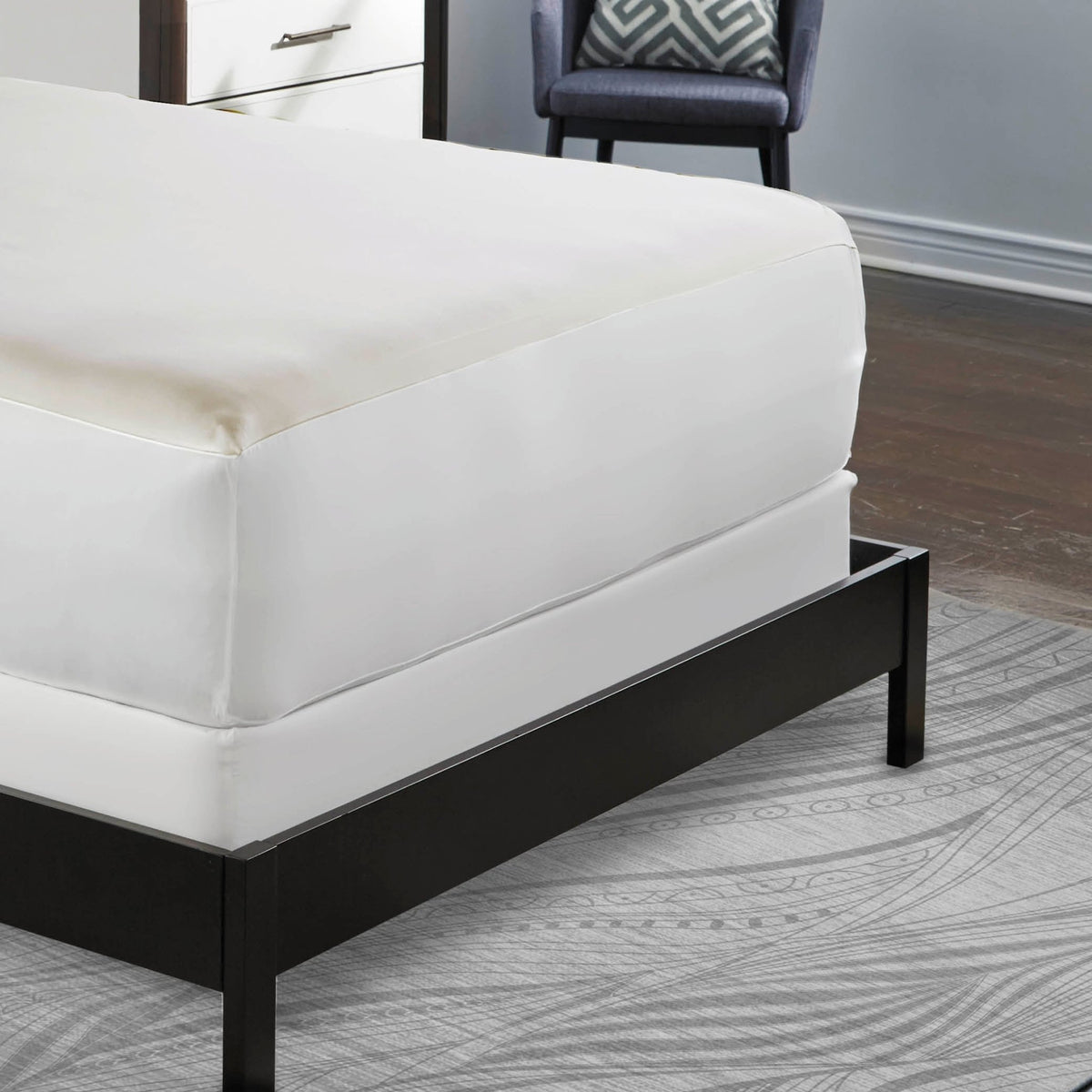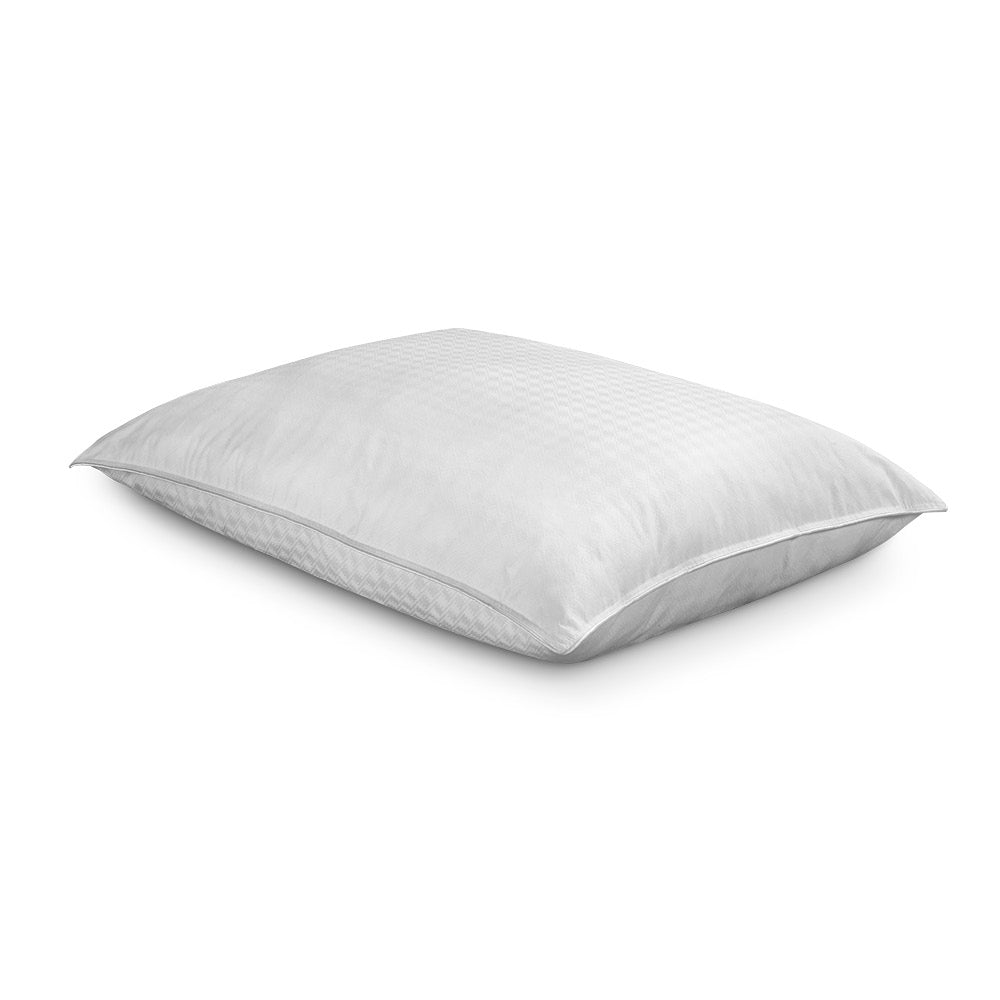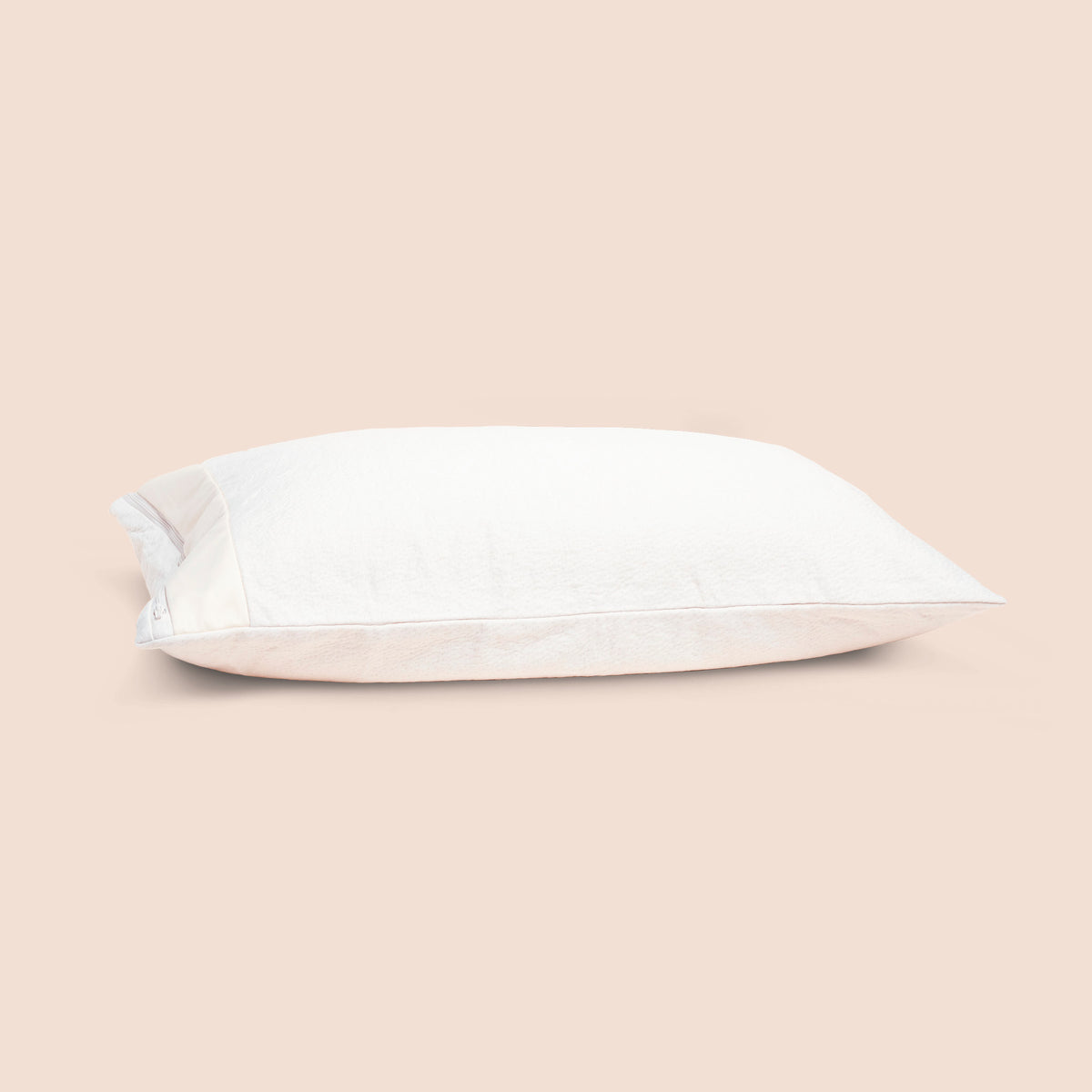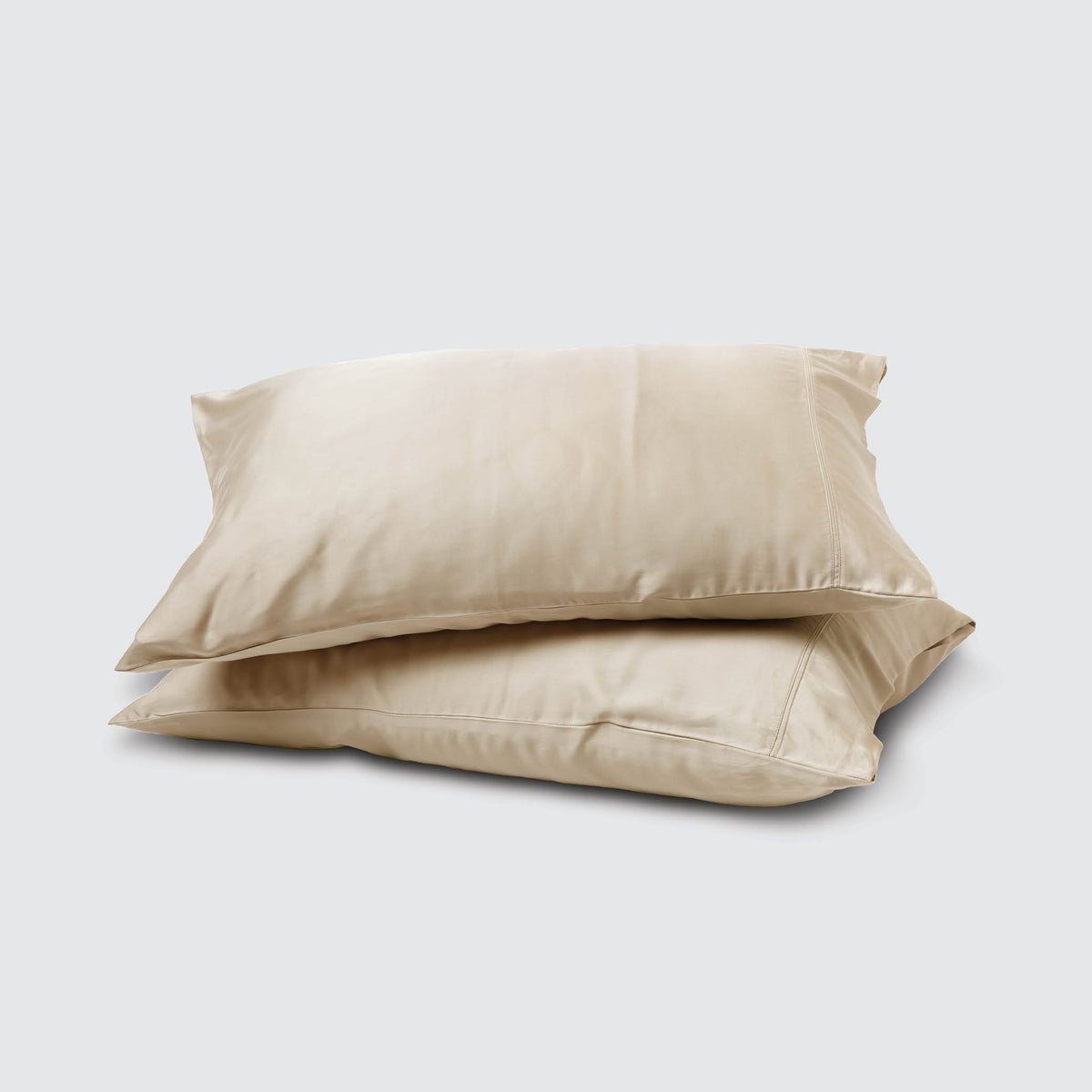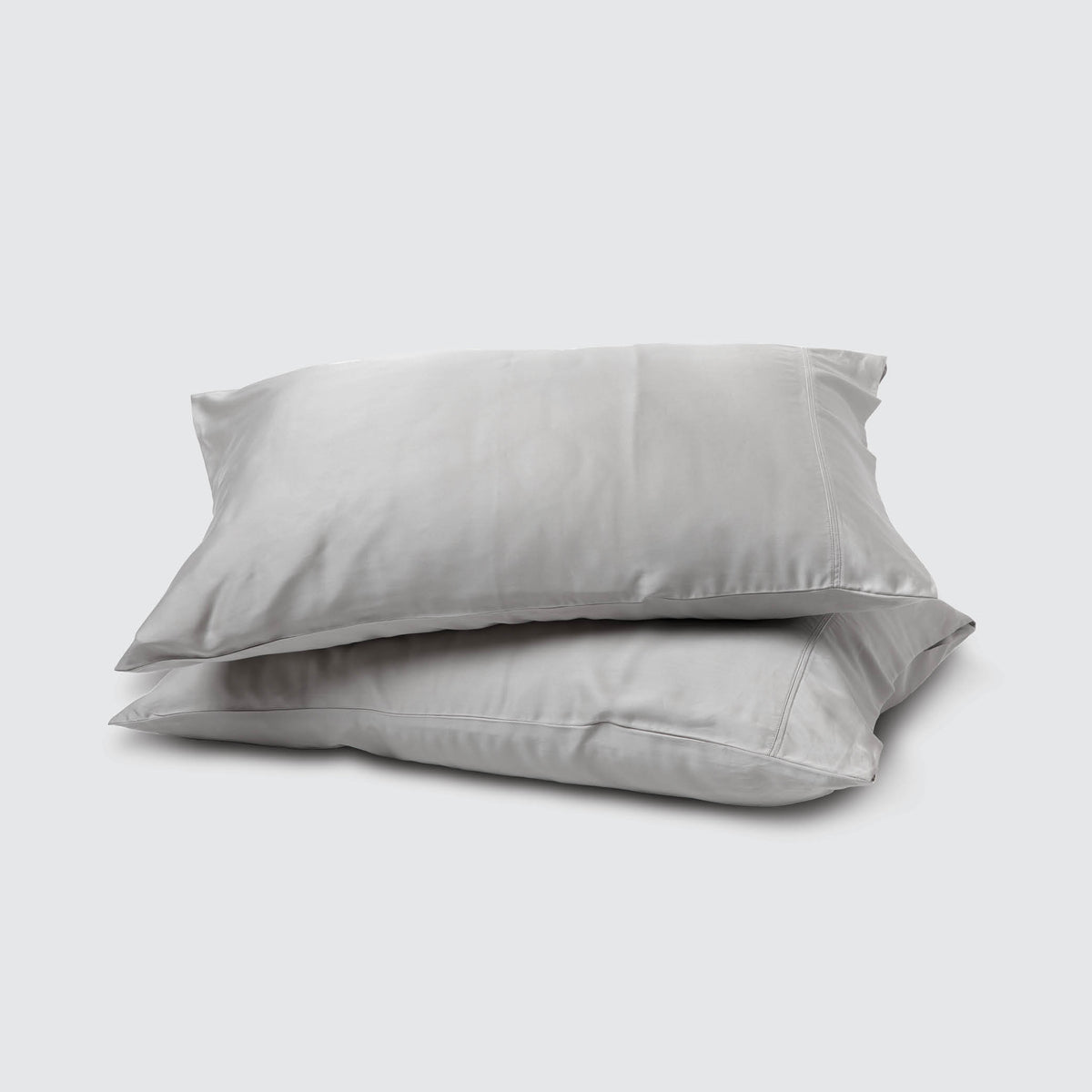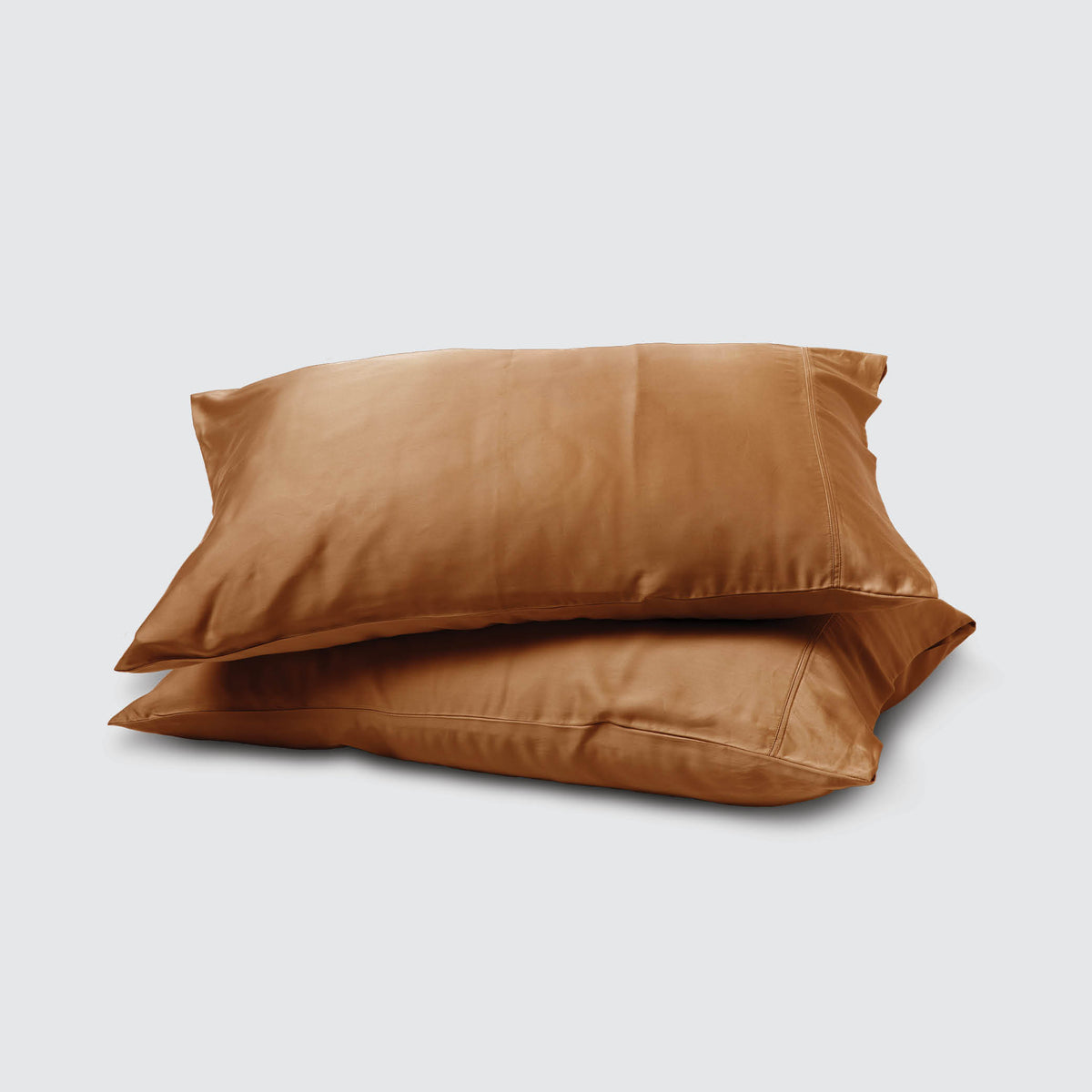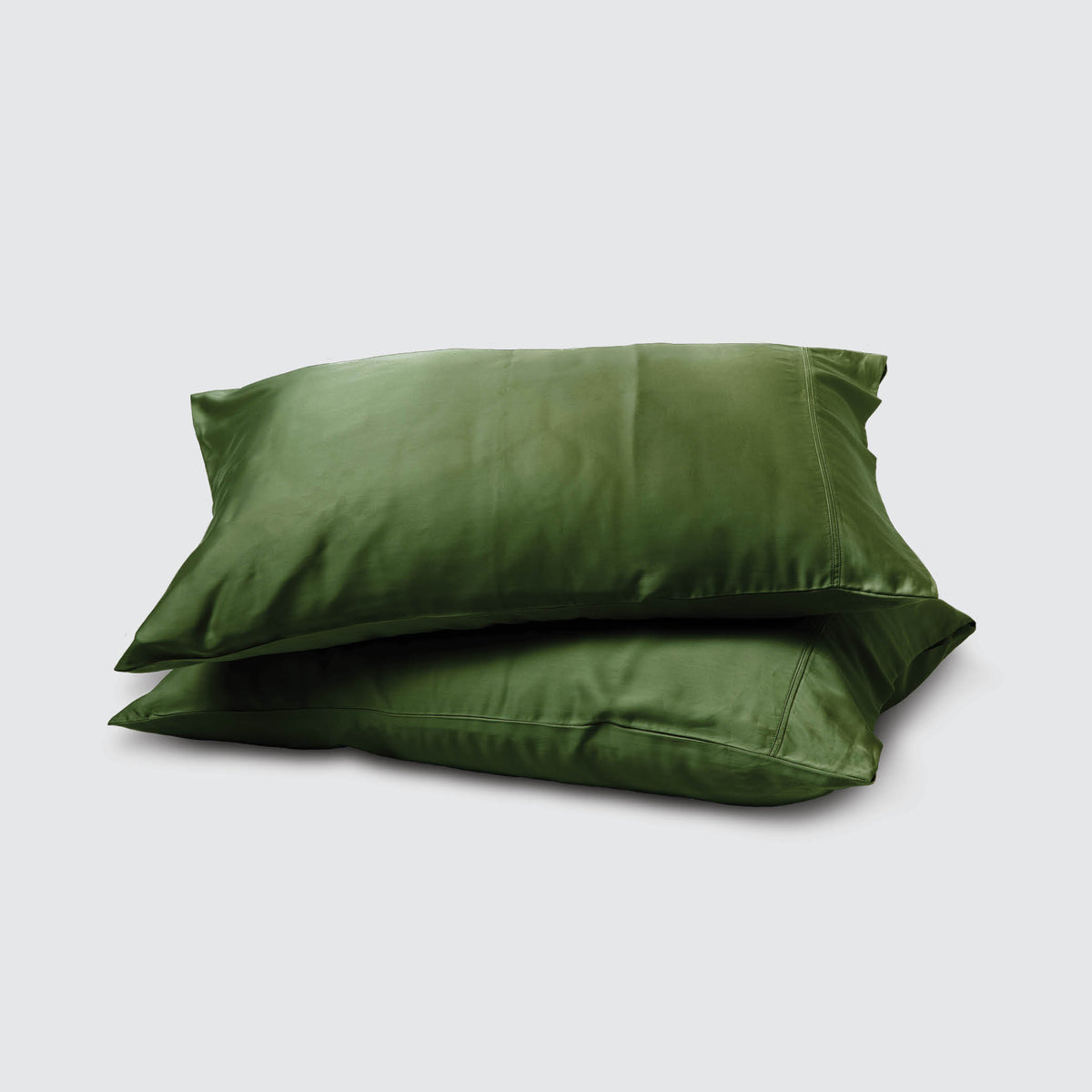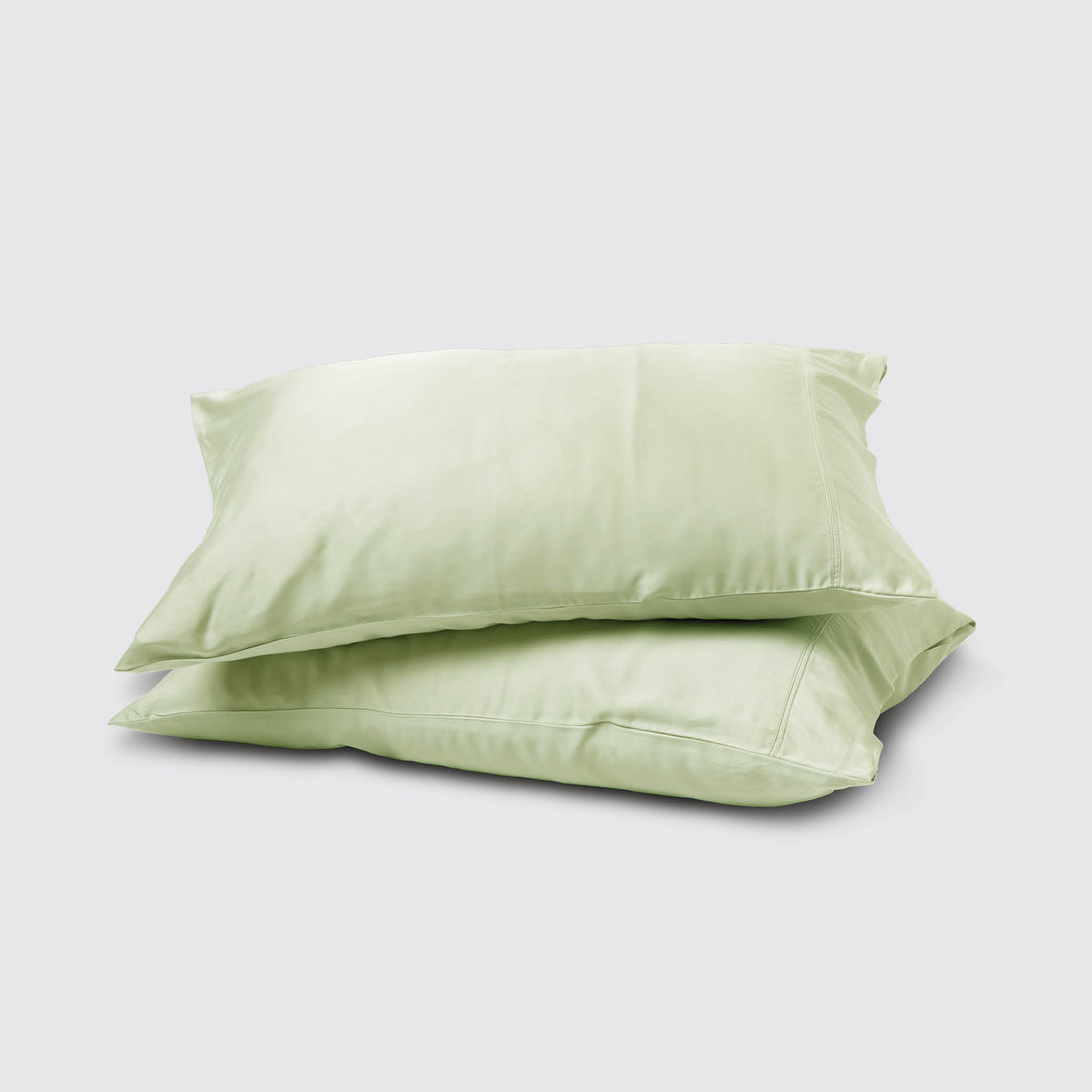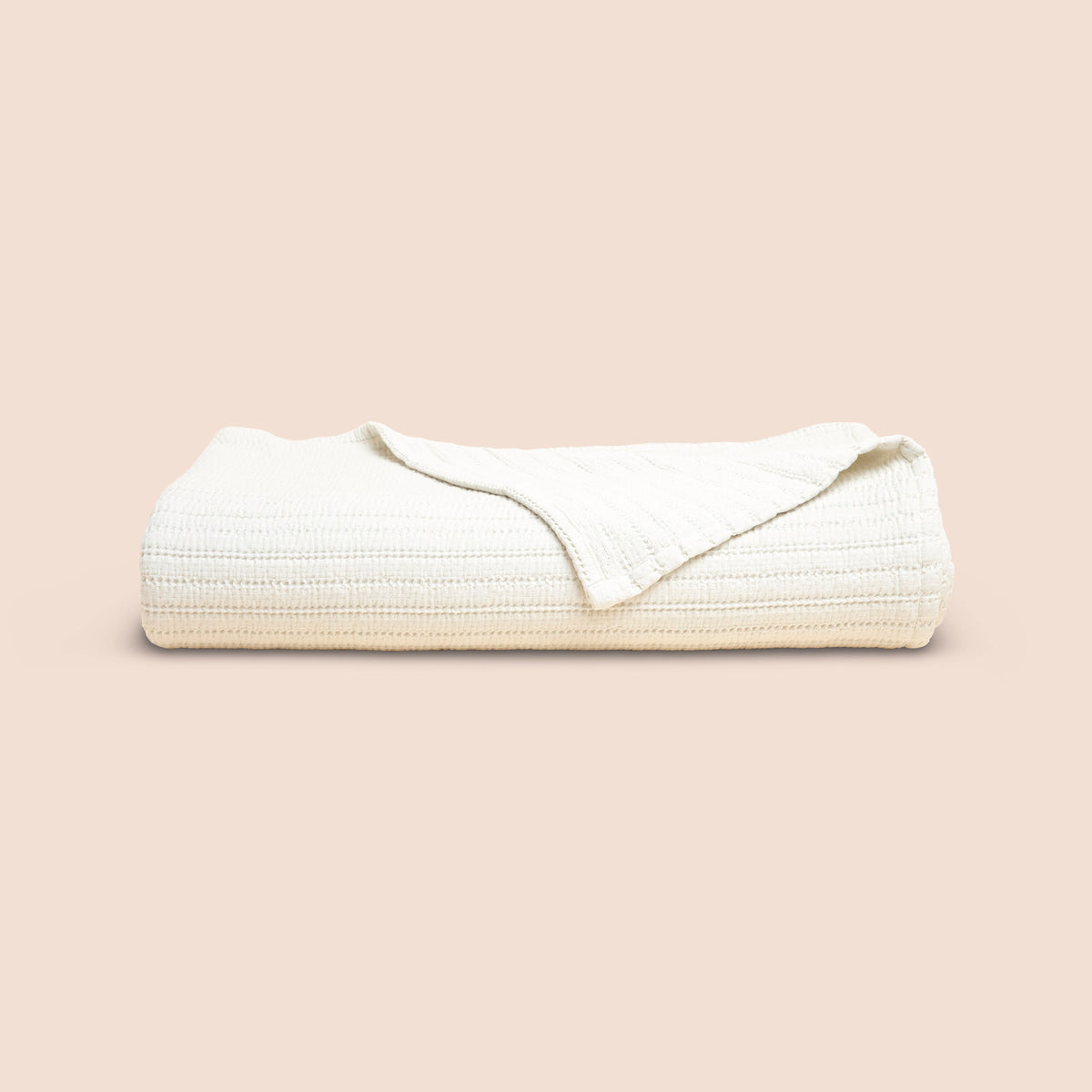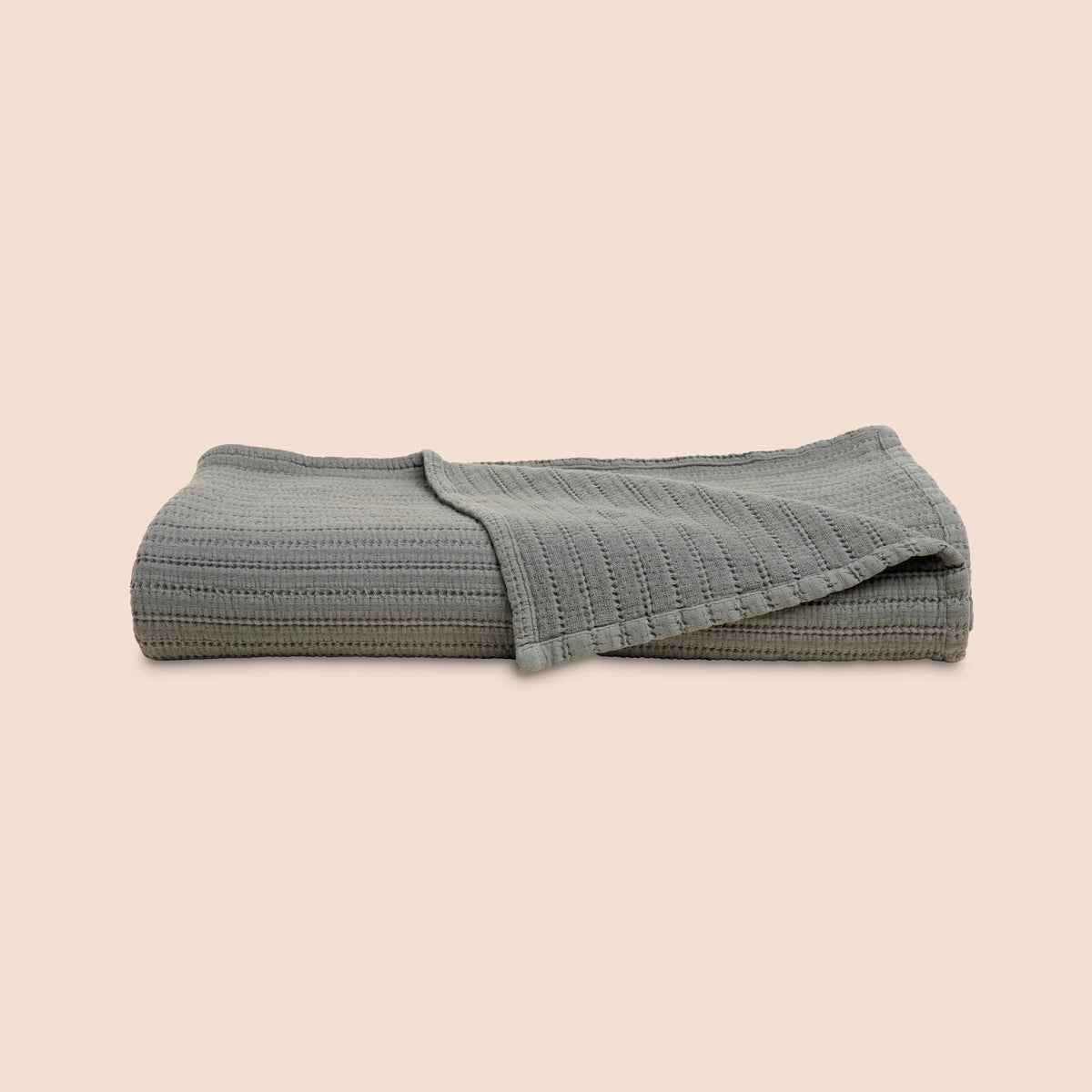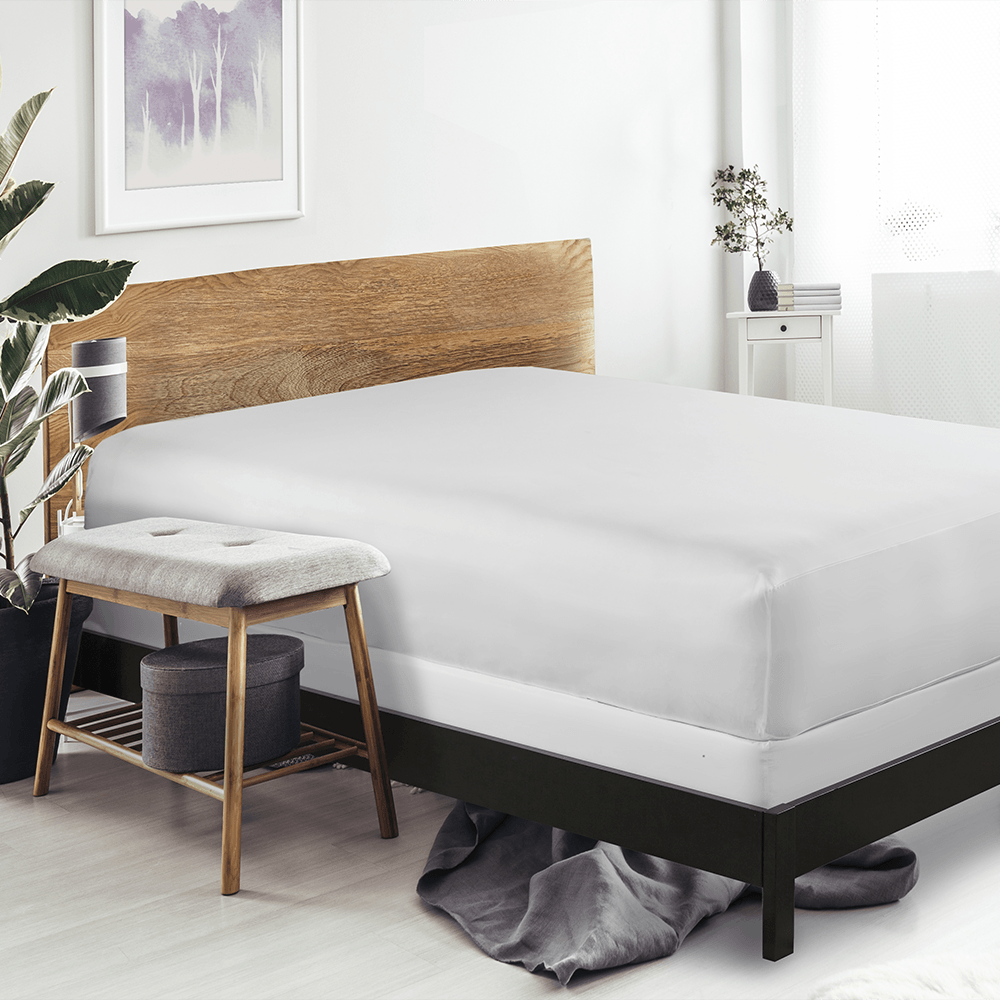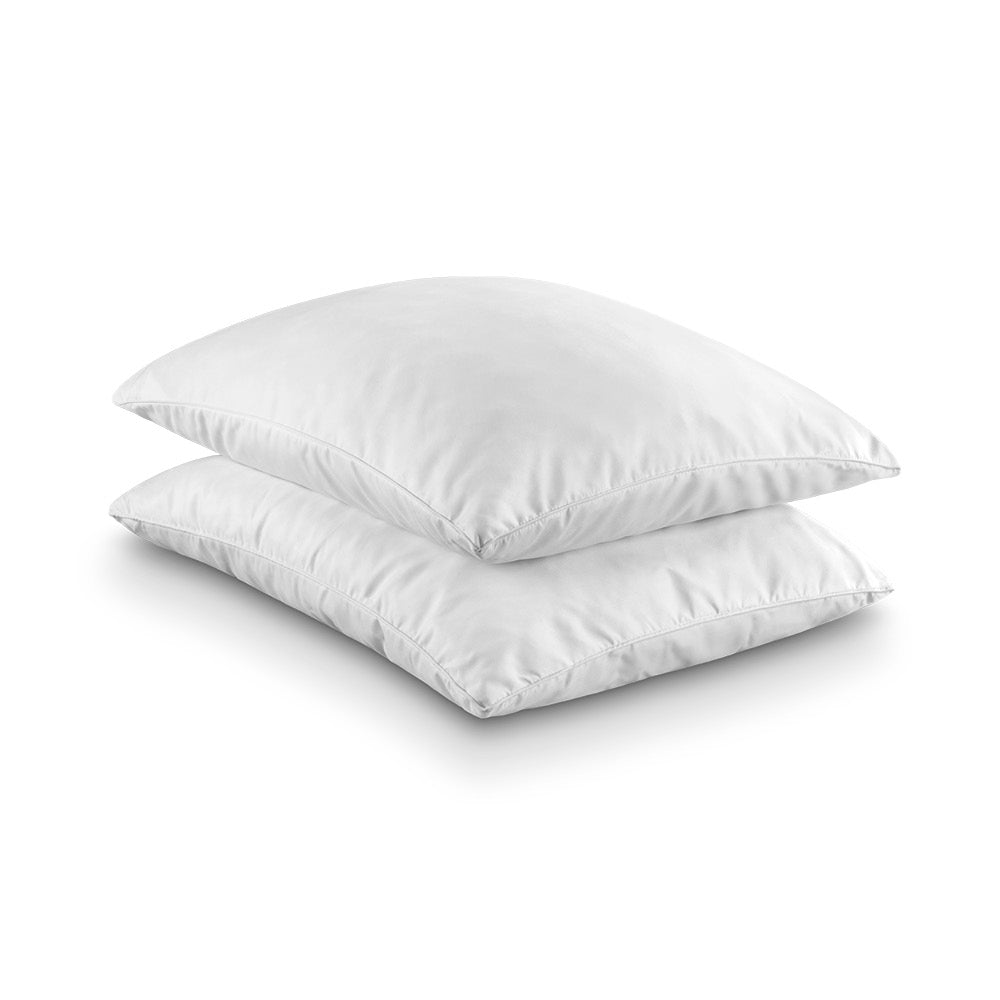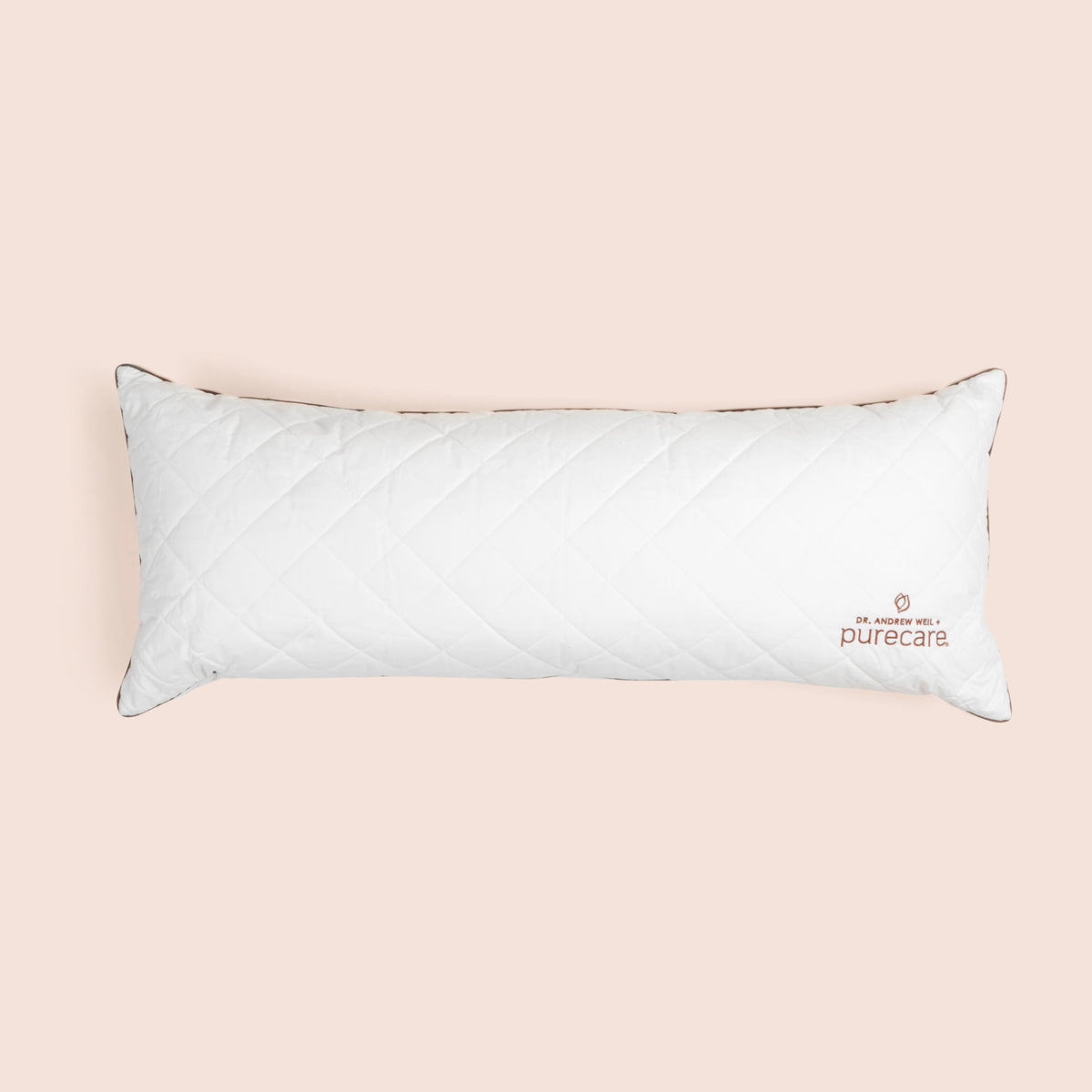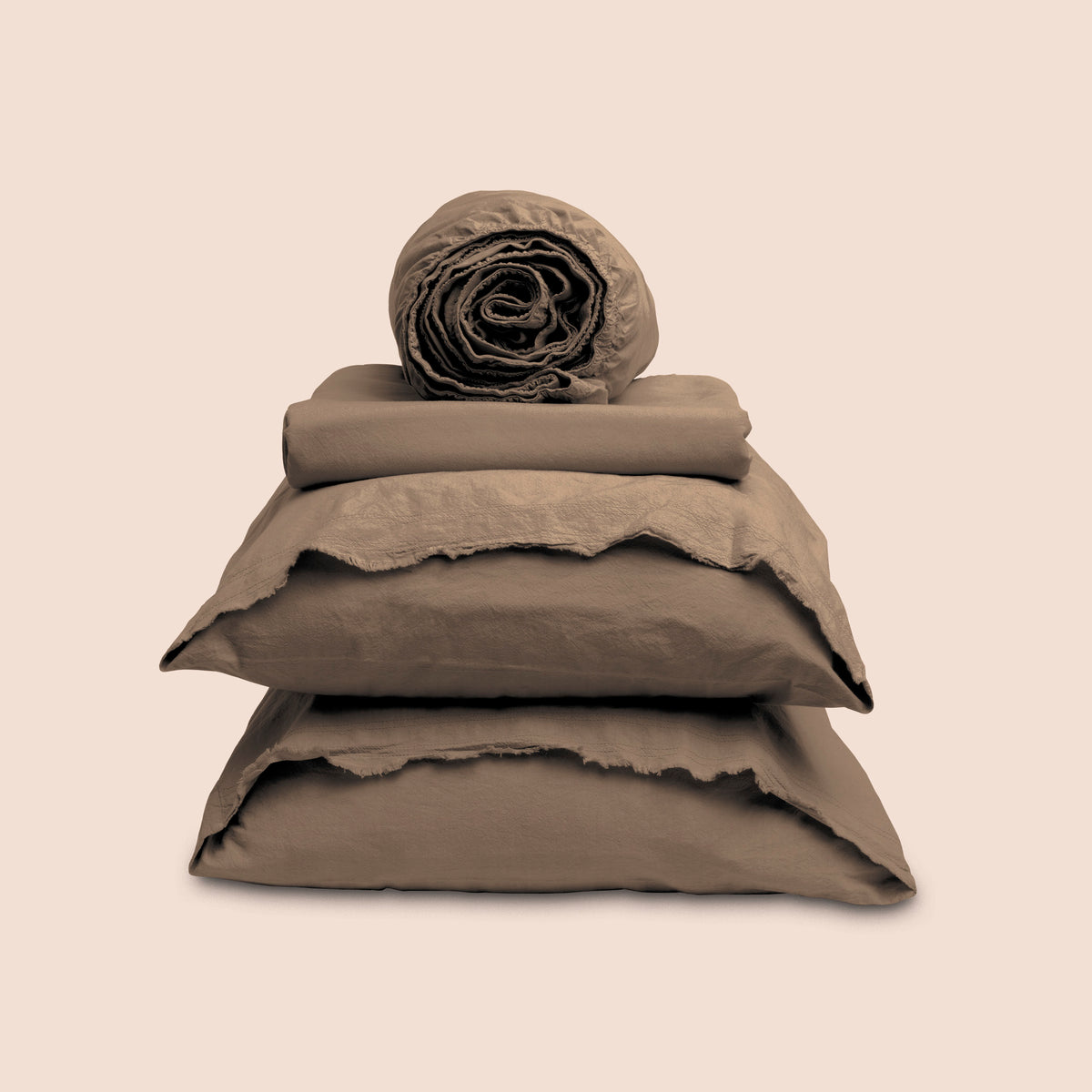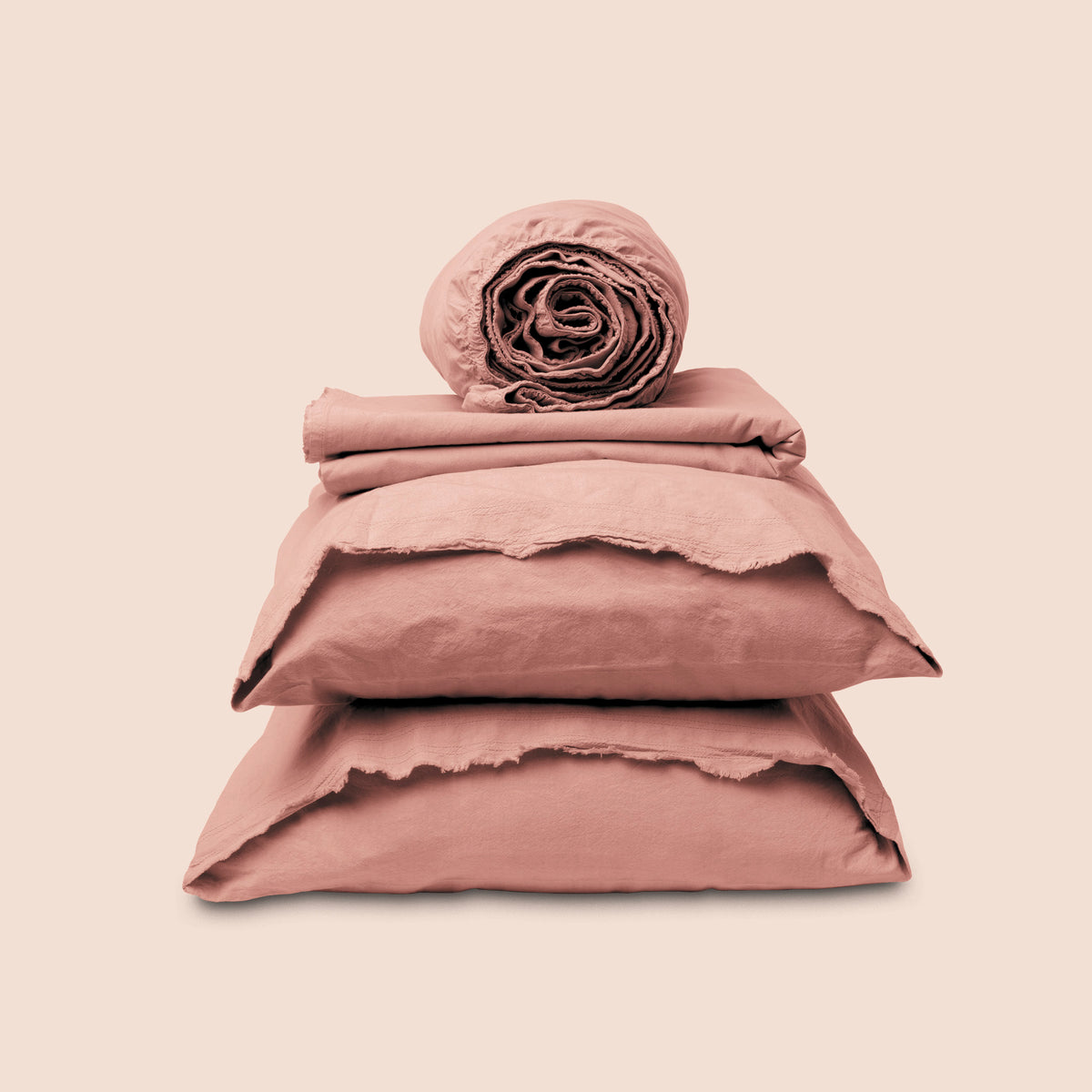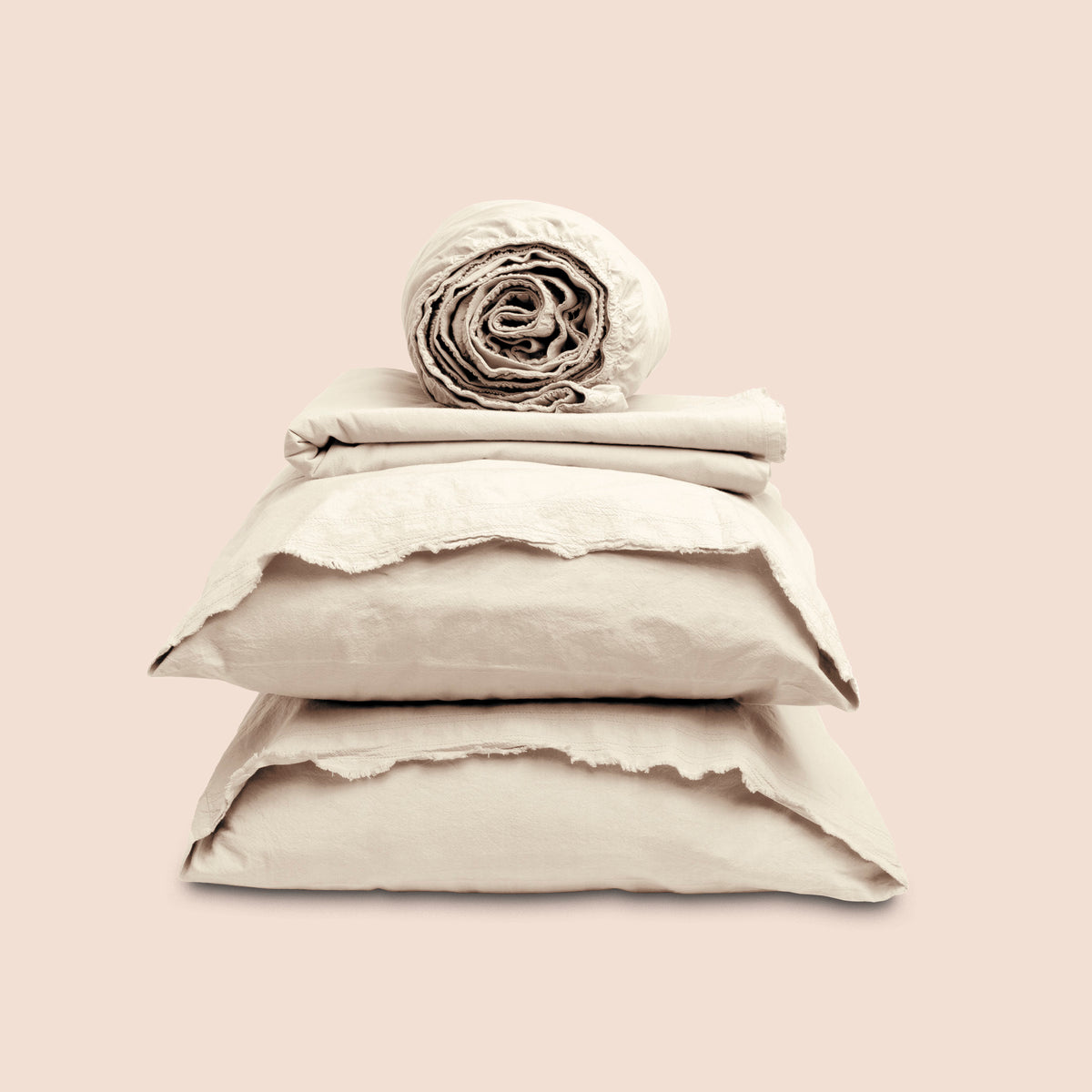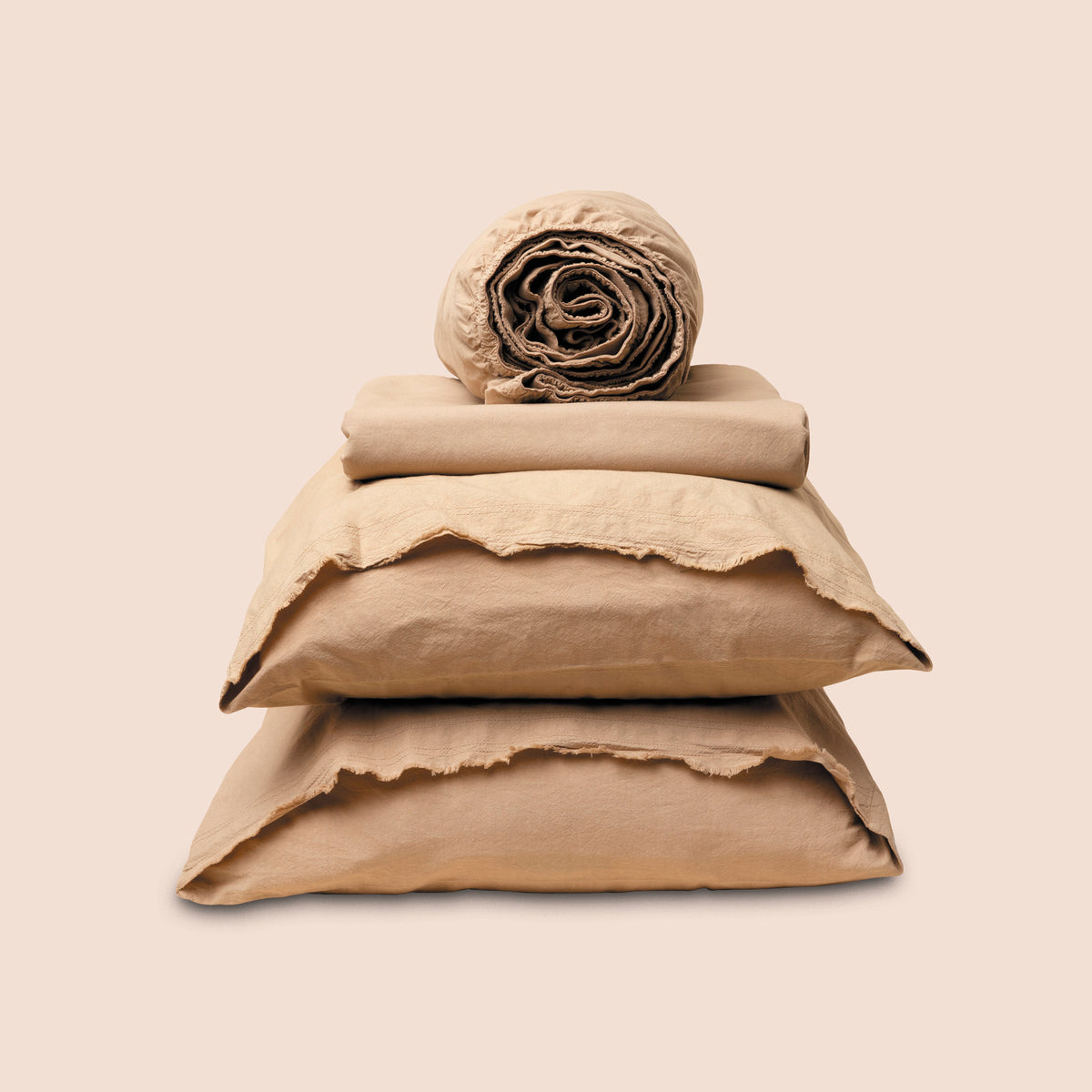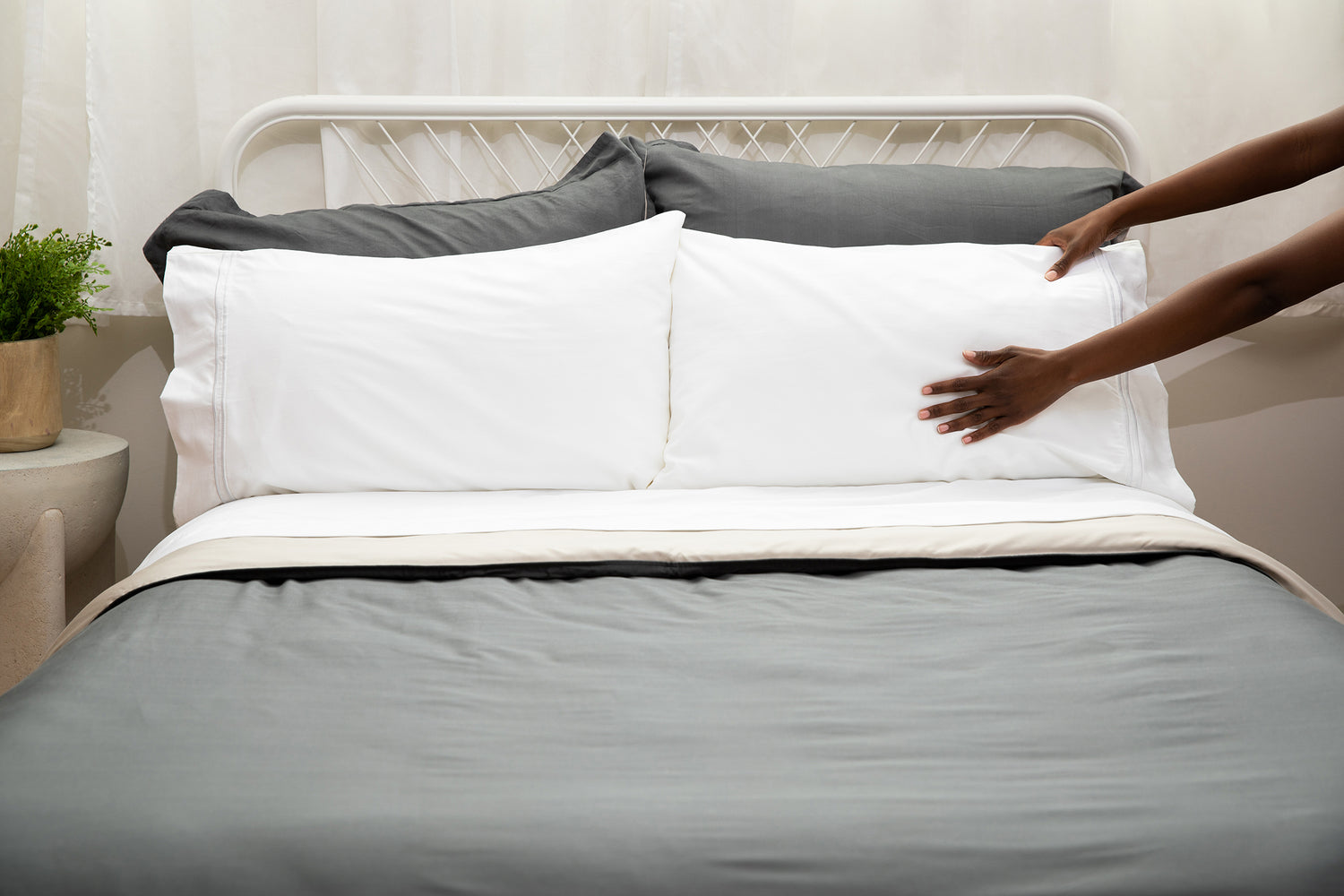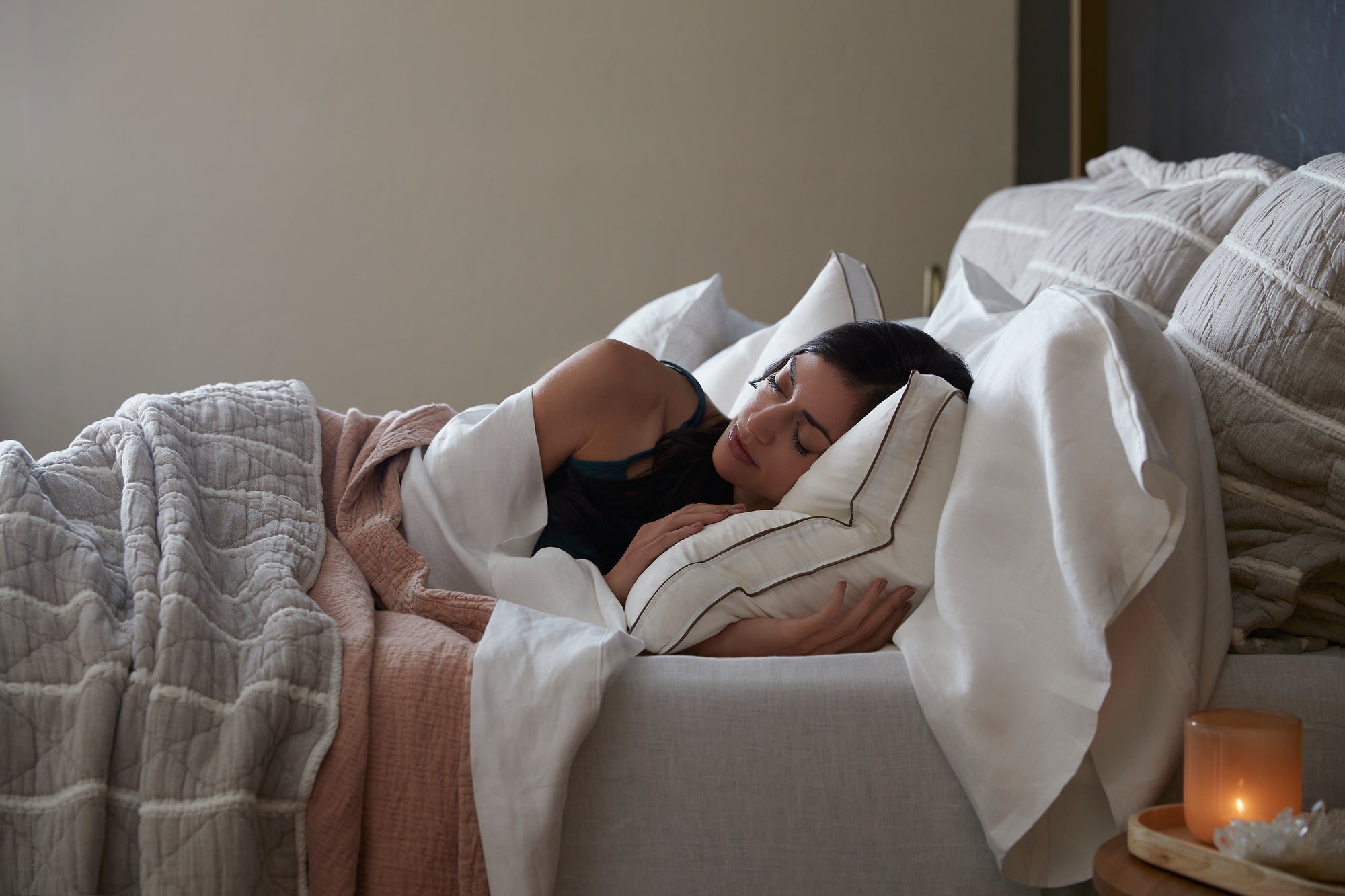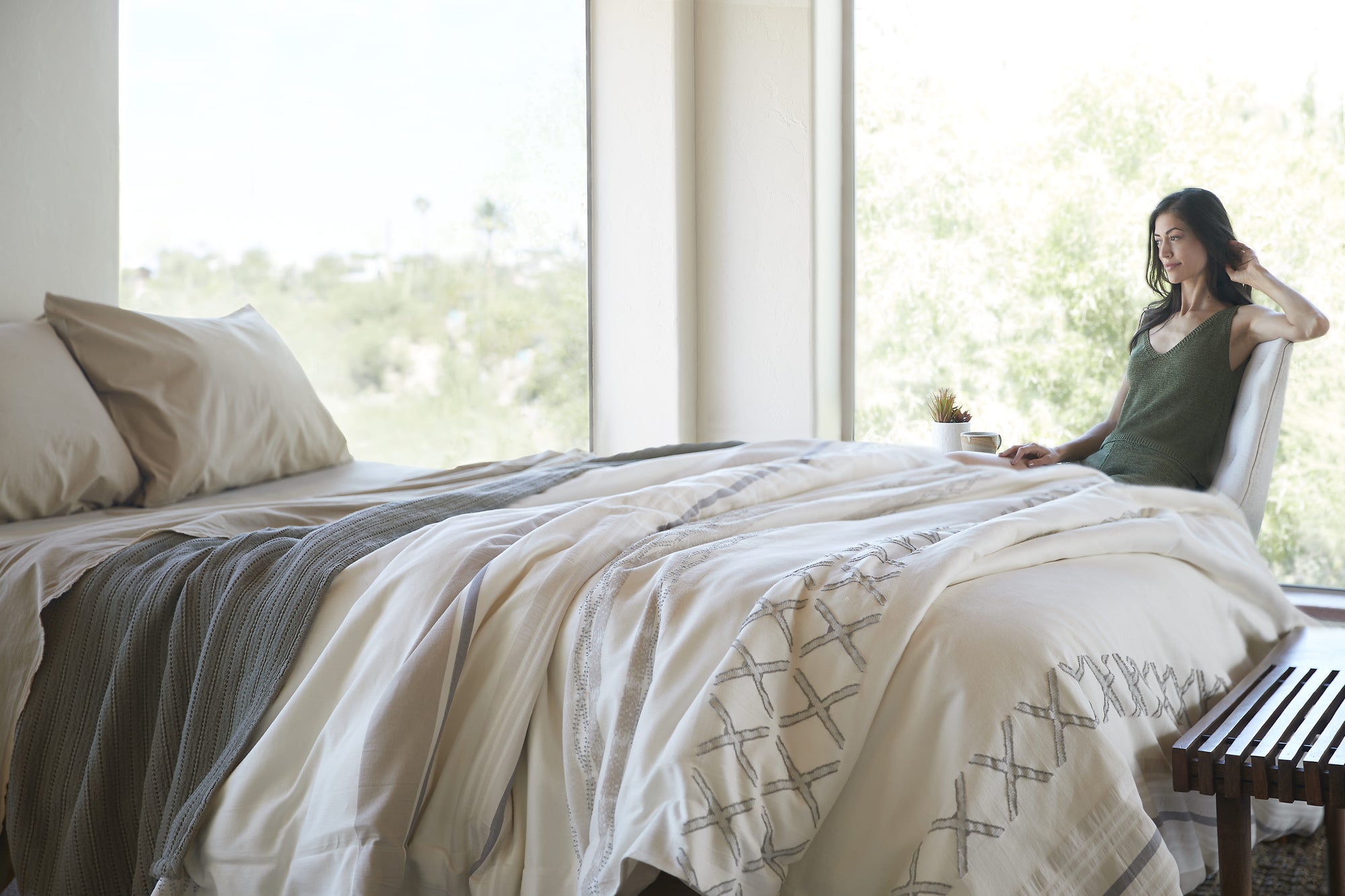Maybe you have a new space. Maybe it’s a new relationship. Both offer you the possibility to start fresh with a new bed. At this point, all you know is that you’re not looking for something too small or too large. You need a bed that’s just right. Is that a full-sized bed or a queen-sized bed? That part is a little trickier.
The devil’s in the details, they say. You could even consider other options, like a king vs. Cal king? Or a queen vs. king?
Let’s start with the basics. Here are the dimensions of the two options:
The measurements for a full mattress (often called a double mattress) are 54” x 76” (that’s 137 x 193 cm or 4’6” x 6’4”). A queen mattress measures 60” x 80” (152 x 203 cm or 5’0” x 6’8”). A queen mattress is 6 full inches wider, plus 4 inches longer, than a full-sized mattress. The difference in surface area is 750 square inches or roughly the size of a large movie poster.
It is an excellent start to measure your space and tap off the dimensions to picture them in place. However, let’s also look into what makes either of these choices the perfect decision for you.

Full or Queen Mattress? Sizes and Comparisons

|
Inches |
Centimeters |
Feet + Inches |
|
|
Full Mattress |
54” x 76” |
137 x 193 |
4’6” x 6’4” |
|
Queen Mattress |
60” x 80” |
152 x 203 |
5’6” x 6’8” |
If you already have a king-sized bed at home, try lying sideways: its width is the same as the length of a full-sized, or double, bed. For length, a king and queen are equivalent, so if you’re happy with the length of your king bed, the queen will offer you the same distance from head to foot.
What About Full / Double vs. Queen Bedding?
Fitted sheets align with mattress sizes since they are meant to fit perfectly at the corners of your mattress for a precision fit. Mattress protectors will also fit mattress dimensions nearly perfectly, so there’s no doubt you’ll need to purchase new ones when you change mattress sizes.
Pay attention to the depth dimension of your new mattress, regardless of which size you choose. Depths range on both full and queen beds, but not all fitted sheets are designed to fit just right.
For flat sheets and duvet covers, you should look for generous fabric width to cover your mattress for a smartly-made bed. Flat sheets are the largest bedding dimension for all bed sizes. They’re meant to be tucked under mattresses.
Here are typical flat sheet dimensions:
|
Inches |
Centimeters |
Feet + Inches |
|
|
Full / Double Bed Flat Sheets |
81” x 96” |
206 x 244 |
6’9” x 8’0” |
|
Queen Bed Flat Sheets |
90” x 102” |
229 x 259 |
7’6” x 8’6” |
Here are the average dimensions for full / double bed and queen duvet covers:
|
Inches |
Centimeters |
Feet + Inches |
|
|
Full Bed Duvet Cover |
78” x 86” |
198 x 218 |
6’6” x 7’2” |
|
Queen Bed Duvet Cover |
88” x 90” |
224 x 229 |
7’4” x 7’6” |
Who is a Full Mattress Perfect For?
A double bed mattress is space efficient. It’s cost-effective. And a full-sized mattress can even accommodate a couple that’s happy to snuggle. These features make the full-size mattress a versatile bed for a single adult who only shares their bed occasionally, with fewer nights interrupted by sleeping so close to their partner.
A full-sized mattress is perfect for those who:
- Prefer proximity or sleep alone most of the time.
- Are tweens or teens outgrowing their twin mattresses, who need their desk, dresser, and personal possessions to fit in the same room. Studio dwellers? The same rules apply: it’s all about proportions in a small, multi-purpose space.
- Value ease-of-handling on moving day or have uncommonly small hallway widths and turns.
- Have a room that measures less than 10 x 10 feet, the minimum recommended size for a queen-sized mattress.
- Want to furnish a small-sized guest room that you’ll use only intermittently.
Who is a Queen Mattress Perfect For?
A double bed is a welcome and restful space for a single person, but despite its name, it’s not always appealing to couples. Therefore, many couples who share a bed, or home-owners who welcome couple guests more often, would do best to offer a queen-sized bed, as long as it fits in their space.
In fact, a queen mattress is the most popular choice in the US today. It makes up 42% of purchases for 18 to 29-year-olds compared to just 17% for full-sized mattresses. The discrepancy only gets more significant among 30 to 59-year-olds, with 49% choosing a queen-sized bed.
A queen mattress works best for those who:
- Have a 10 x 10-foot room, especially if it’s a guest room dedicated only to guests, with no need for desks, hobbies, or storage.
- Couples: The vast majority of couples prefer a queen-sized bed.
- Have a room larger than 13 x 13 square feet. A full bed can no longer serve as a focal point and maintain overall balance at this size. And there’s plenty of room for a queen and a dresser and nightstands.
Overall Costs: Price Comparison for a Full vs. Queen-Sized Bed
Full and queen mattresses are standard sizes so that you can find both easily in a range of price points. However, bigger sizes mean higher prices. The average price for a full bed mattress is $400 to $1500, while a queen mattress can range between $600 and $1800.
Remember, once you purchase a mattress, higher costs are associated with a queen bed frame, queen-sized pillows and pillowcases, sheets, comforters, and duvet covers.
Lifestyle and Sleep Habits
Sleep is when our bodies heal and produce vital neurotransmitters, from human growth hormone to serotonin, so it stands to reason that a restful night’s sleep fuels our growth and strengthens our bodies. Sleep wellness starts with falling and staying asleep, comforted by an environment that can support us all night.
We’re big proponents of Dr. Weil’s sleep health insights: he tells us everything from mood to immune function is connected to our restful sleep. In fact, studies have found a correlation between depressive symptoms and poor sleep. To nourish the mind/body connection, we need to sleep well.
How does our bed size impact our sleep? We each require a slightly different formula. For some, even sleeping solo in a full-size bed may not be enough. Particularly large or tall bodies may need more room to stretch. Those who get too warm and count on rolling to new sleep spots throughout the night may need a larger surface area. Singles with children or pets who crawl into their beds may also find they’re confined by a full bed and can’t maintain enough personal space to sleep well.
In general, a larger bed helps nourish more types of sleepers. Here’s a list of people who can be particularly prone to better sleep on a larger mattress:
- Those with preexisting sleep disturbances, from sleep apnea to the side effects of medications they already take. Restless leg syndrome? A bigger mattress can give you more room to stretch without waking or disturbing your partner.
- Those whose partners suffer from disrupted sleep. Cuddling is lovely, but getting kicked in the night is less fun. Some room to spread out can spare the unaffected partner from restless nights.
- Those sensitive to temperature changes in the night who are either too warm or too cold and prone to waking to adjust their temperature. A larger mattress allows more repositioning without waking.
- Anyone who shares a bed with an adult partner, and many who sporadically share with a child or pet.
- Taller and heavier individuals. A full mattress may be too narrow or cramp their legs, constraining their movement while they sleep. A full mattress is 75 inches long, which can feel too short for anyone over 6’0” tall. Their feet may even hang off the end or be constrained by a footboard.
The Perfect Mattress is Your Best Night’s Sleep
Both the full and queen-sized mattresses can be outstanding choices for your sleep style, family, space, and sleep health. While most Americans choose queen mattresses, that doesn’t mean it’s right for you. Consider your sleep style, your partner, your room, and your health to make the choice that allows you to make your bedroom a sanctuary of rest and relaxation. In the end, a “sleep-promoting environment” is a simple step to improve your overall sleep wellness.
As you complete that journey, dress your new mattress with hypo-allergenic, sustainable fabrics that nurture you and the planet.
And don’t forget—Mix, Match, and Save up to 40% off all season long when you refresh your favorite sleep wellness essentials with us at purecare.com.
FAQ
Will a full comforter fit a queen?
A full comforter will, on average, be 5 inches narrower and 5 inches shorter than a queen comforter. With a standard queen mattress of 60” x 80”, an average full comforter will cover the entire surface area of the mattress (it typically measures around 81” x 88”), but will not drape as far over the sides. That means it may not provide enough width to fit the bed once sleepers crawl under the covers.
Is a full bed too small for guests?
Only some adult couples sleep in a full bed when larger sizes are available. That might be because almost half of American adults choose a queen bed at home. Further, many Americans express that they choose vacation accommodations based on the availability of large-size beds.
However, a full bed can accommodate a couple, especially if neither sleeper is large or tall. Because many guest rooms are smaller than the owner’s bedrooms, a full bed is a reasonable choice for this space.
Will a queen headboard fit a full bed?
Attaching a queen headboard to a full bed is technically possible, but there are some potential roadblocks:
- Make sure the screws of your bed frame and headboard line up or that there are reasonable places to securely attach the headboard in a new way.
- The queen headboard will extend 3 extra inches on both sides of the mattress. Is there an adapter or attachment that you can use if it’s unreasonable to screw new holes or make new attachment points to connect your frame and headboard? The answer is specific to your headboard and frame.
- Wall-mounted headboards most easily match with a different-sized bed frame. You’ll just have to be certain you like the aesthetic created by a headboard that’s wider than the mattress size.
Will a full-size headboard fit a queen bed?
Fitting a full-sized headboard to a queen frame can be challenging. Whether it’s possible depends on your specific headboard and frame. Consider the following:
- You’ll have a 3-inch shortfall on both sides of the mattress. This may mean altering your headboard to make it possible to attach to the frame. Adapters, extra wooden pieces, and DIY solutions can permanently change your headboard but can also wind up unstable.
- Make sure the screws of your bed frame and headboard can line up or that there are reasonable ways of attaching the 2 pieces safely.
- Wall-mounted headboards most easily match with a different-sized bed frame. You’ll just have to be certain you like the aesthetic created by a headboard that’s wider than the mattress size.

